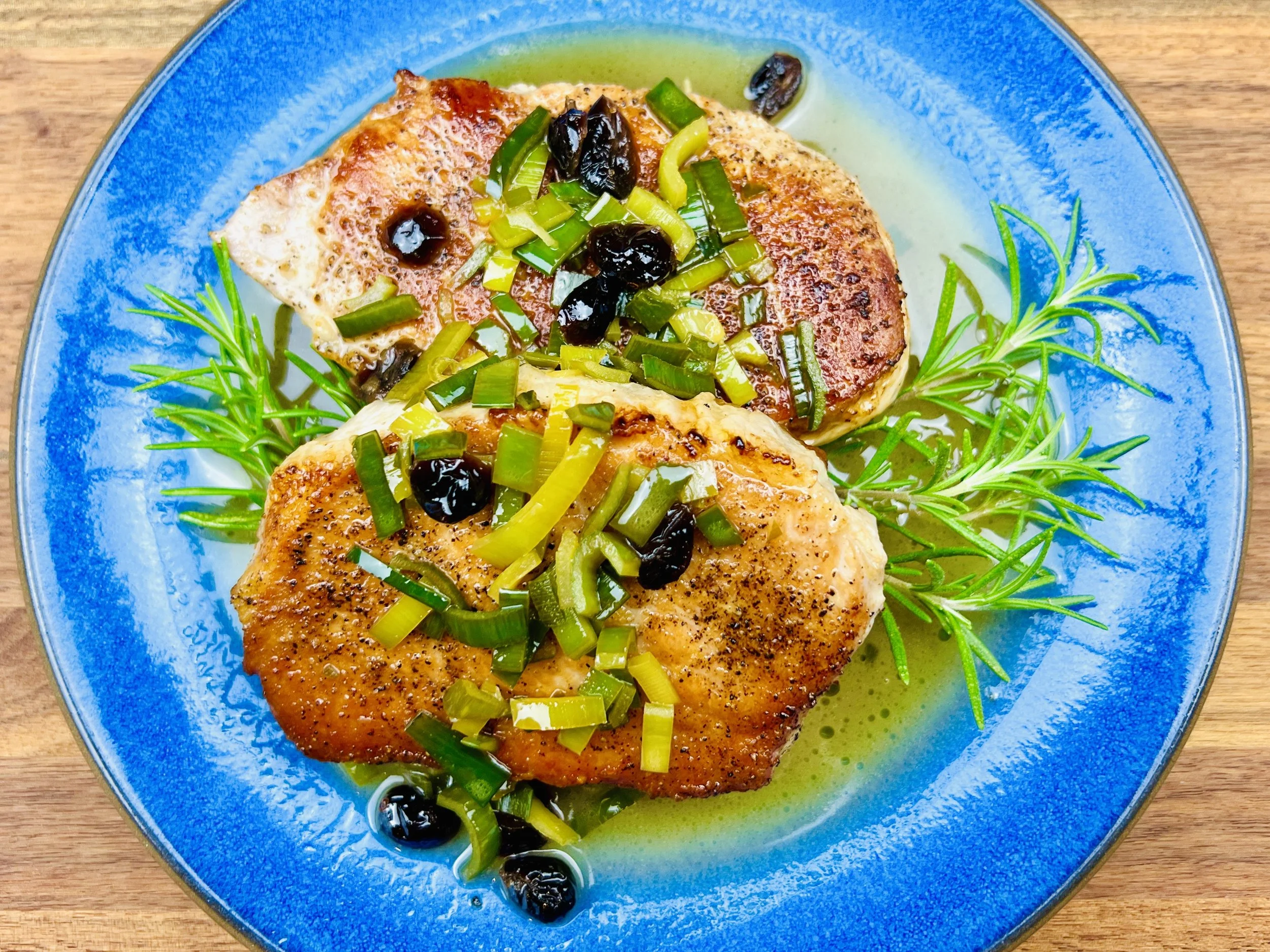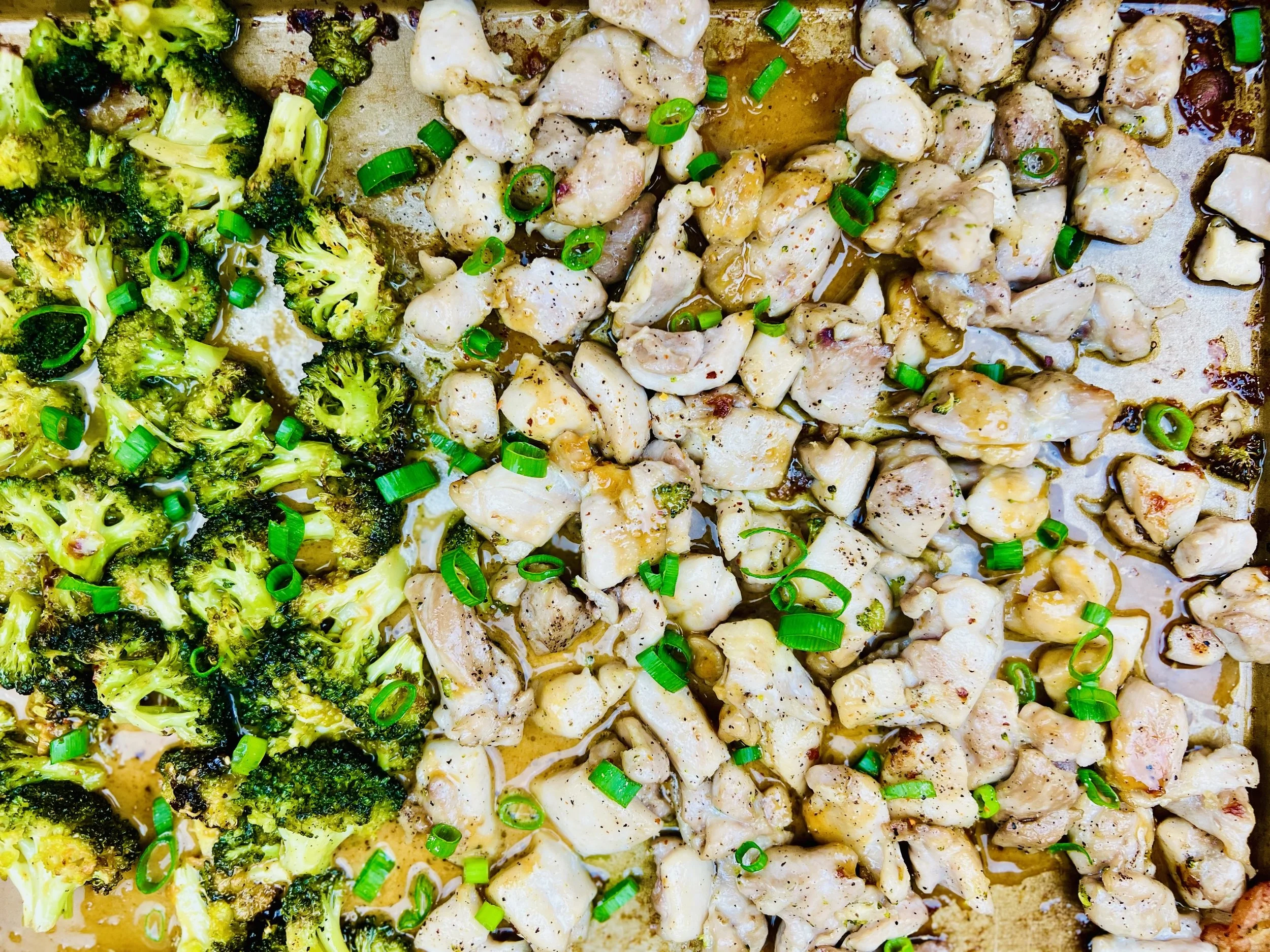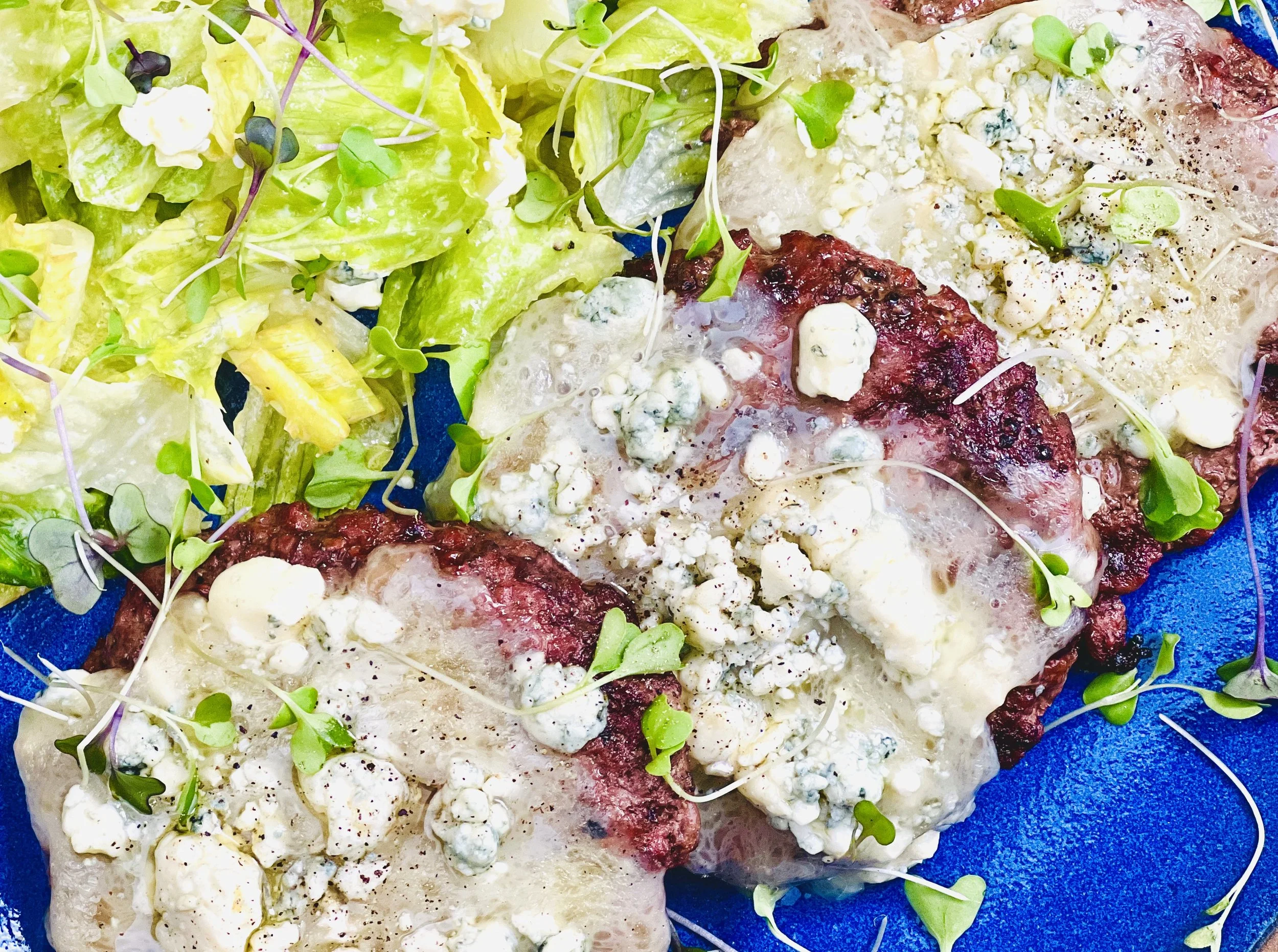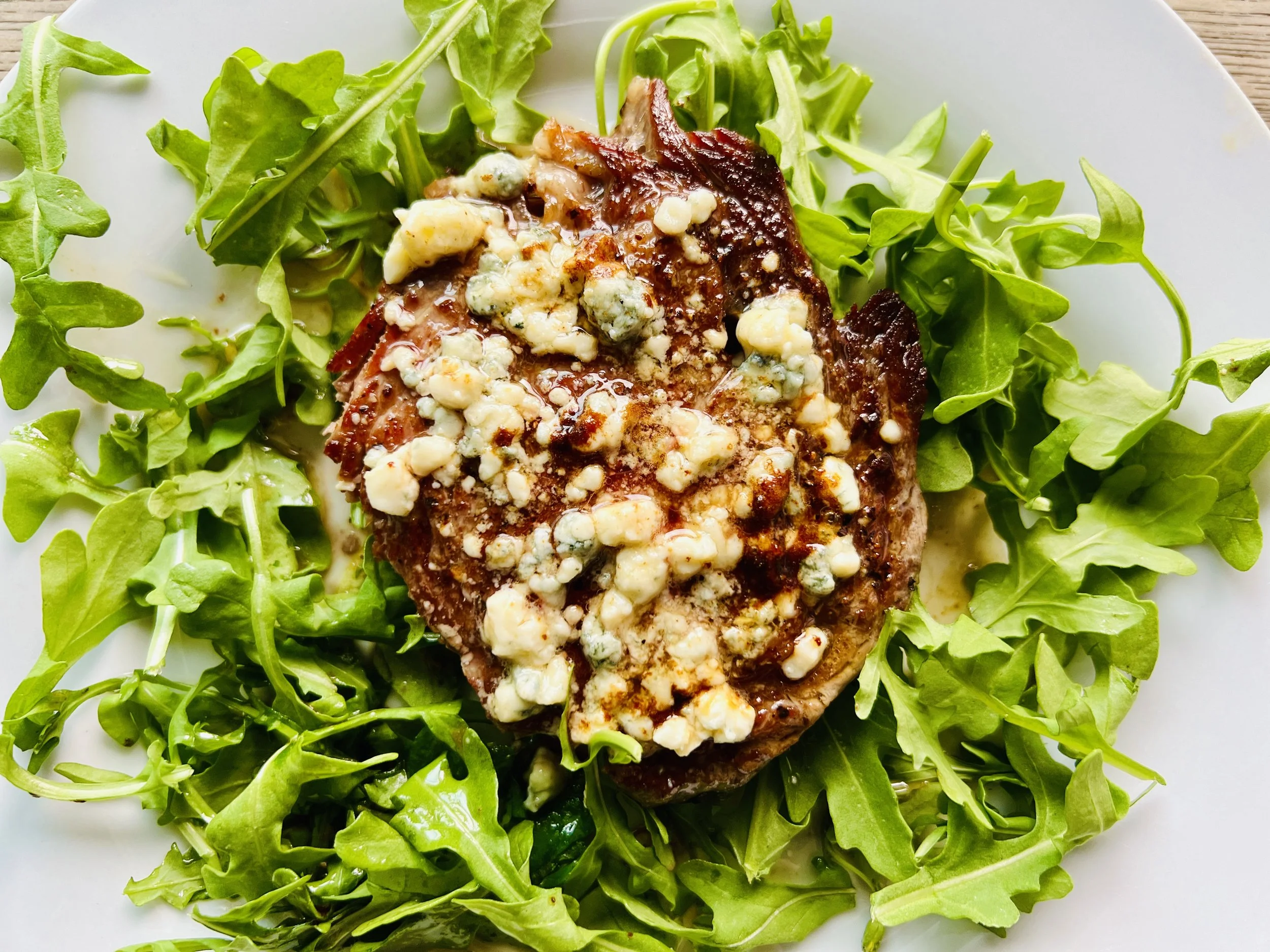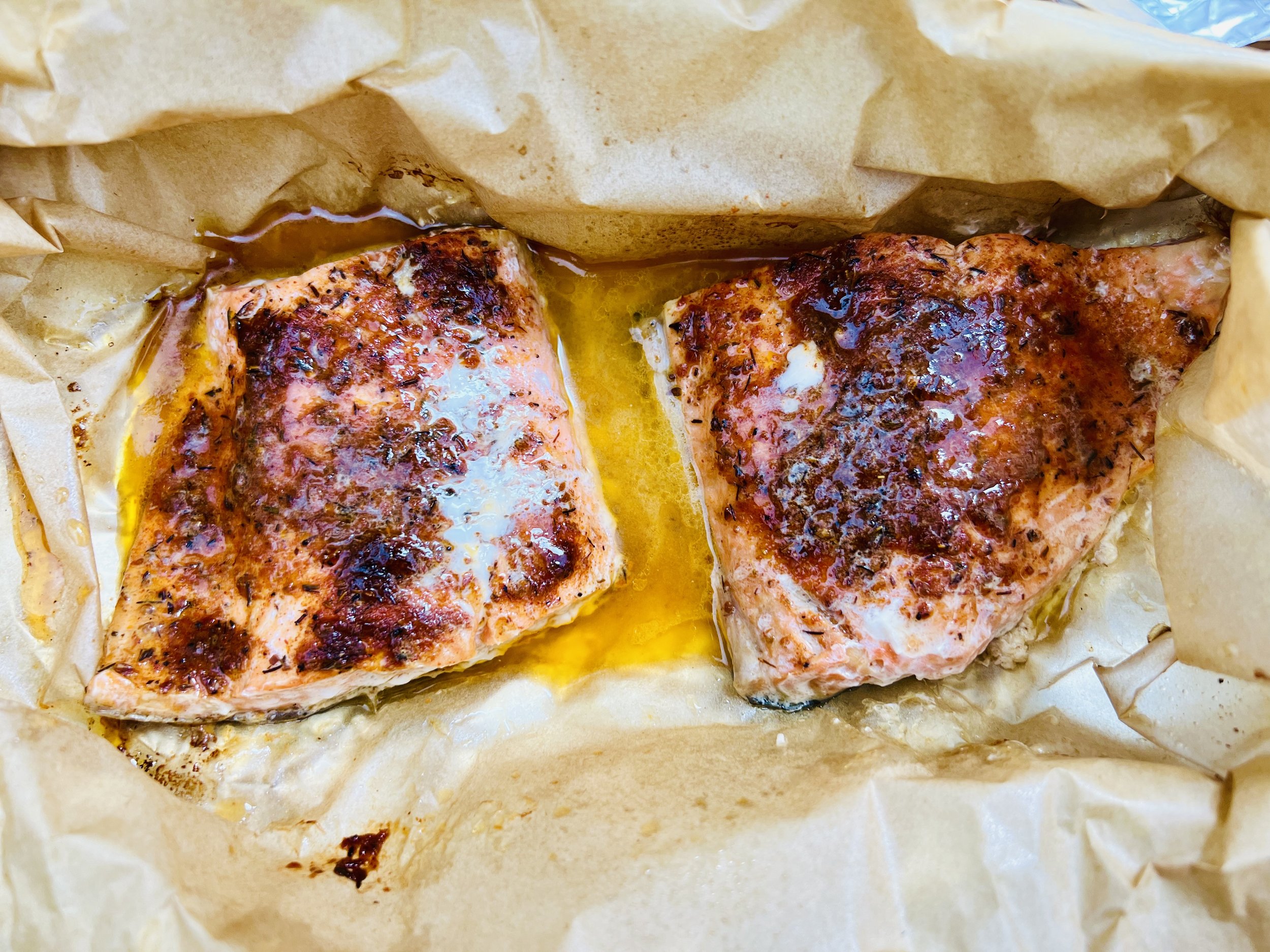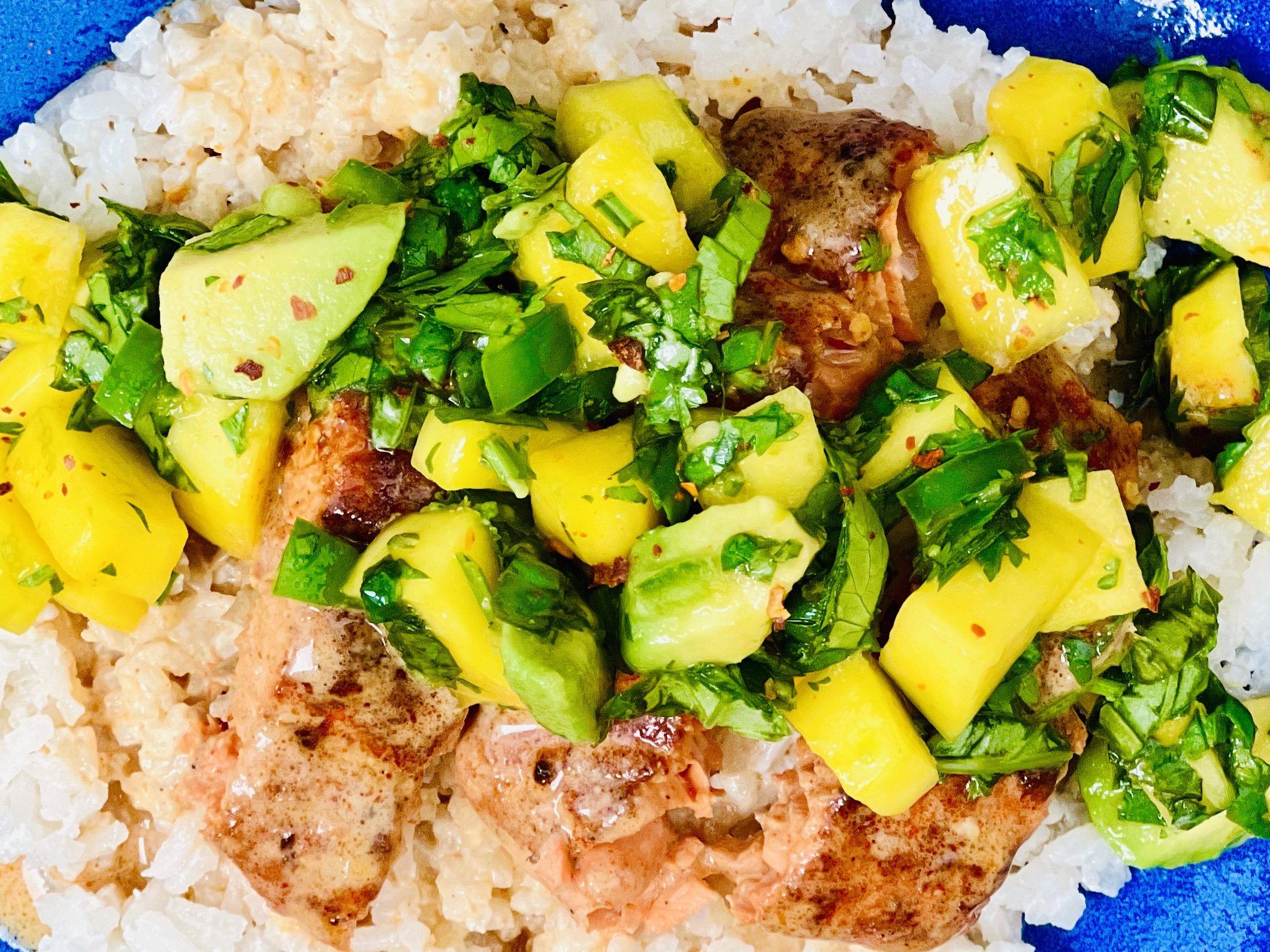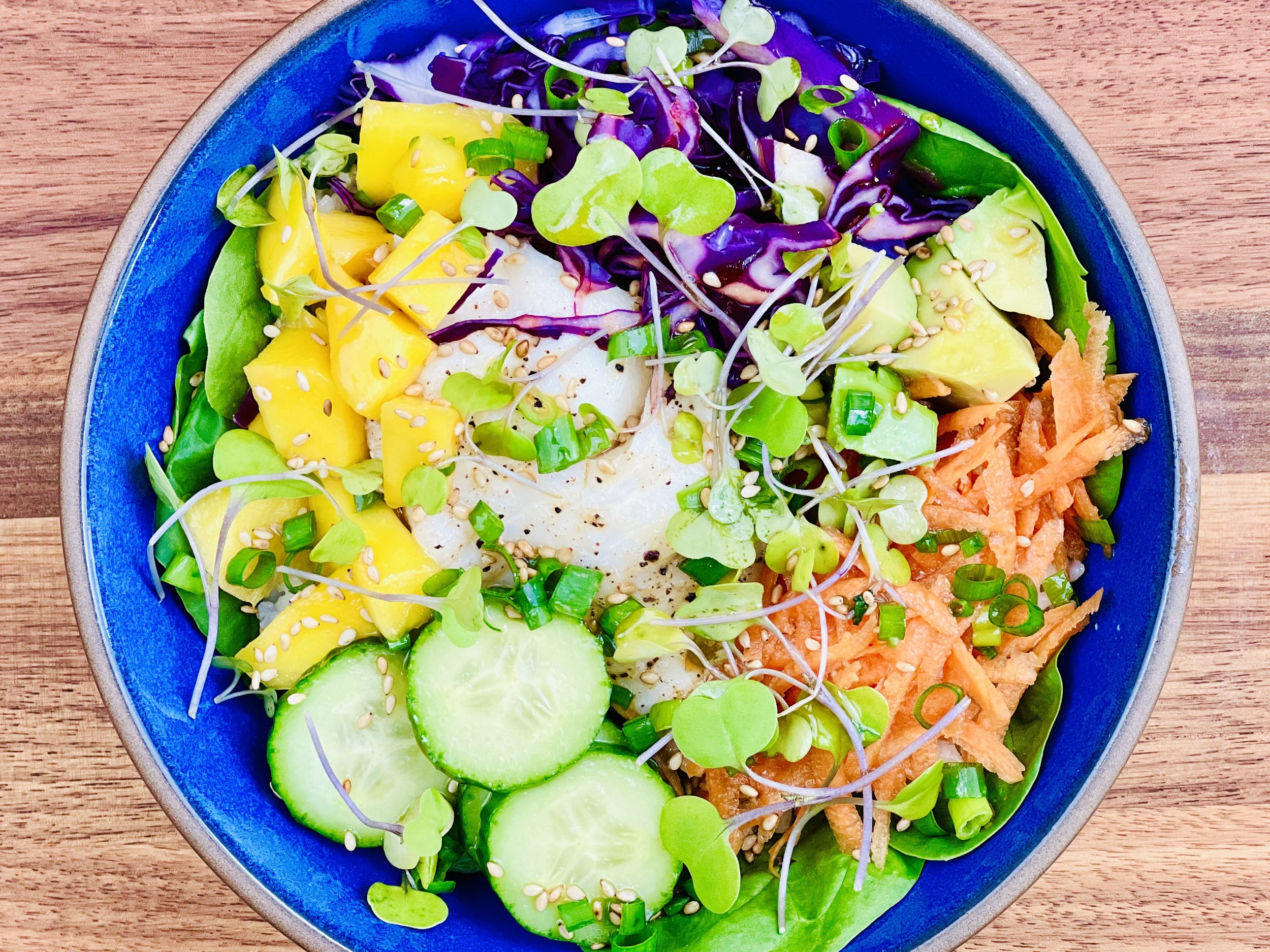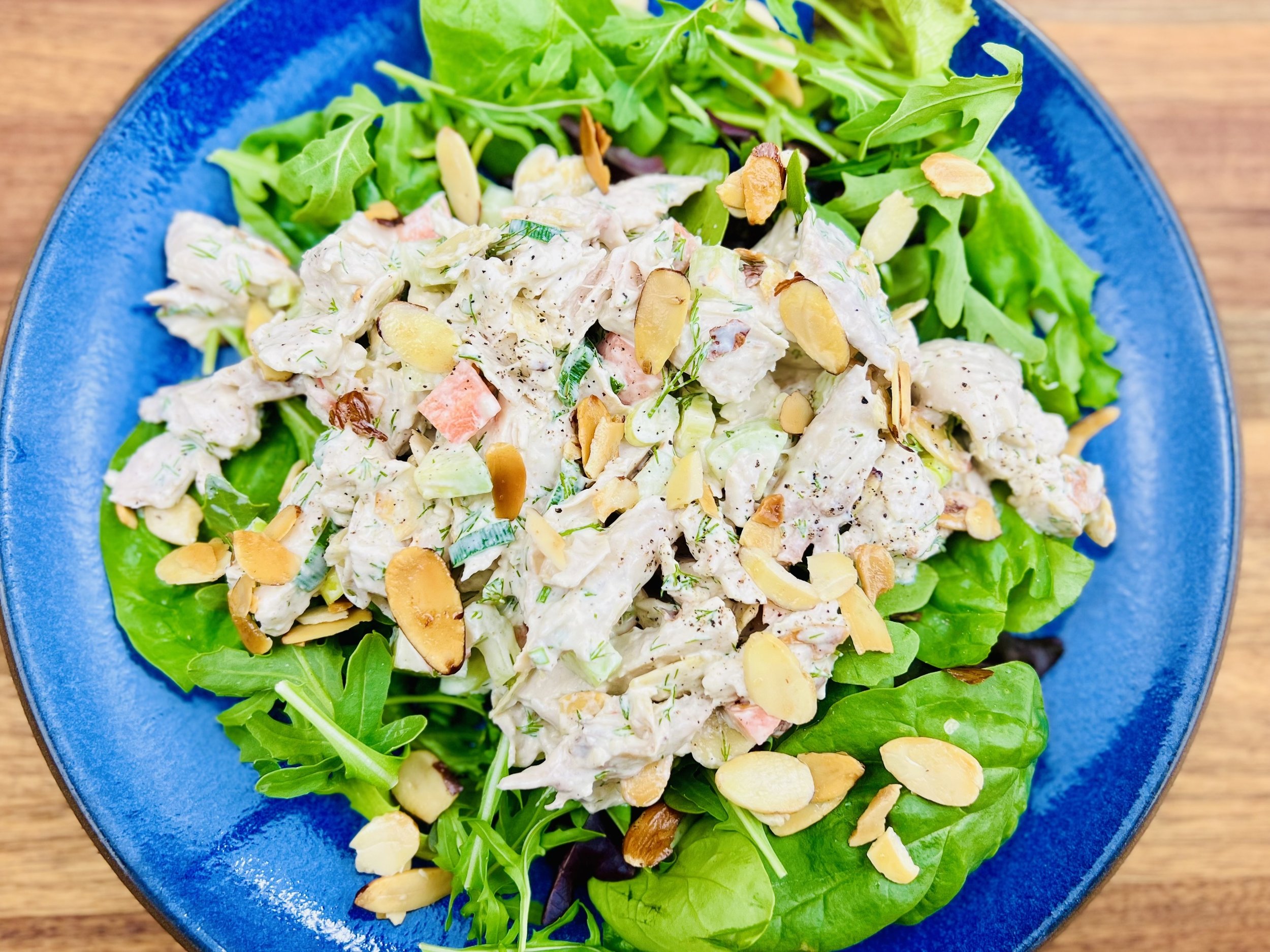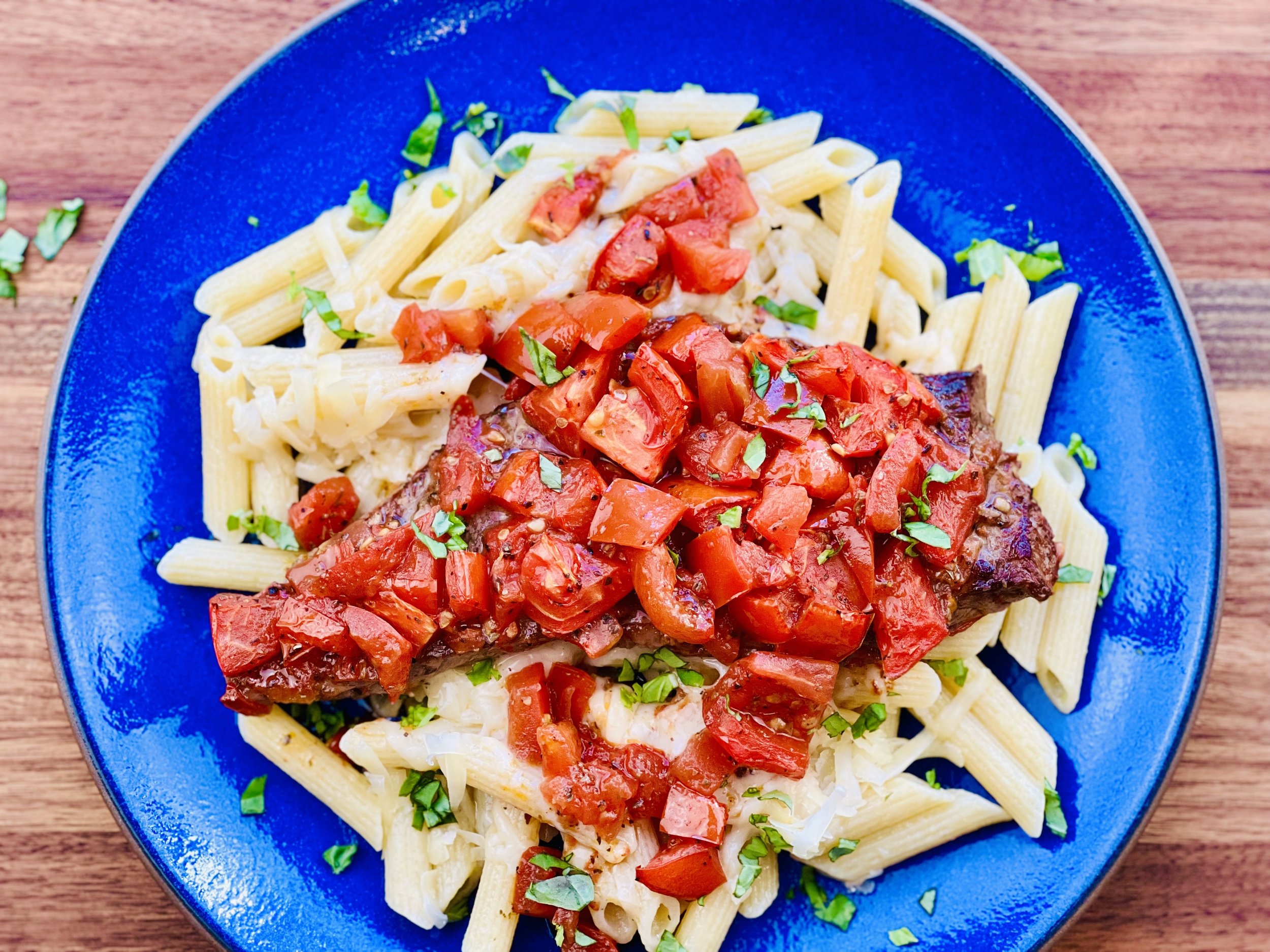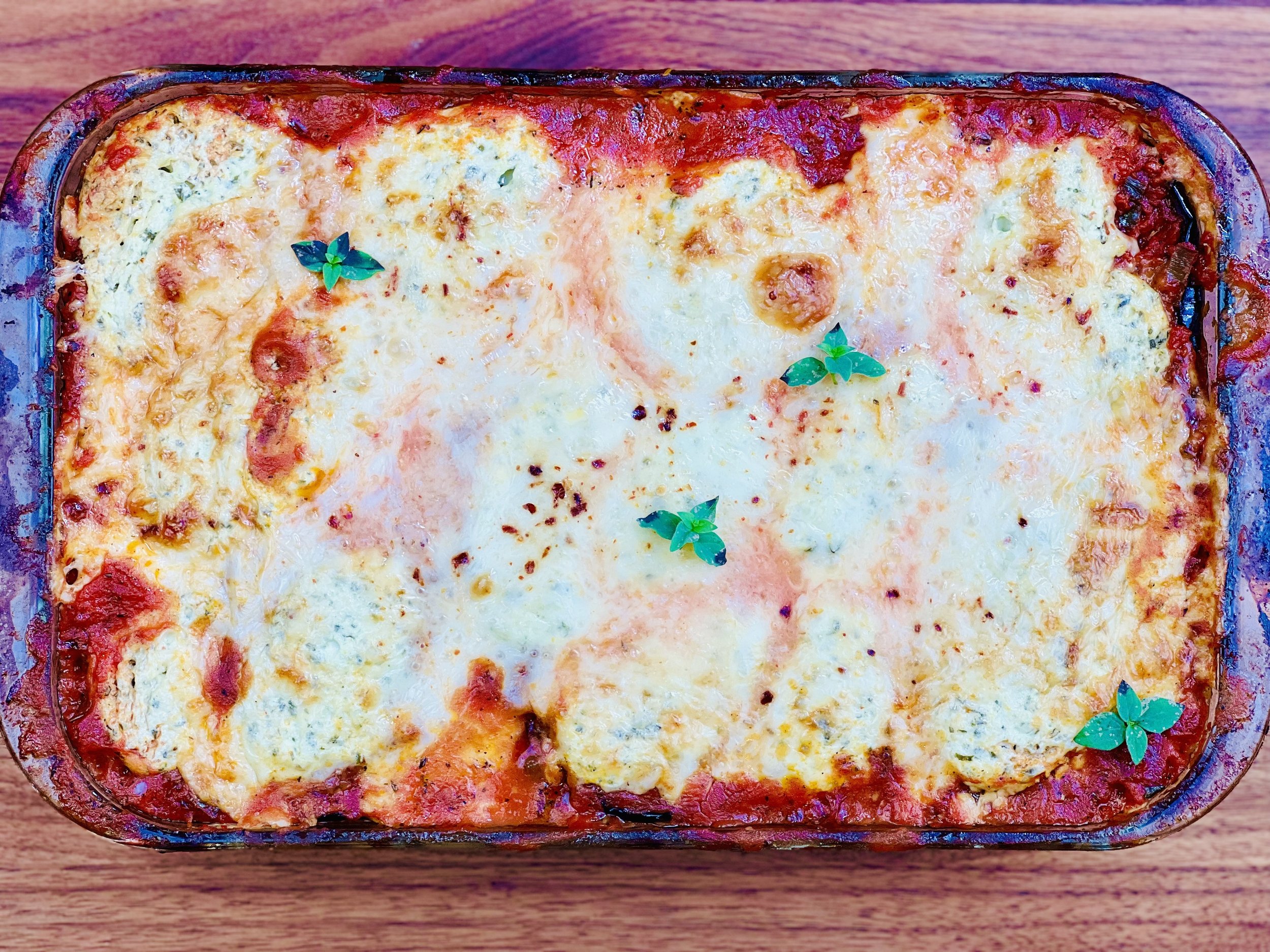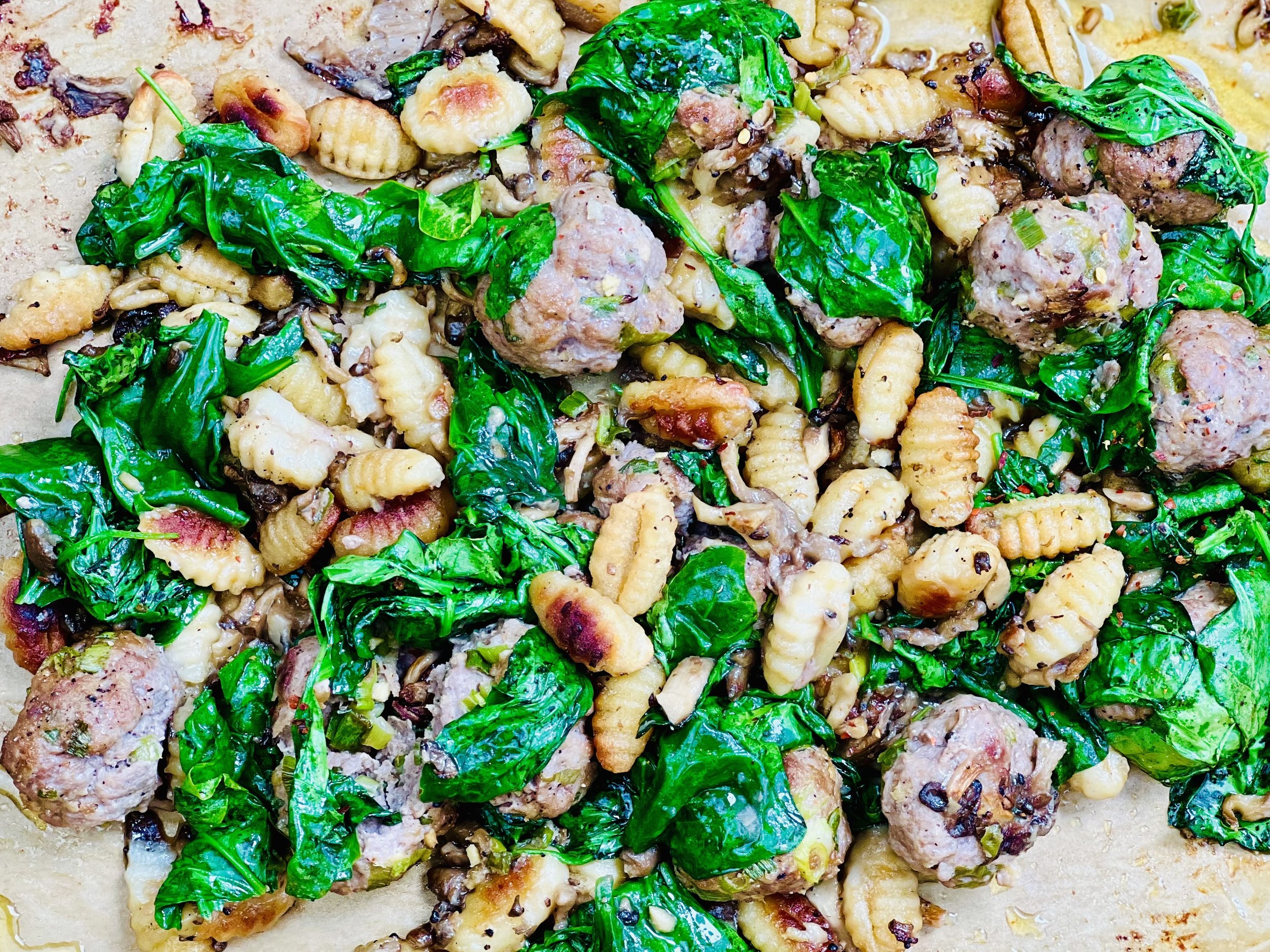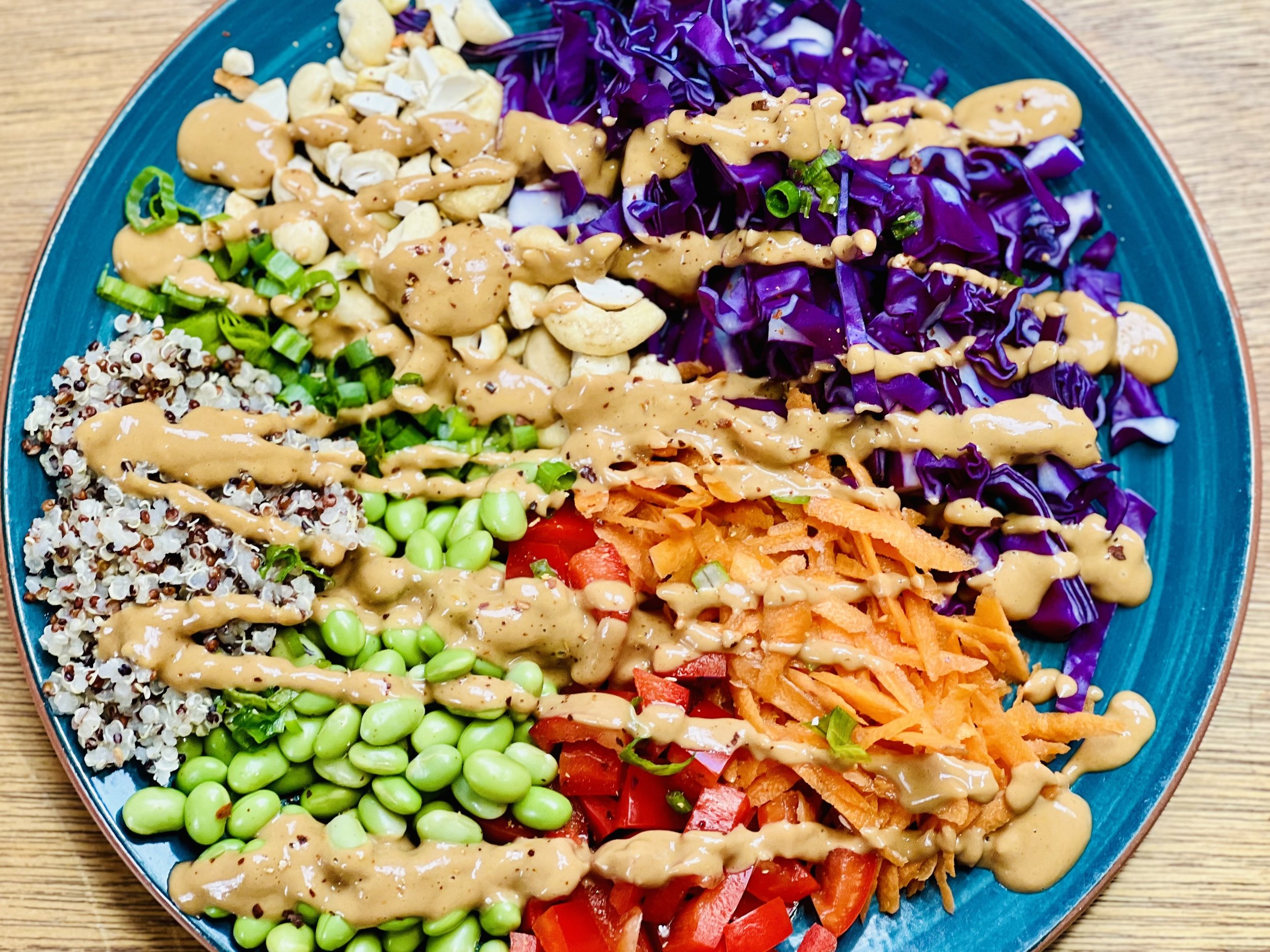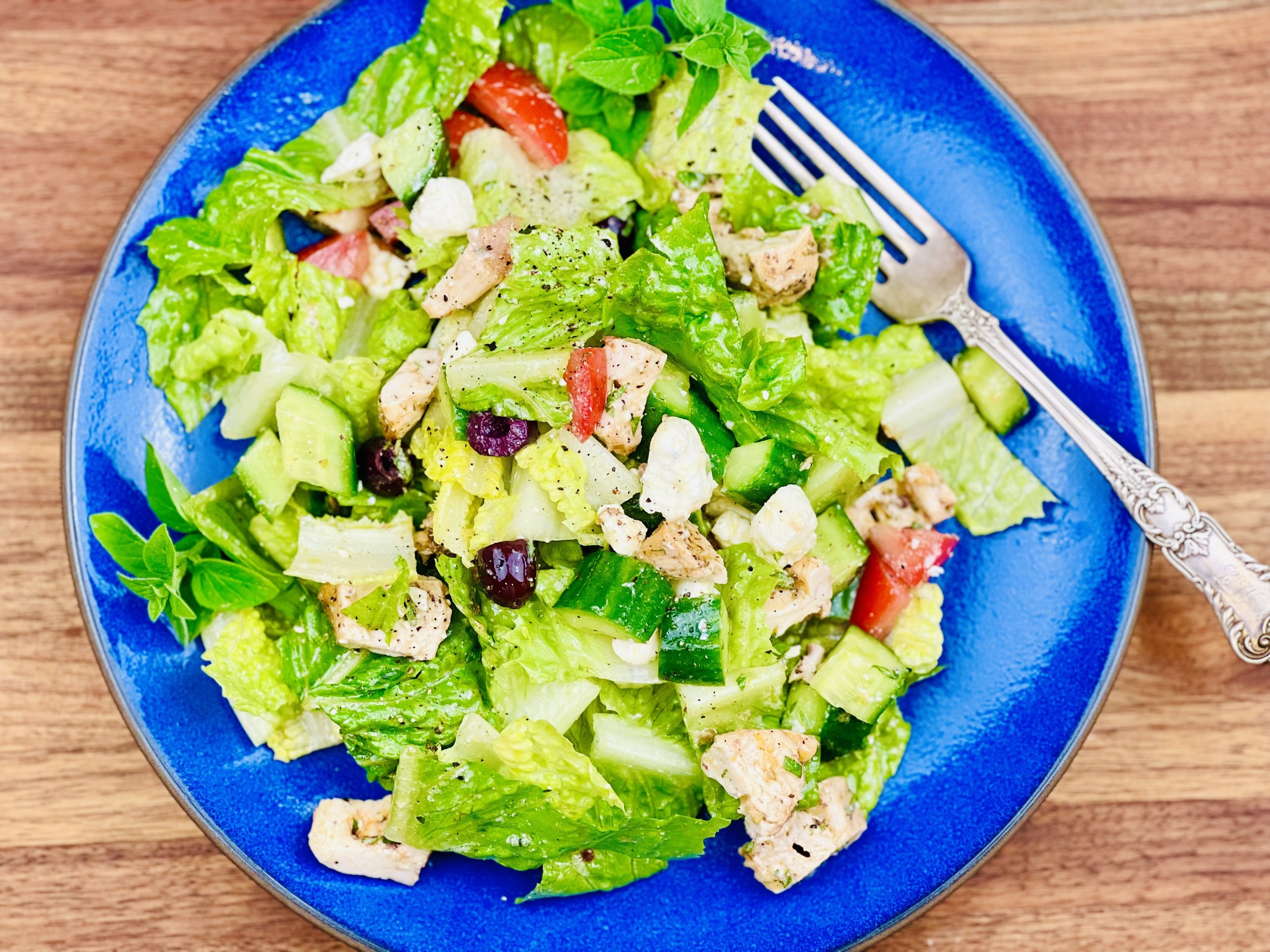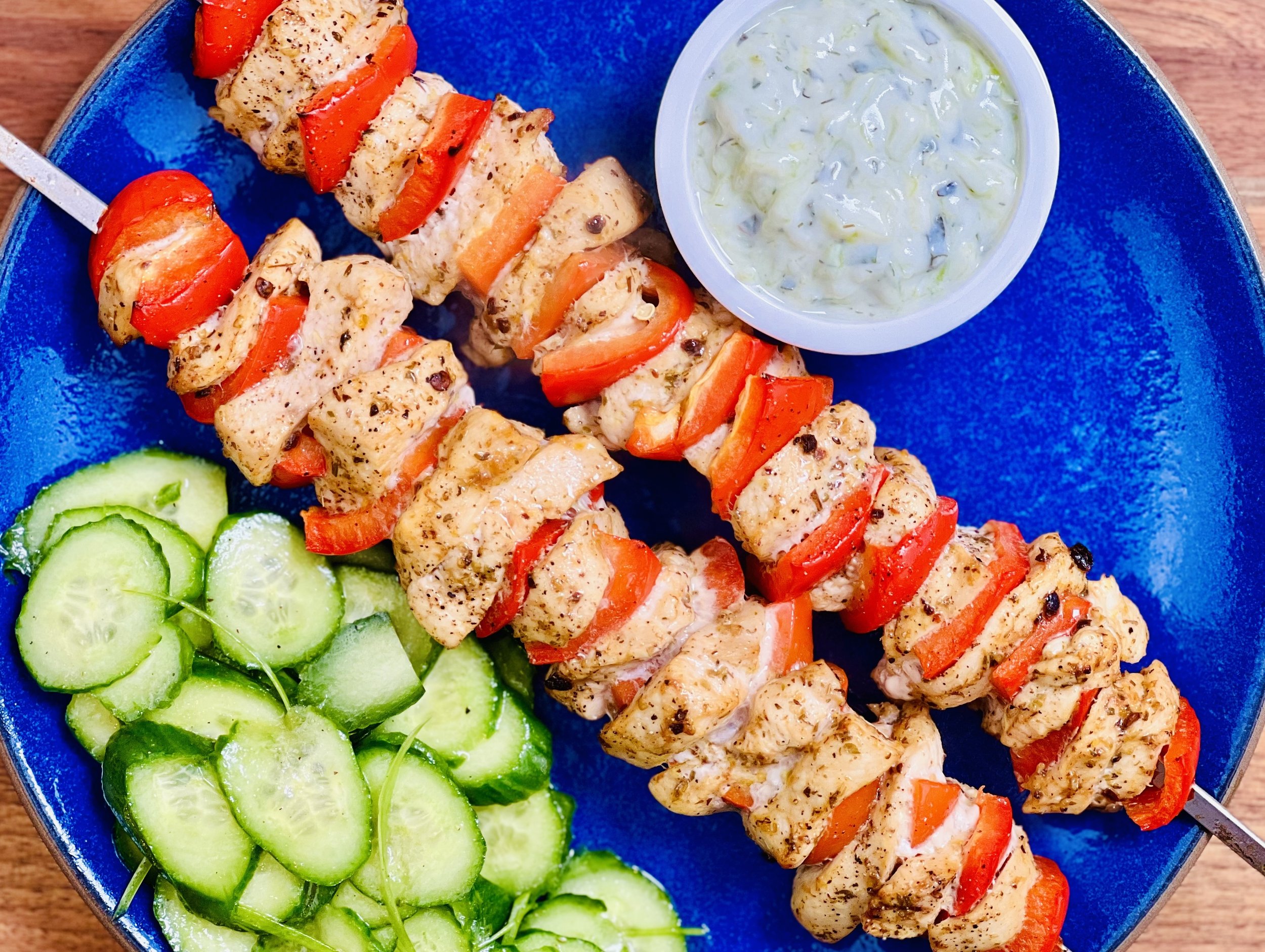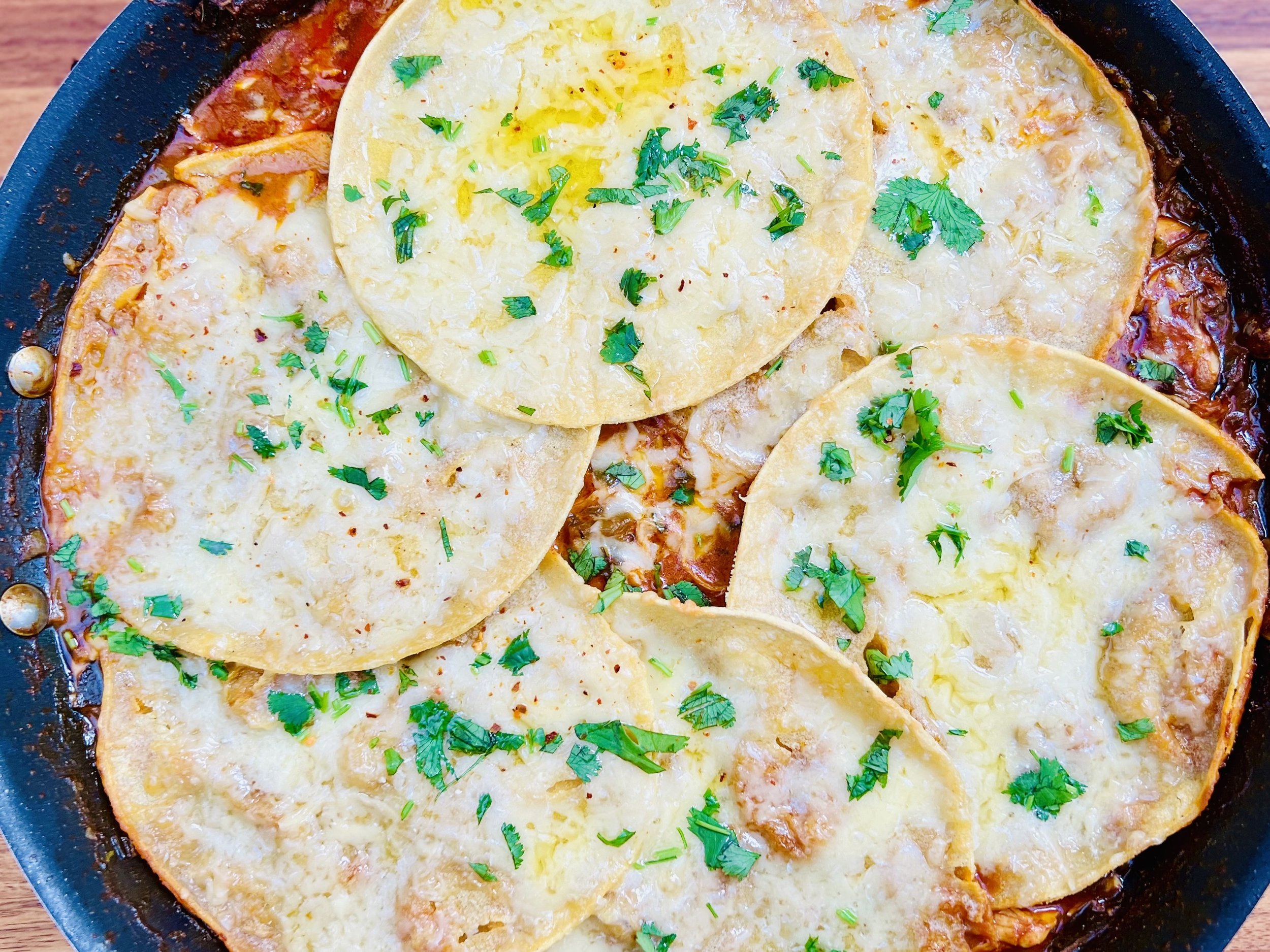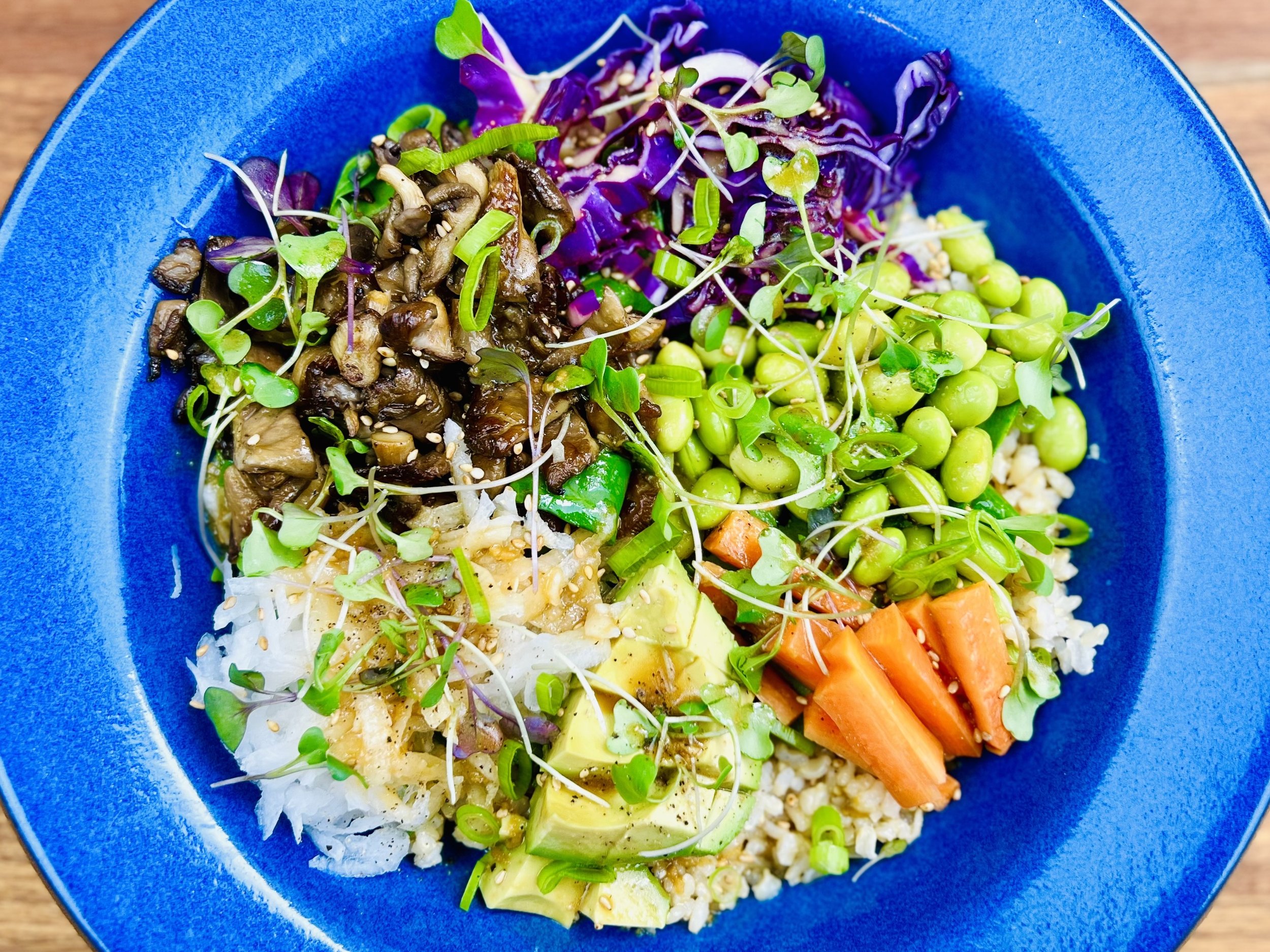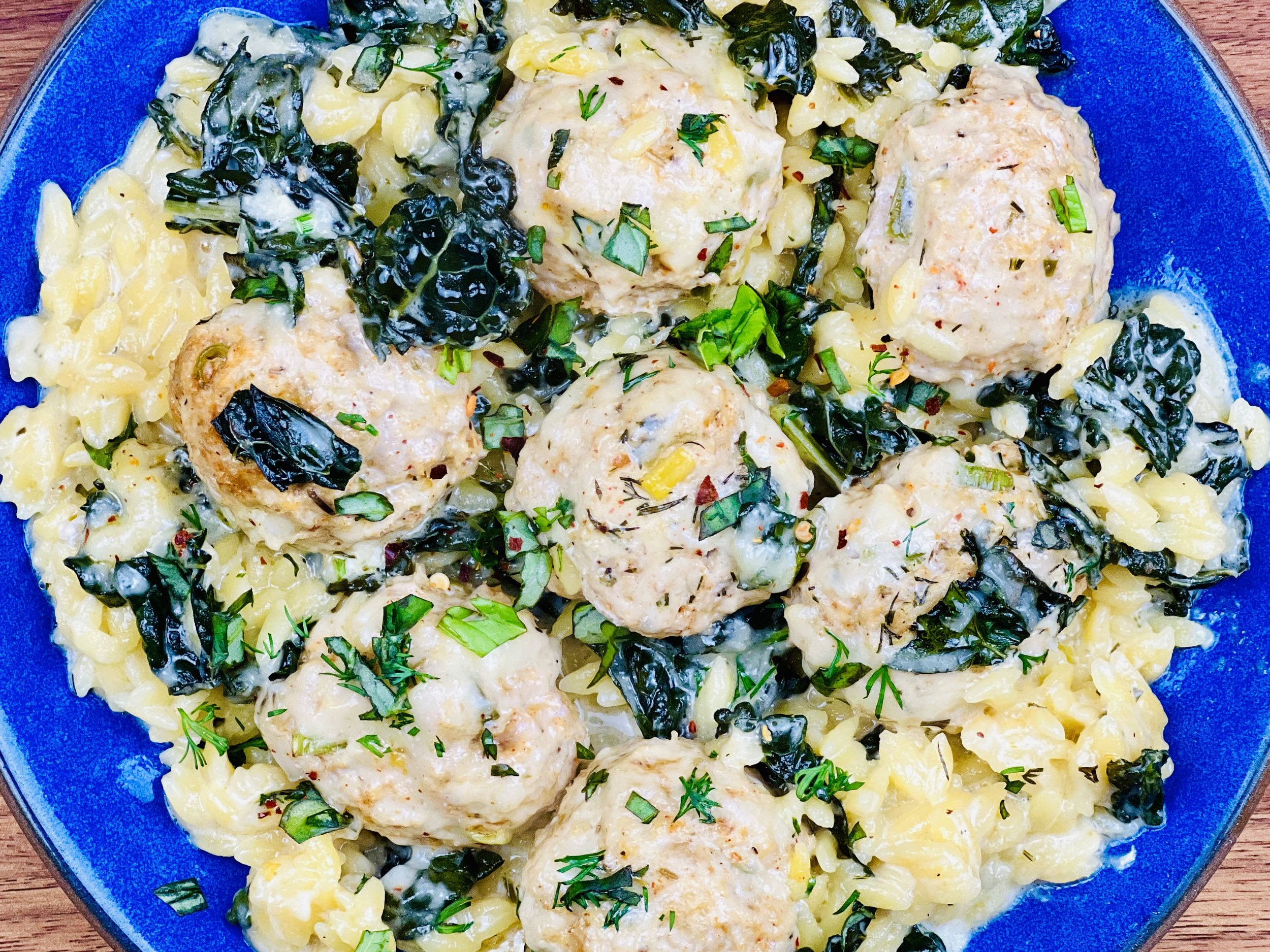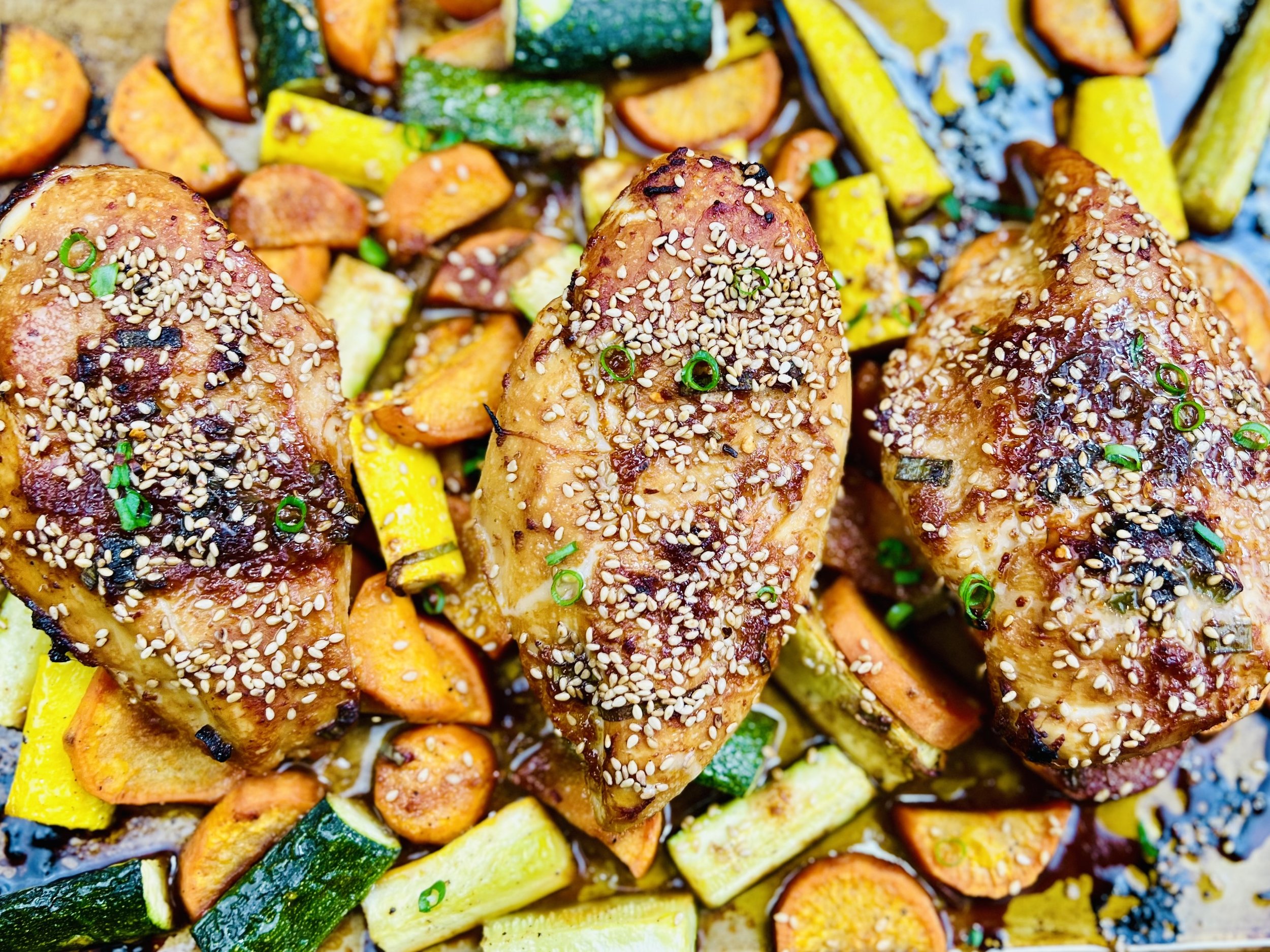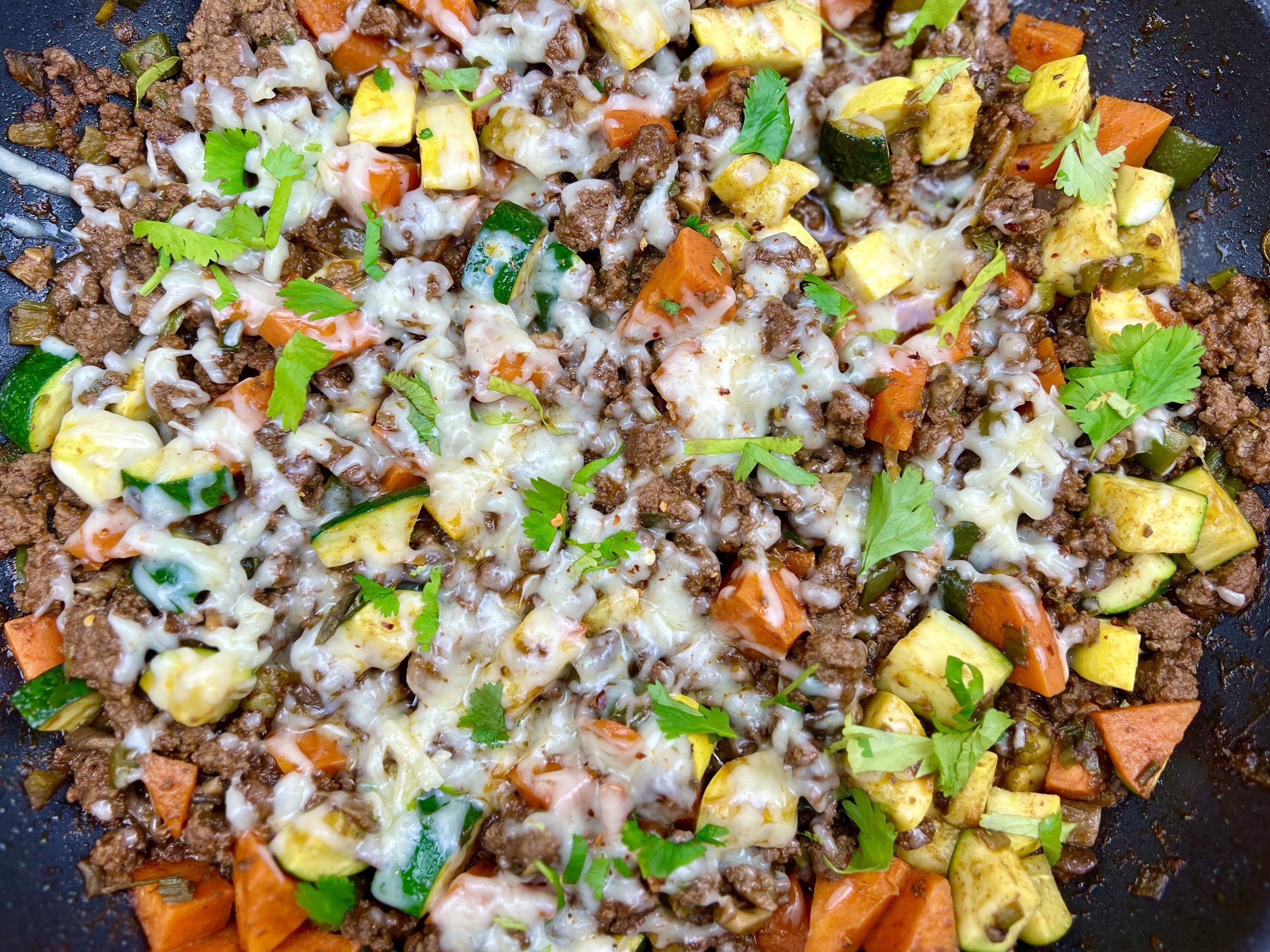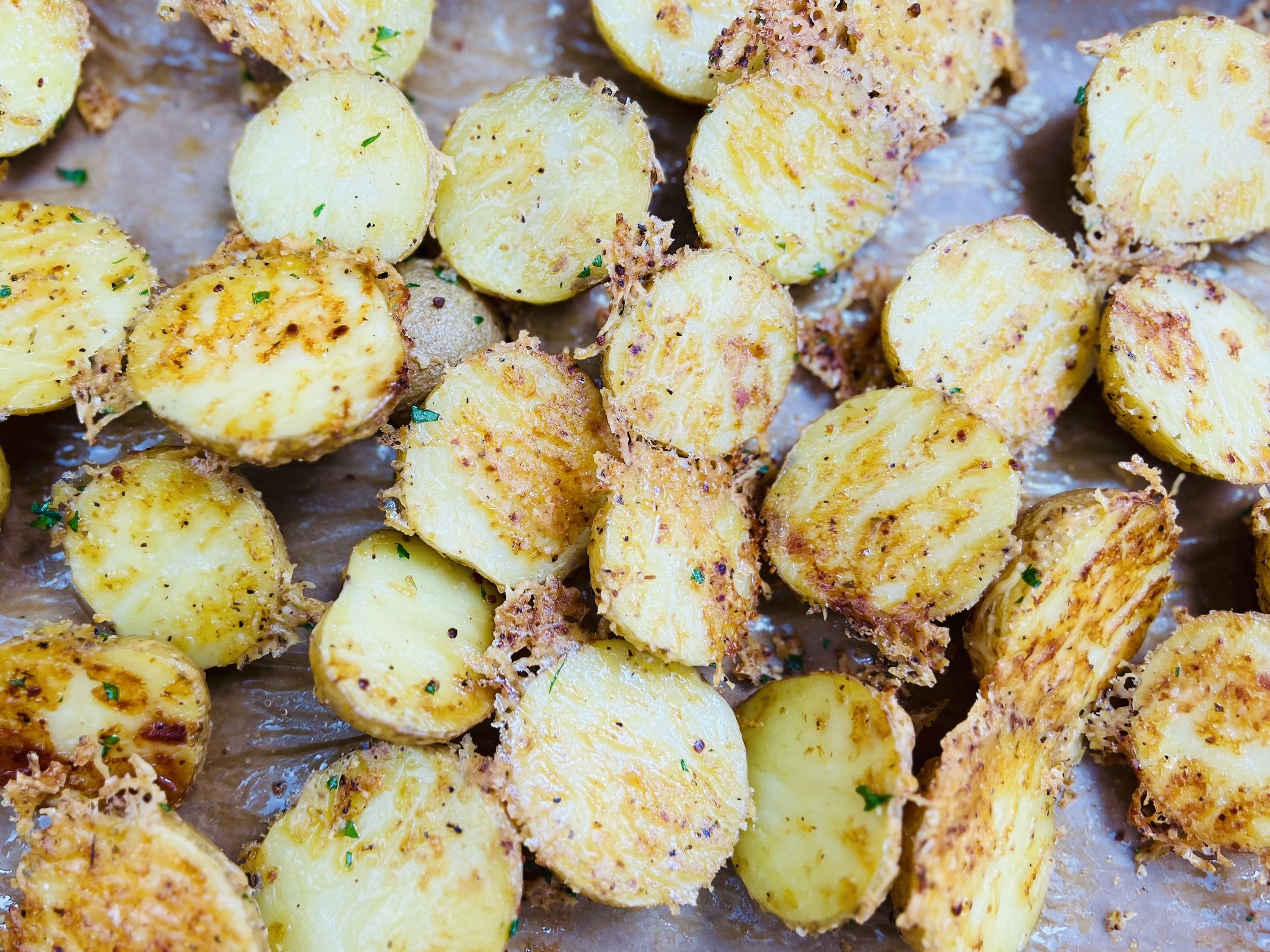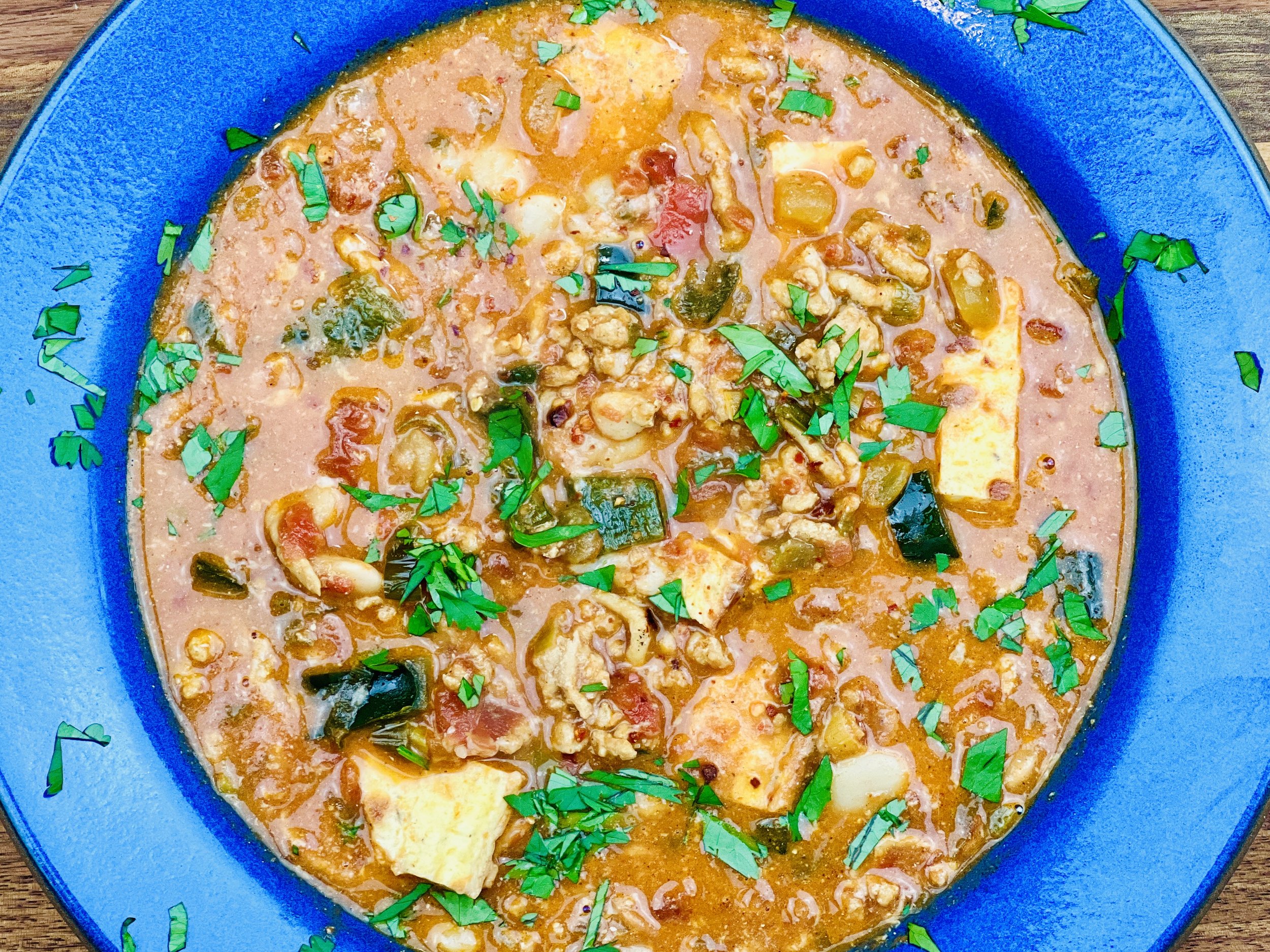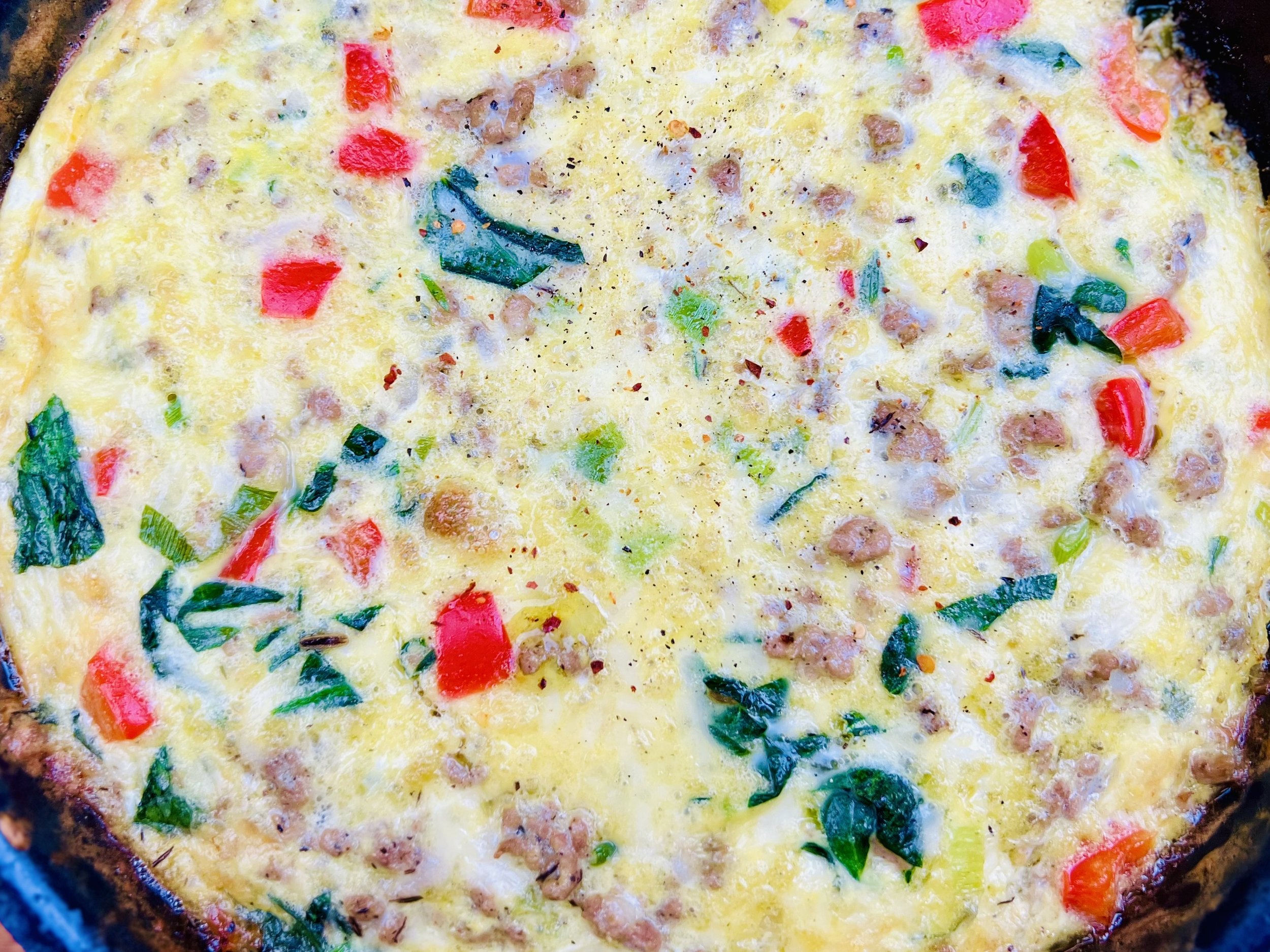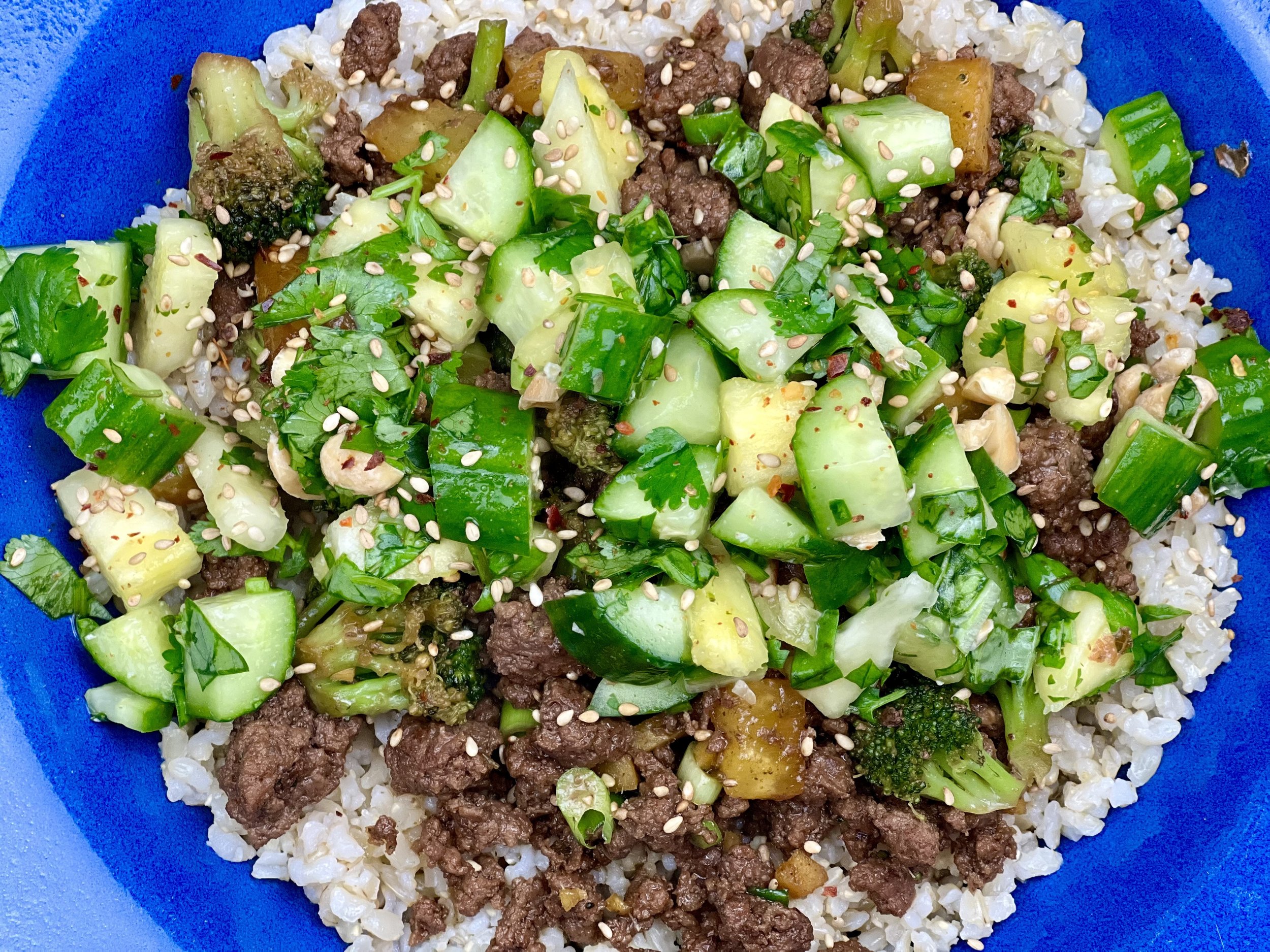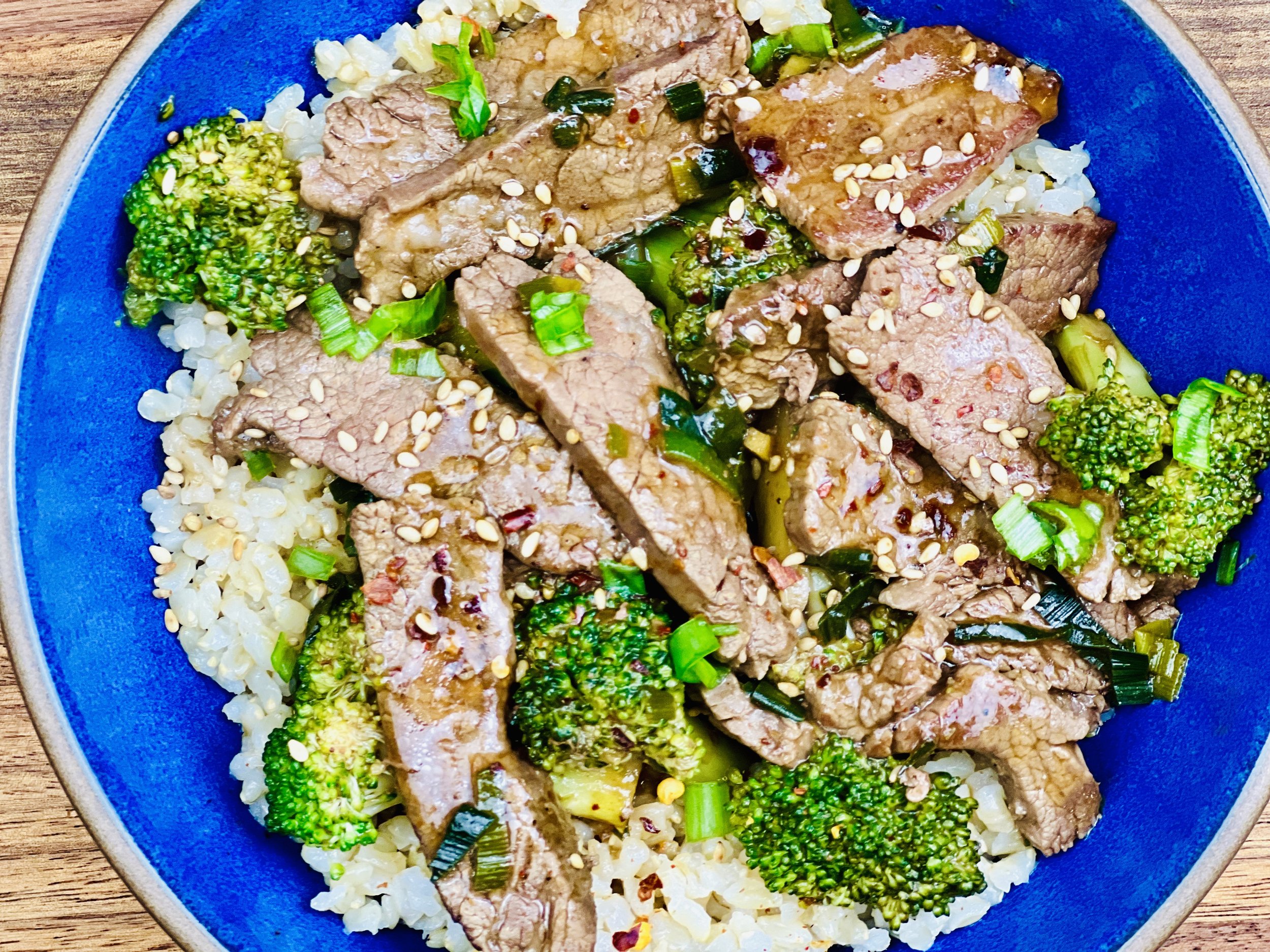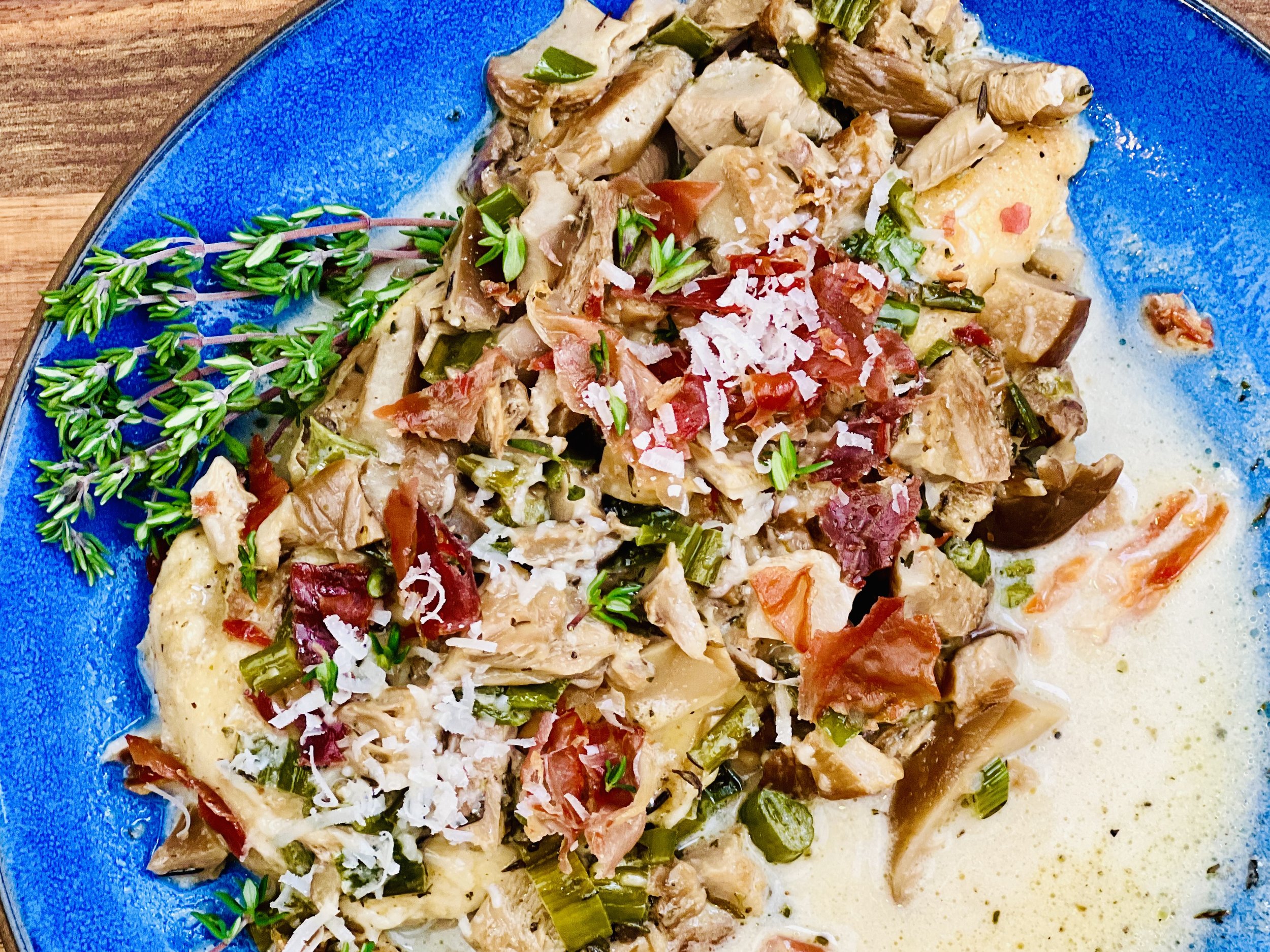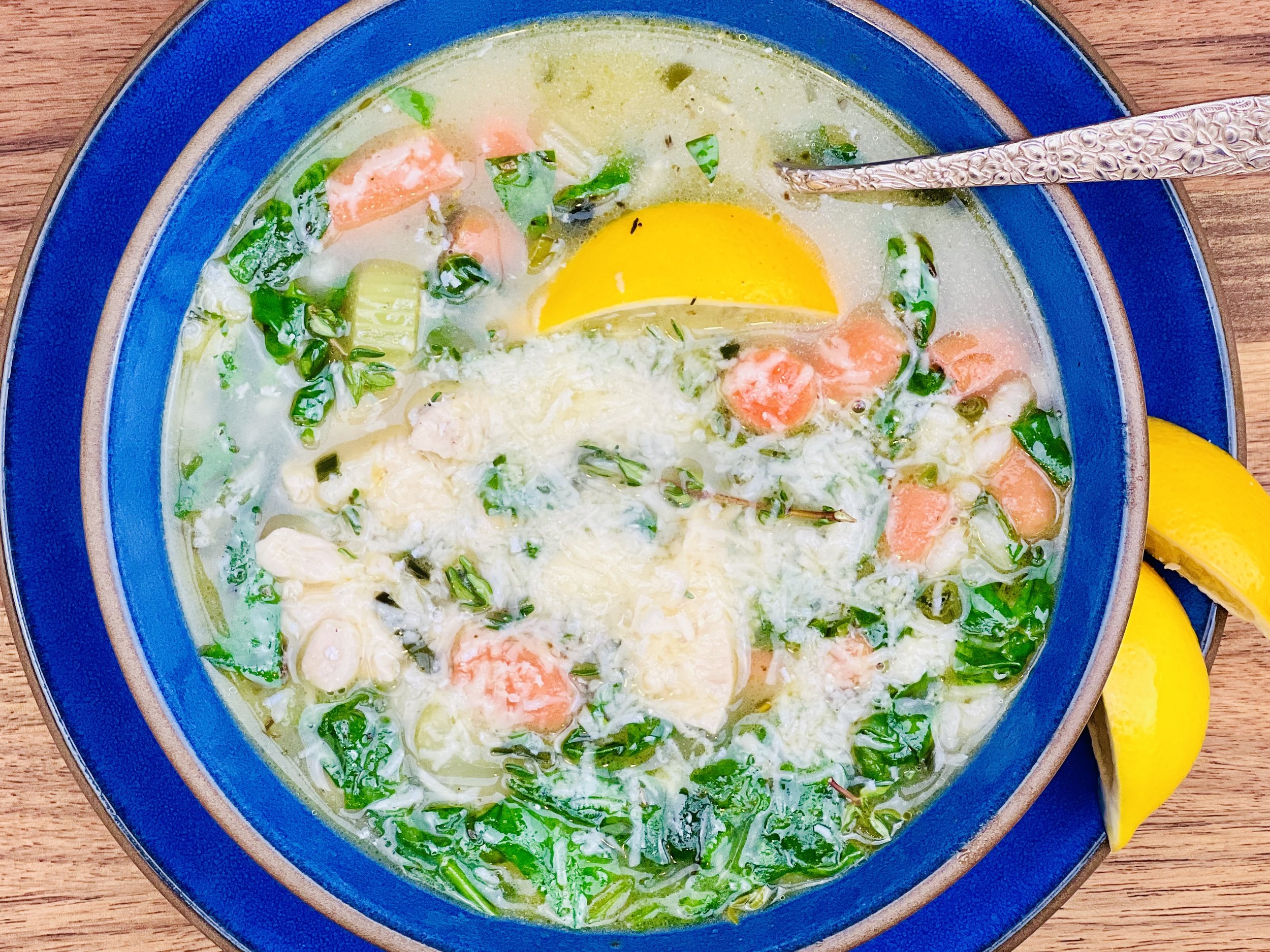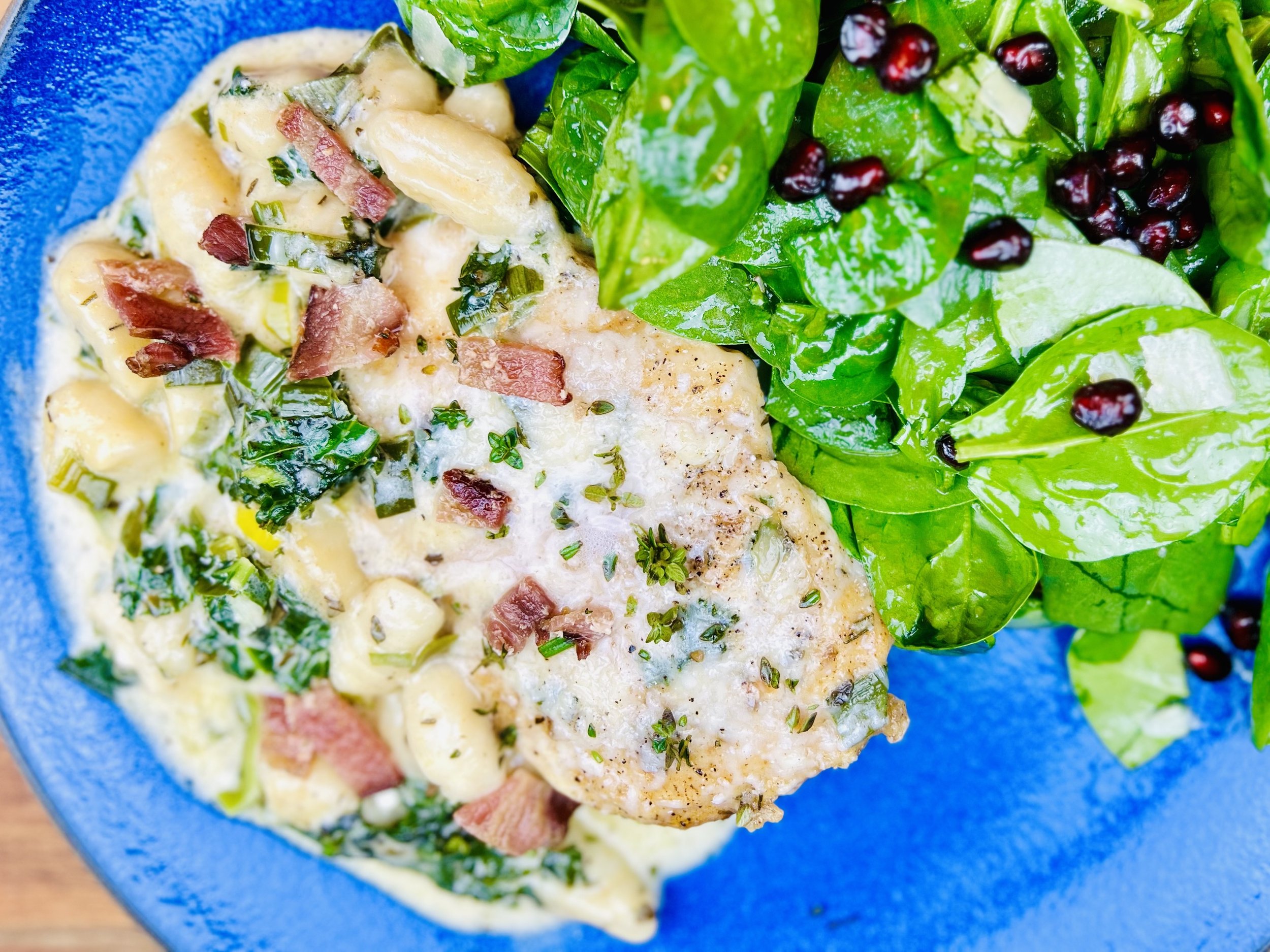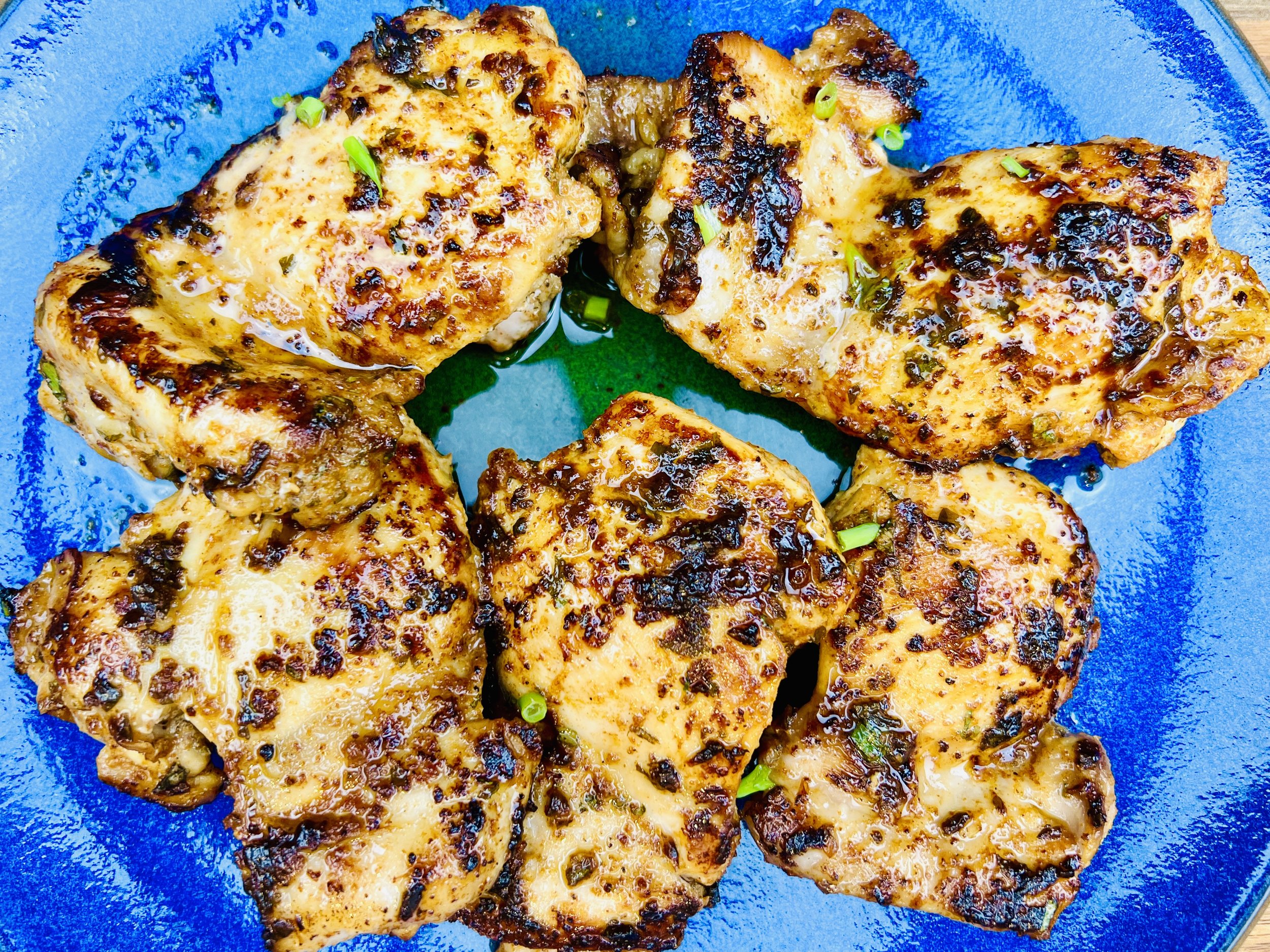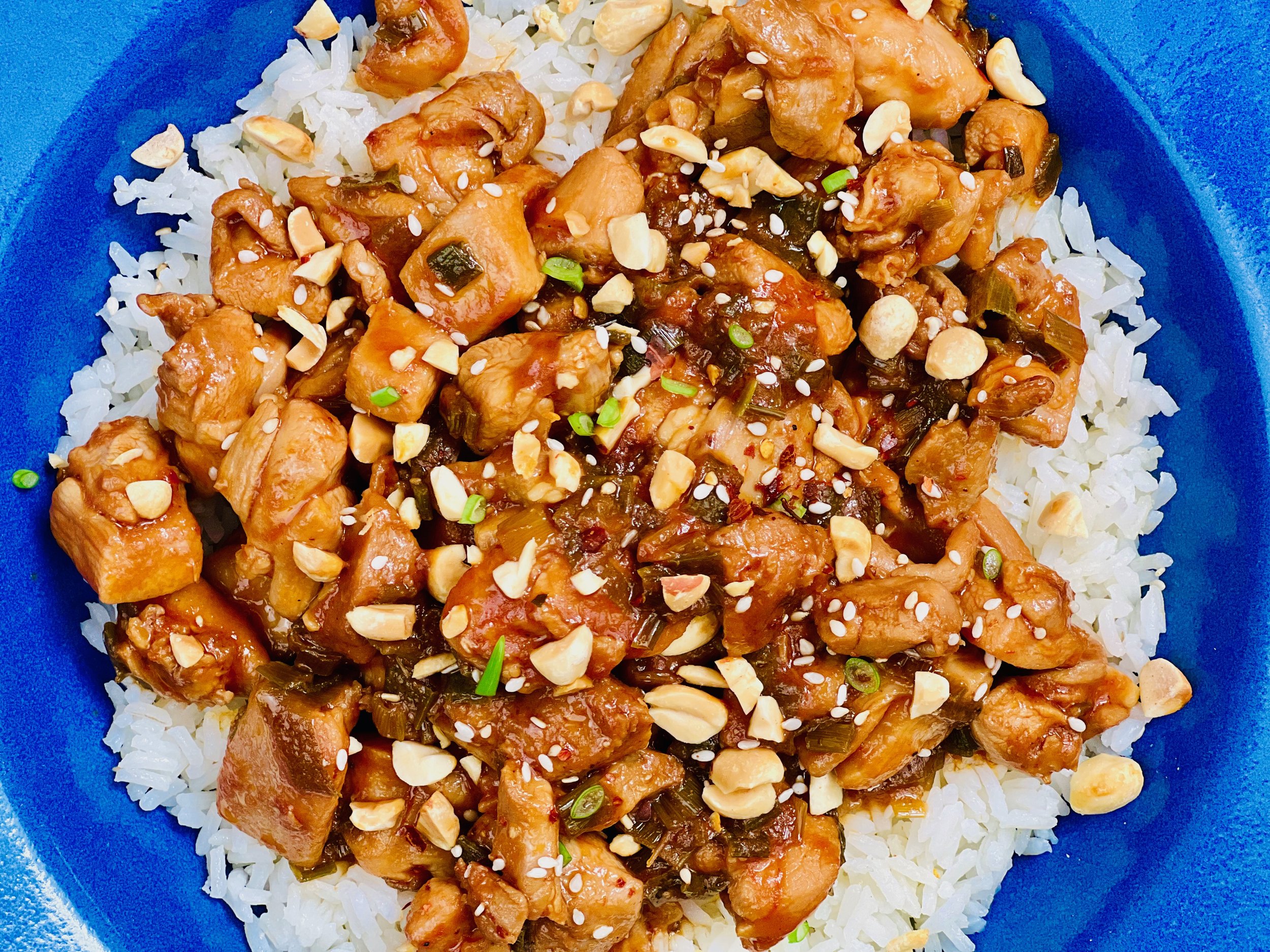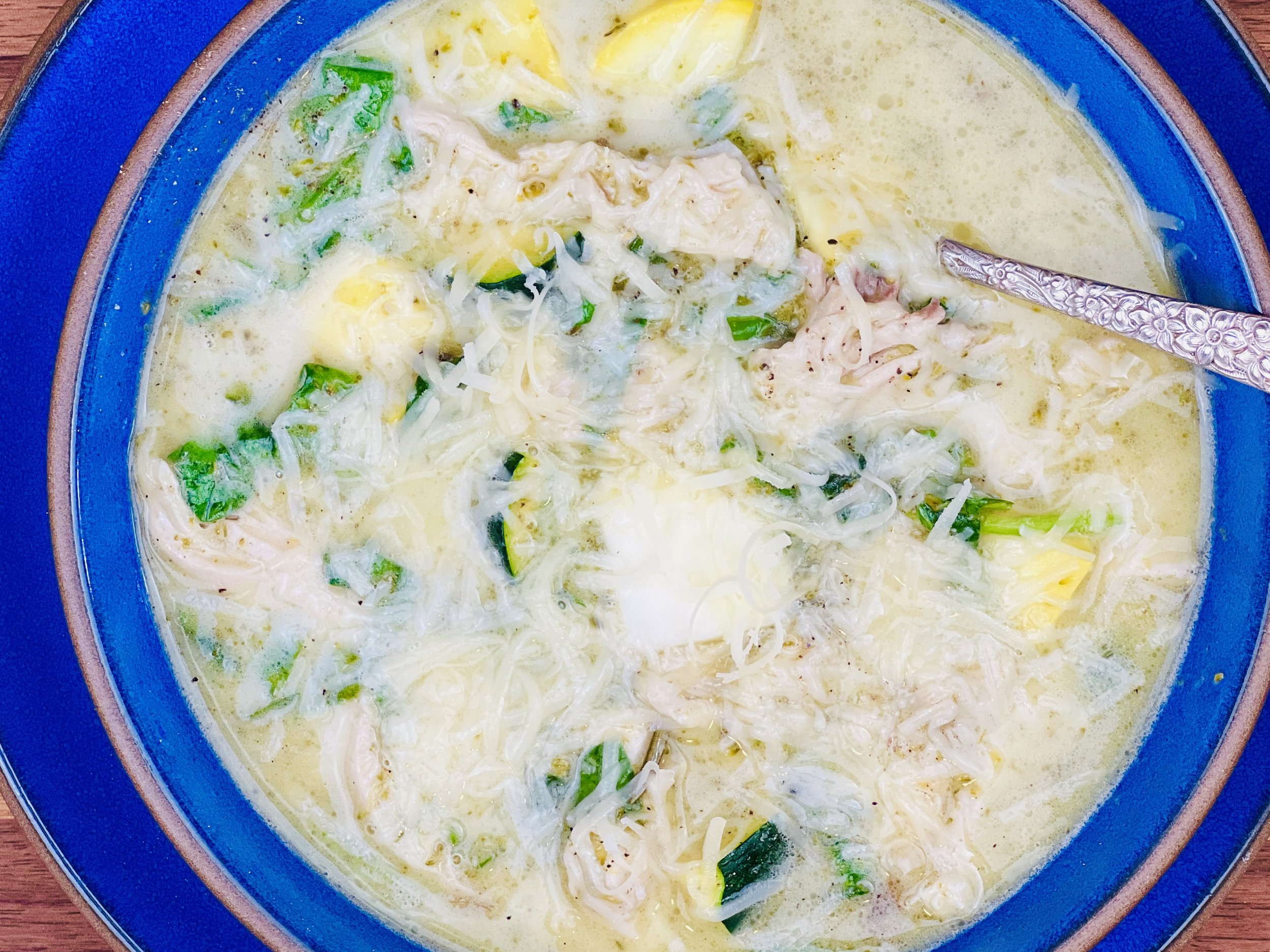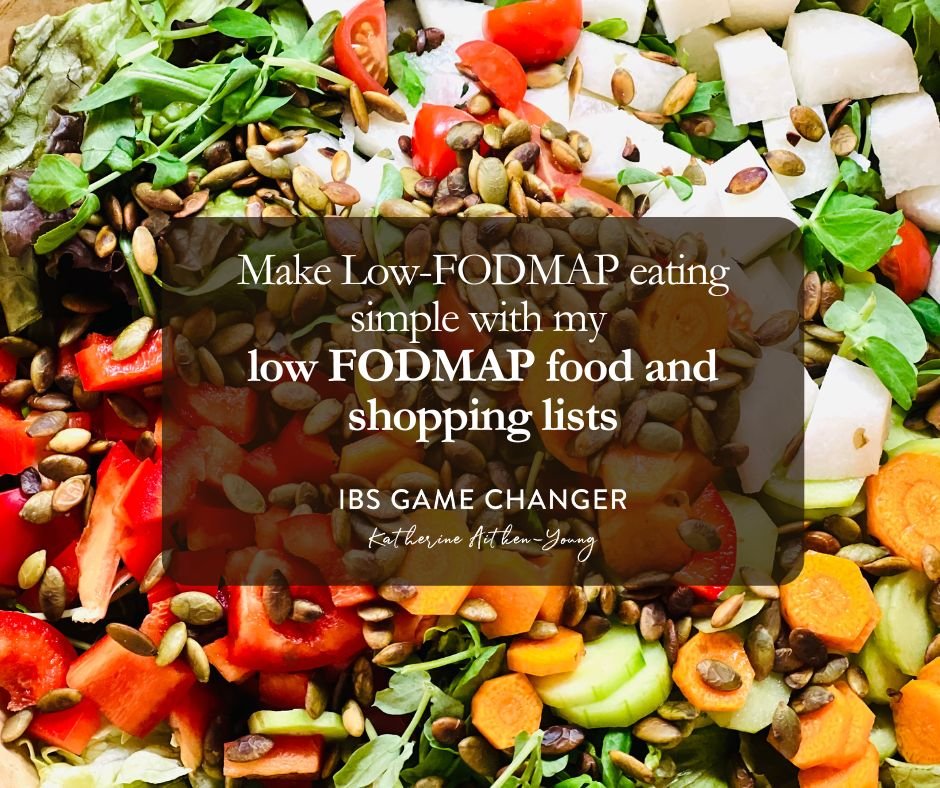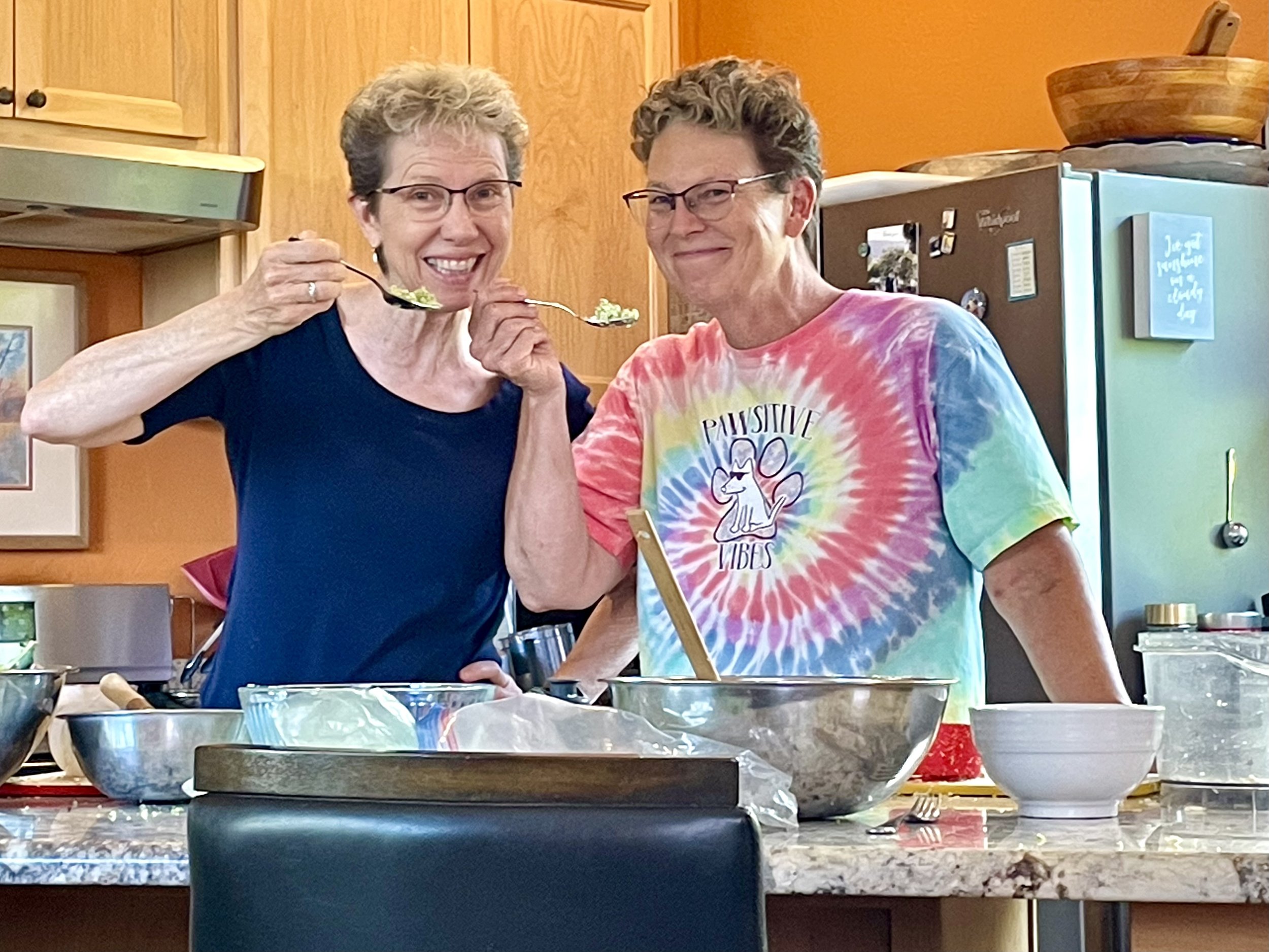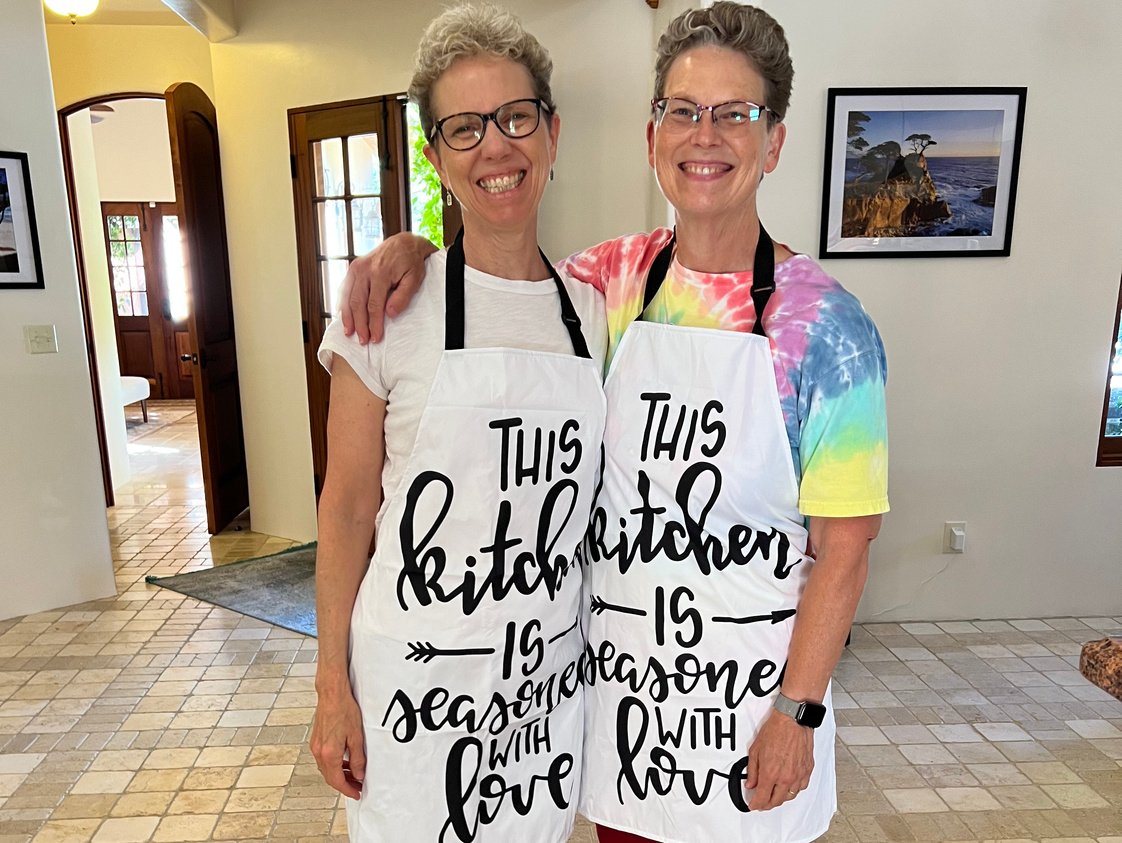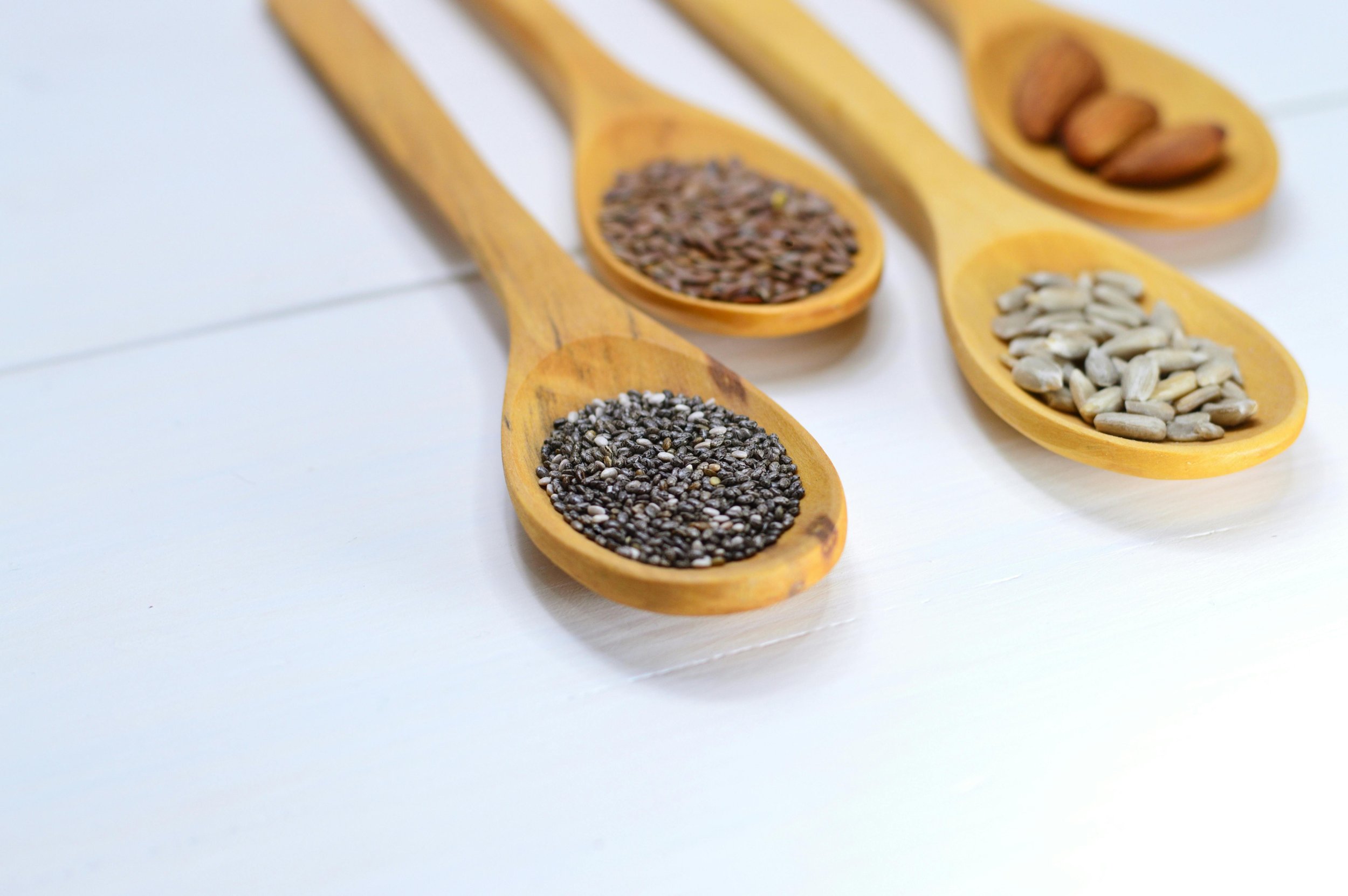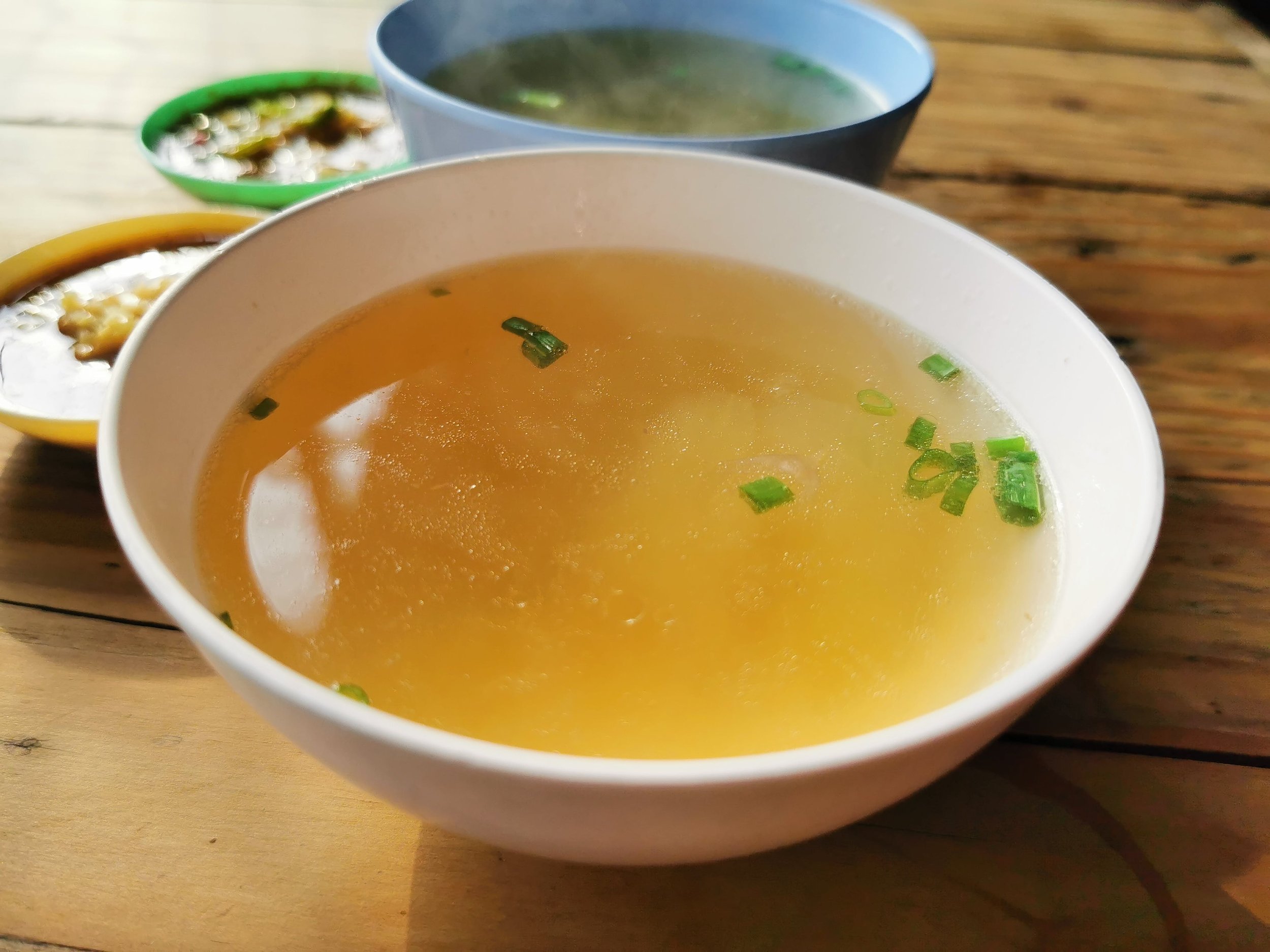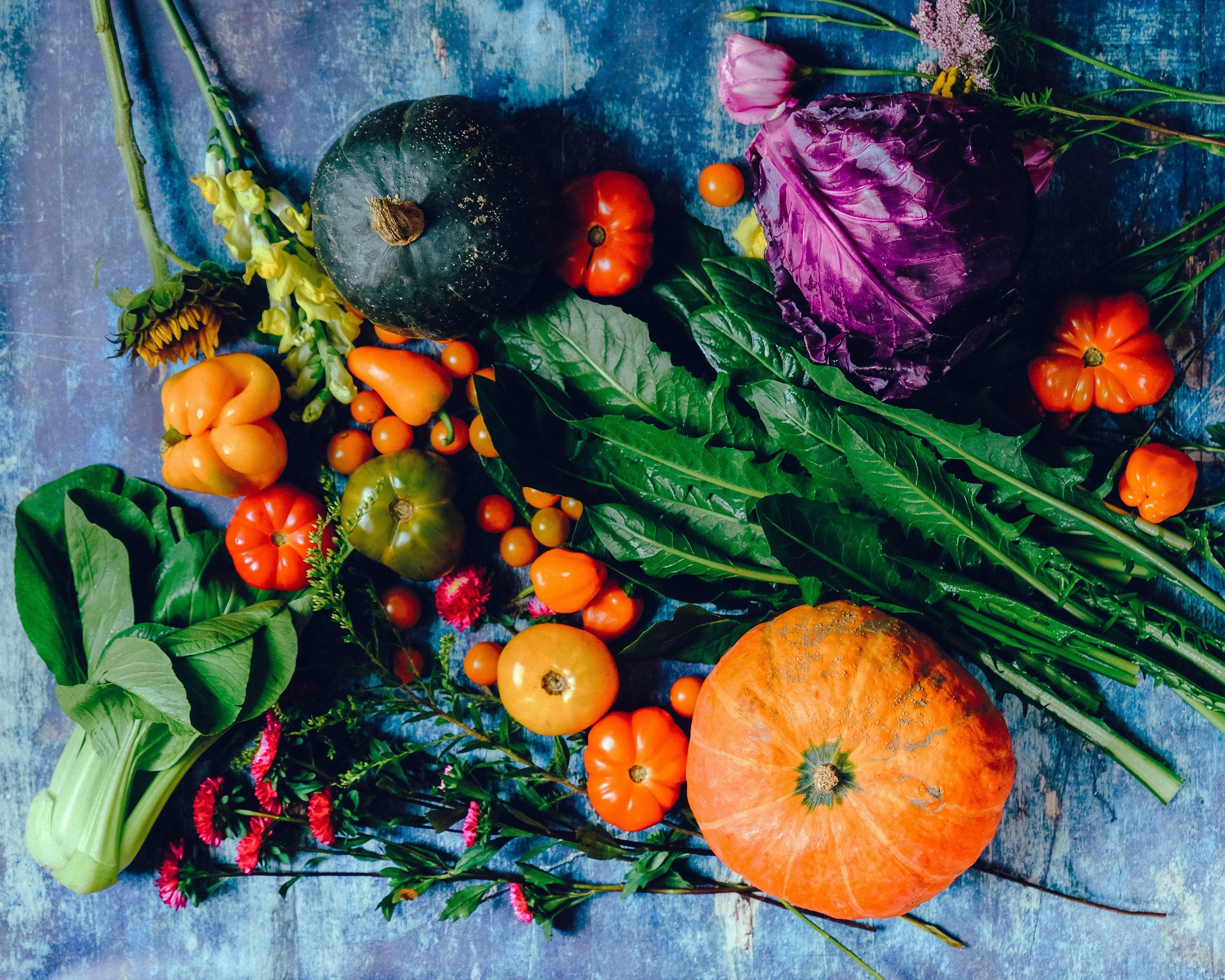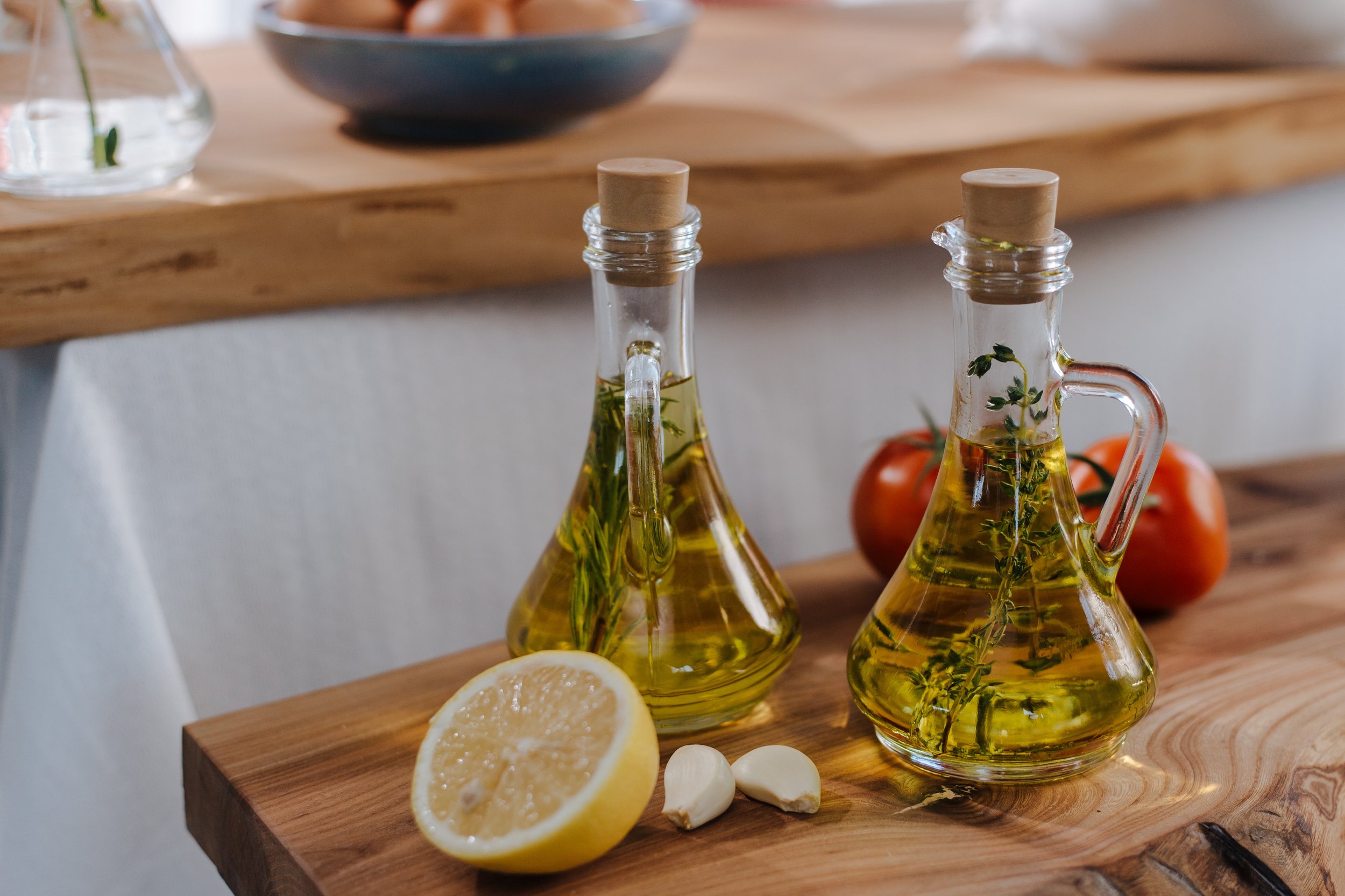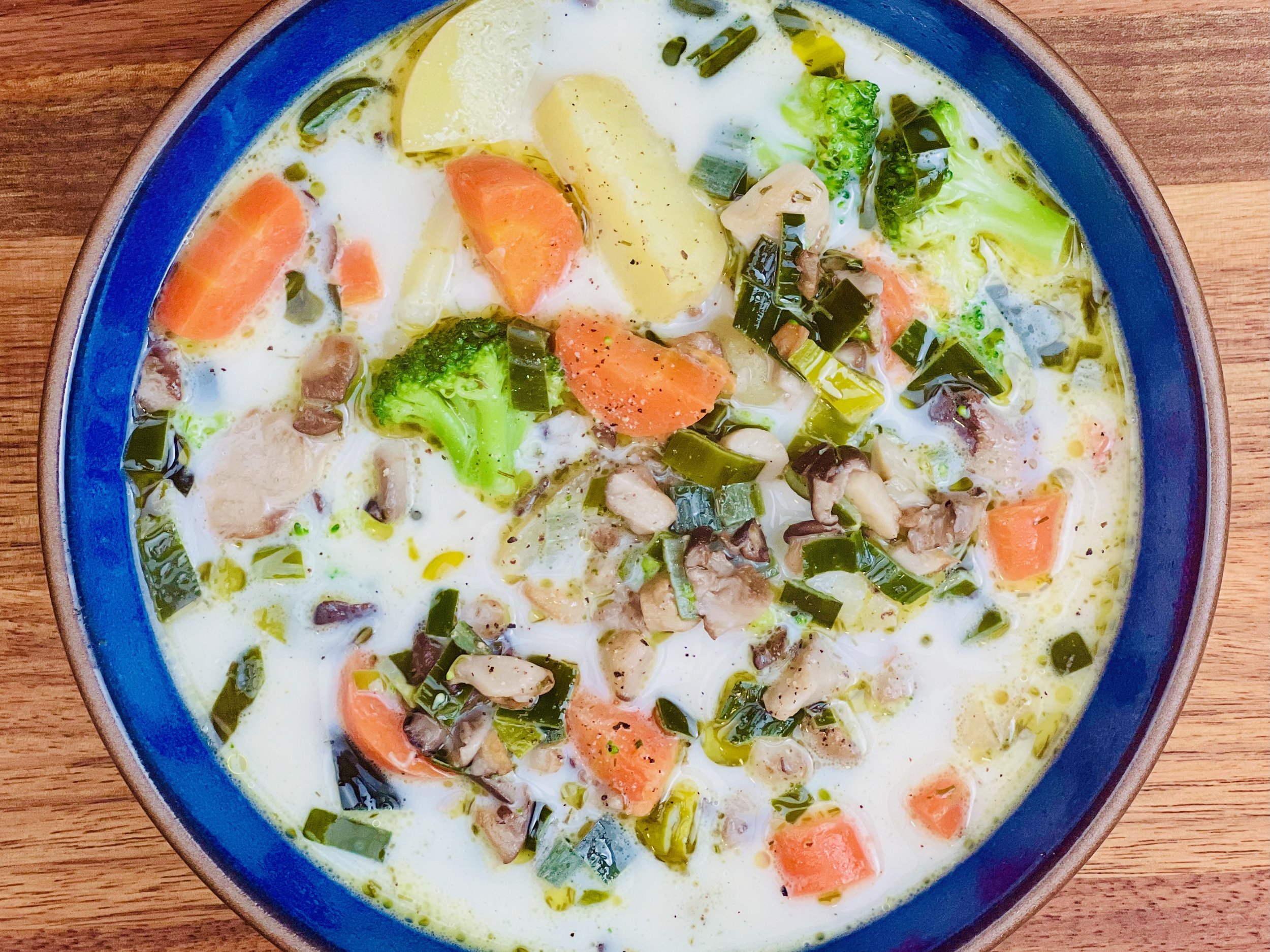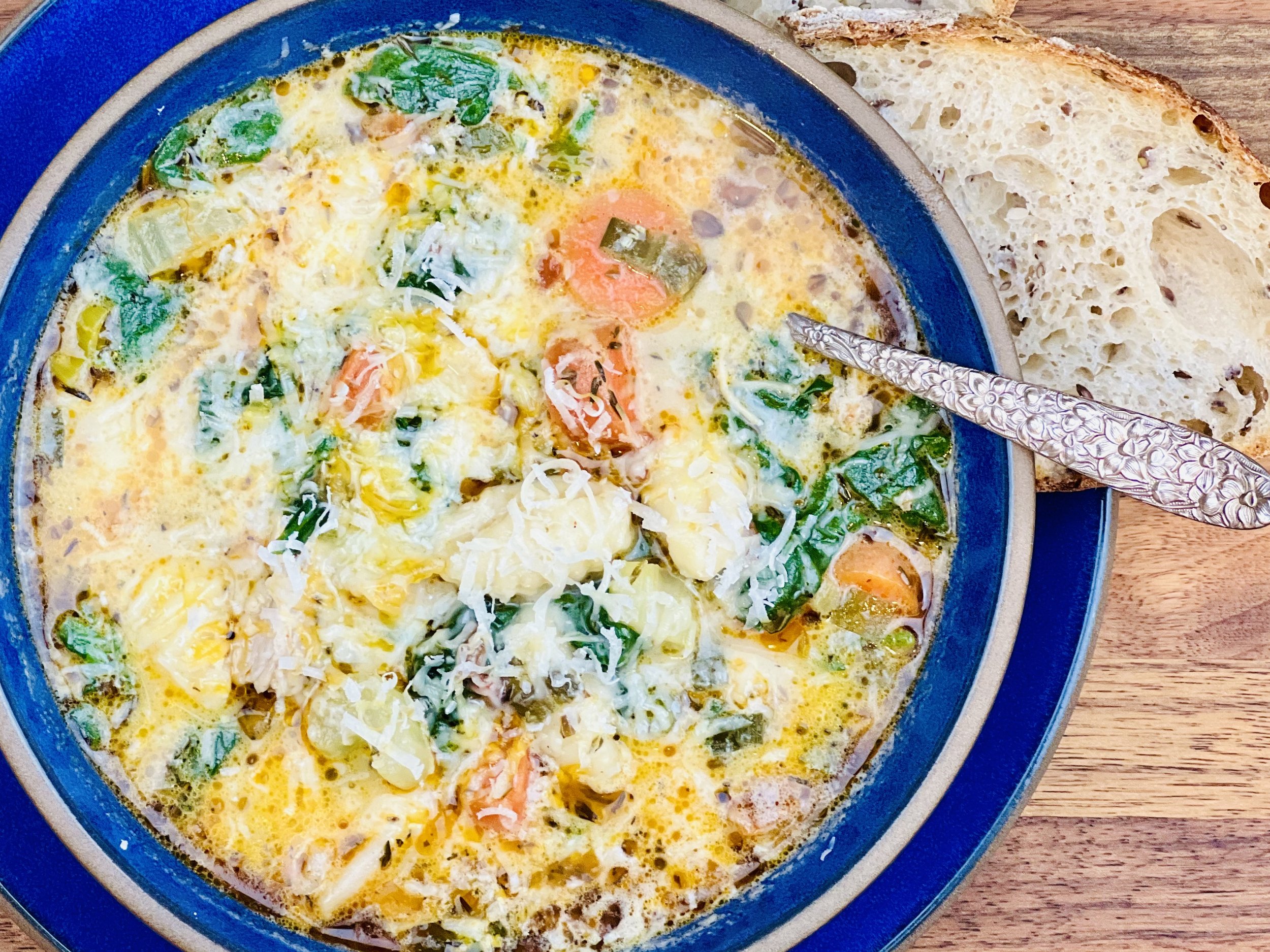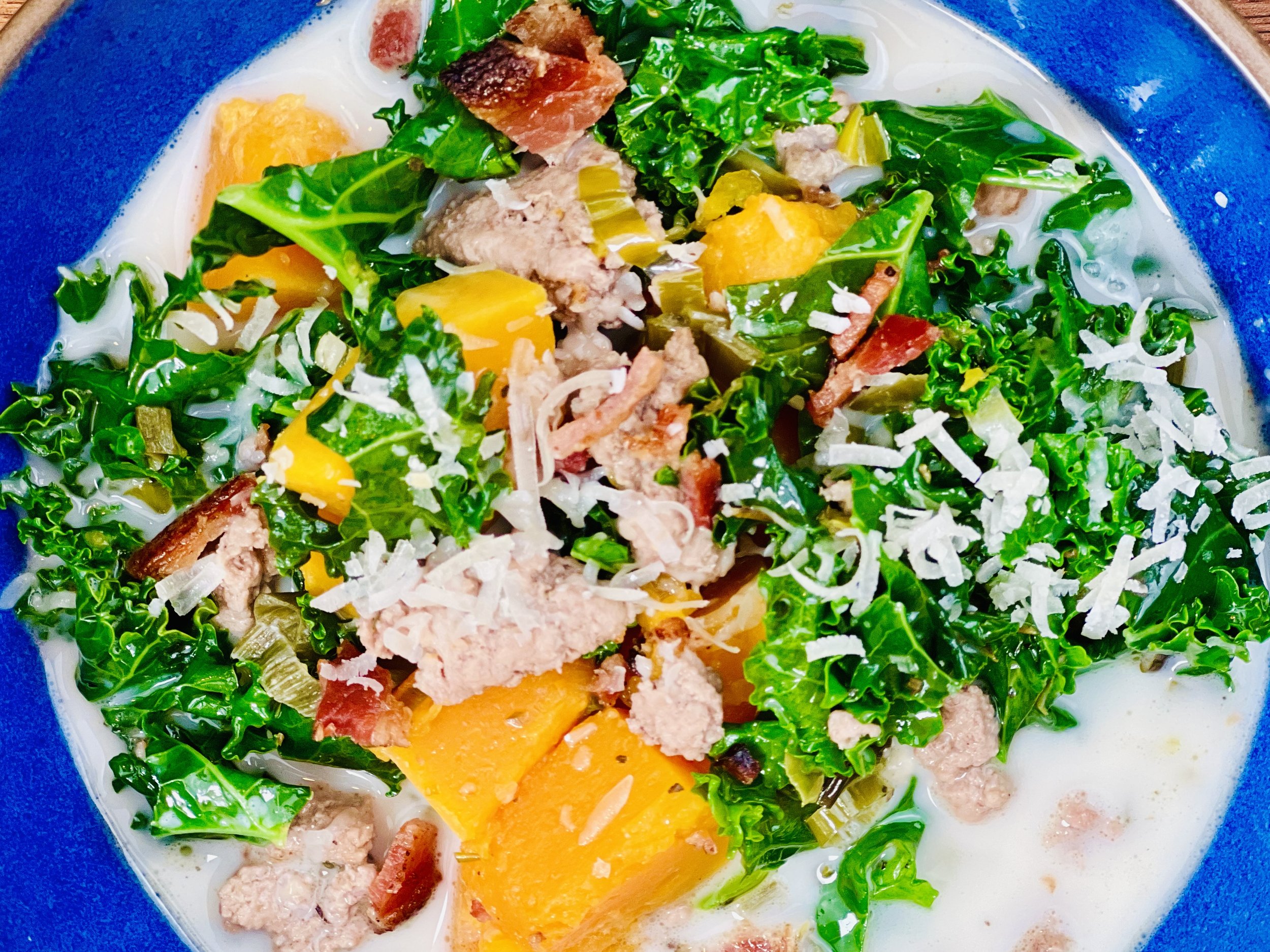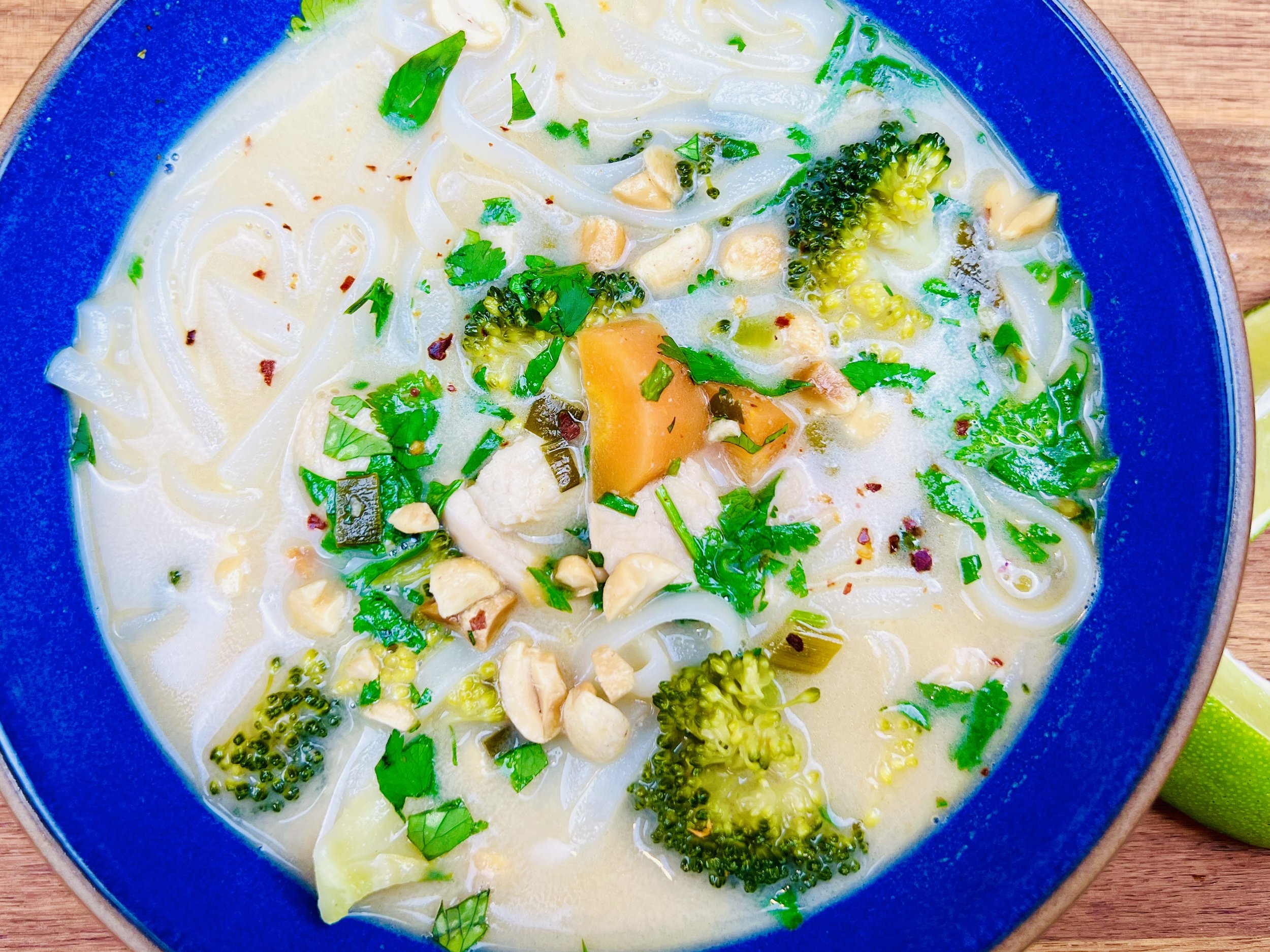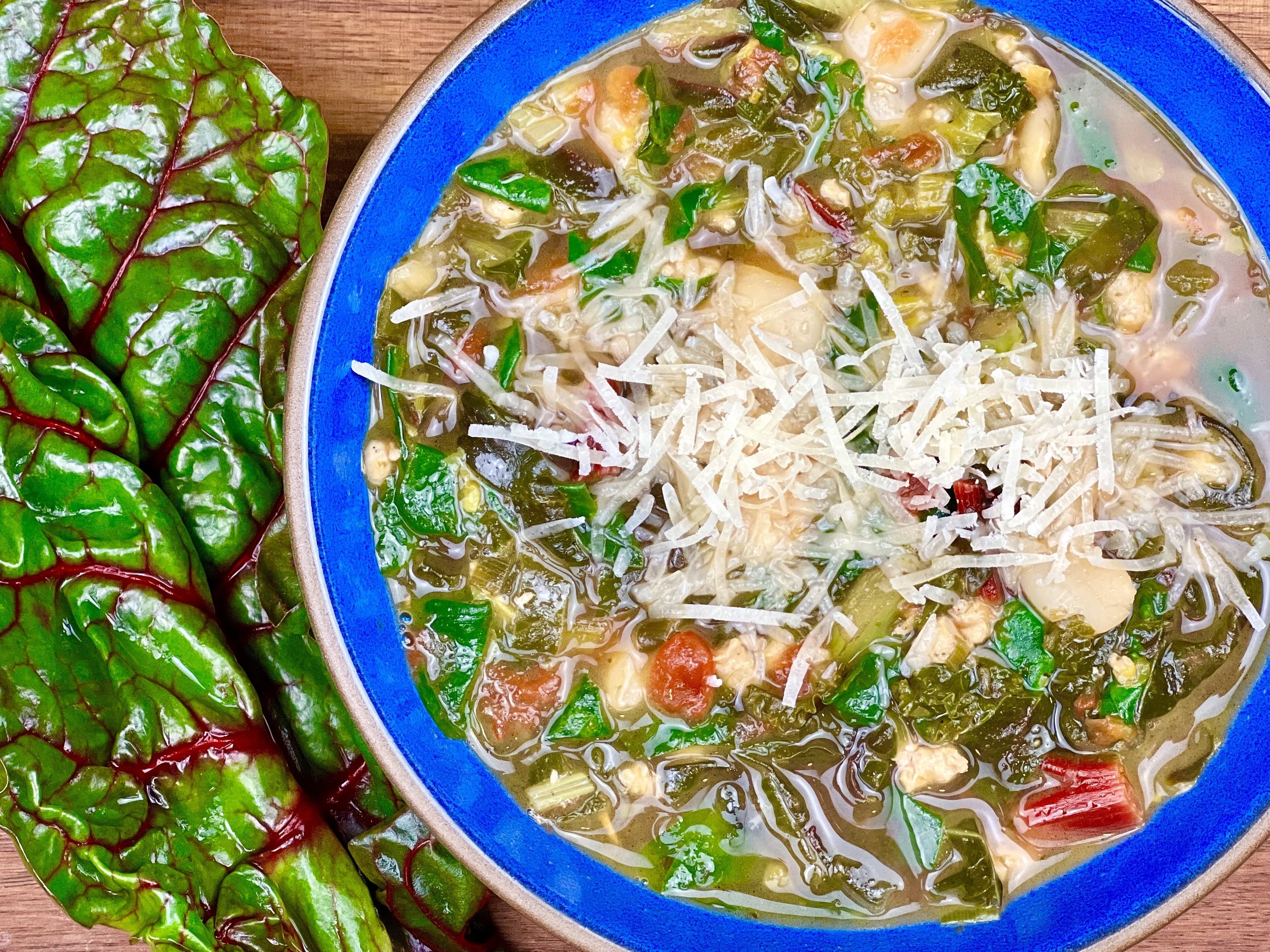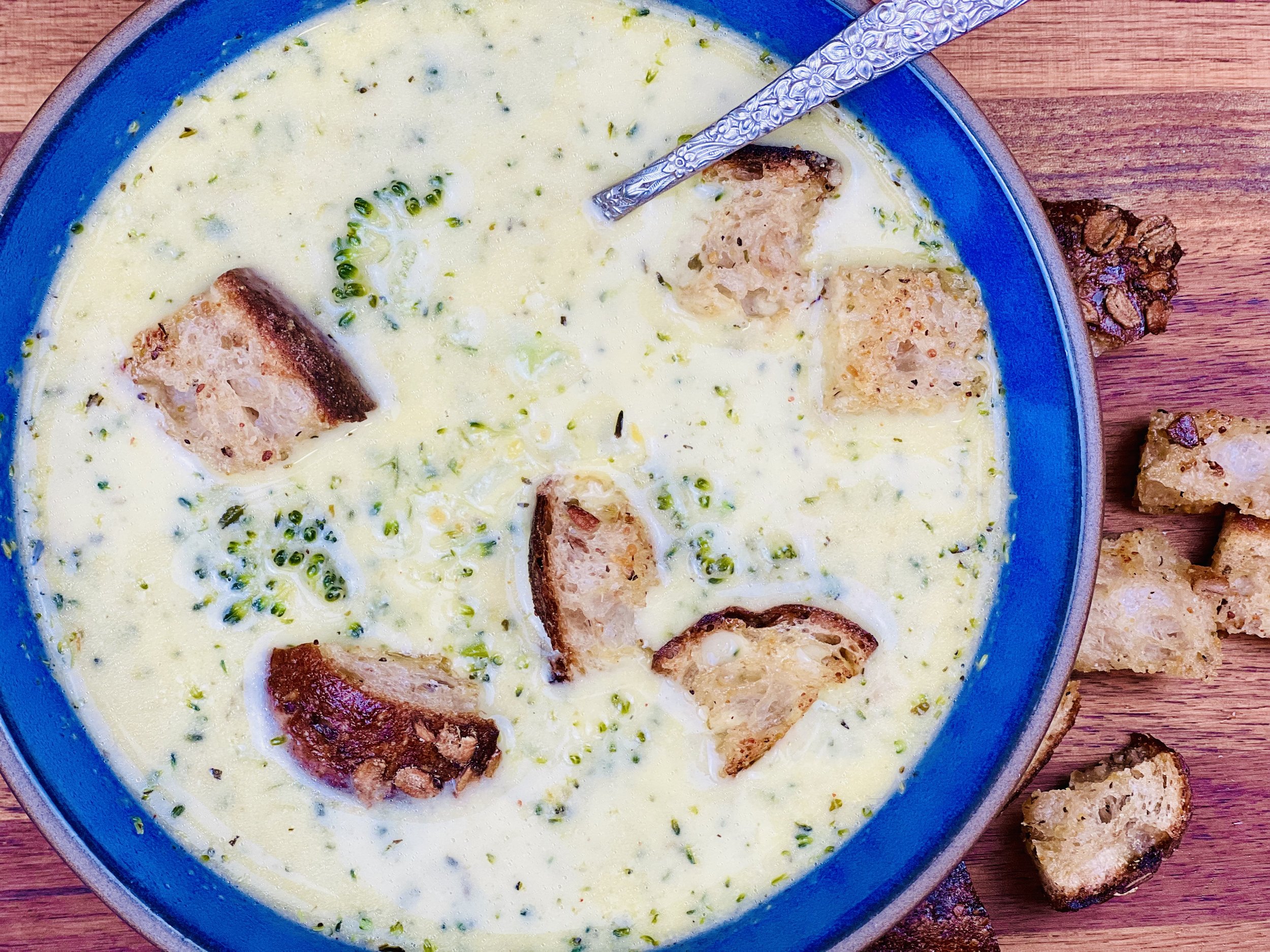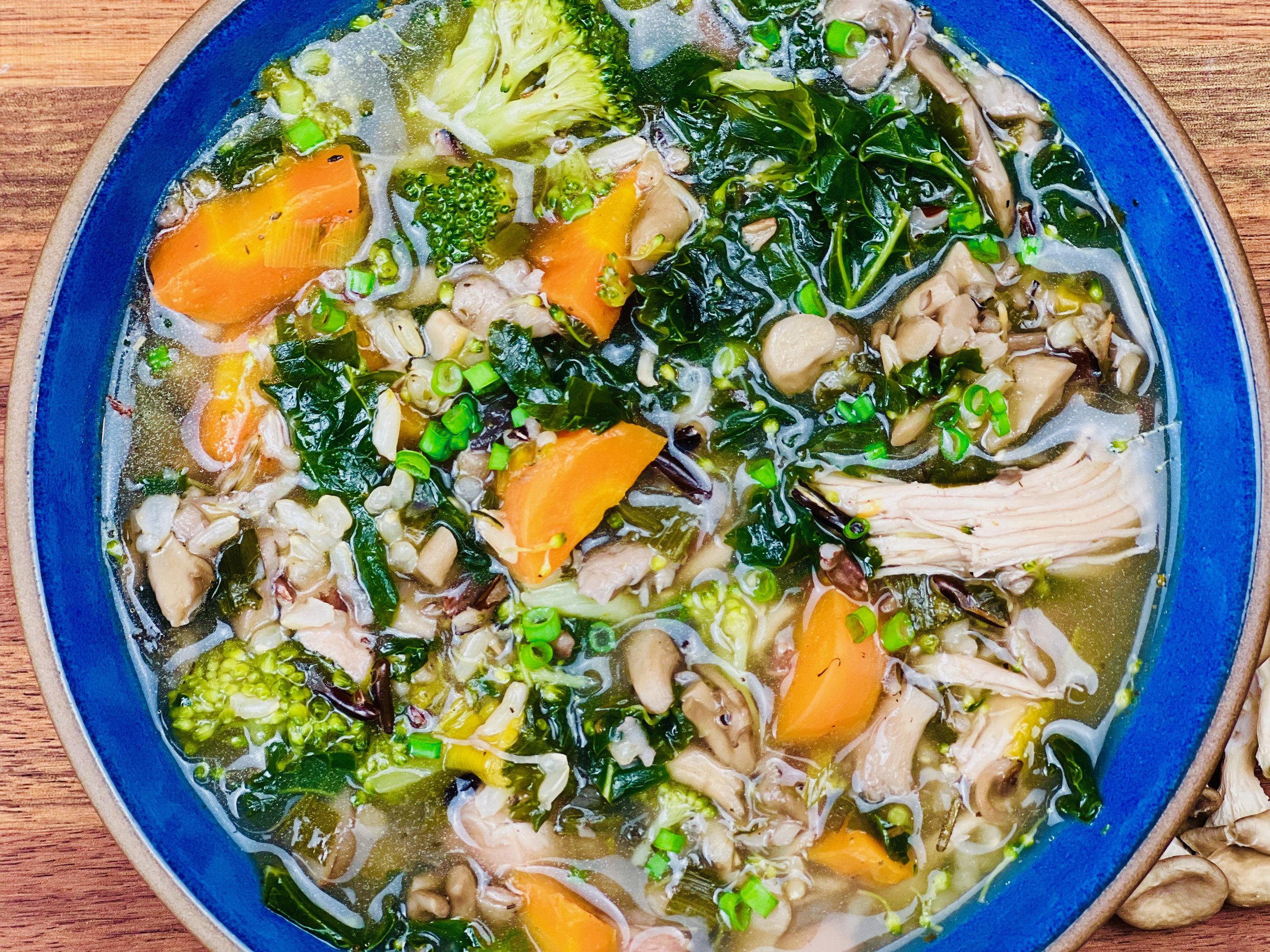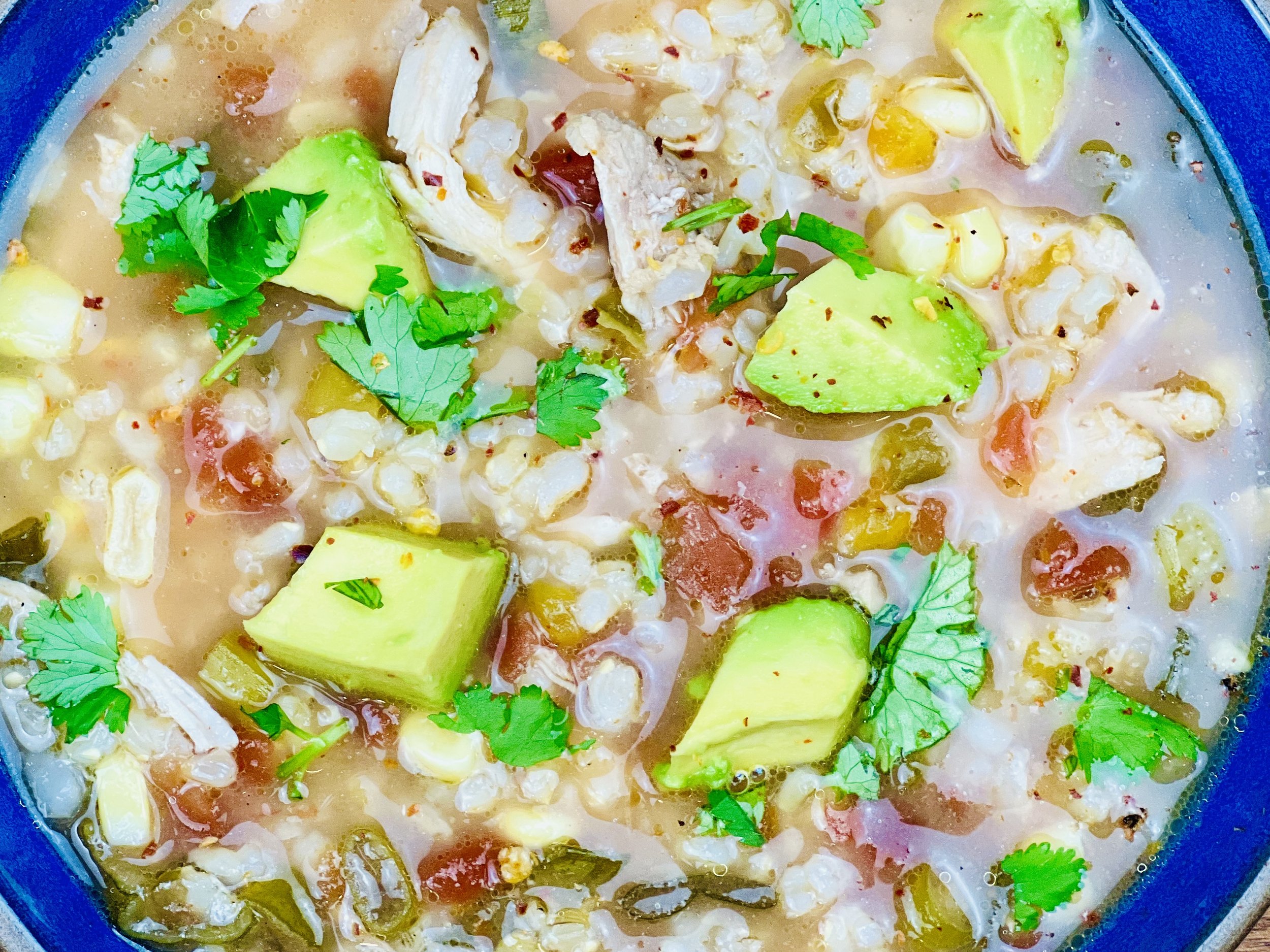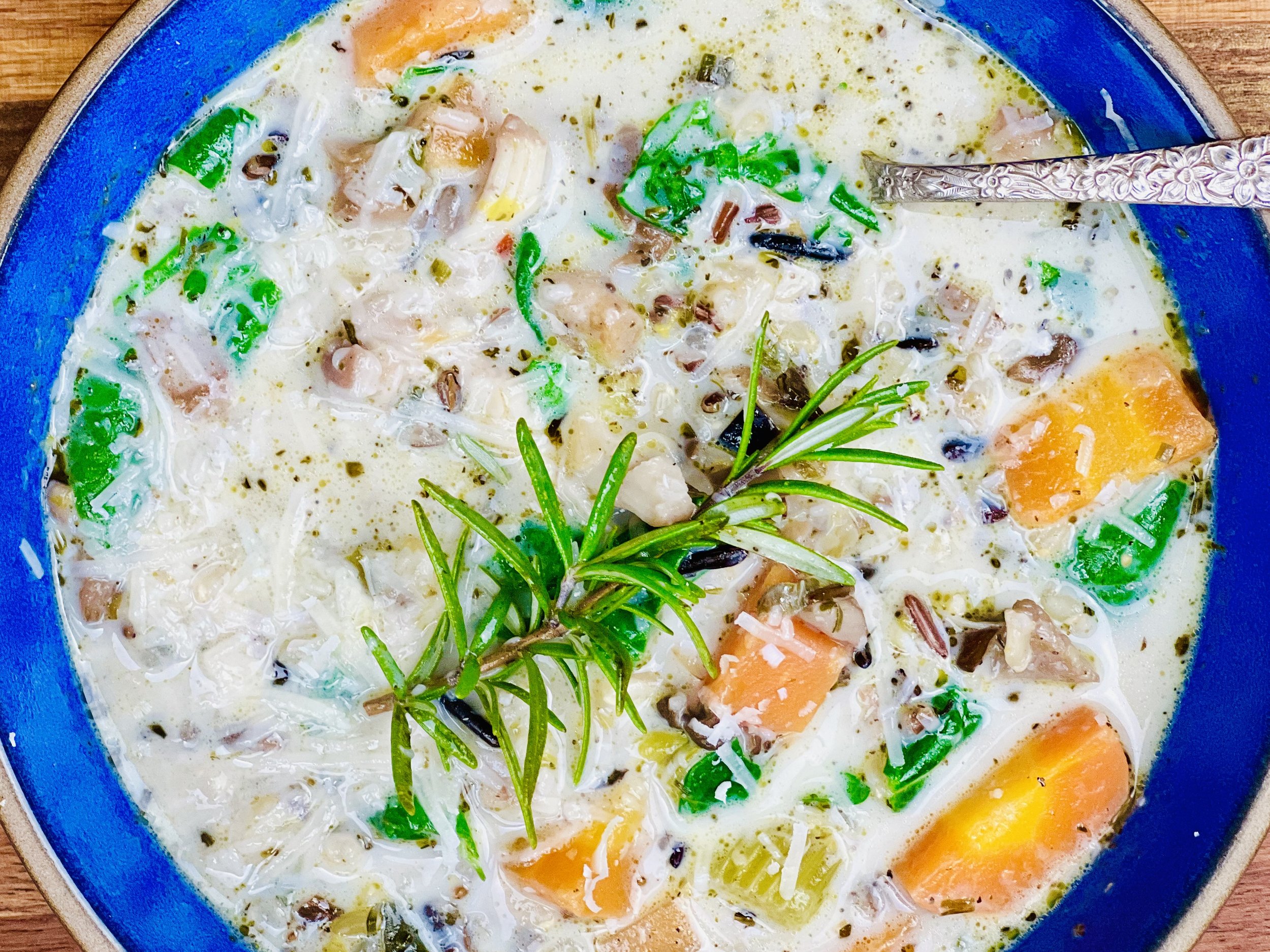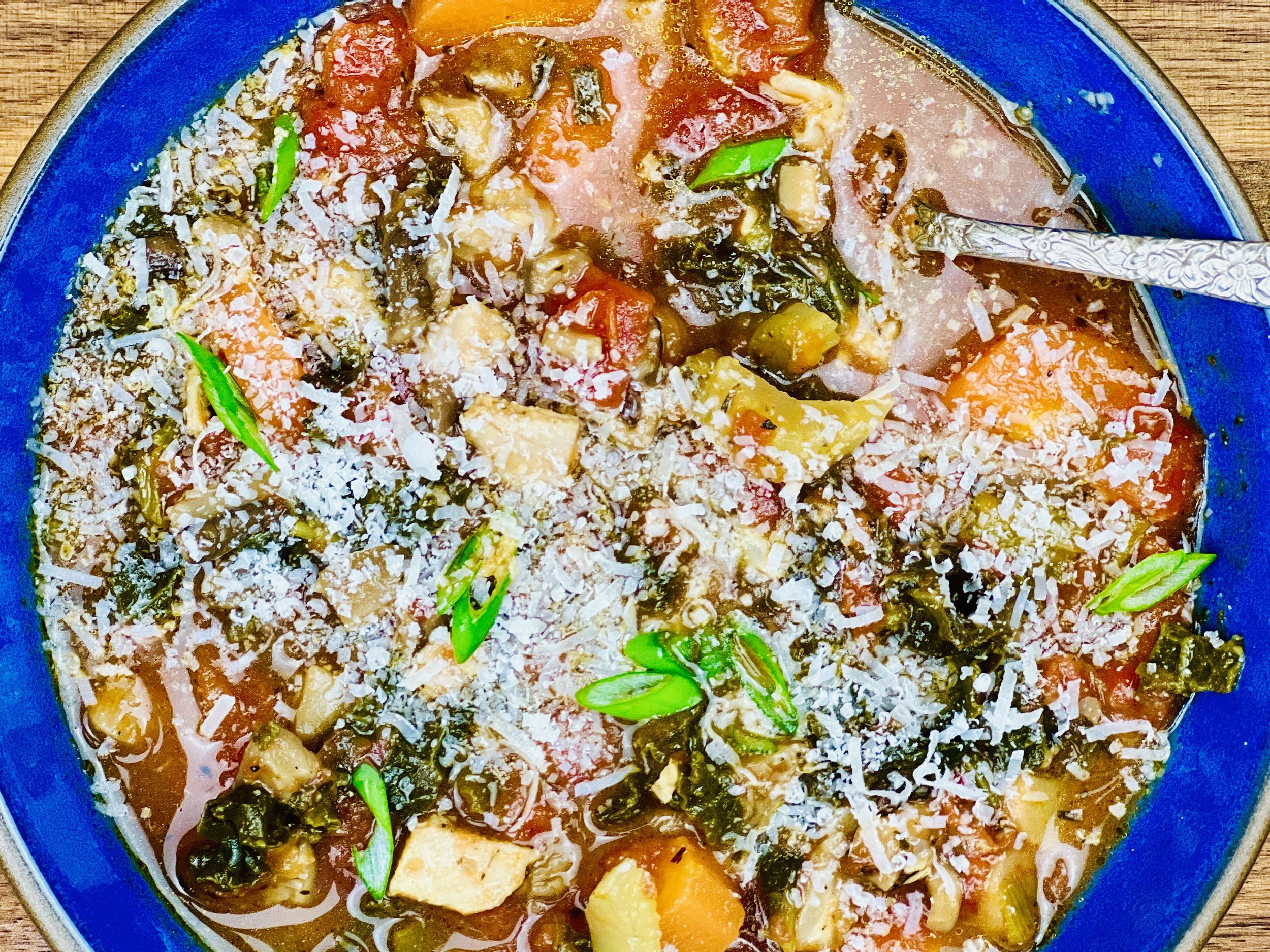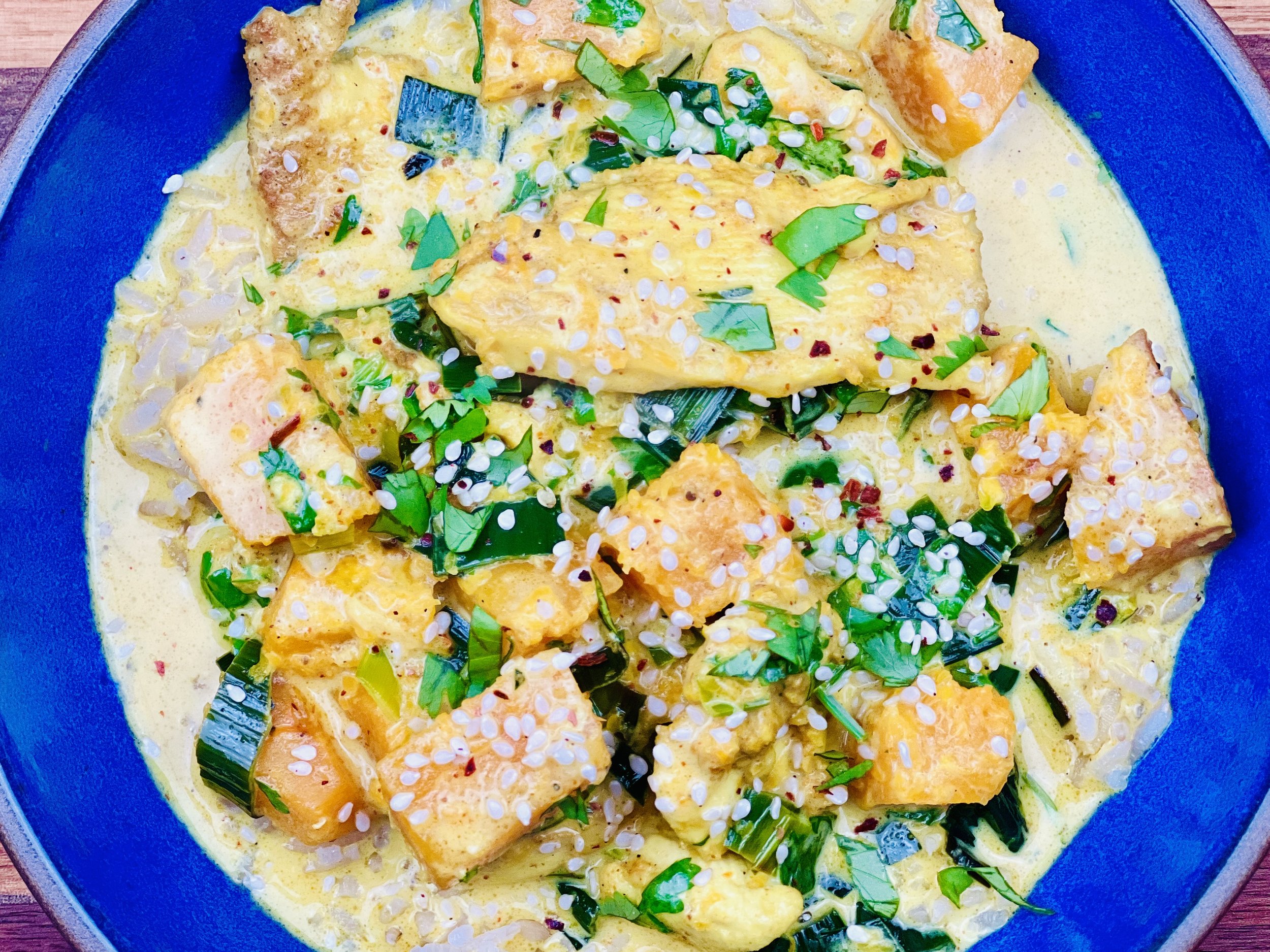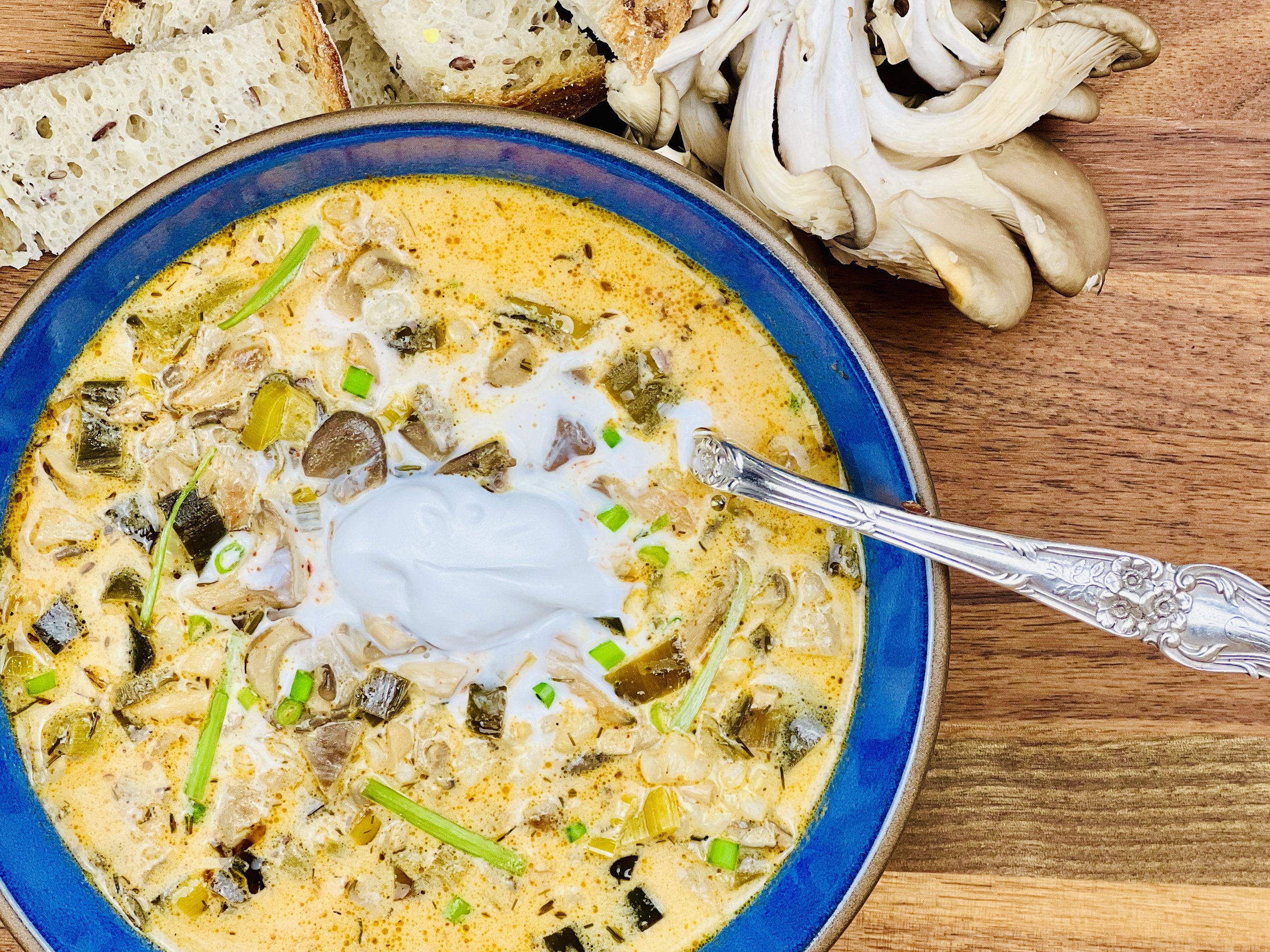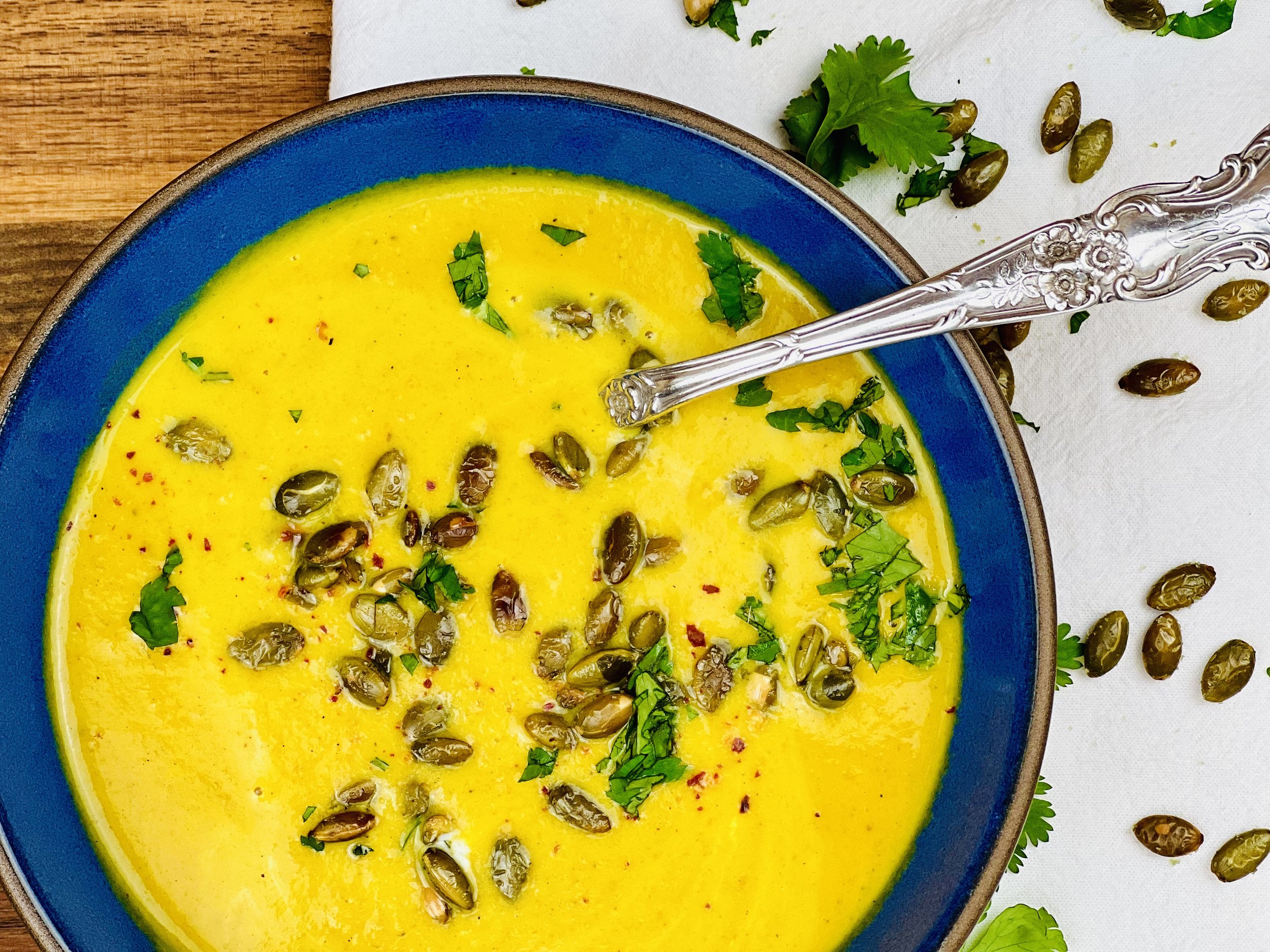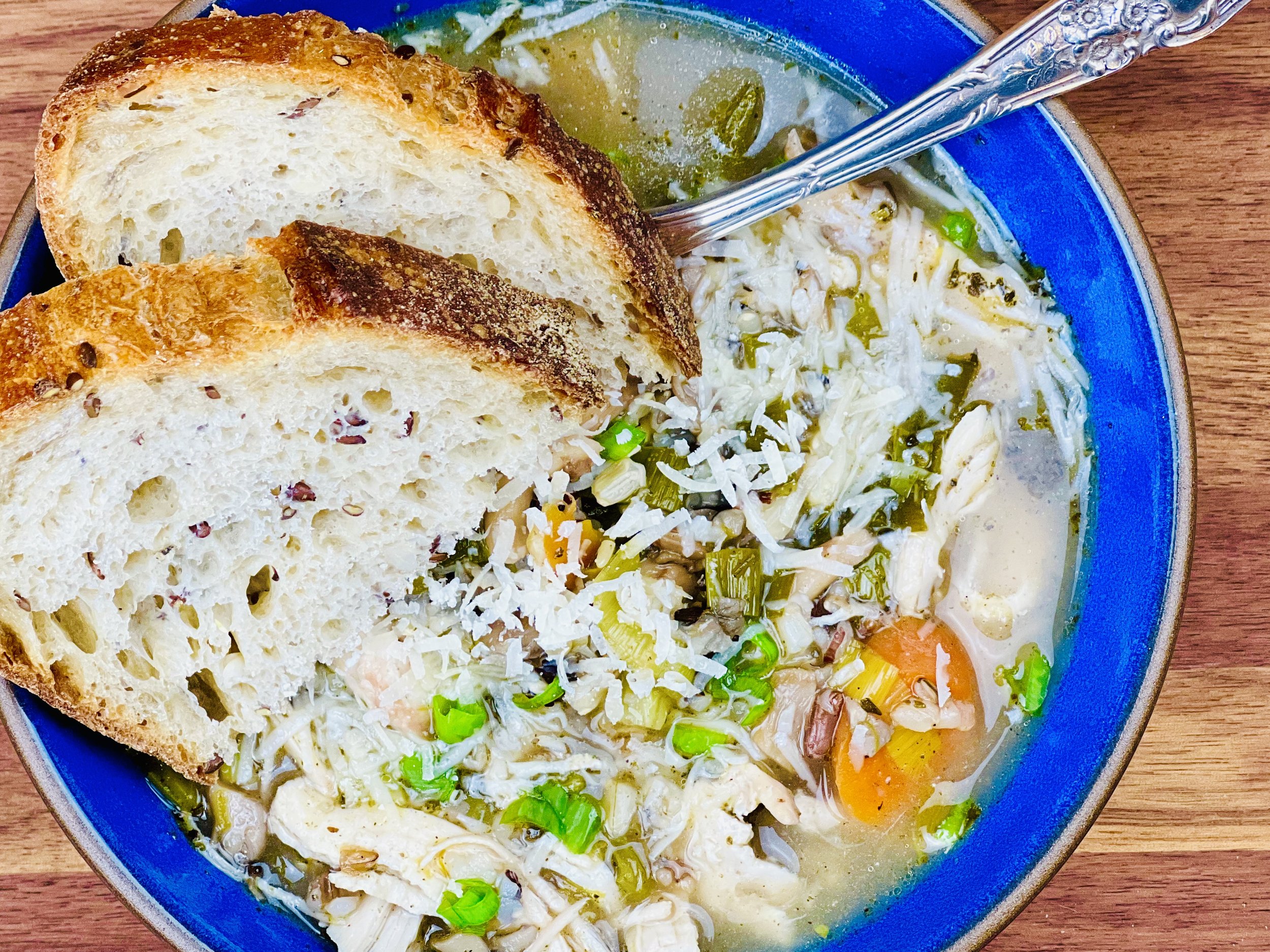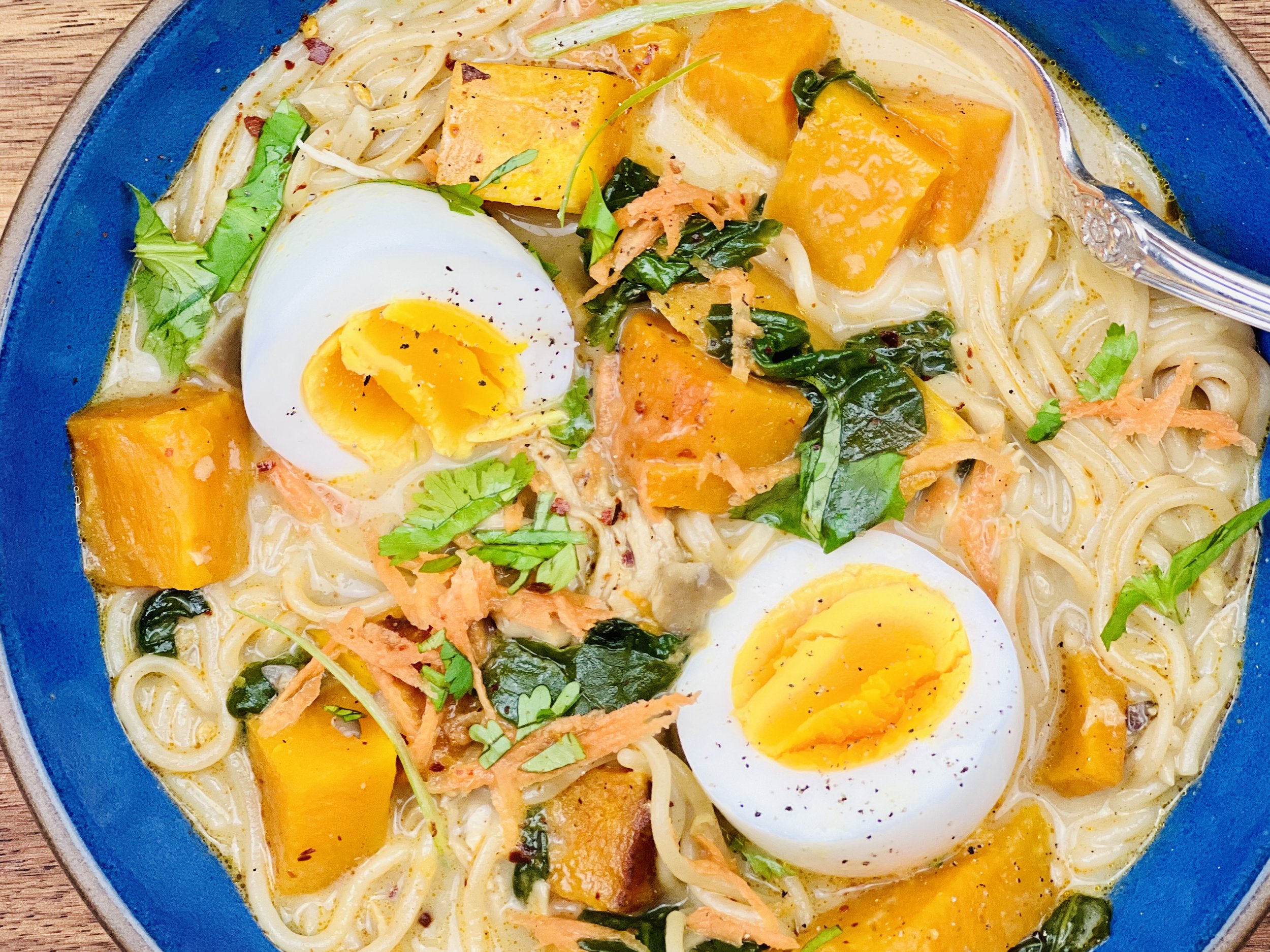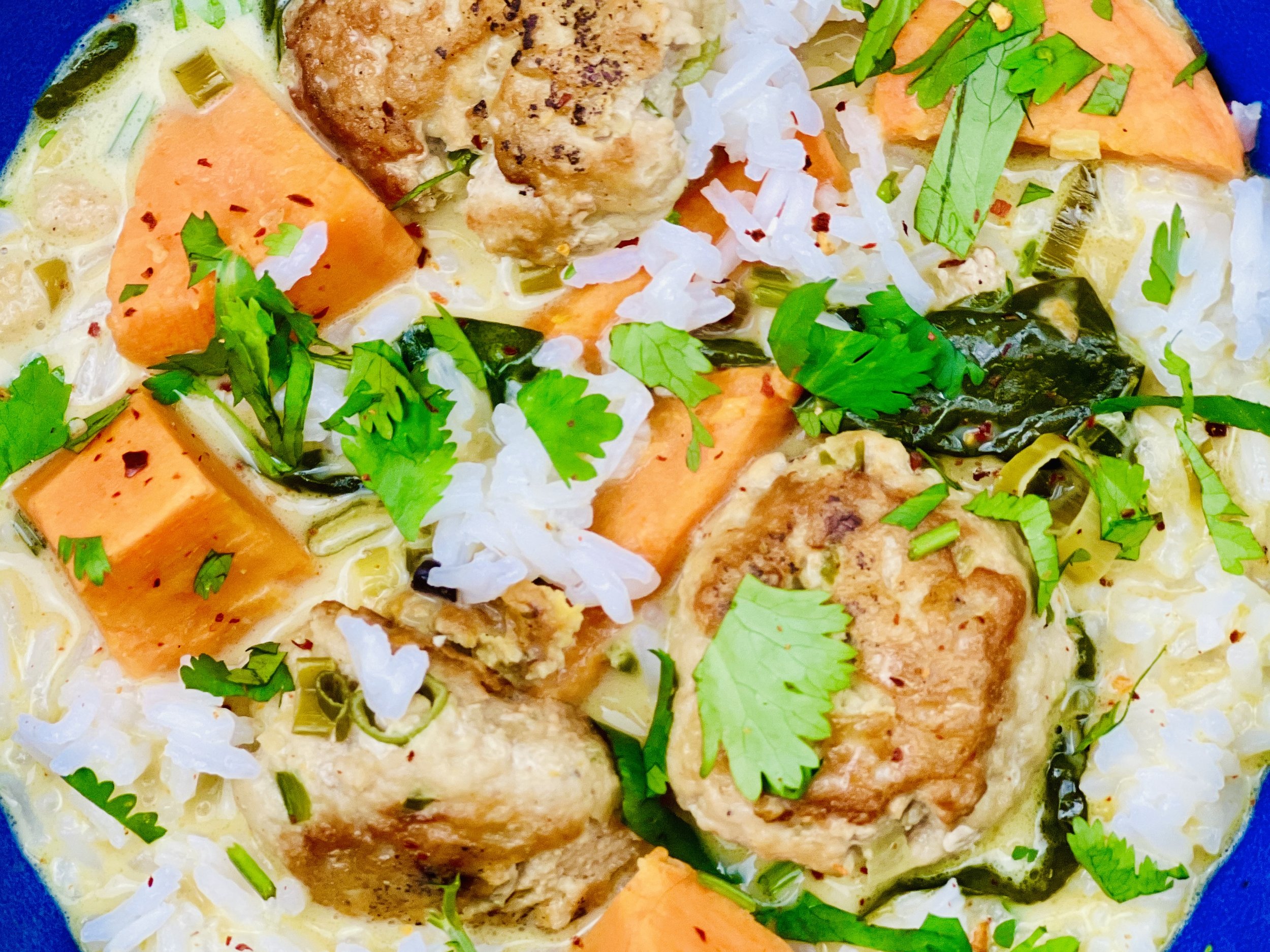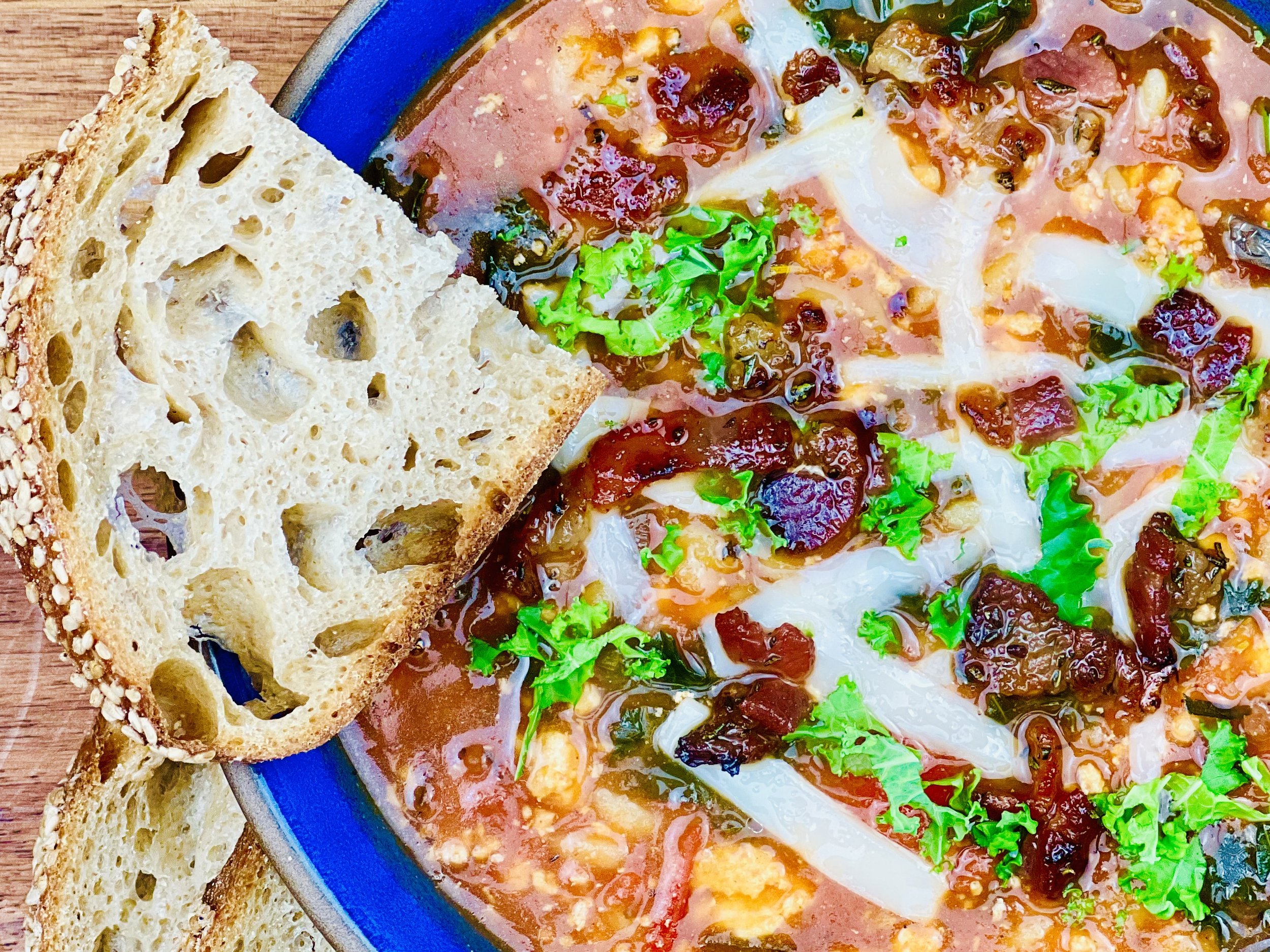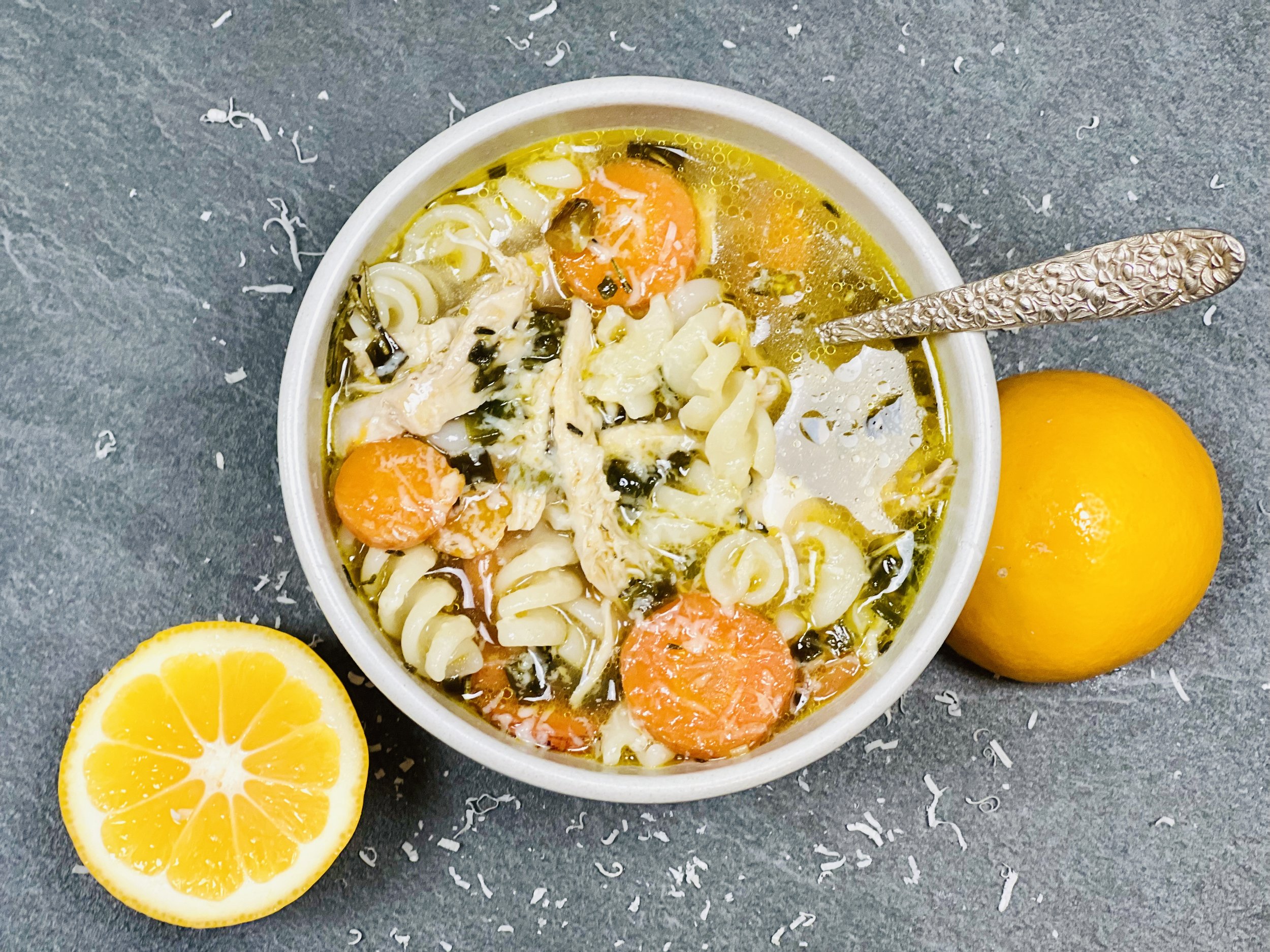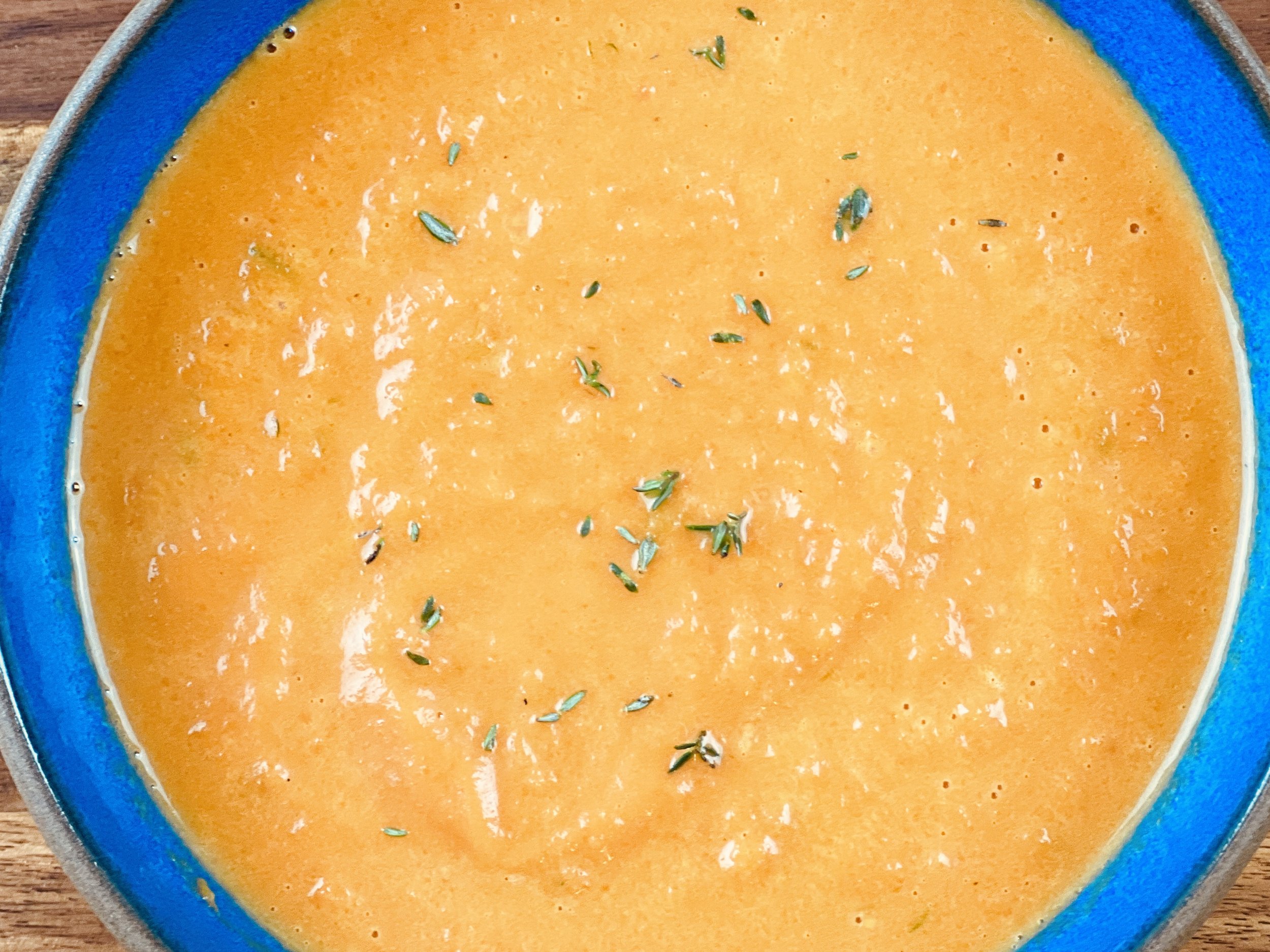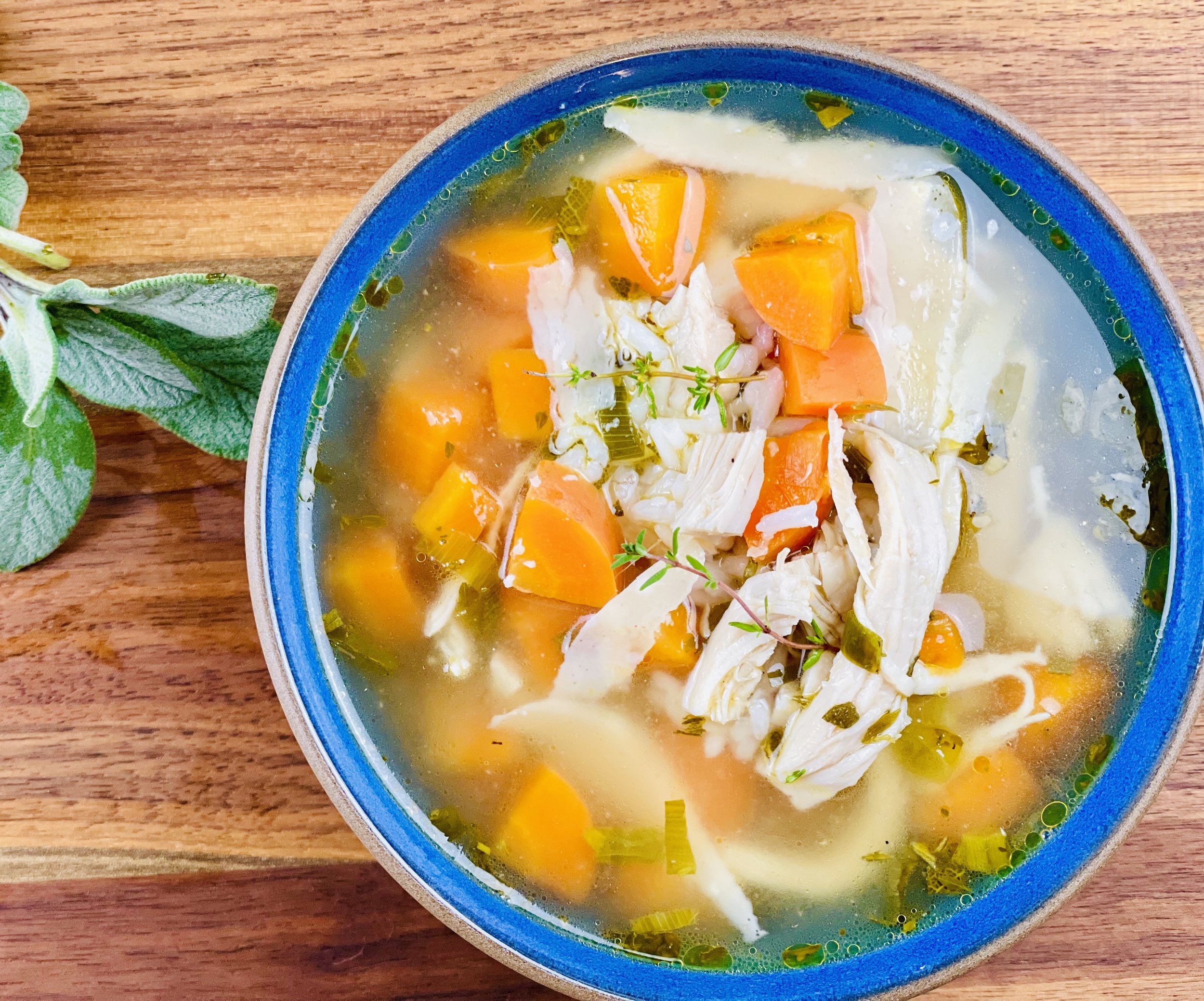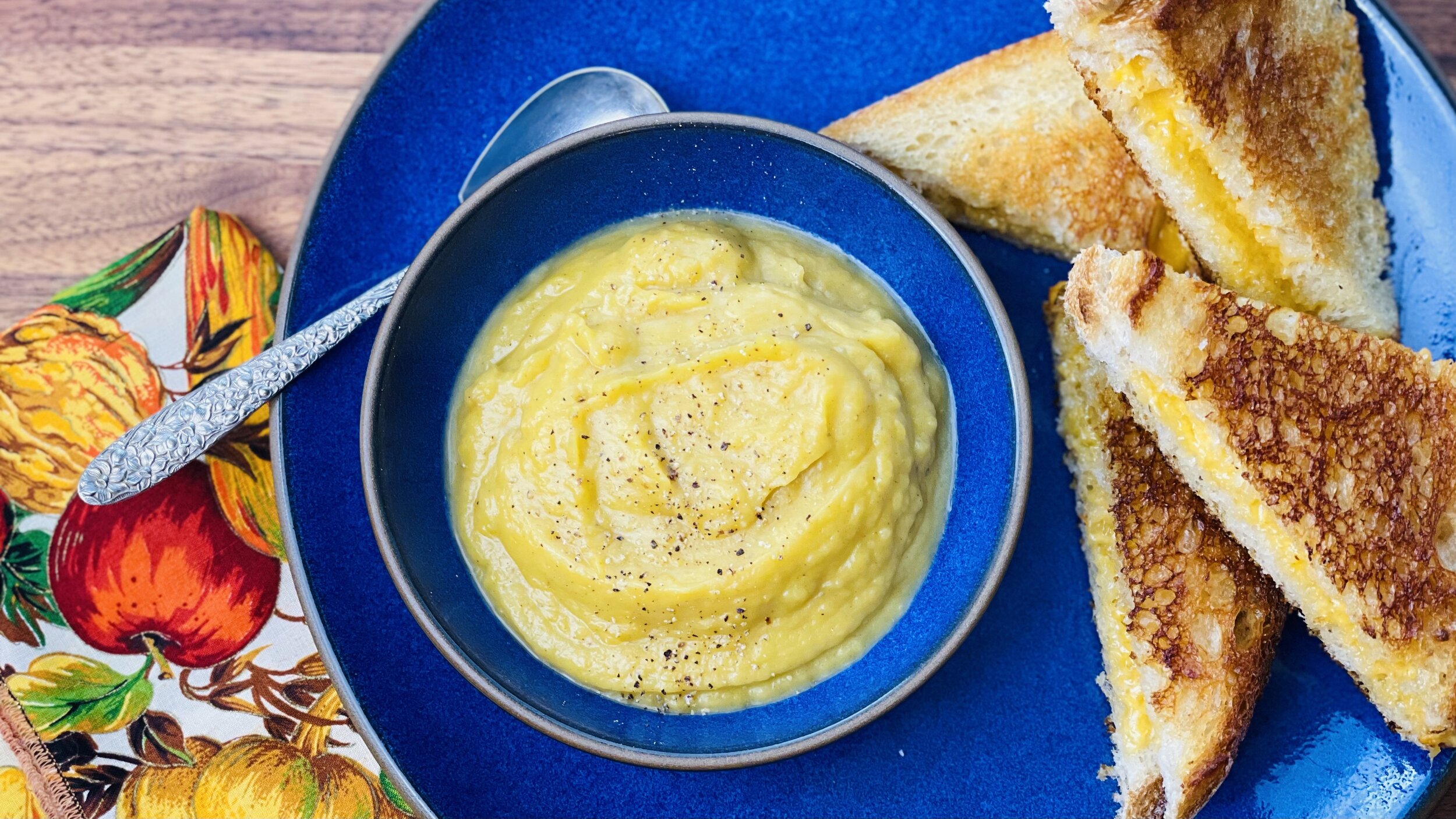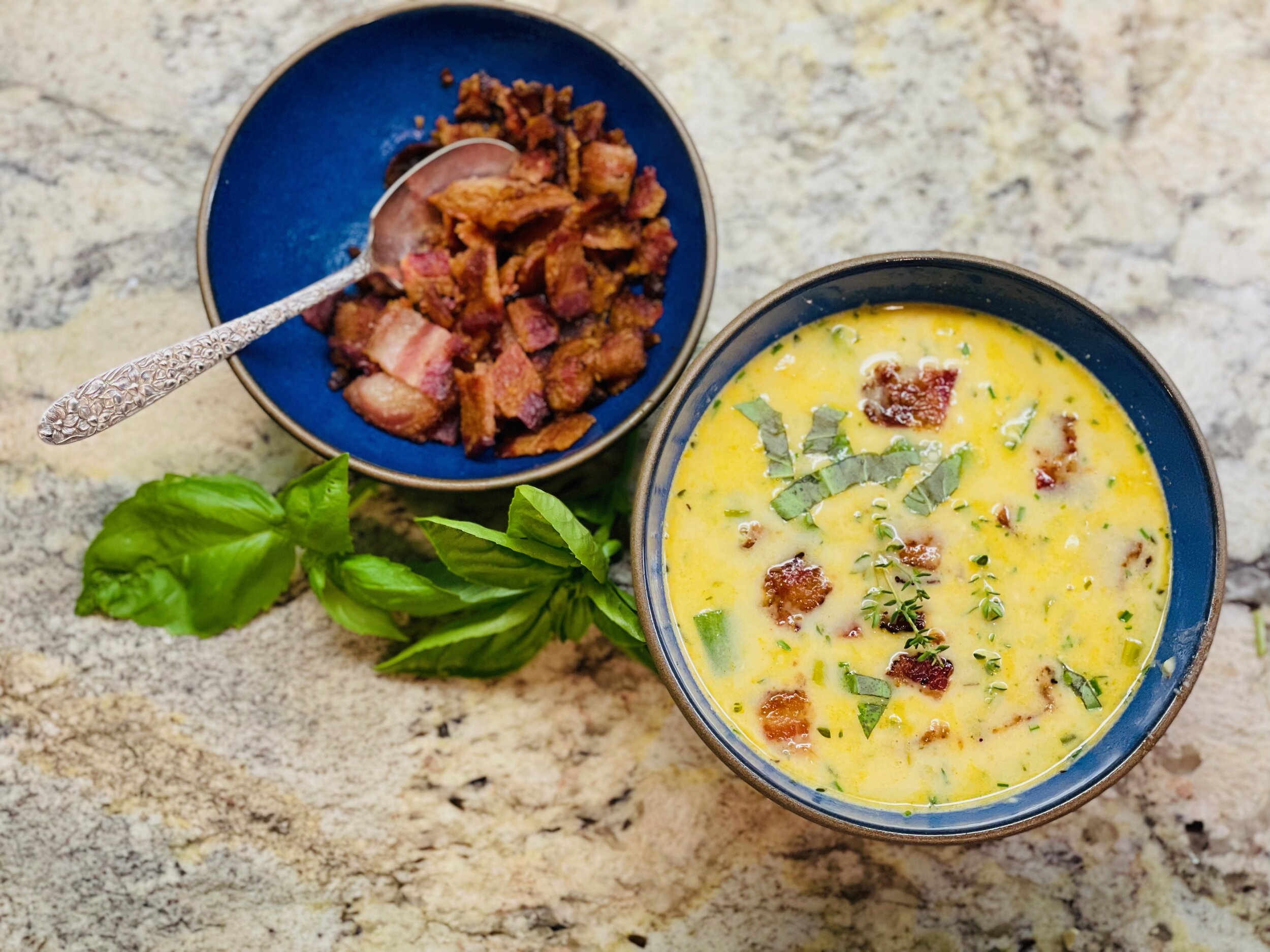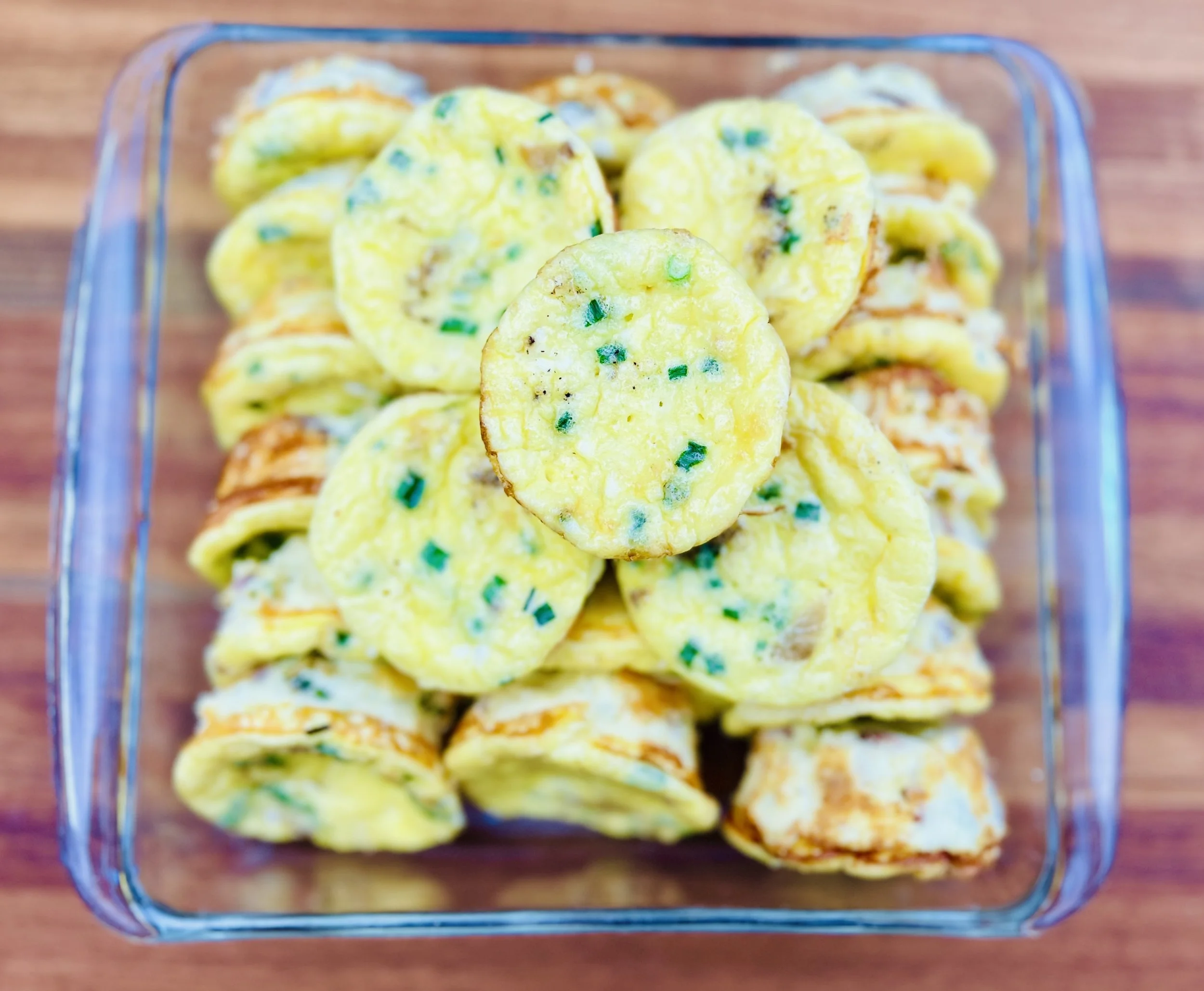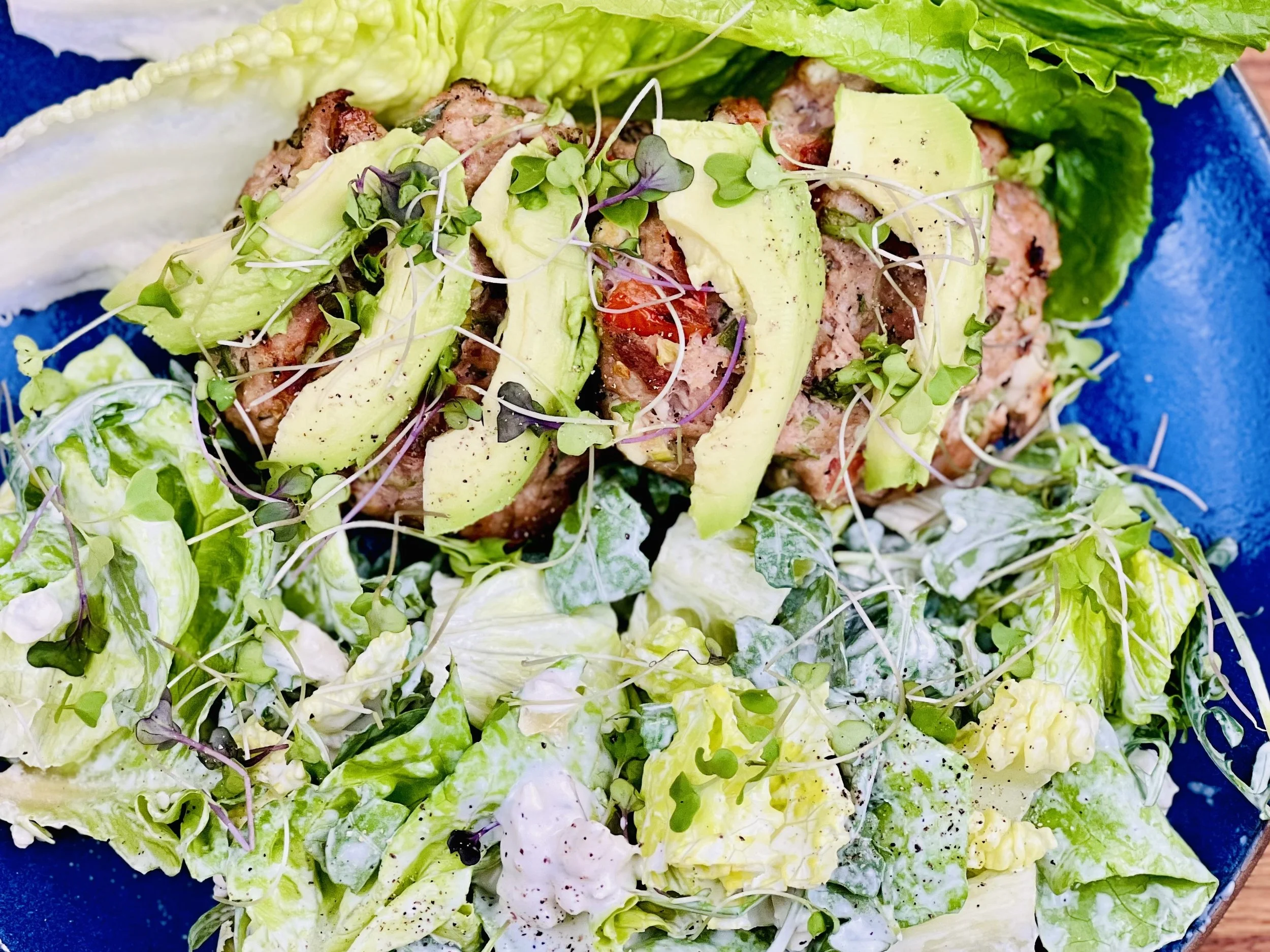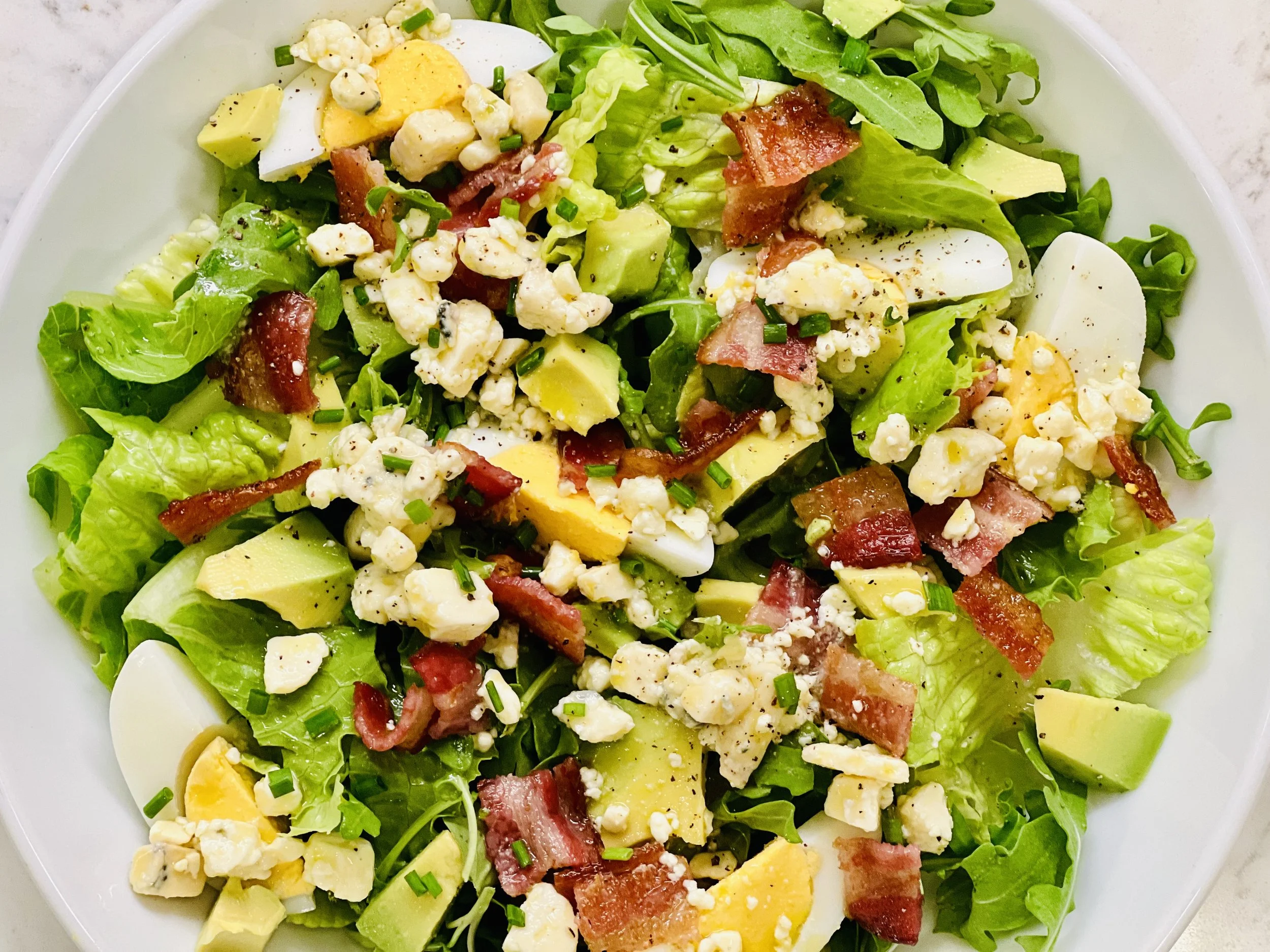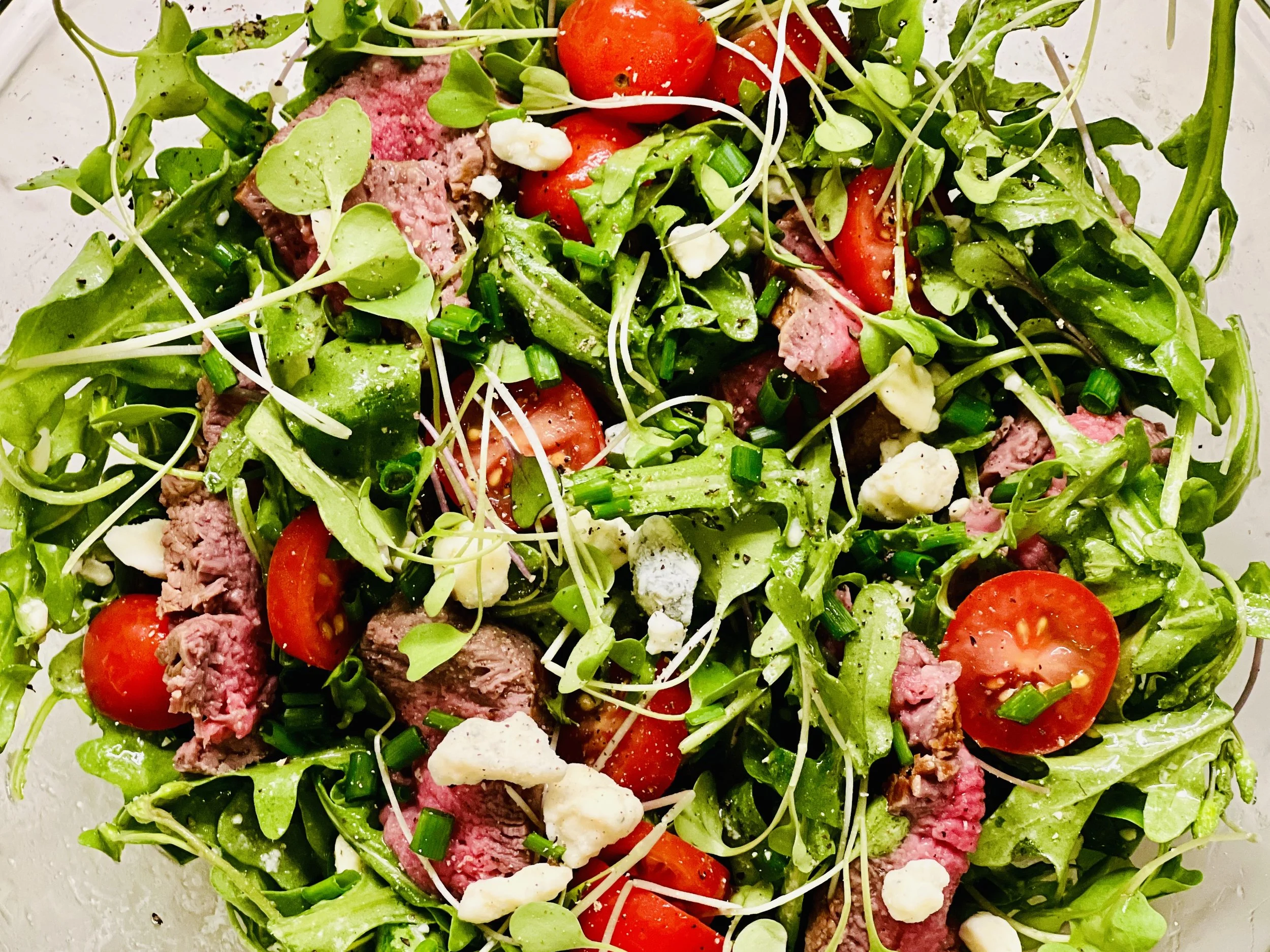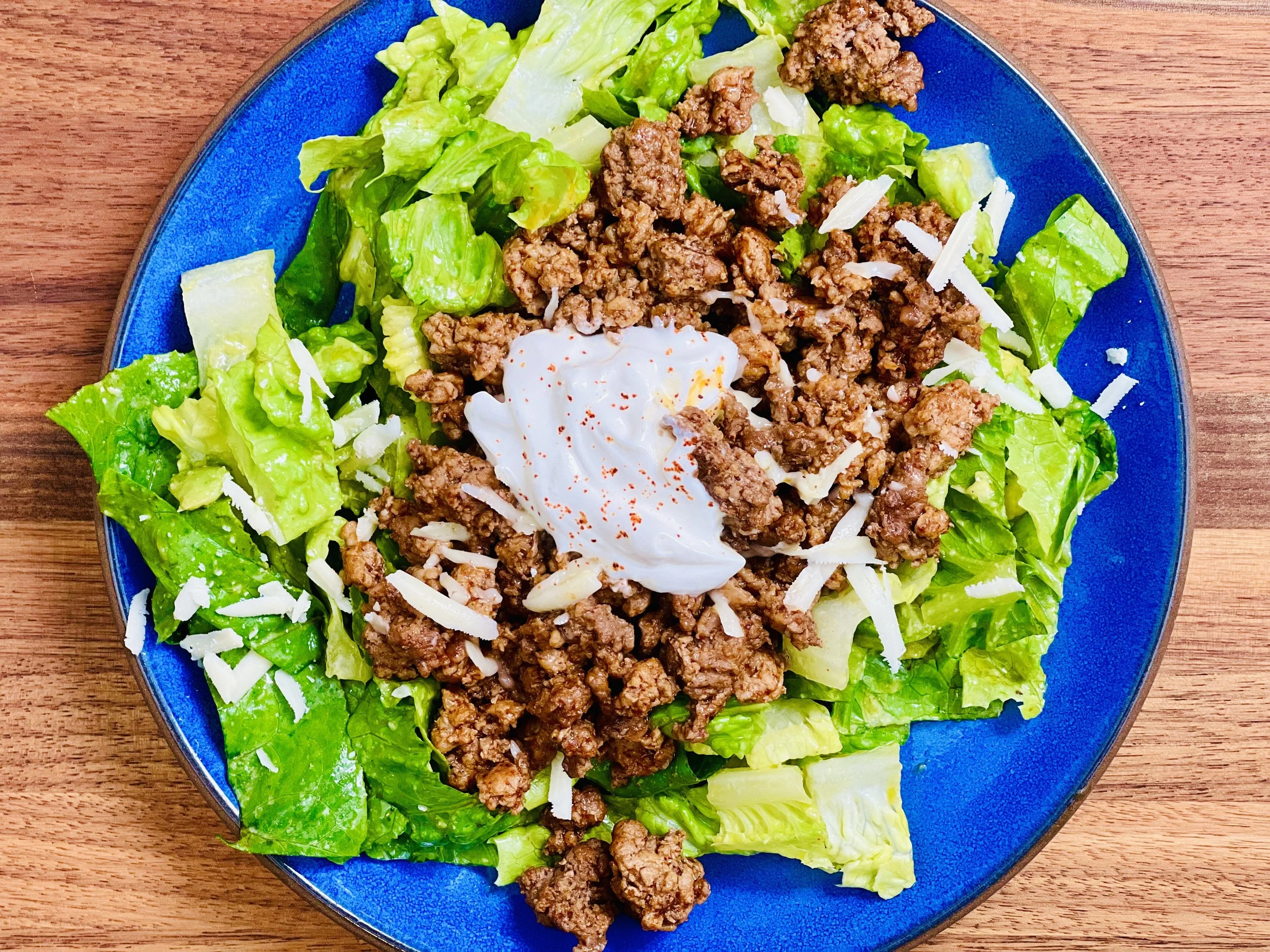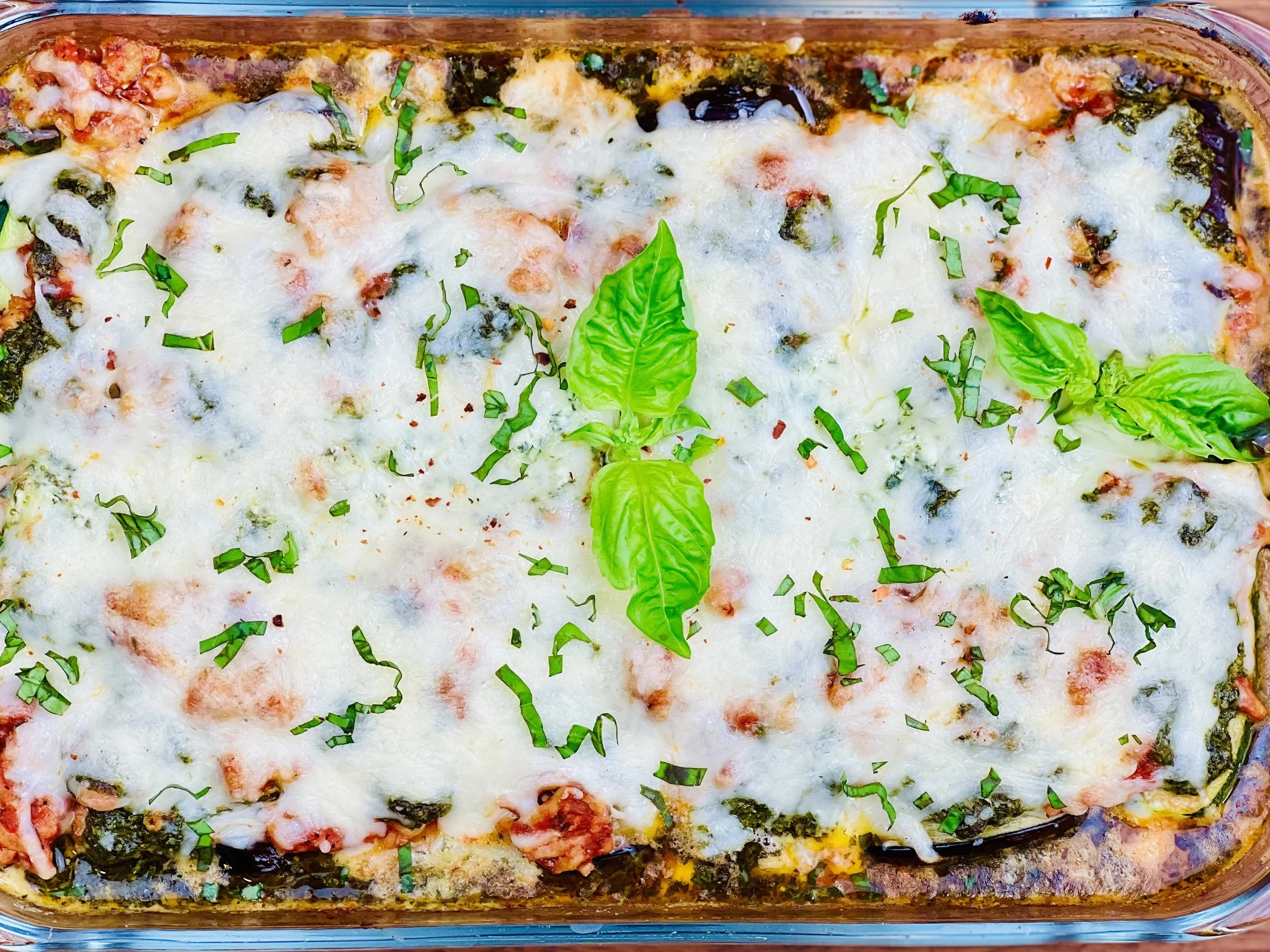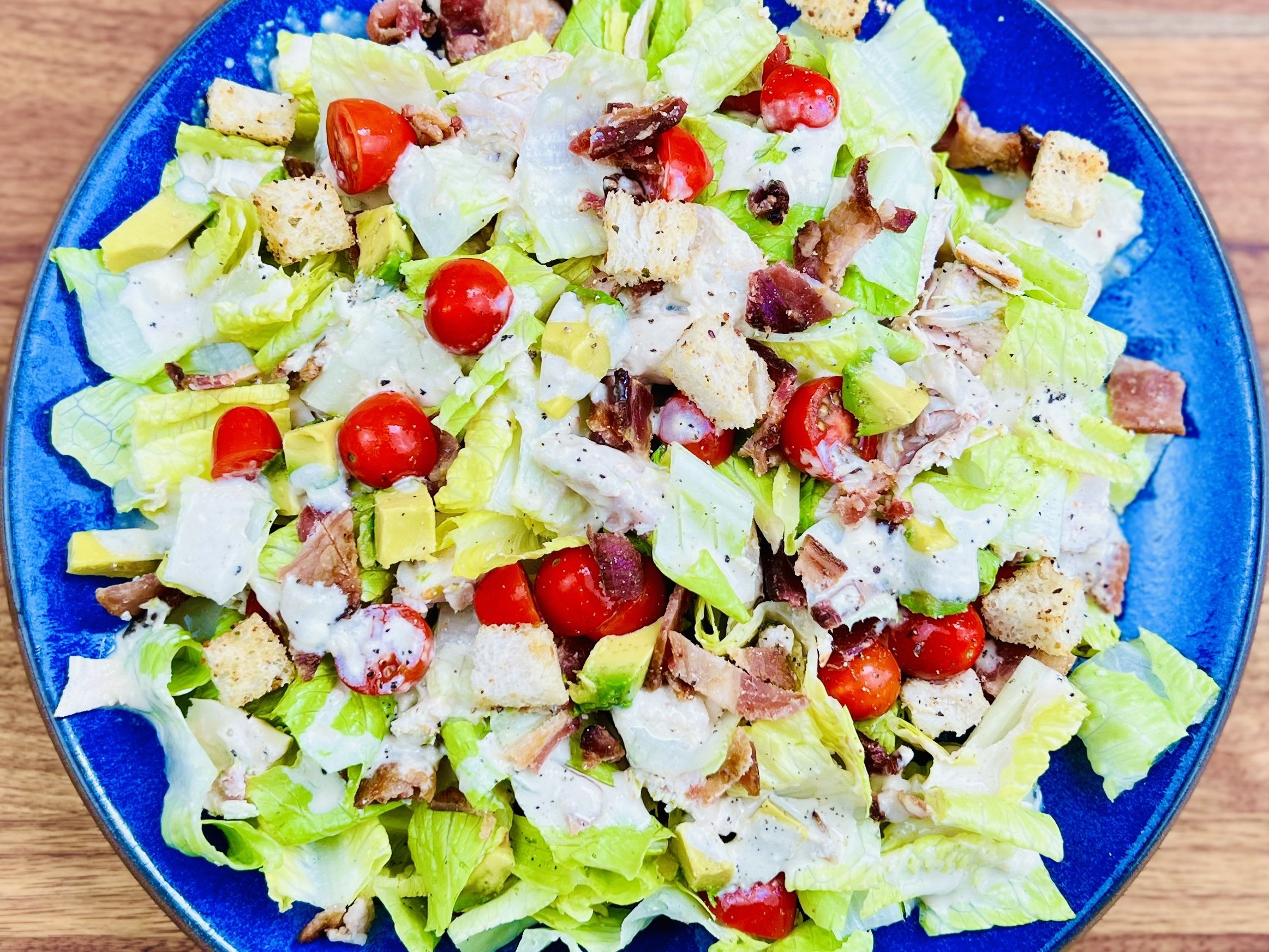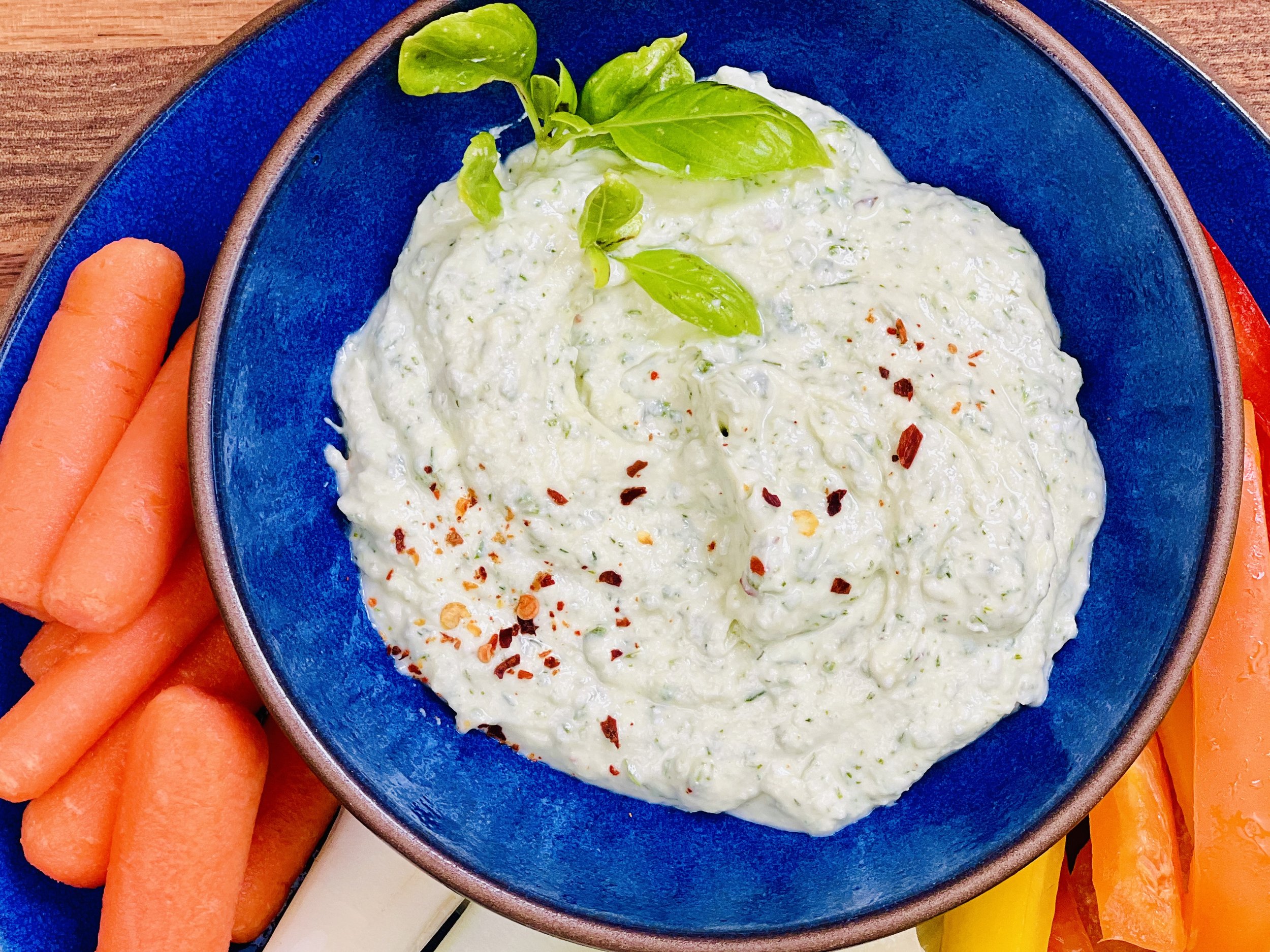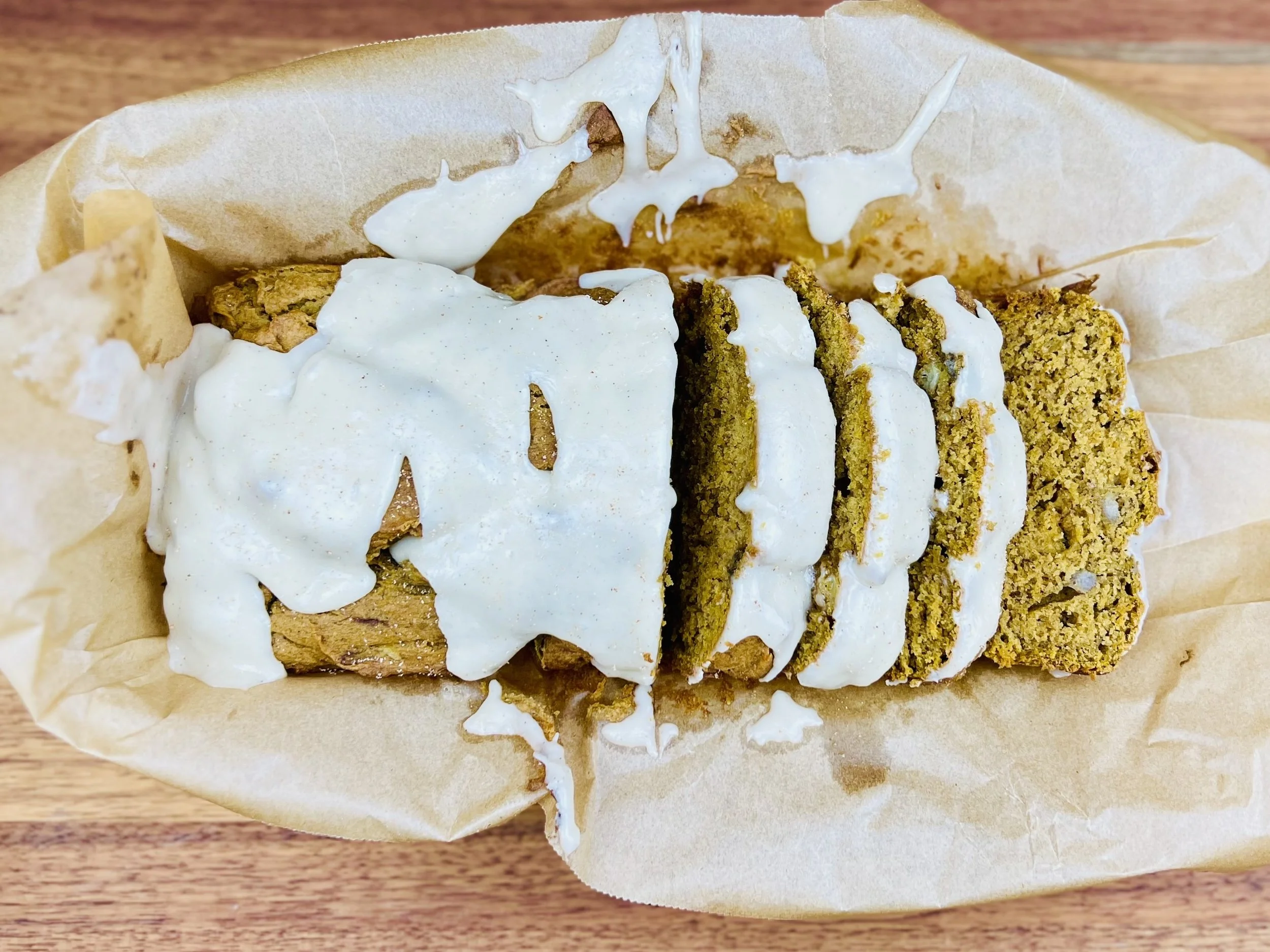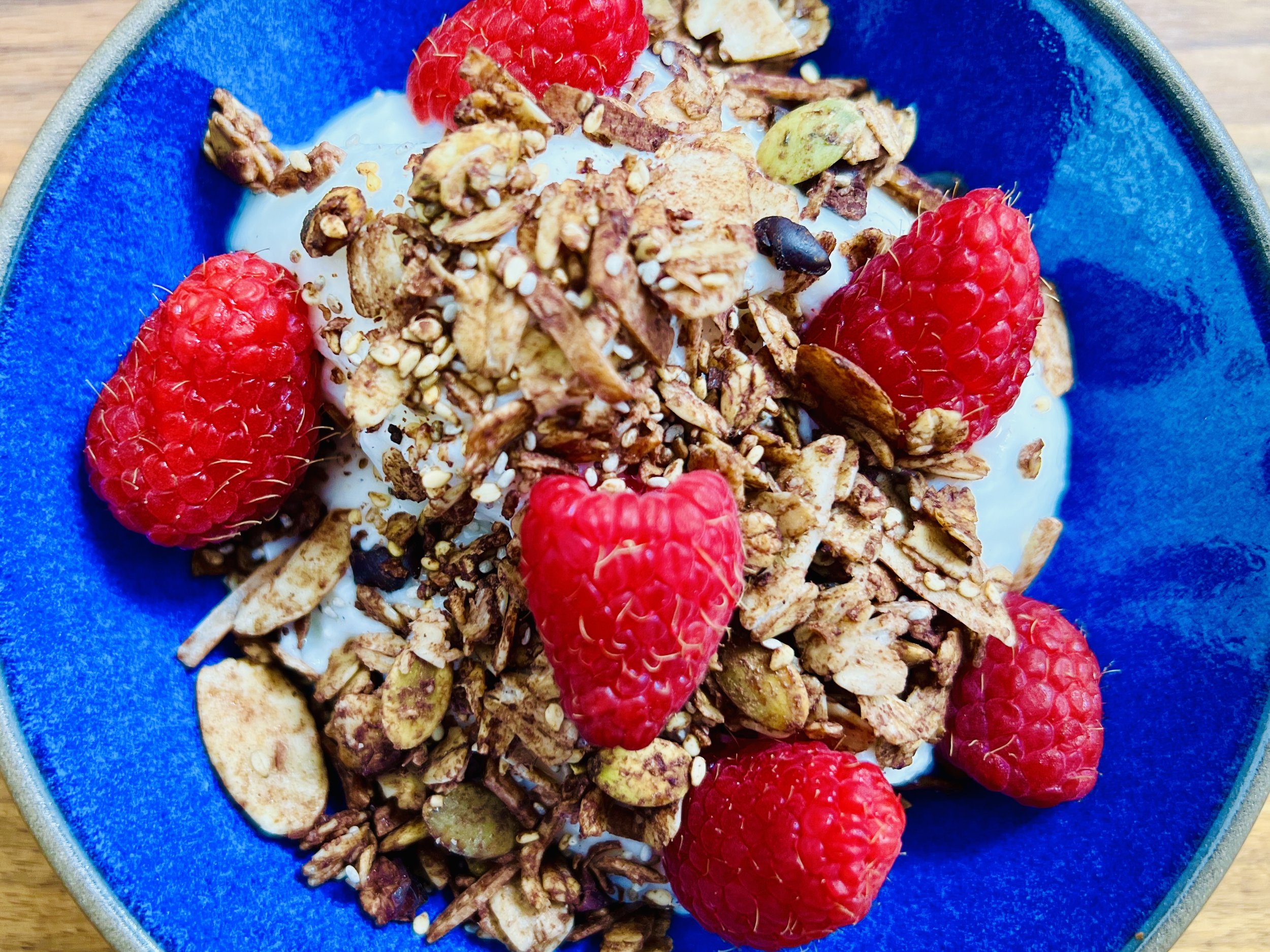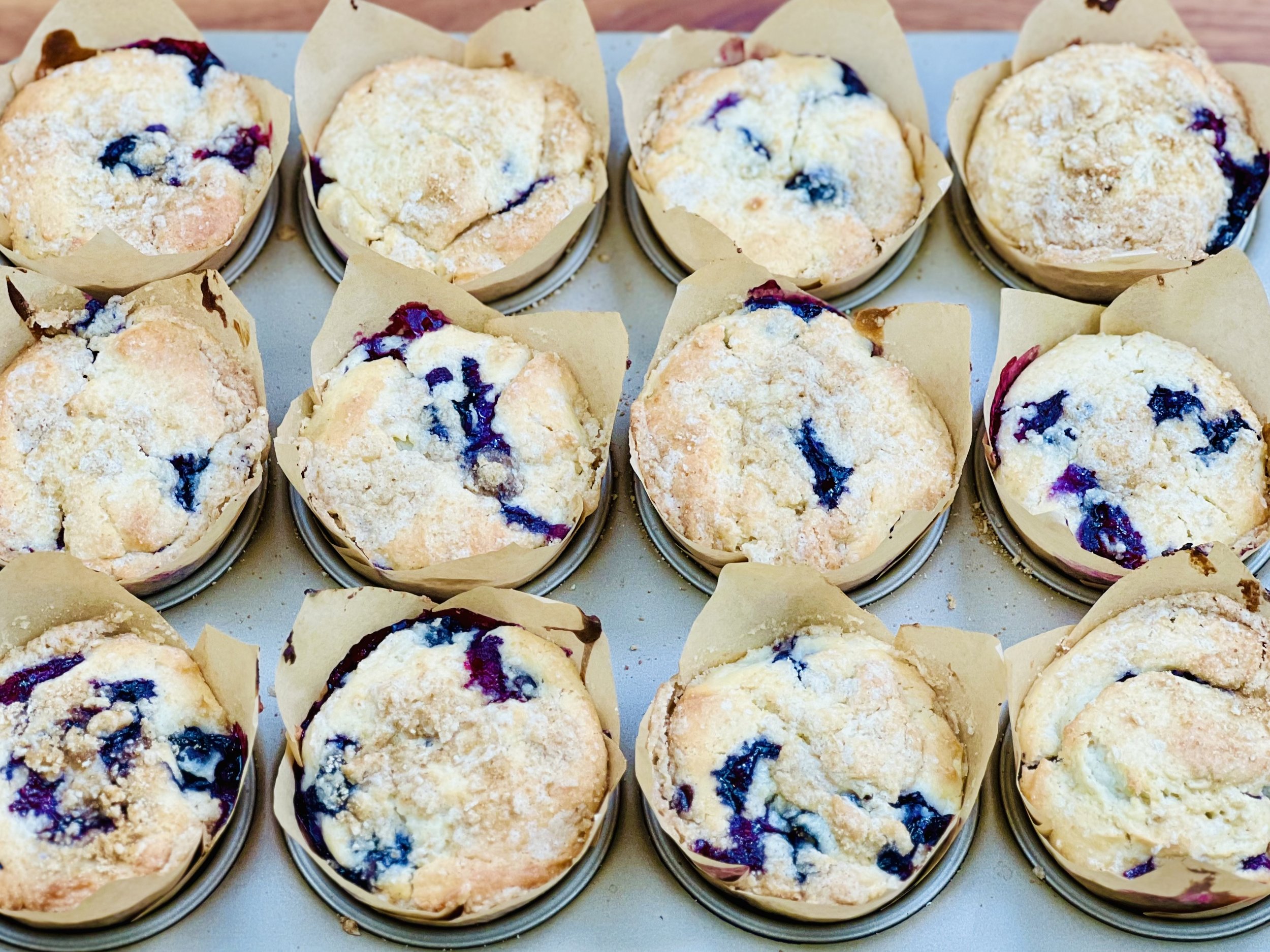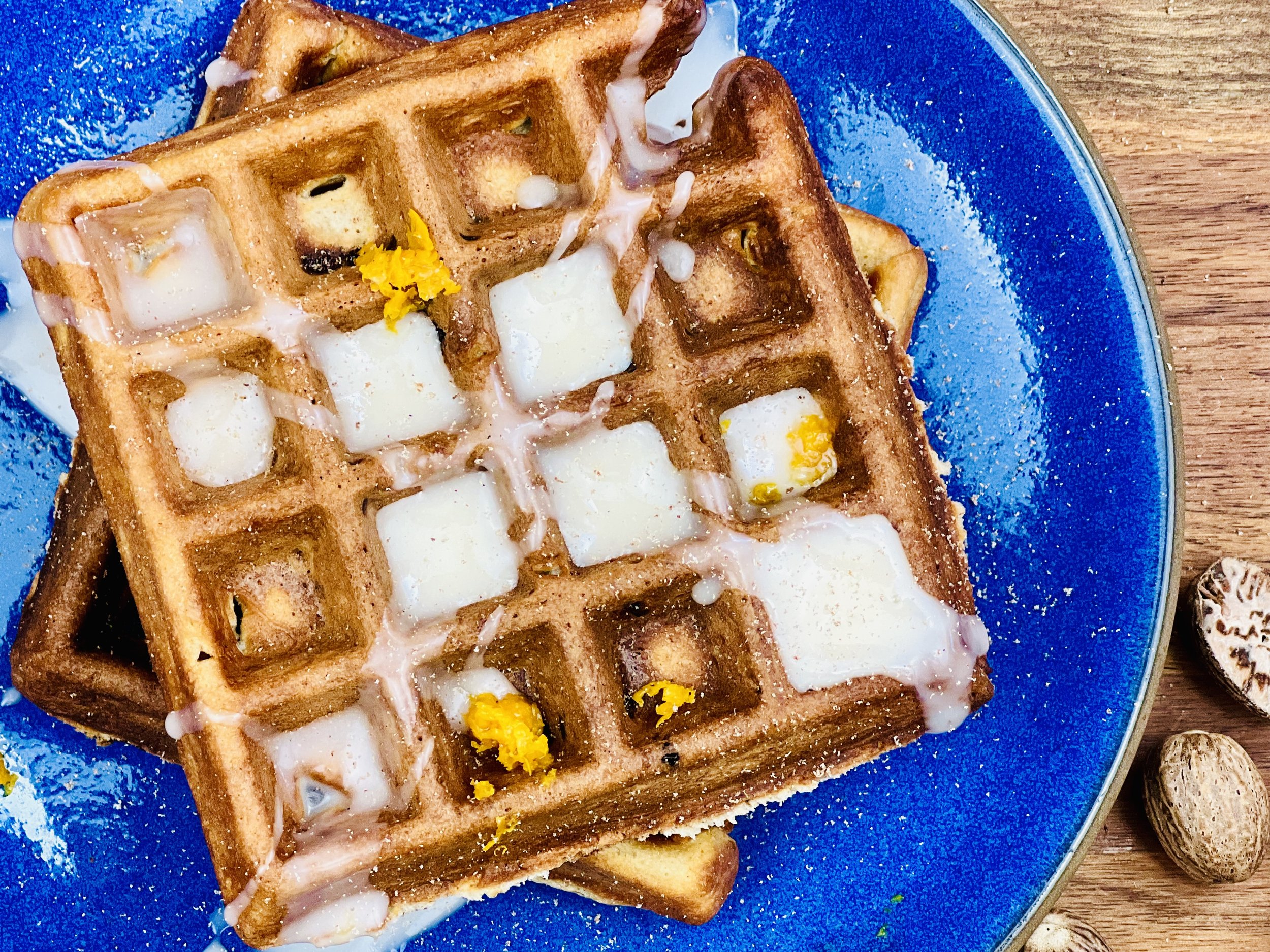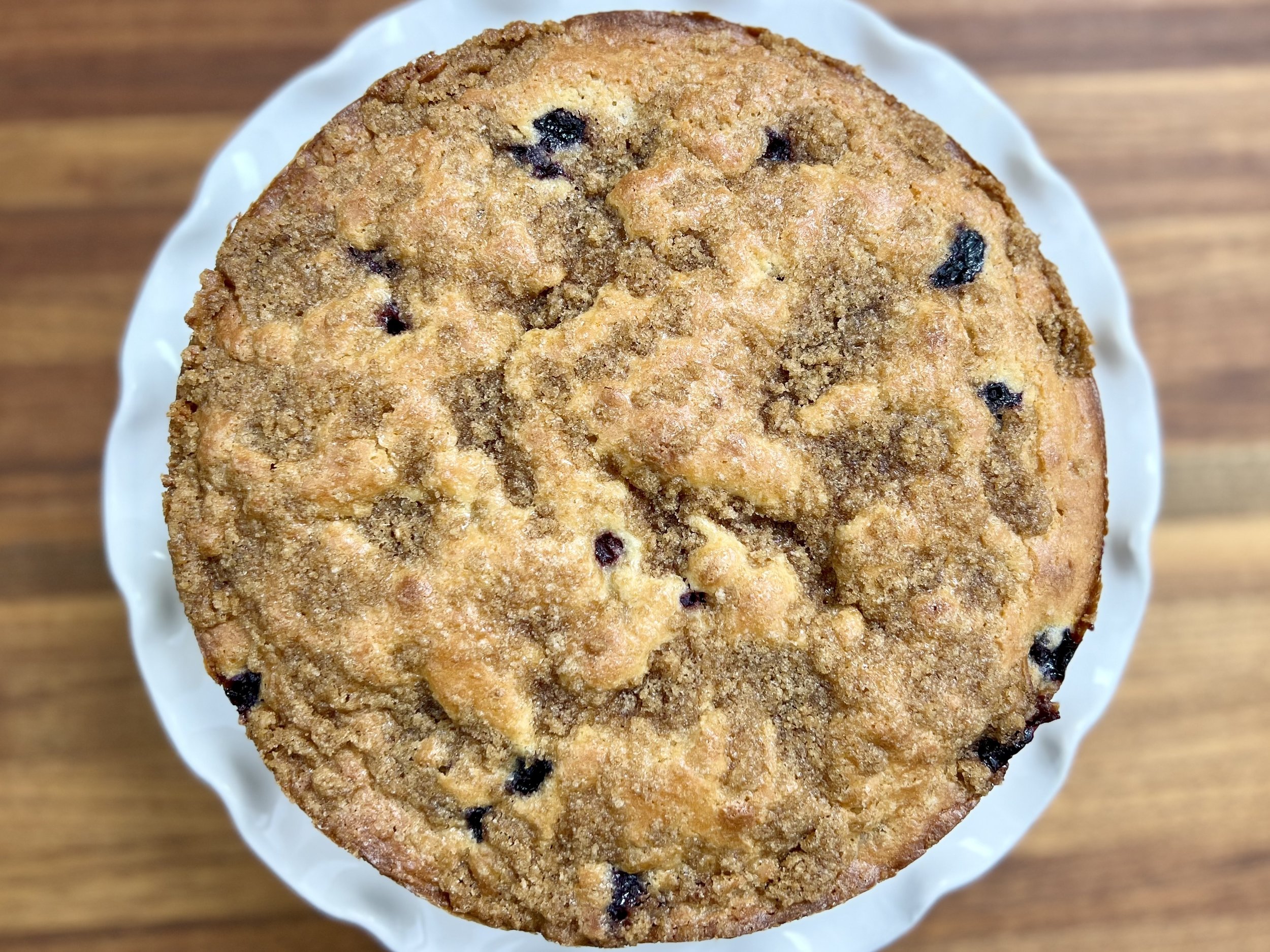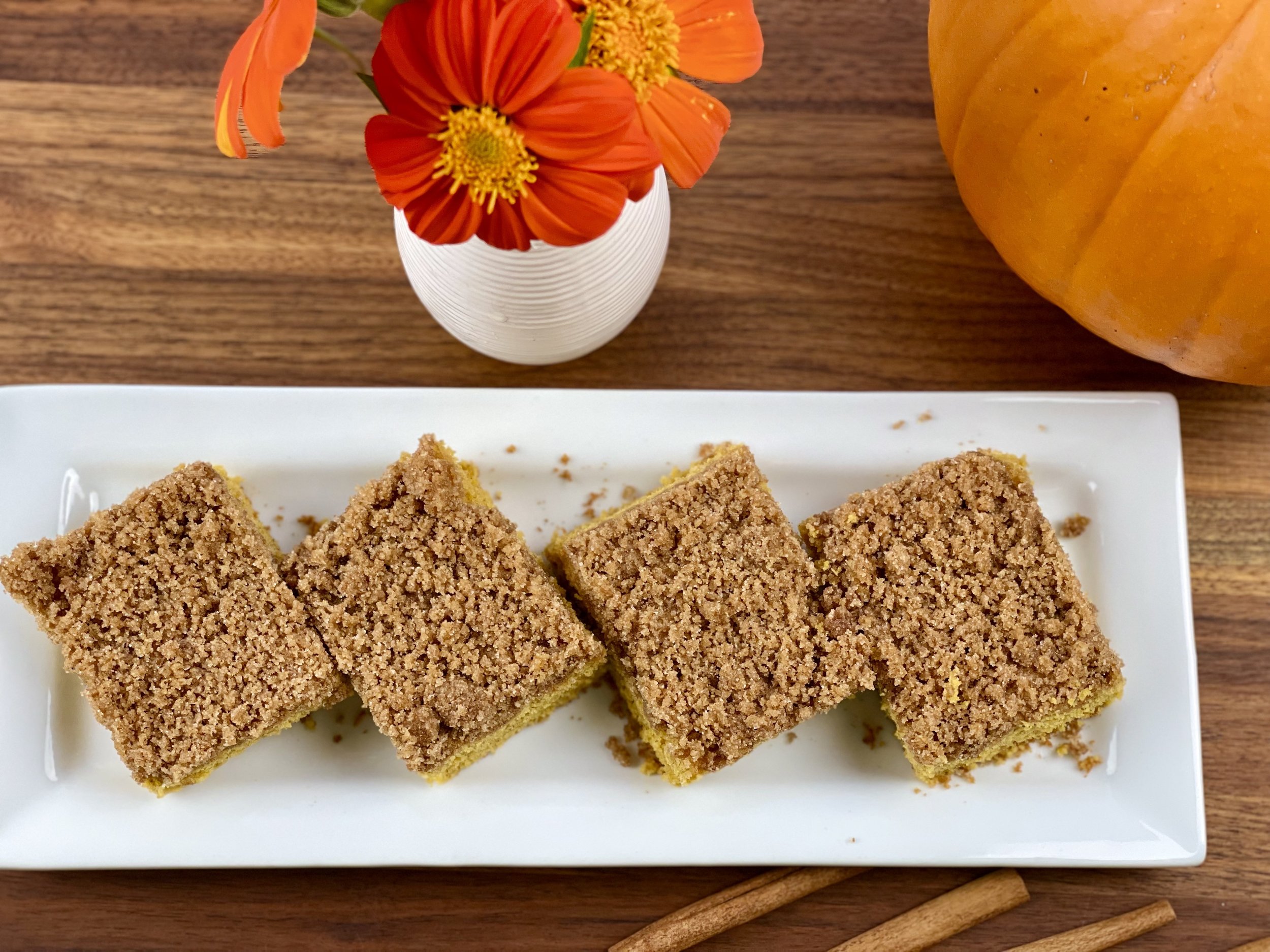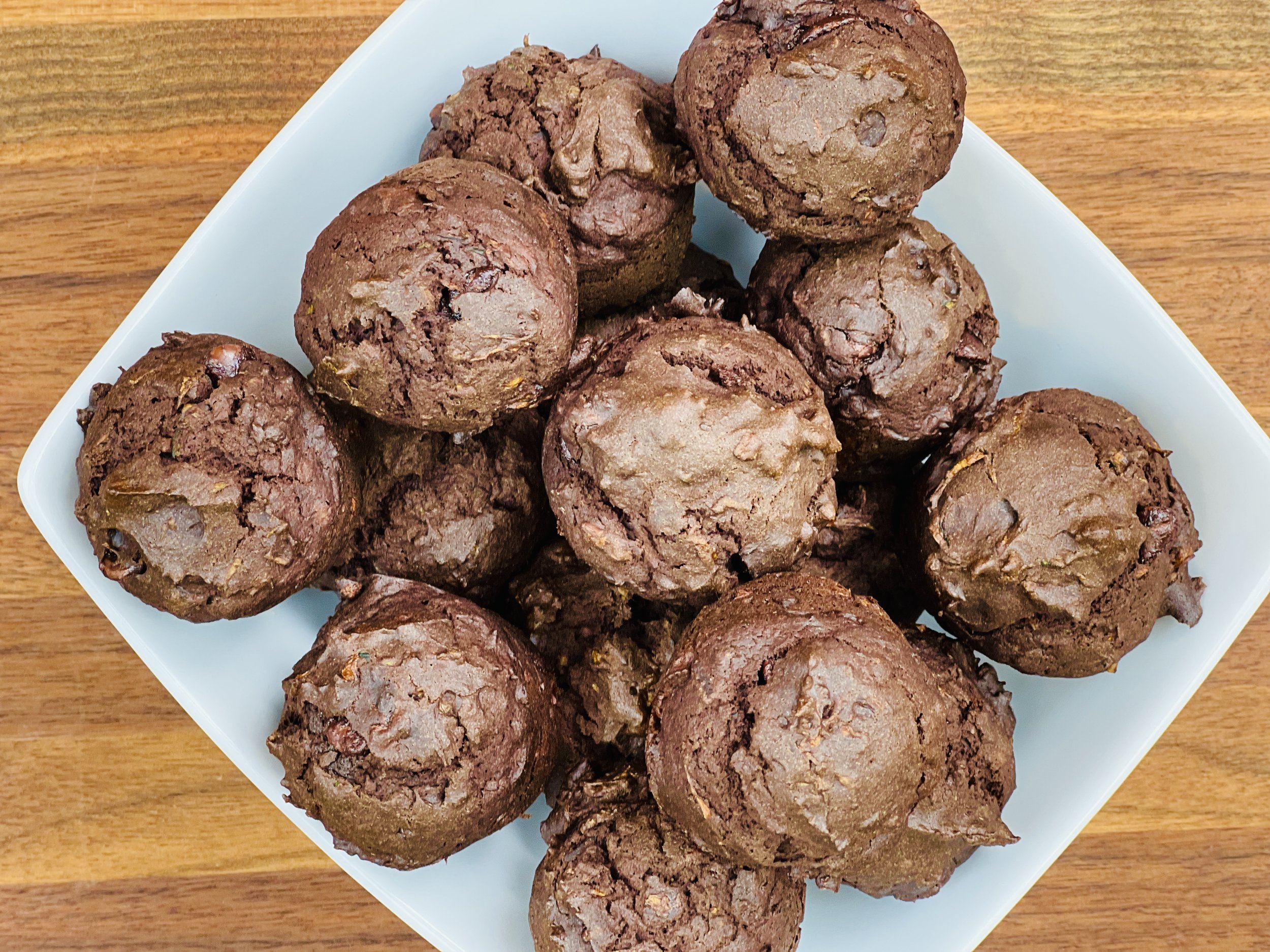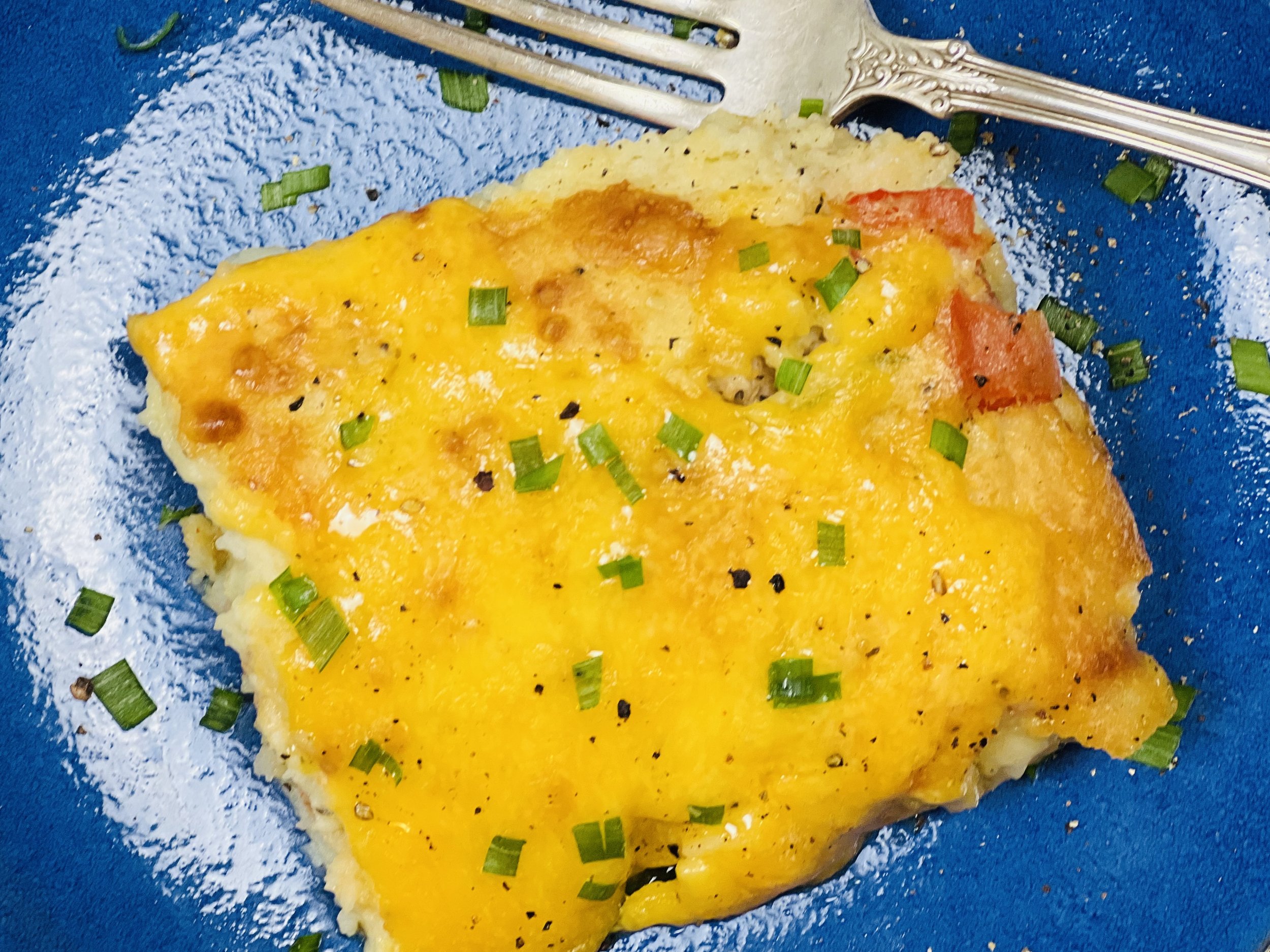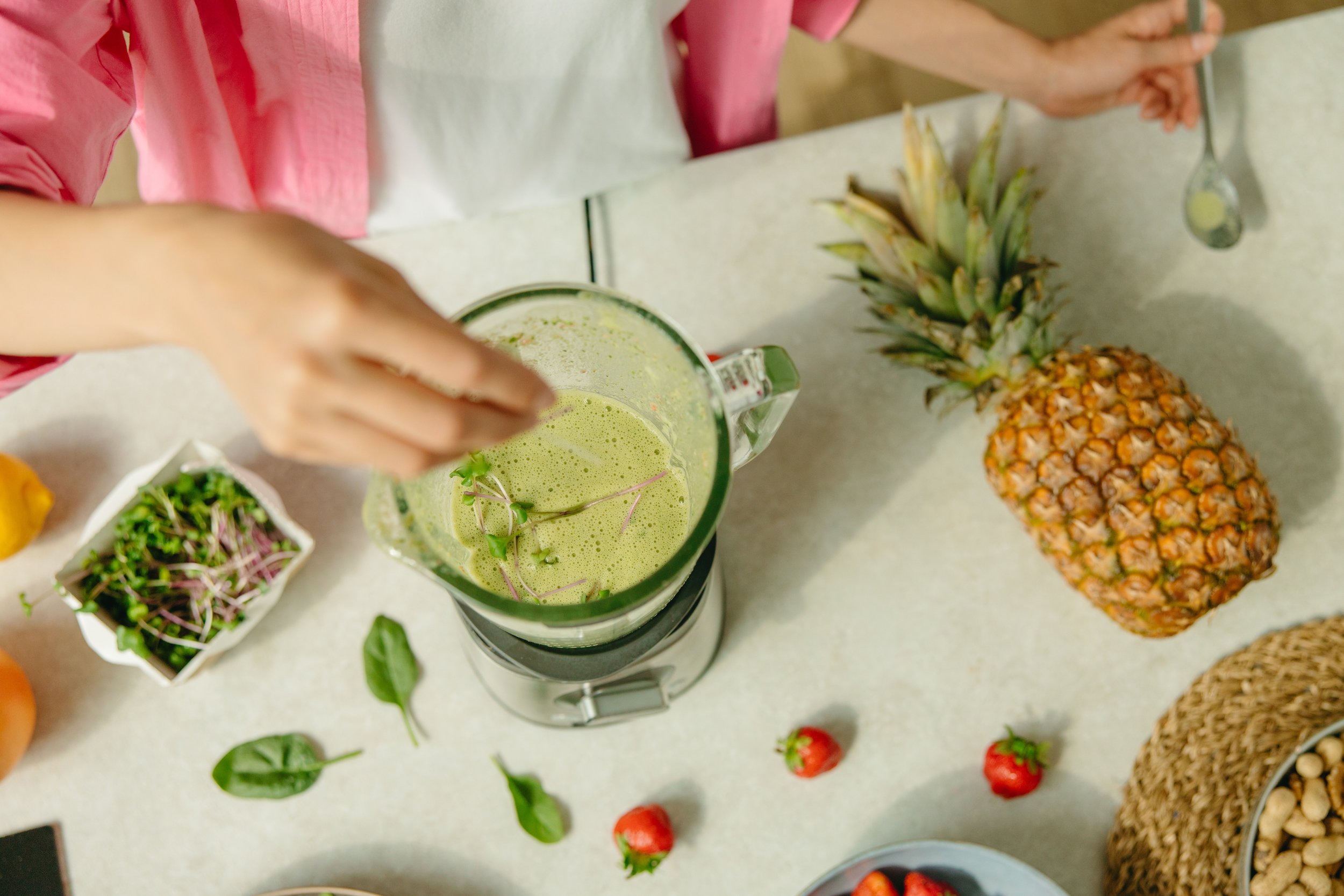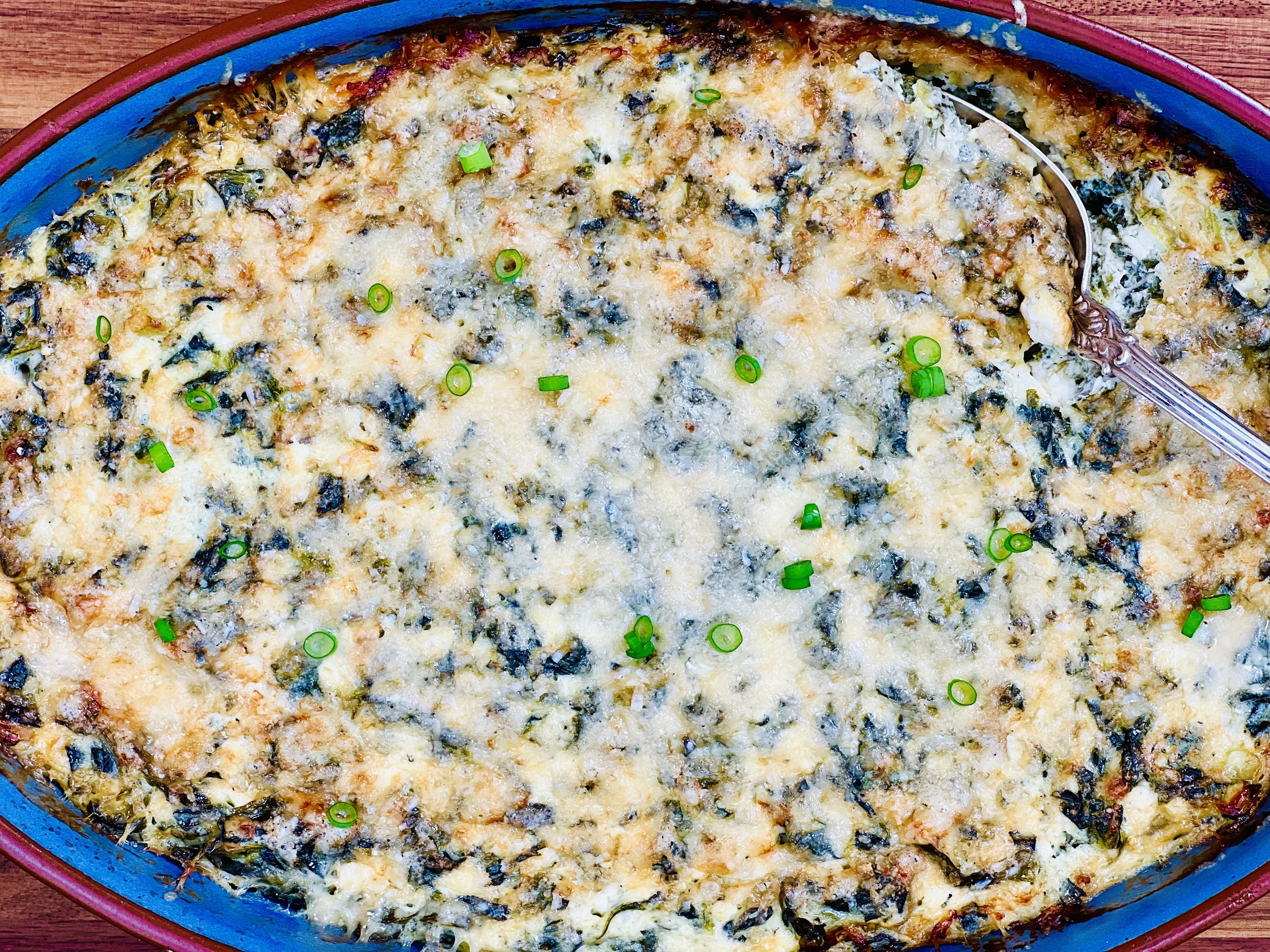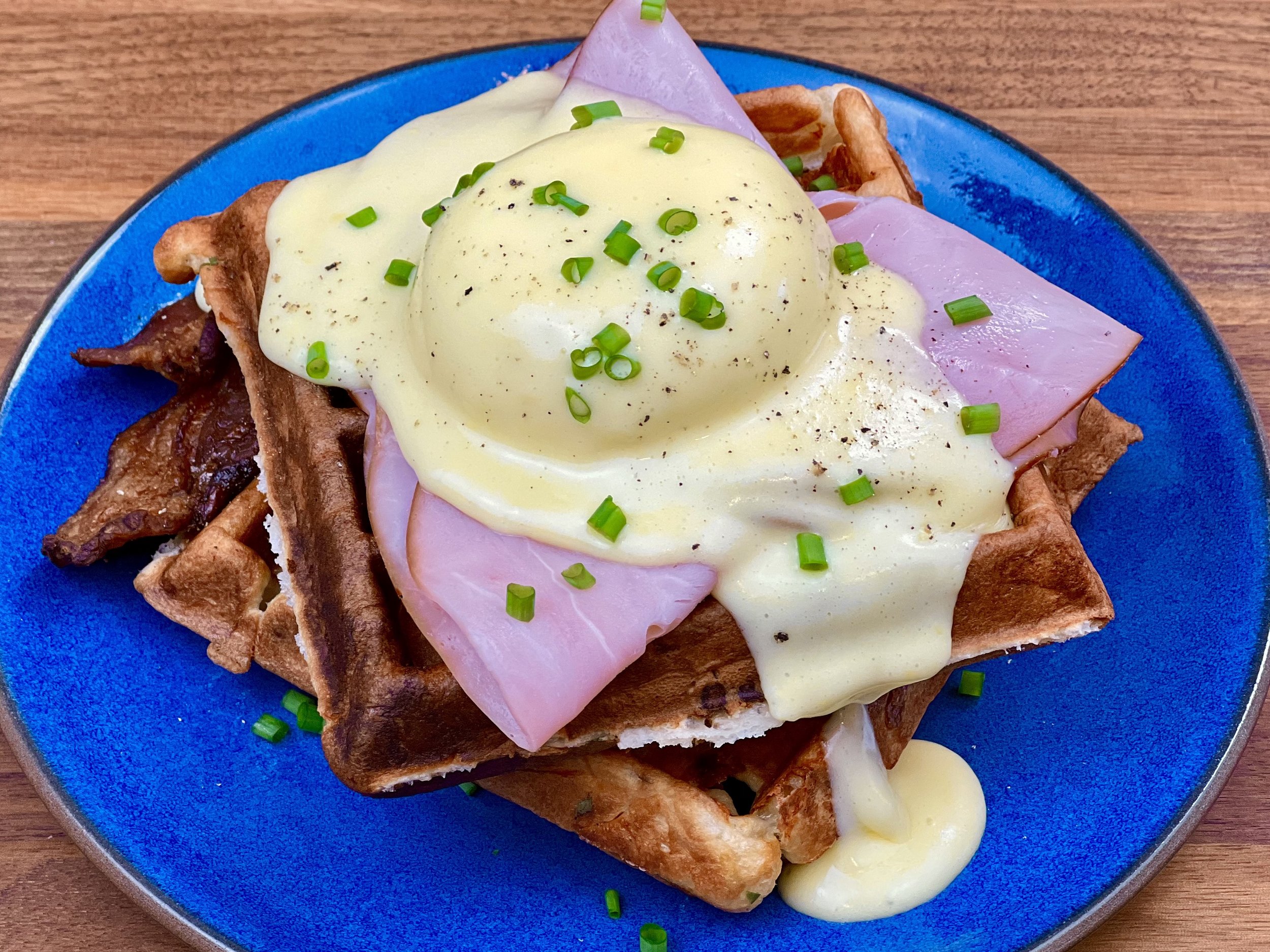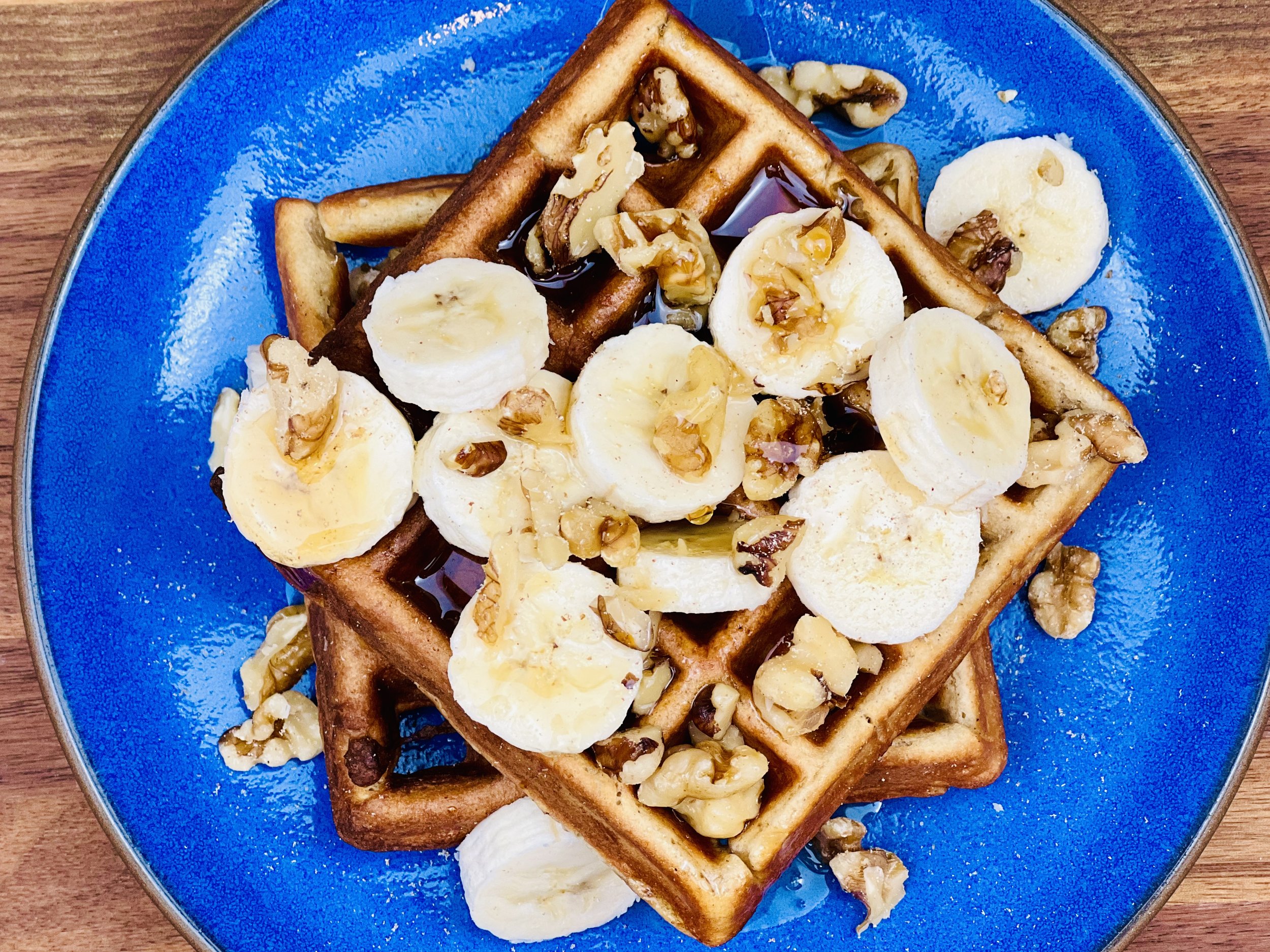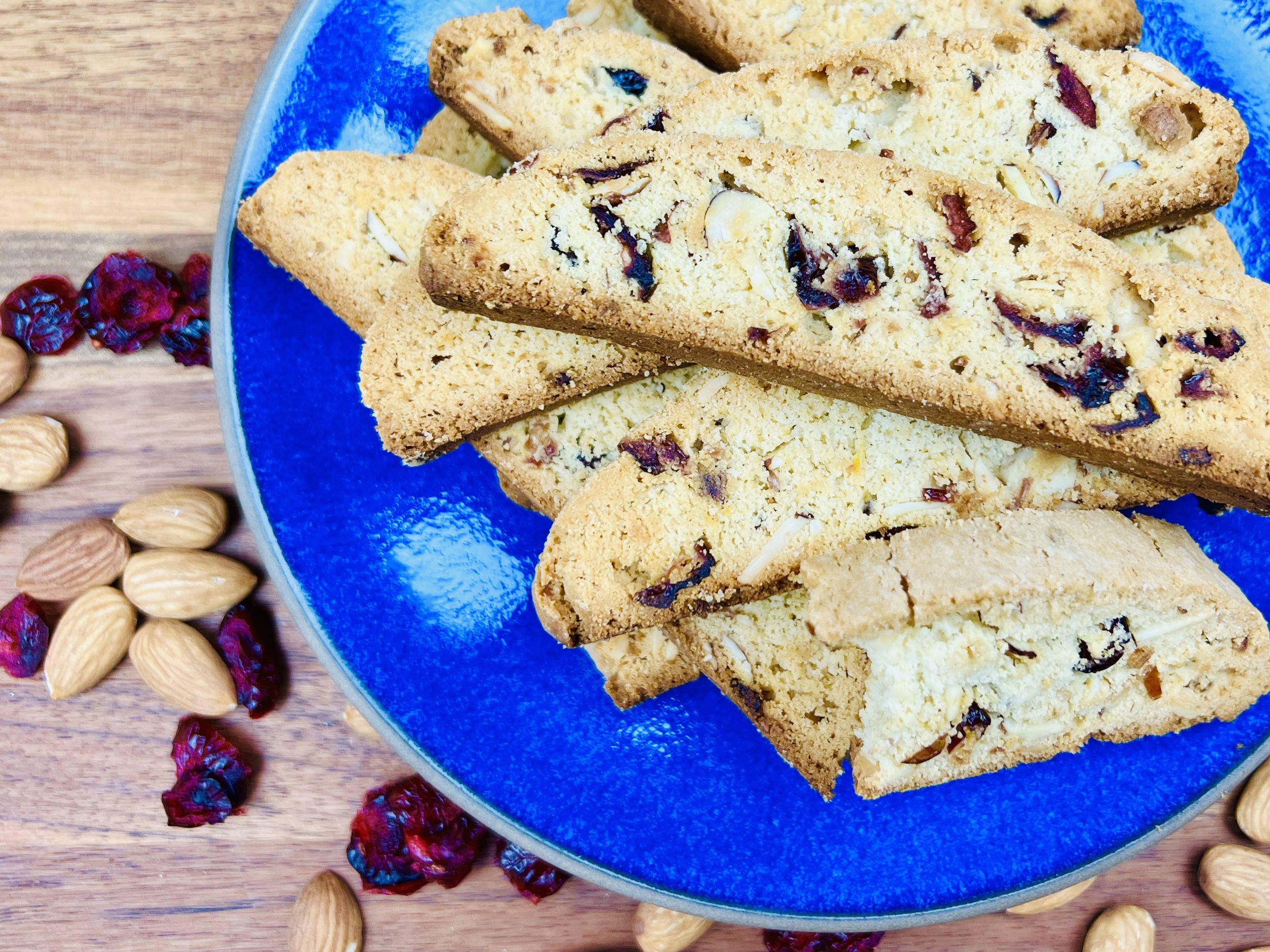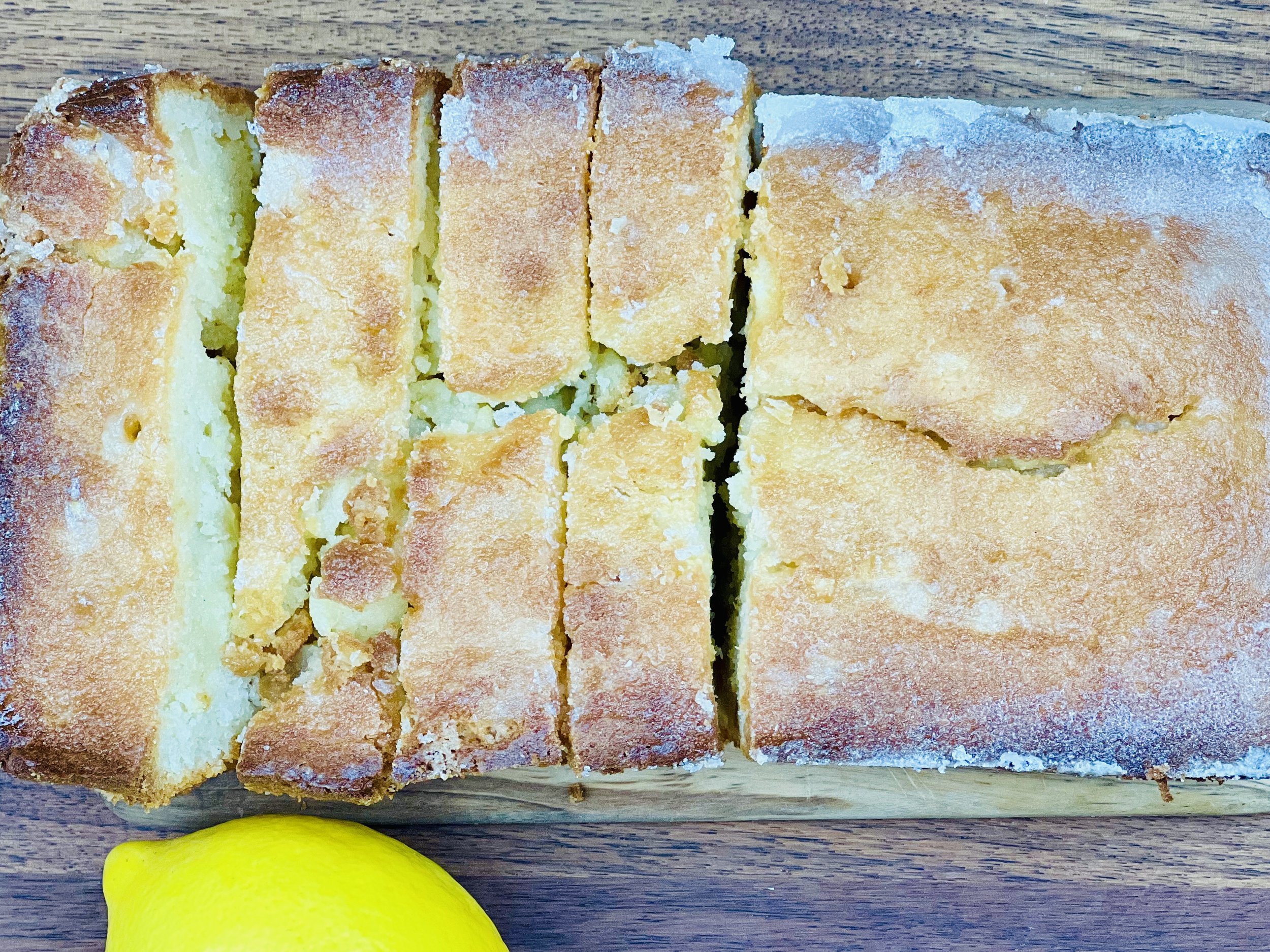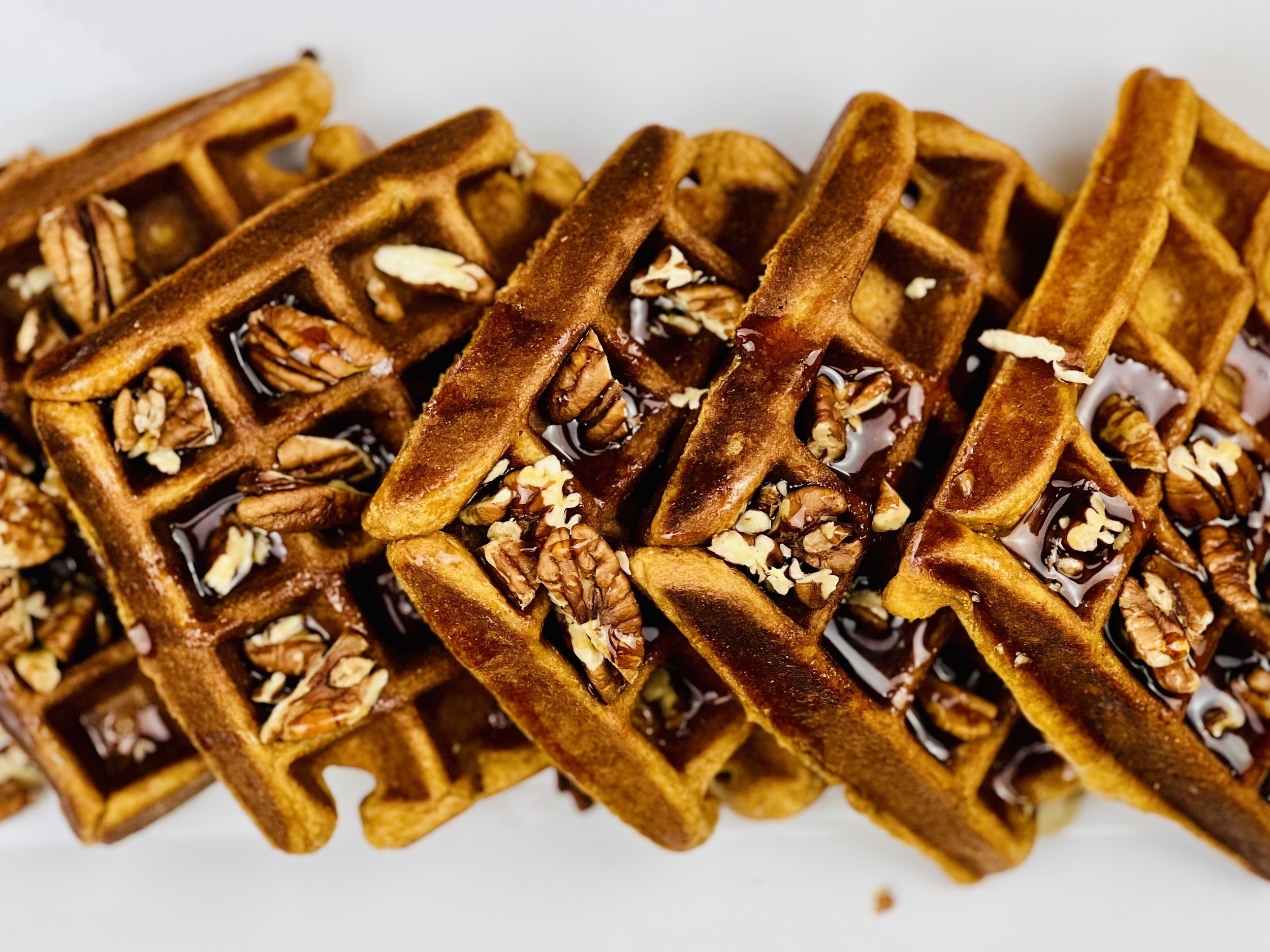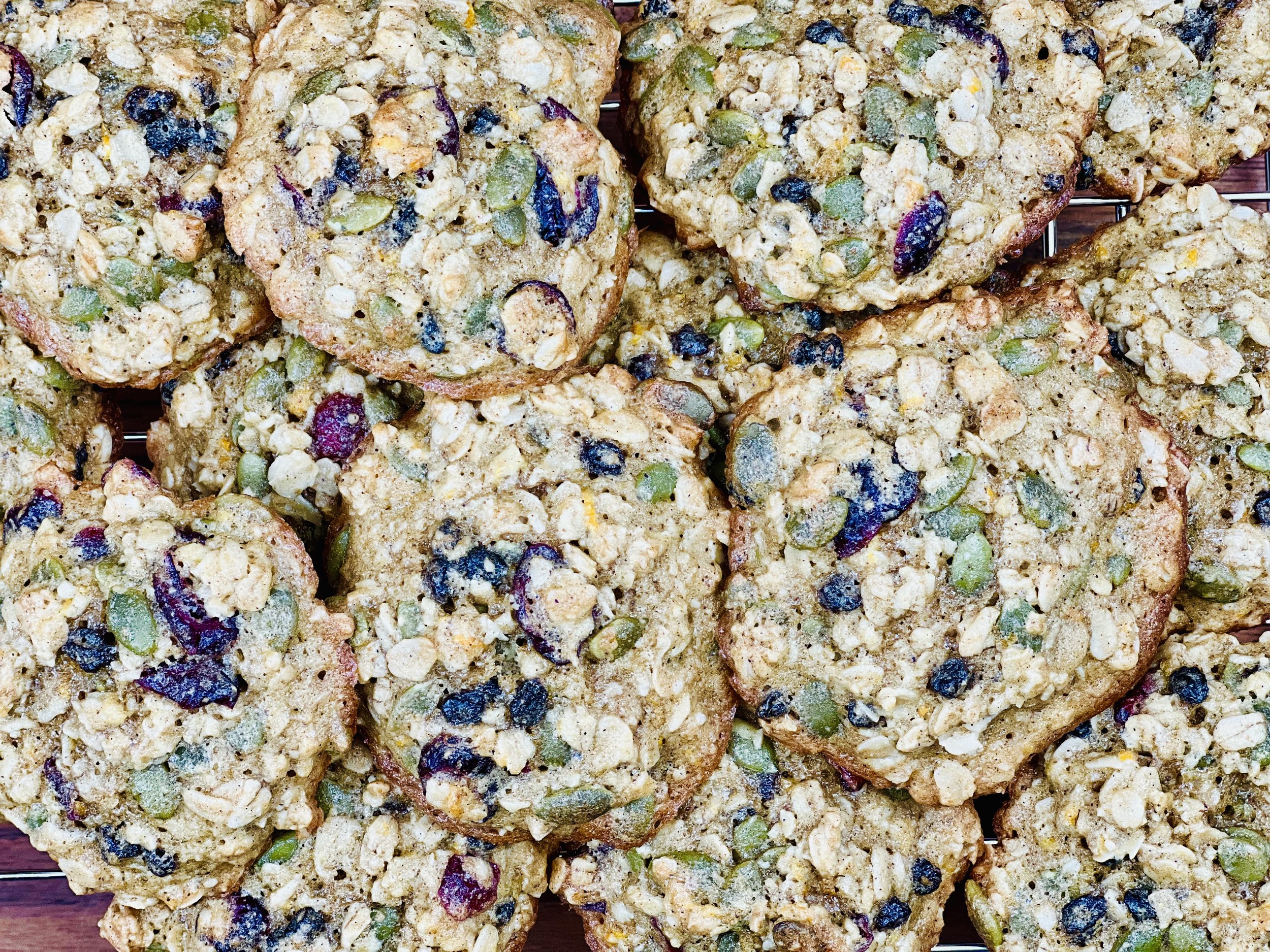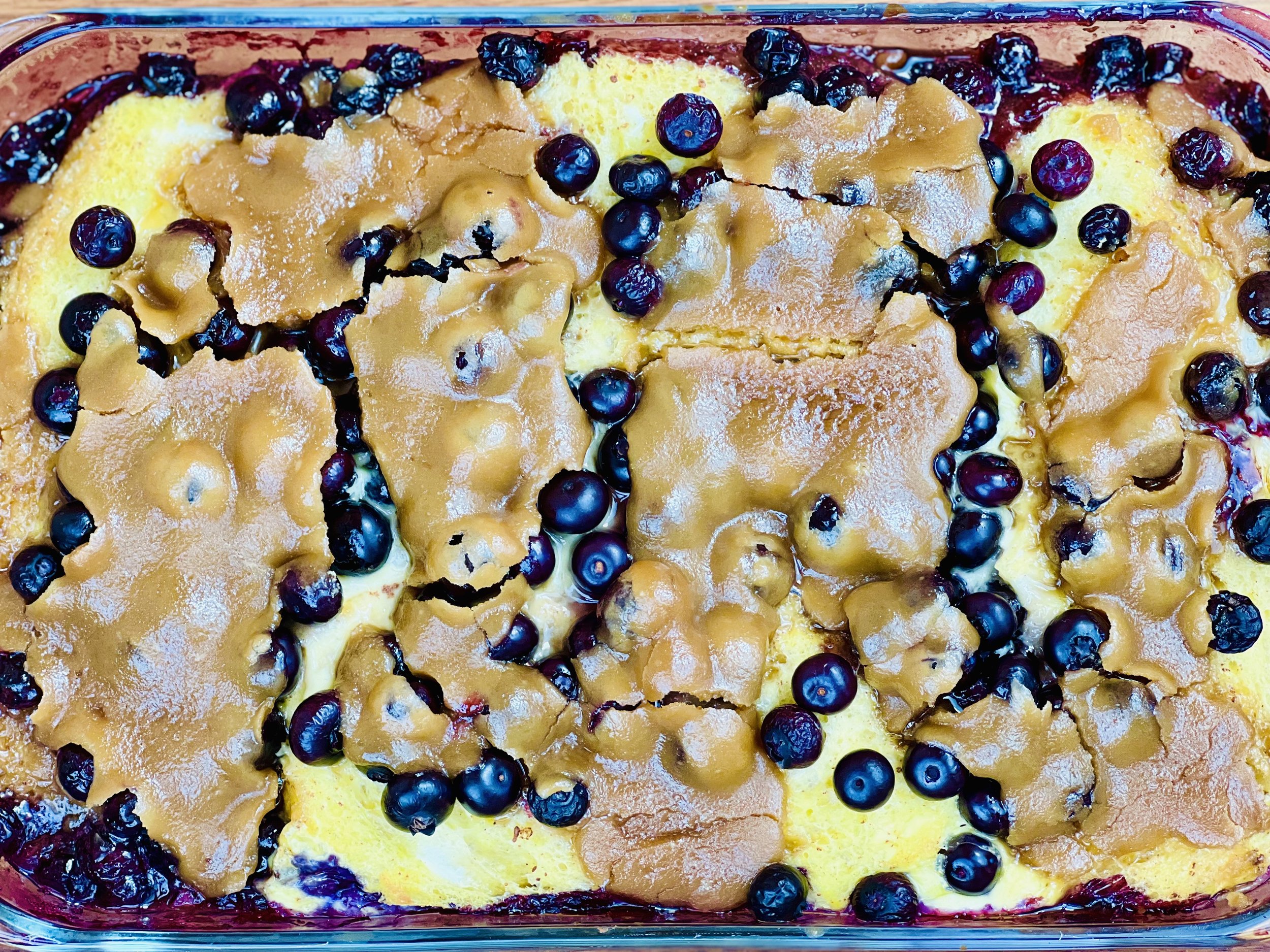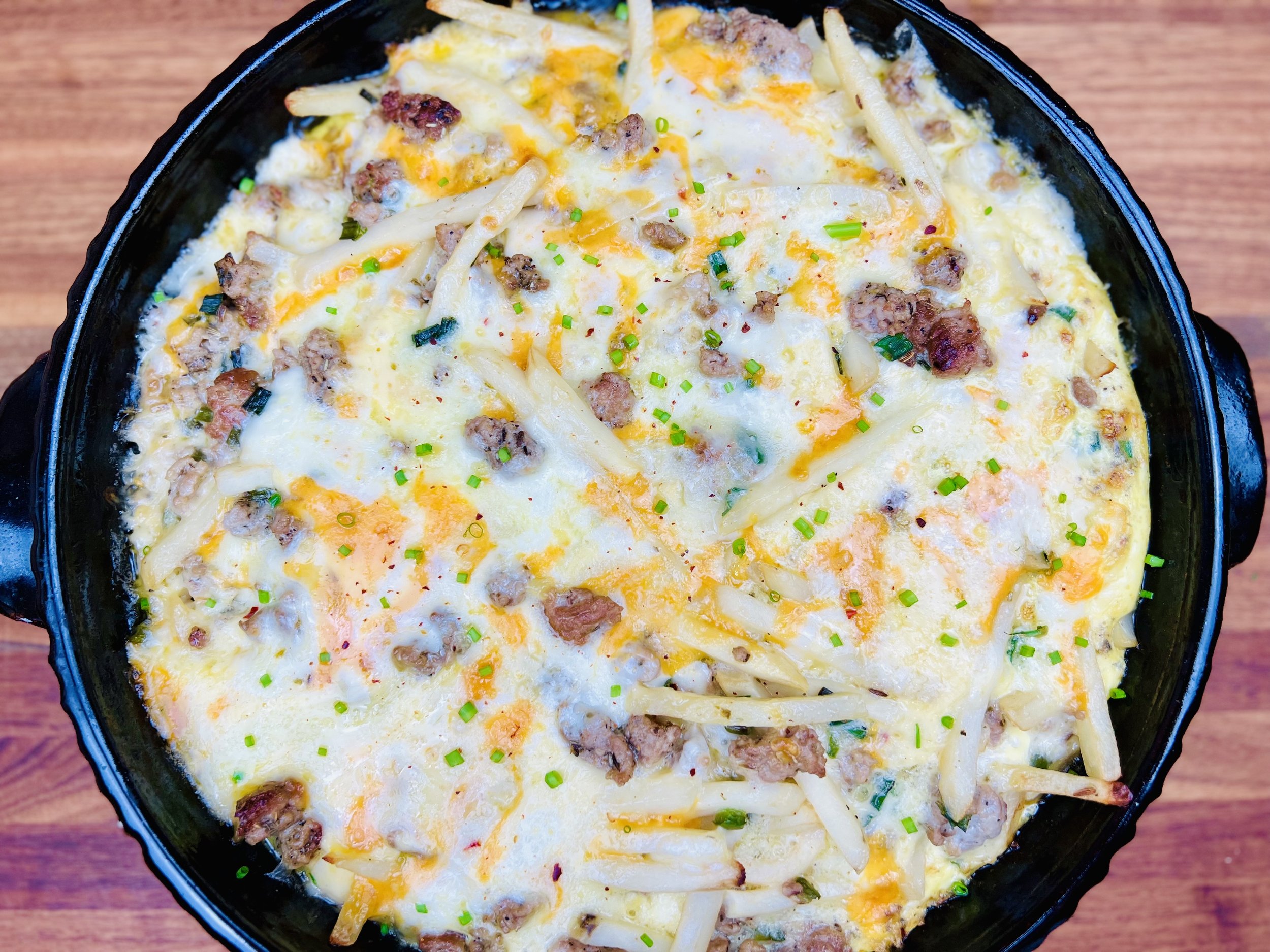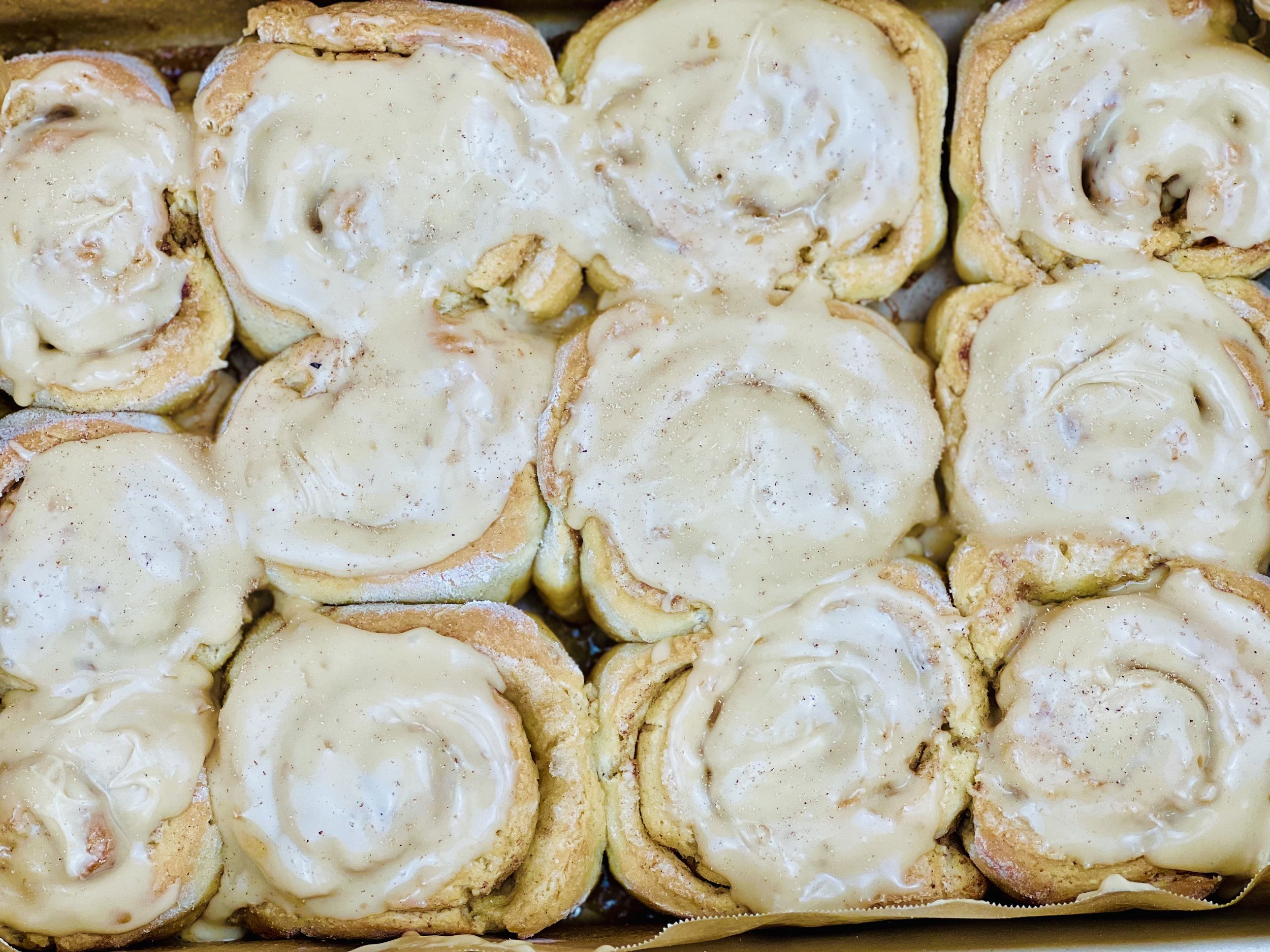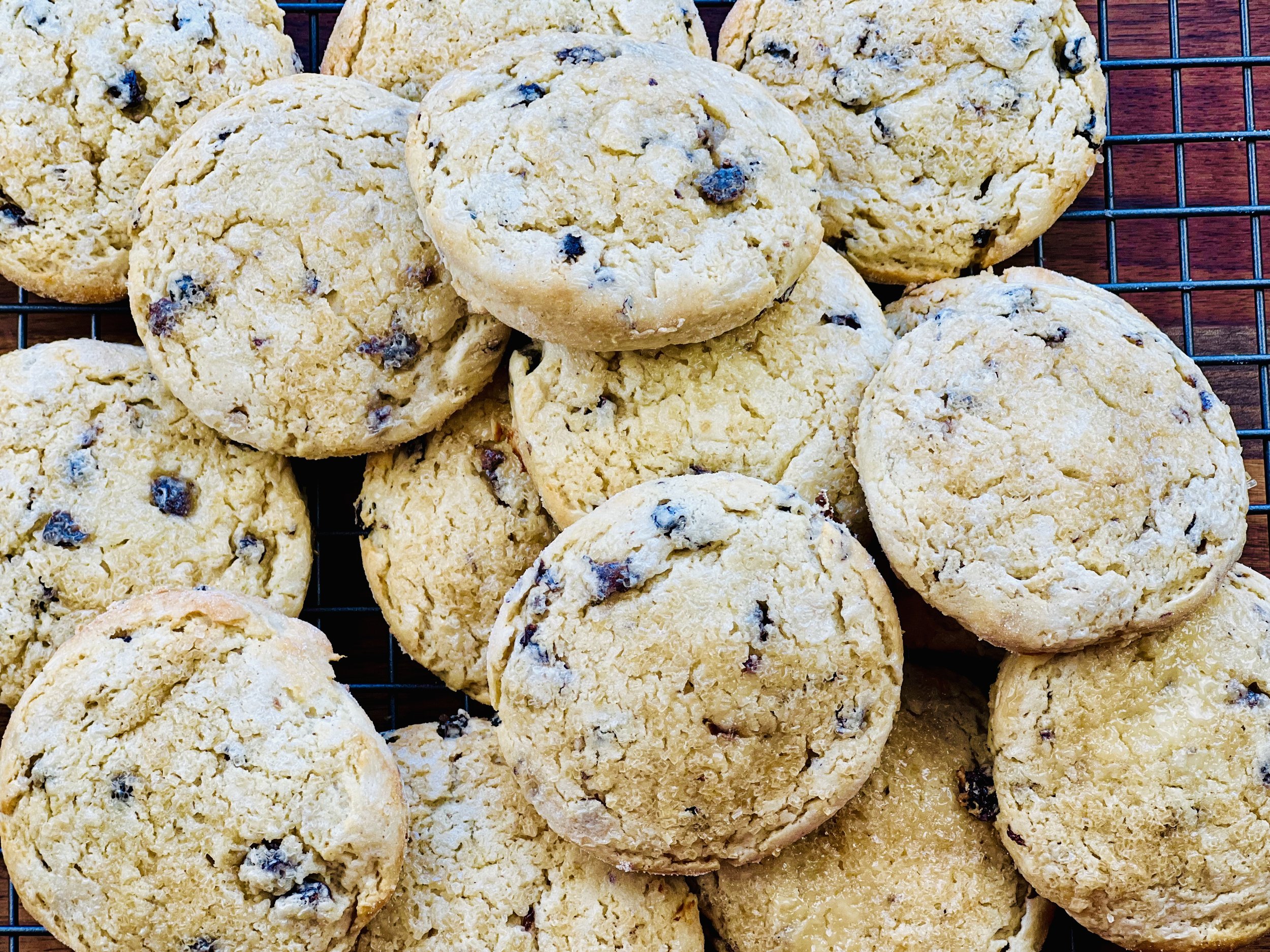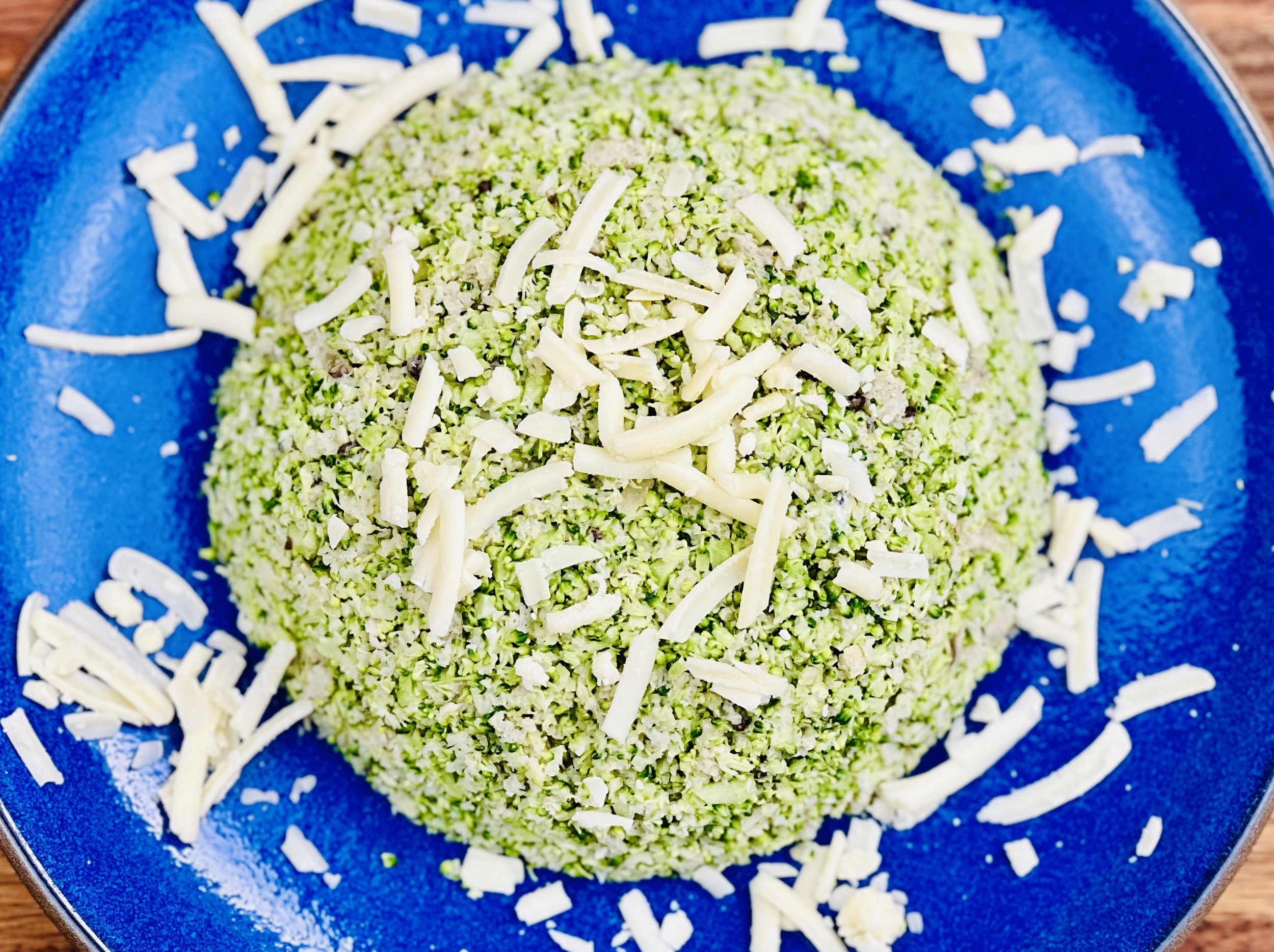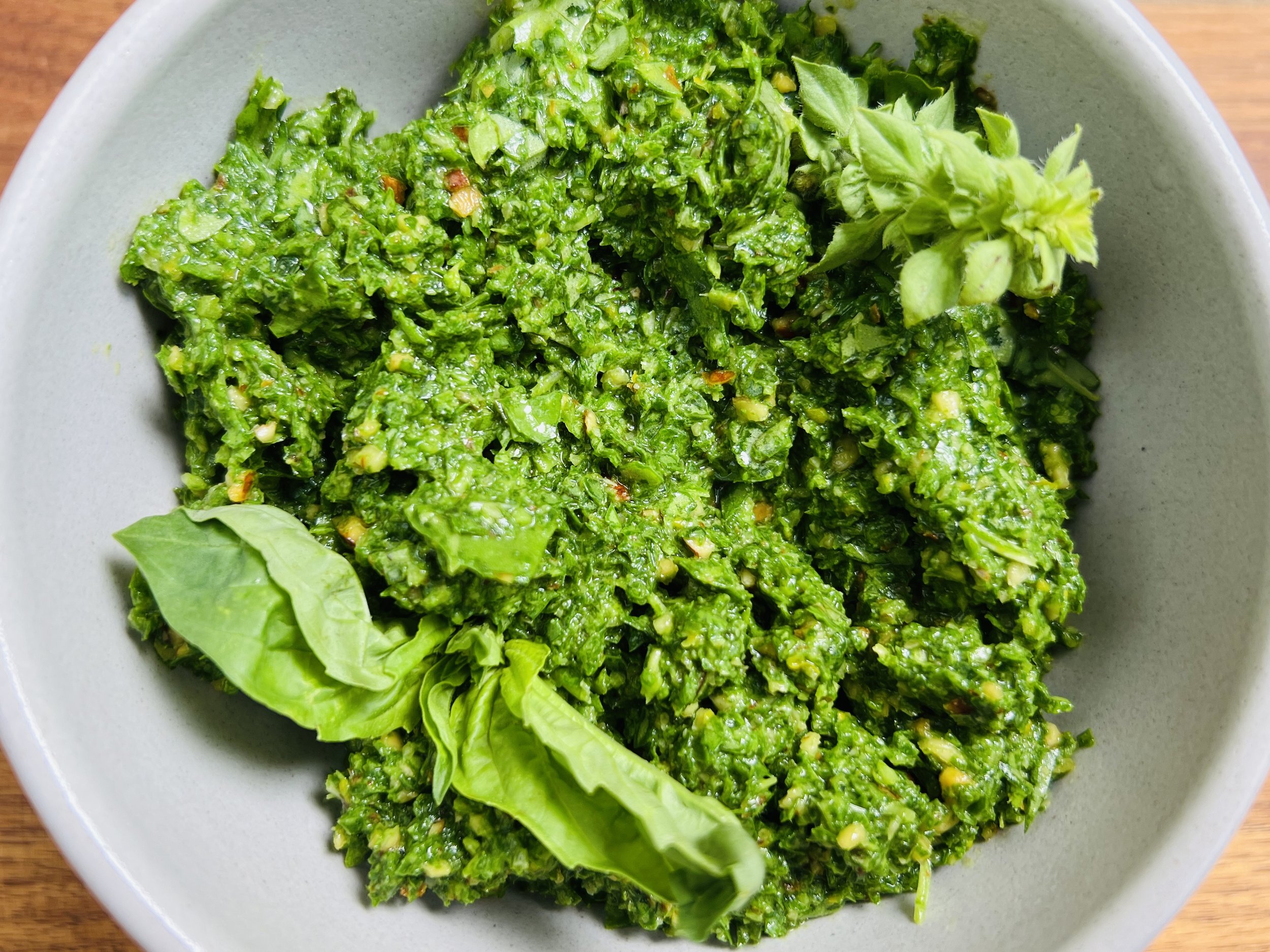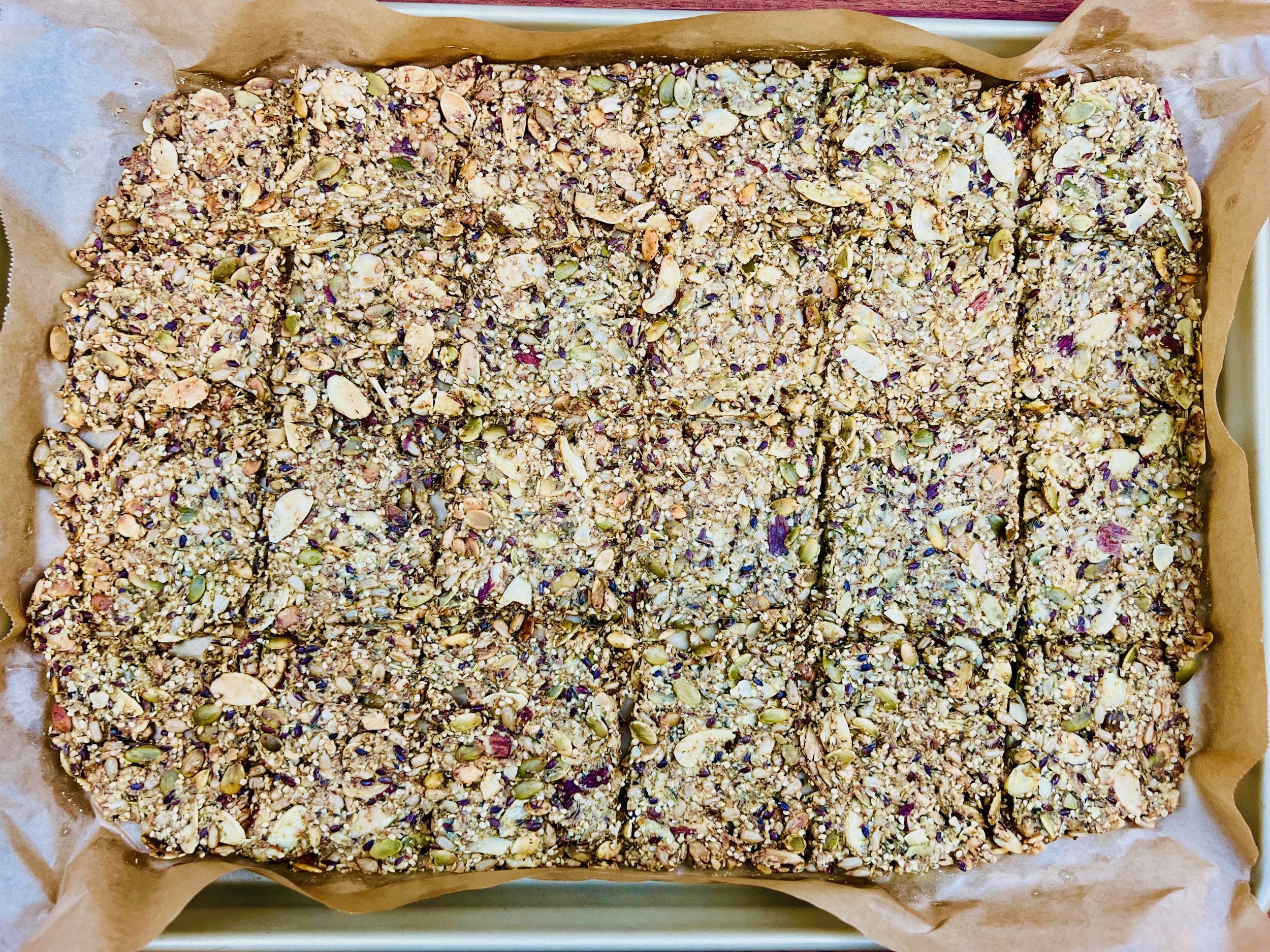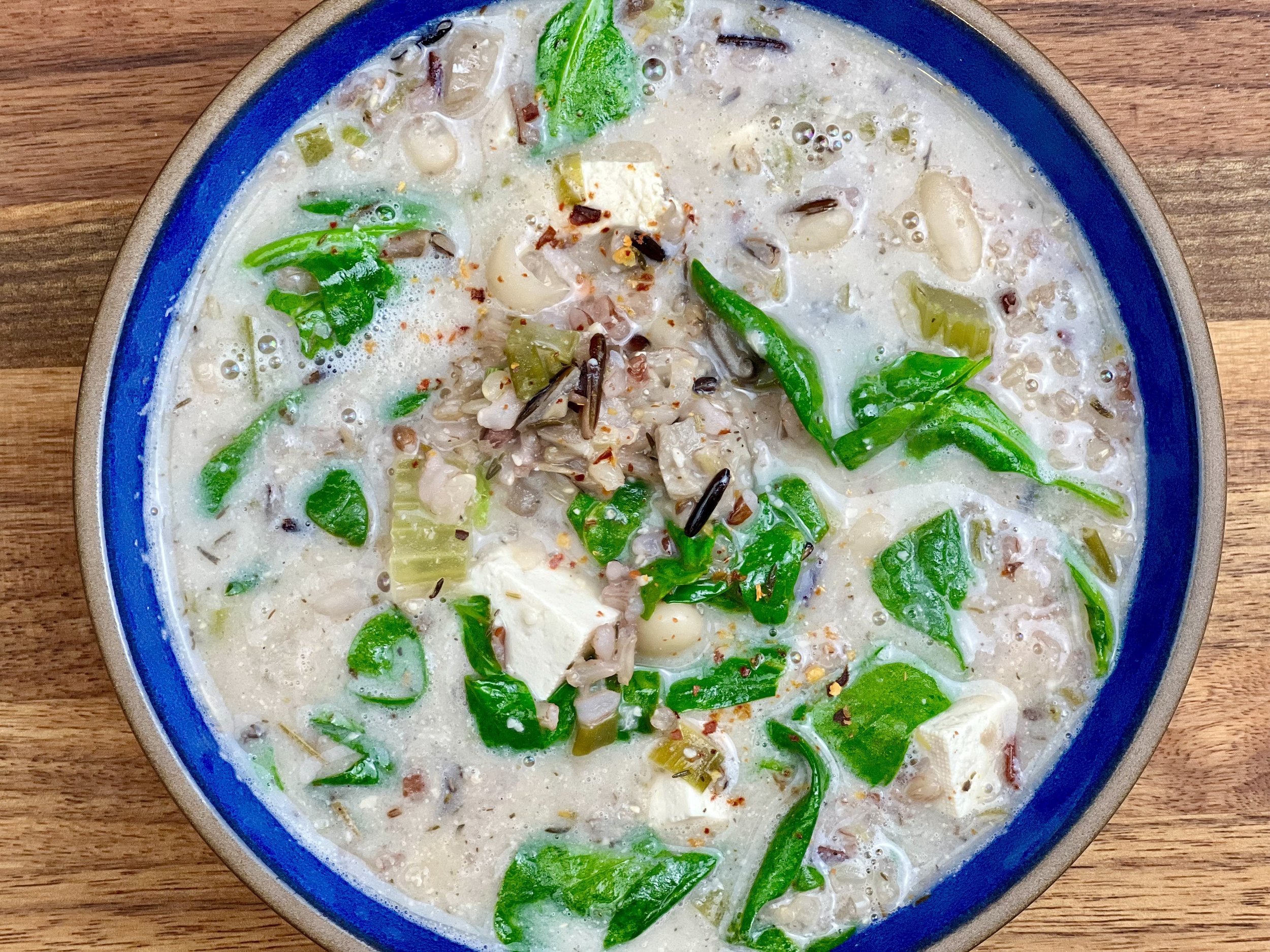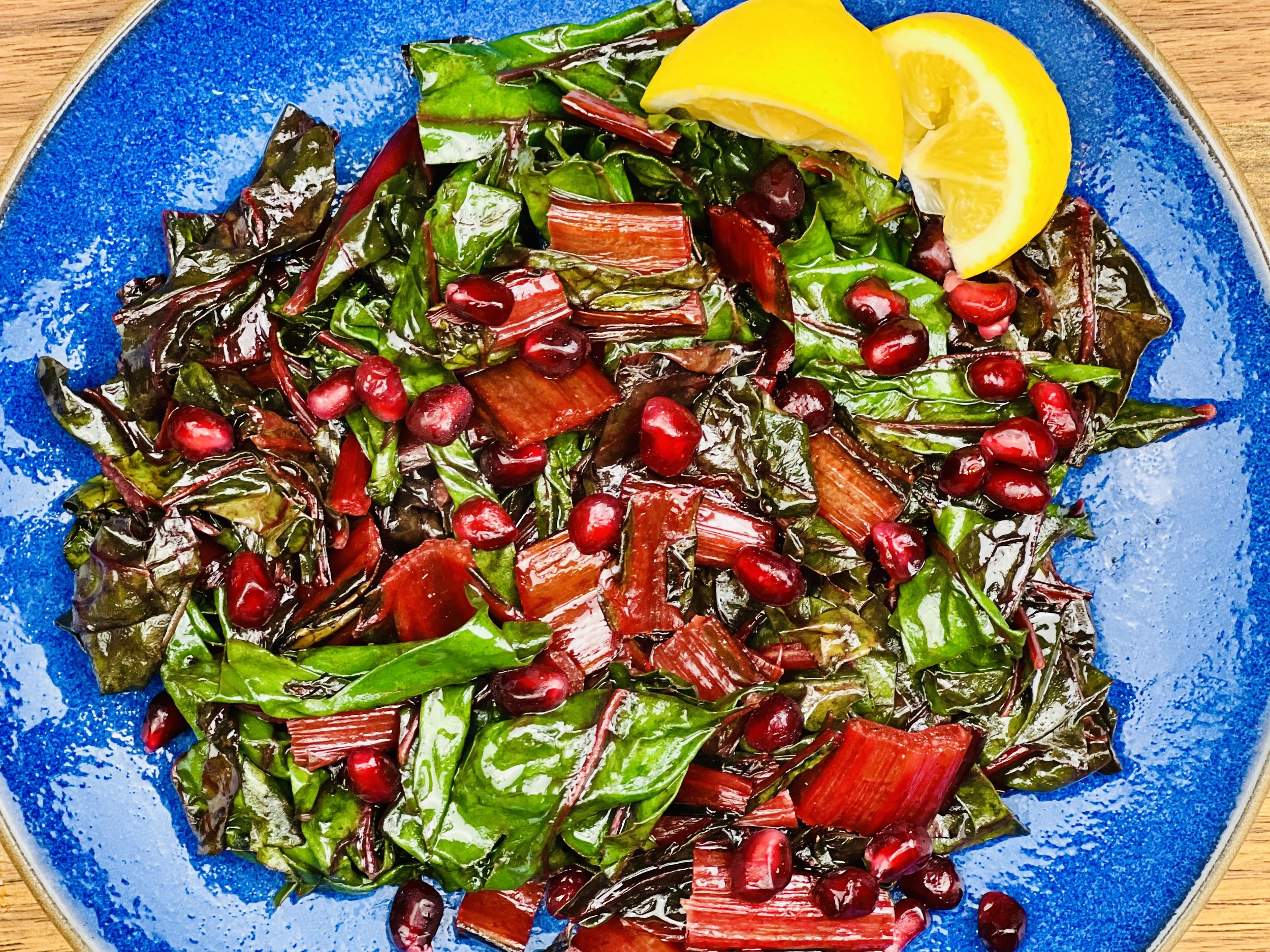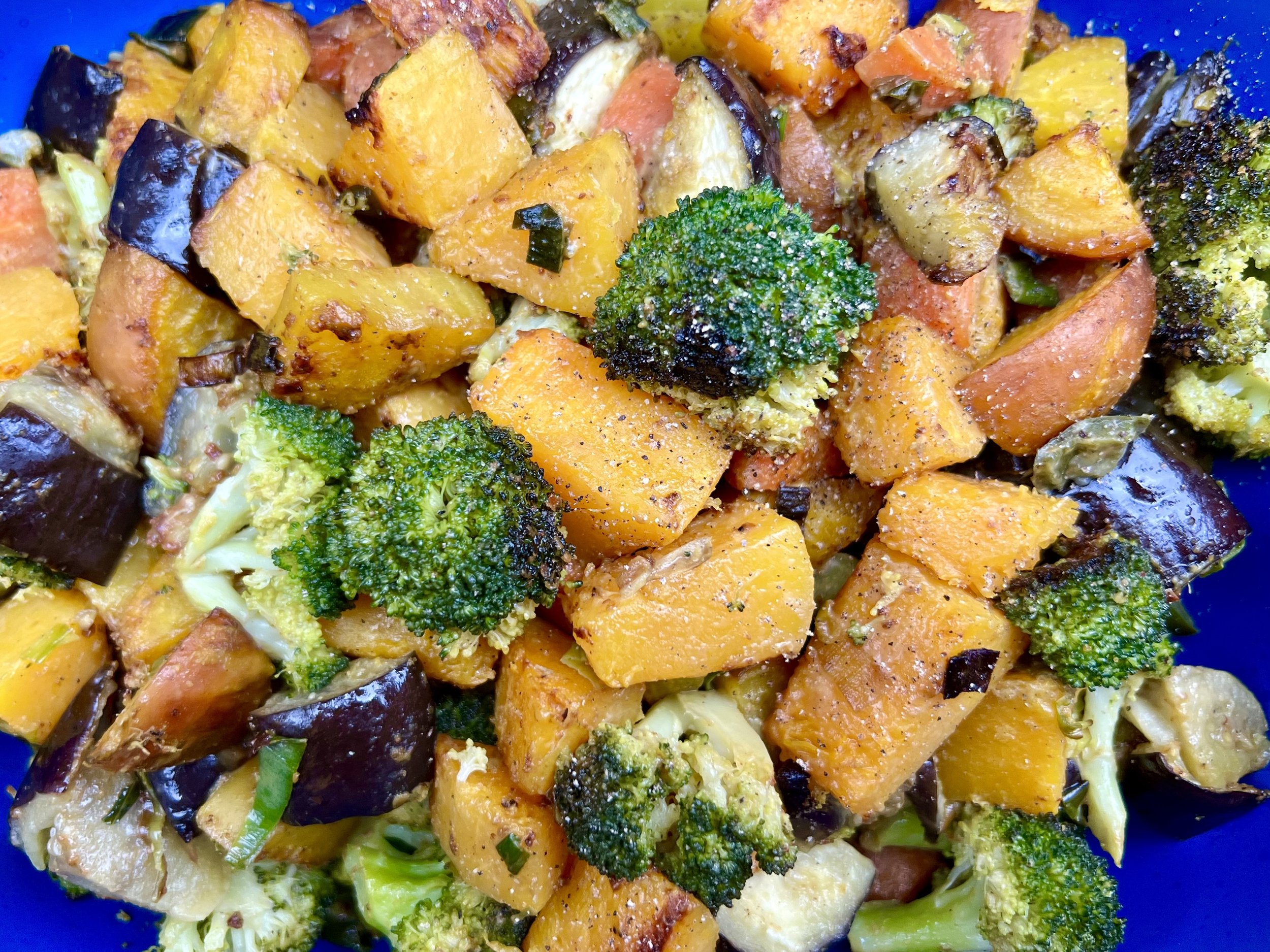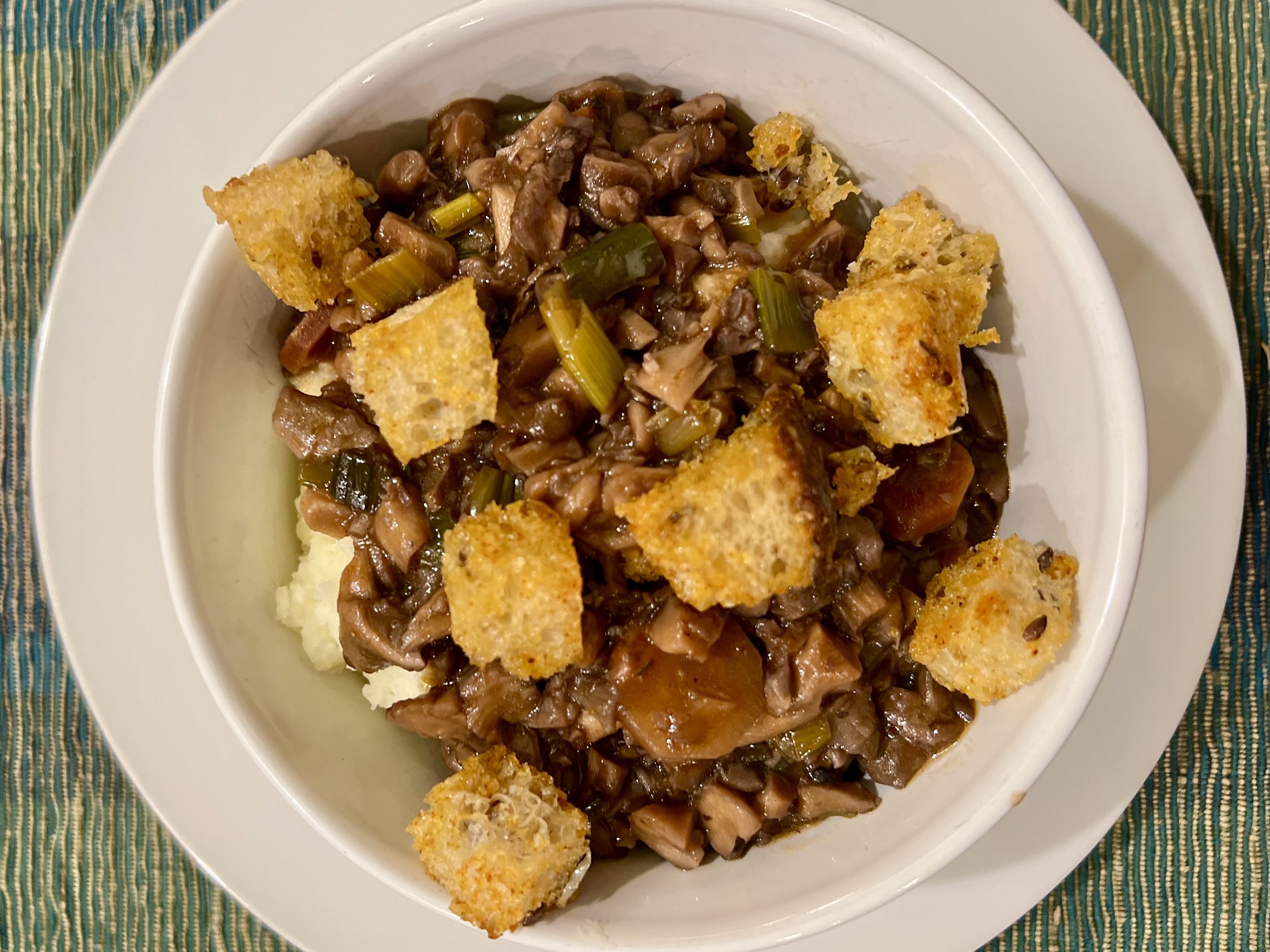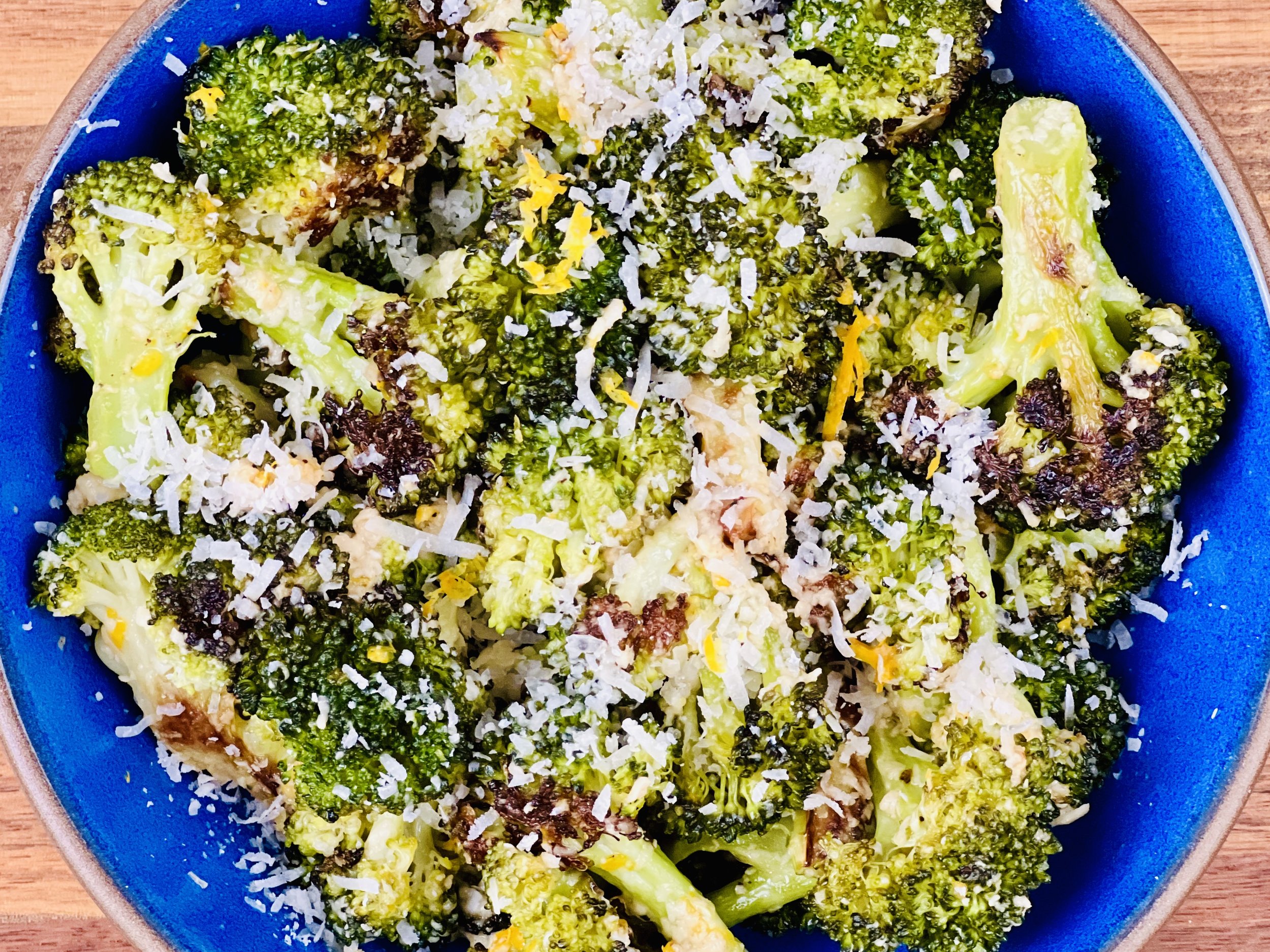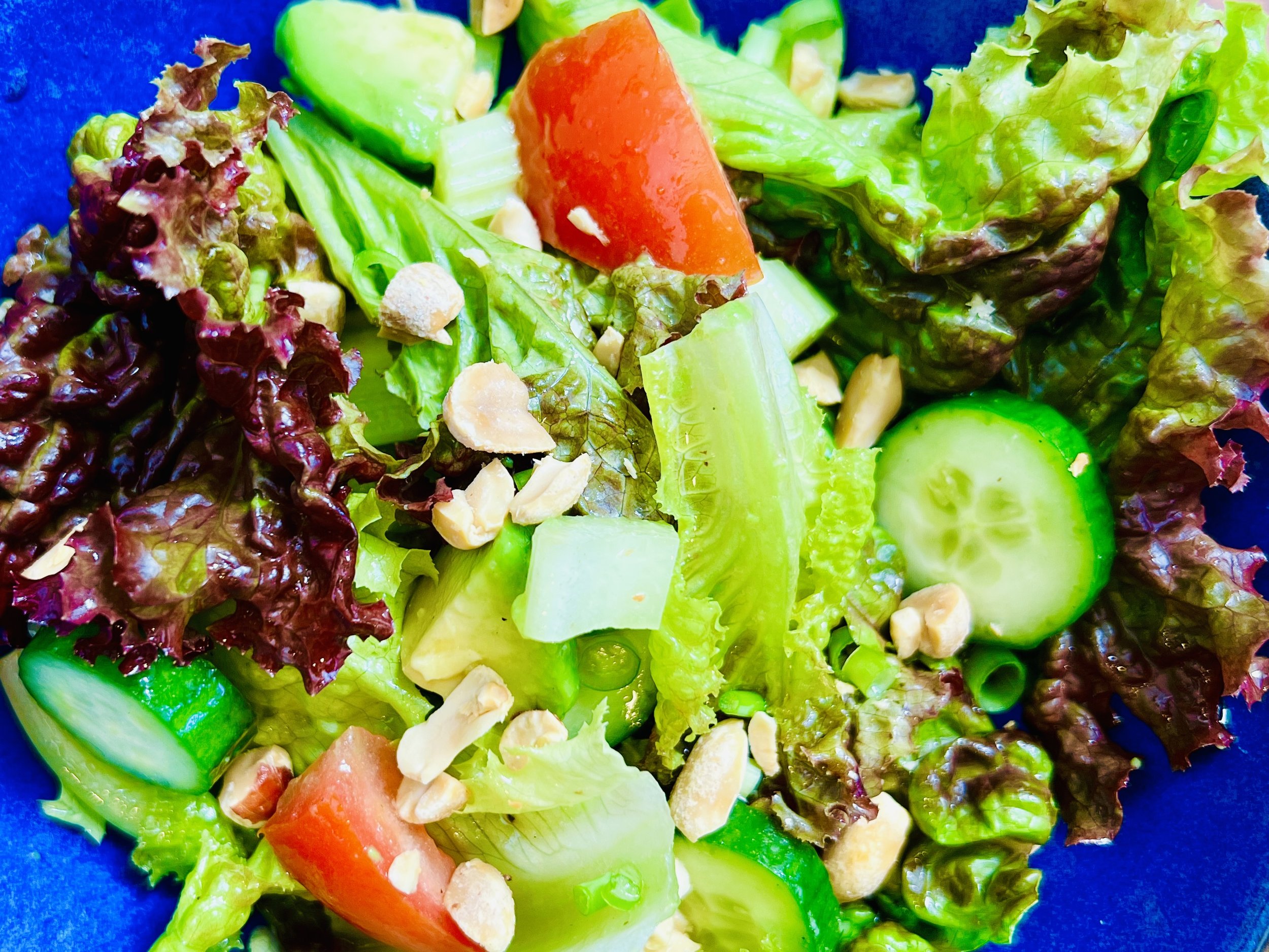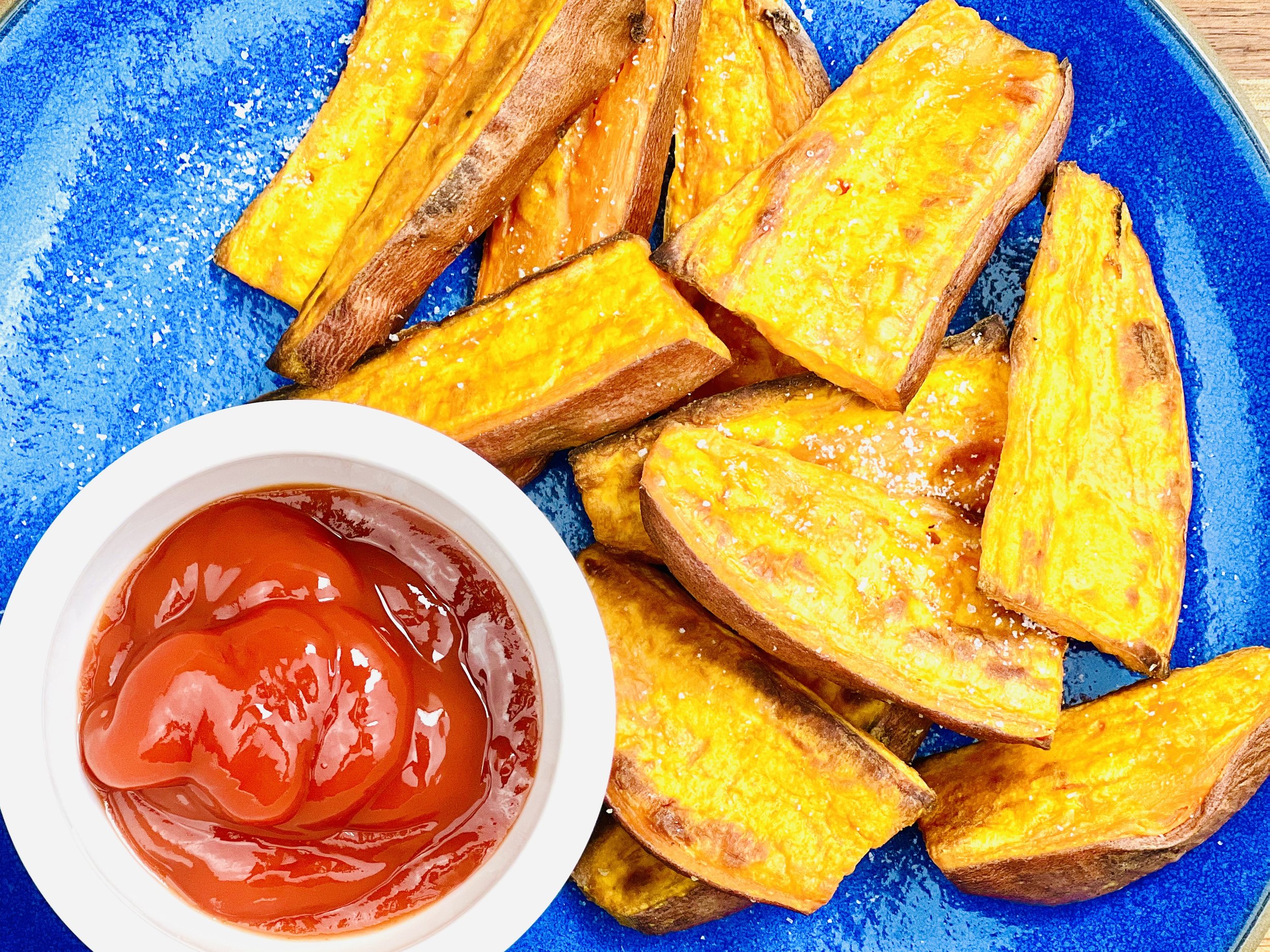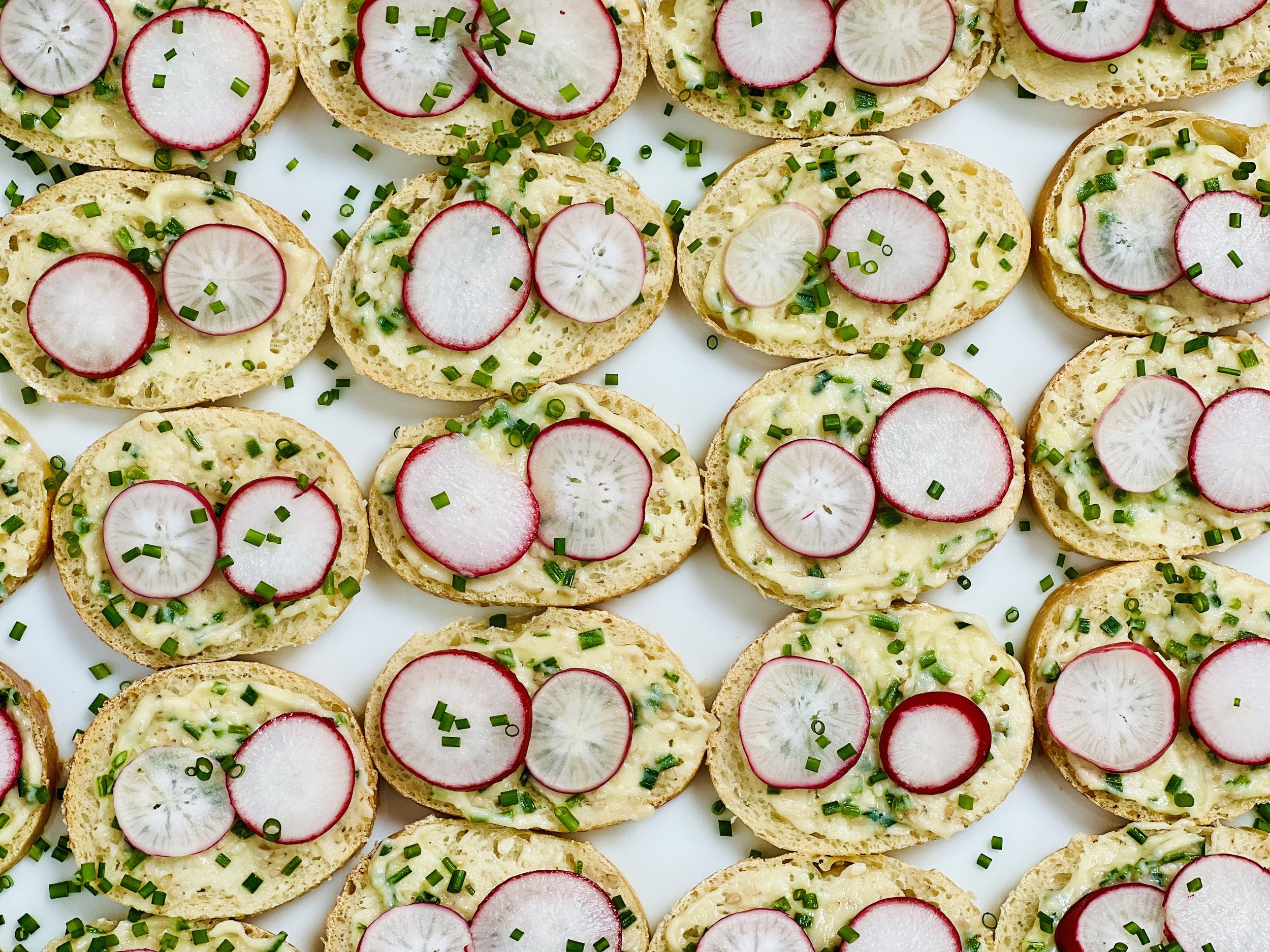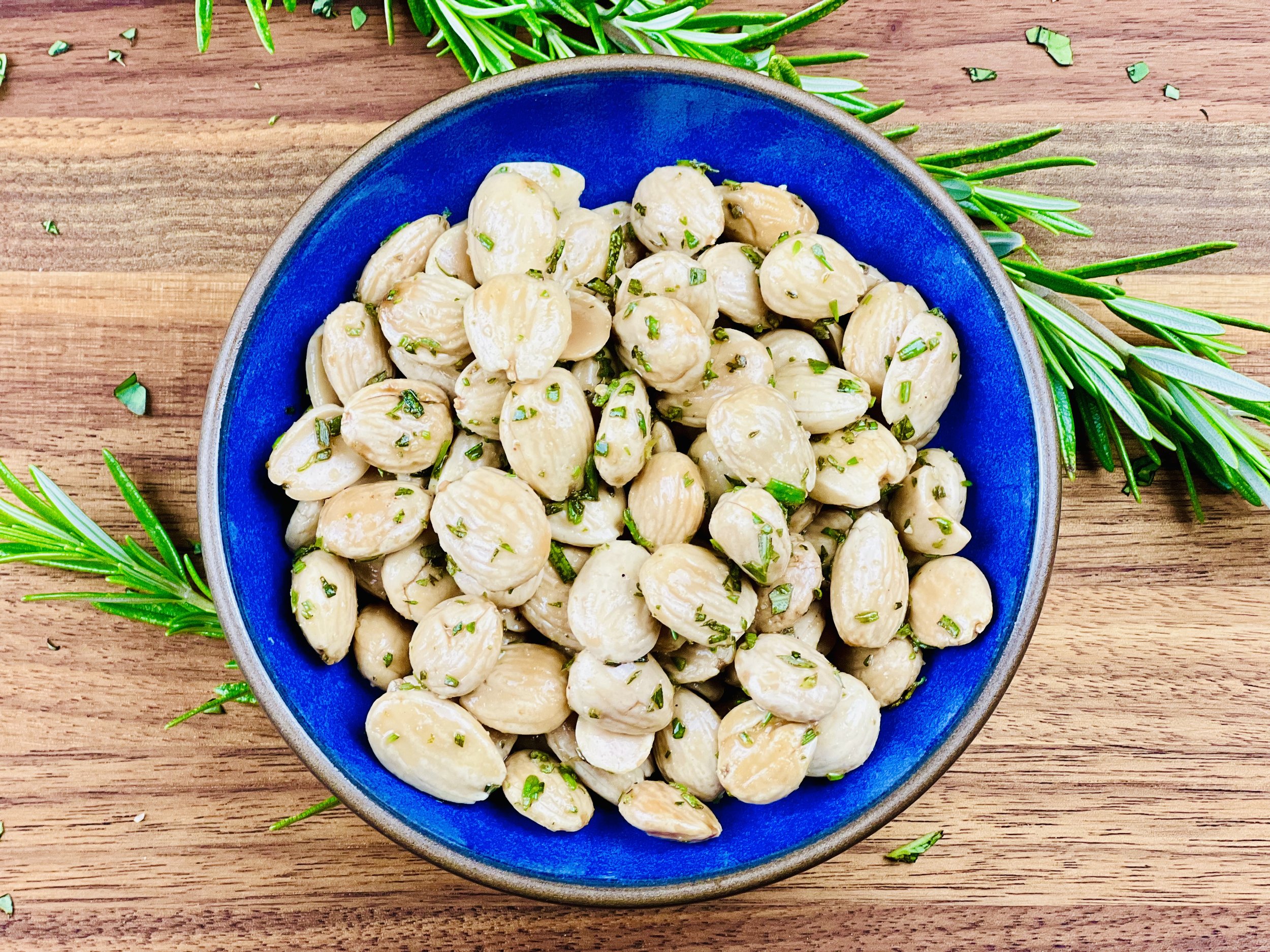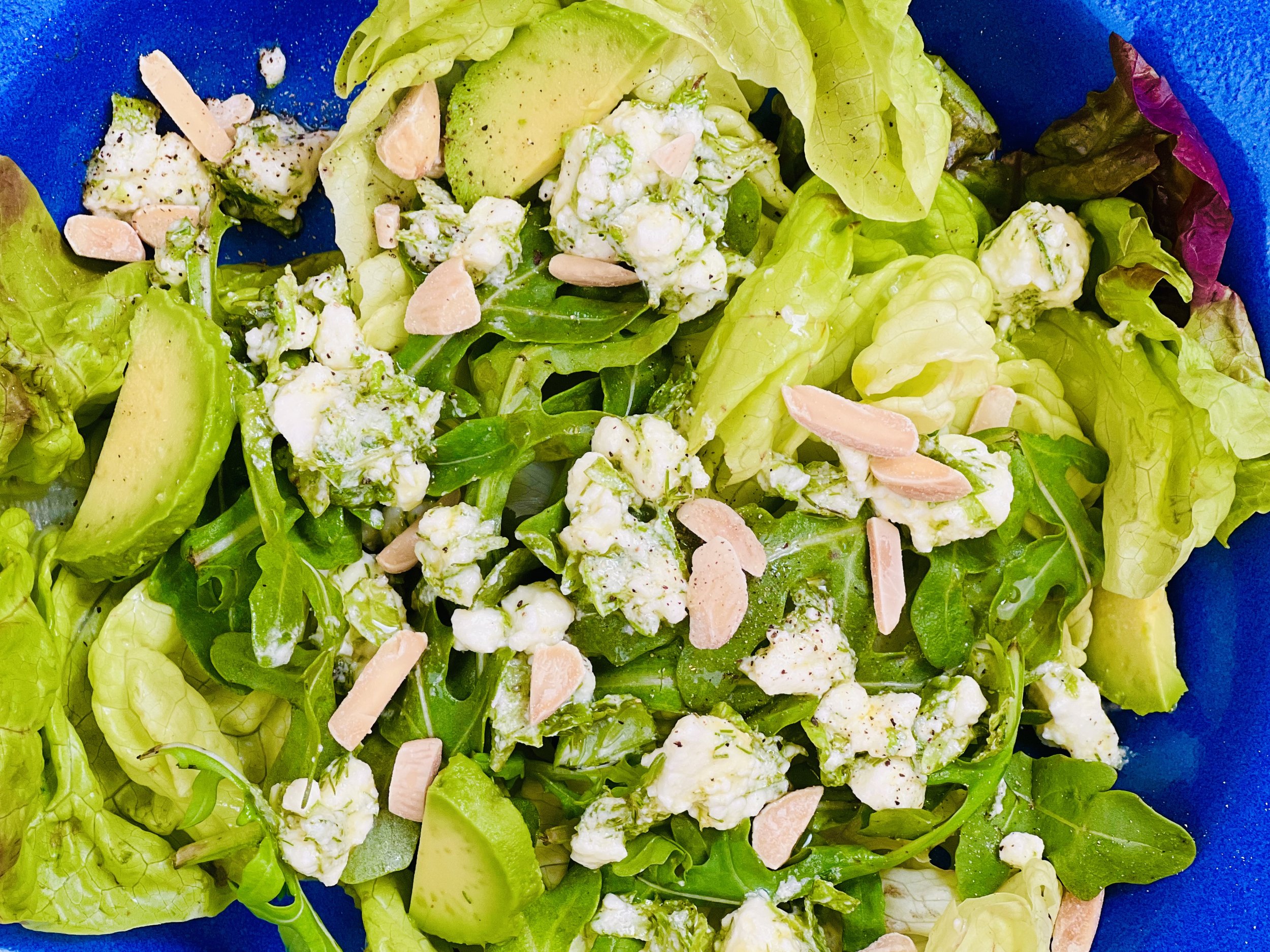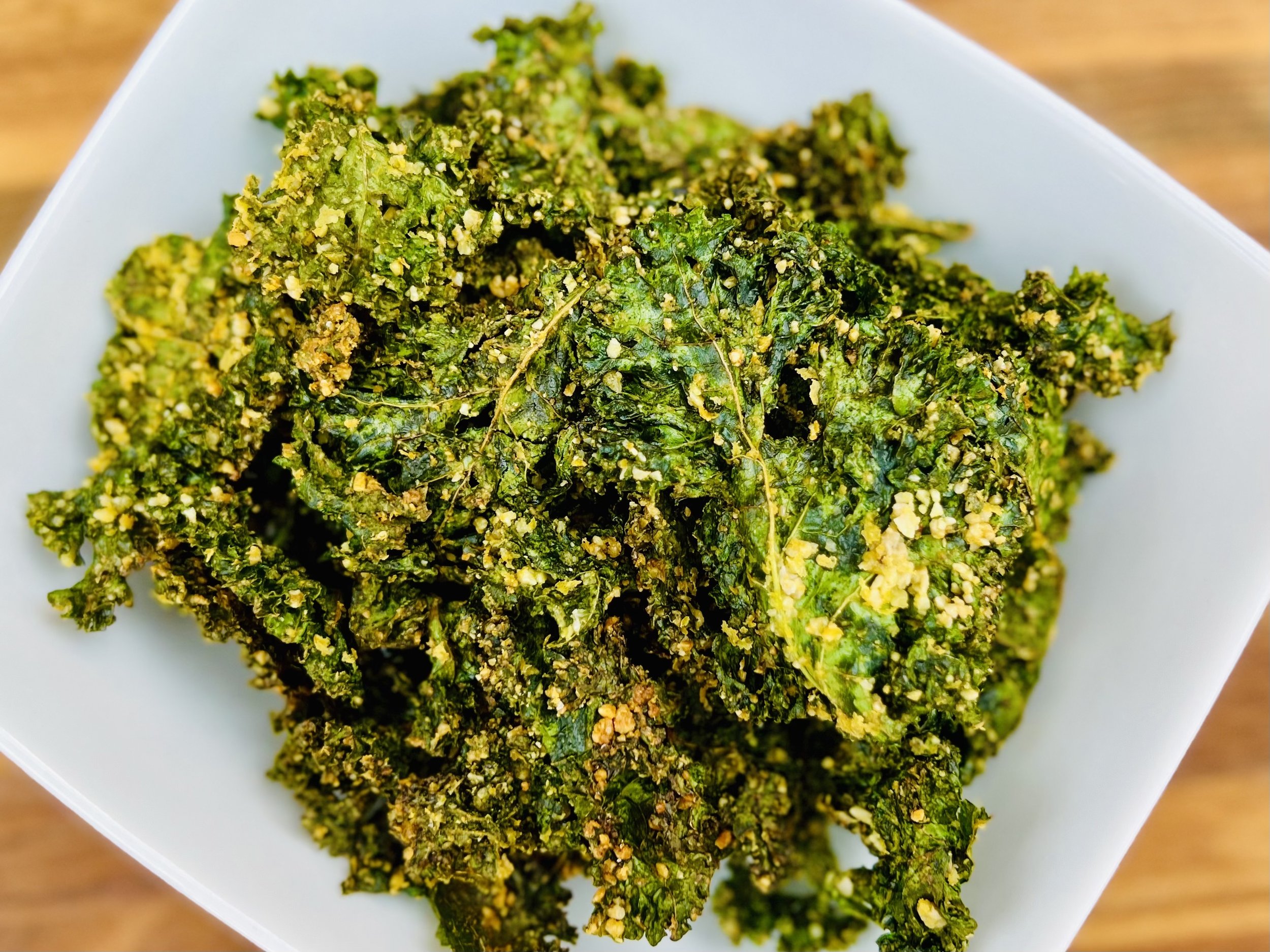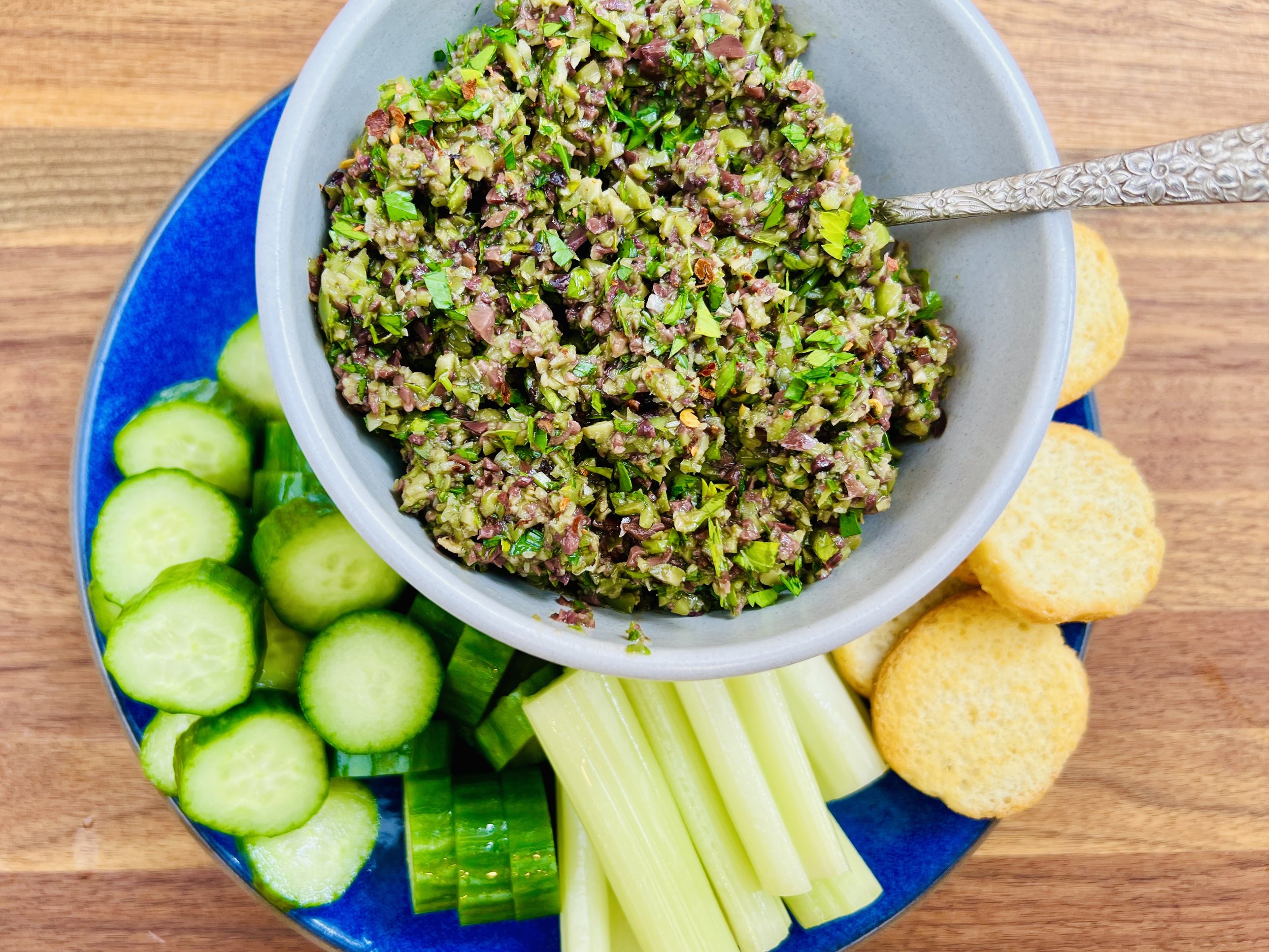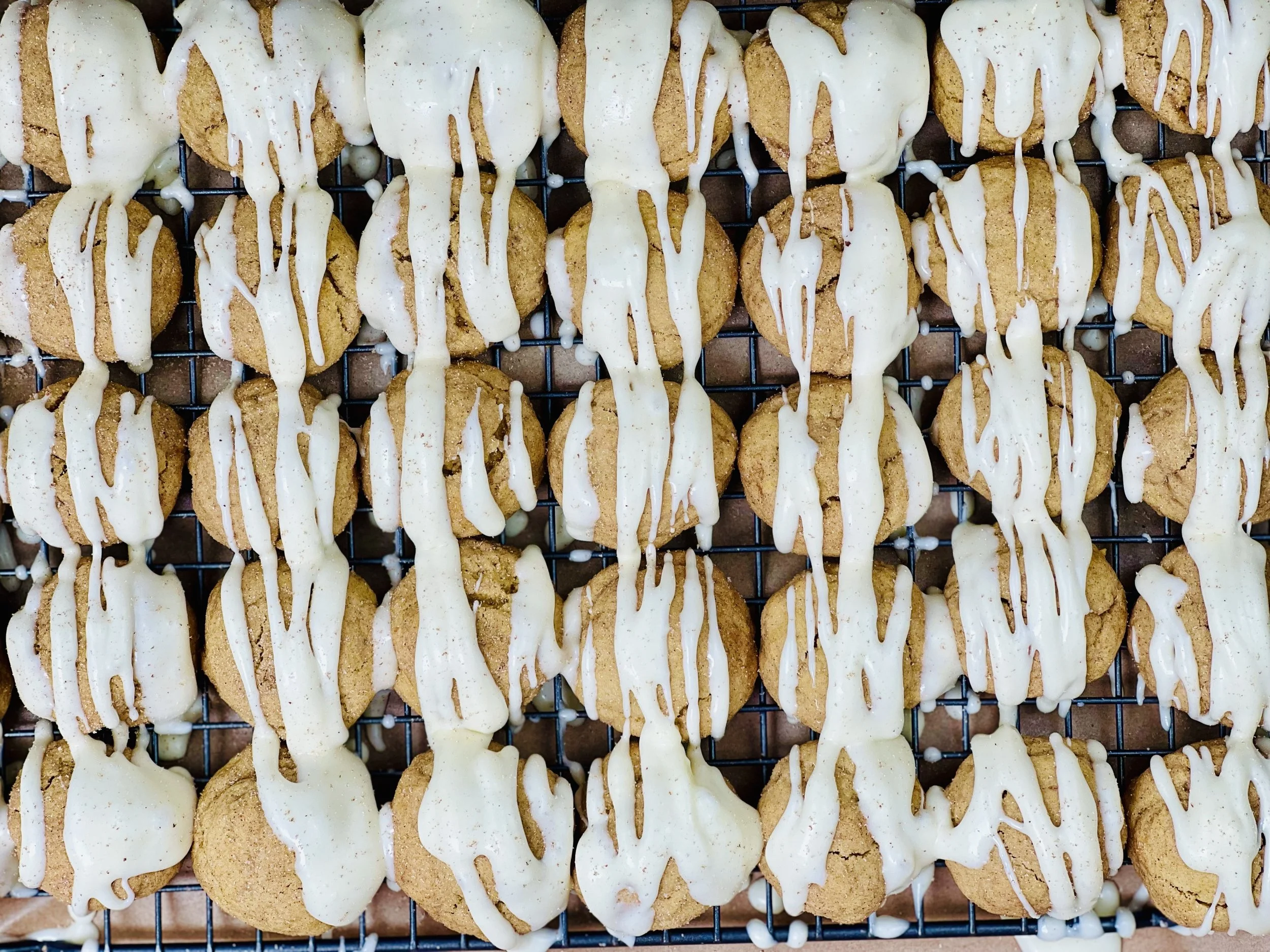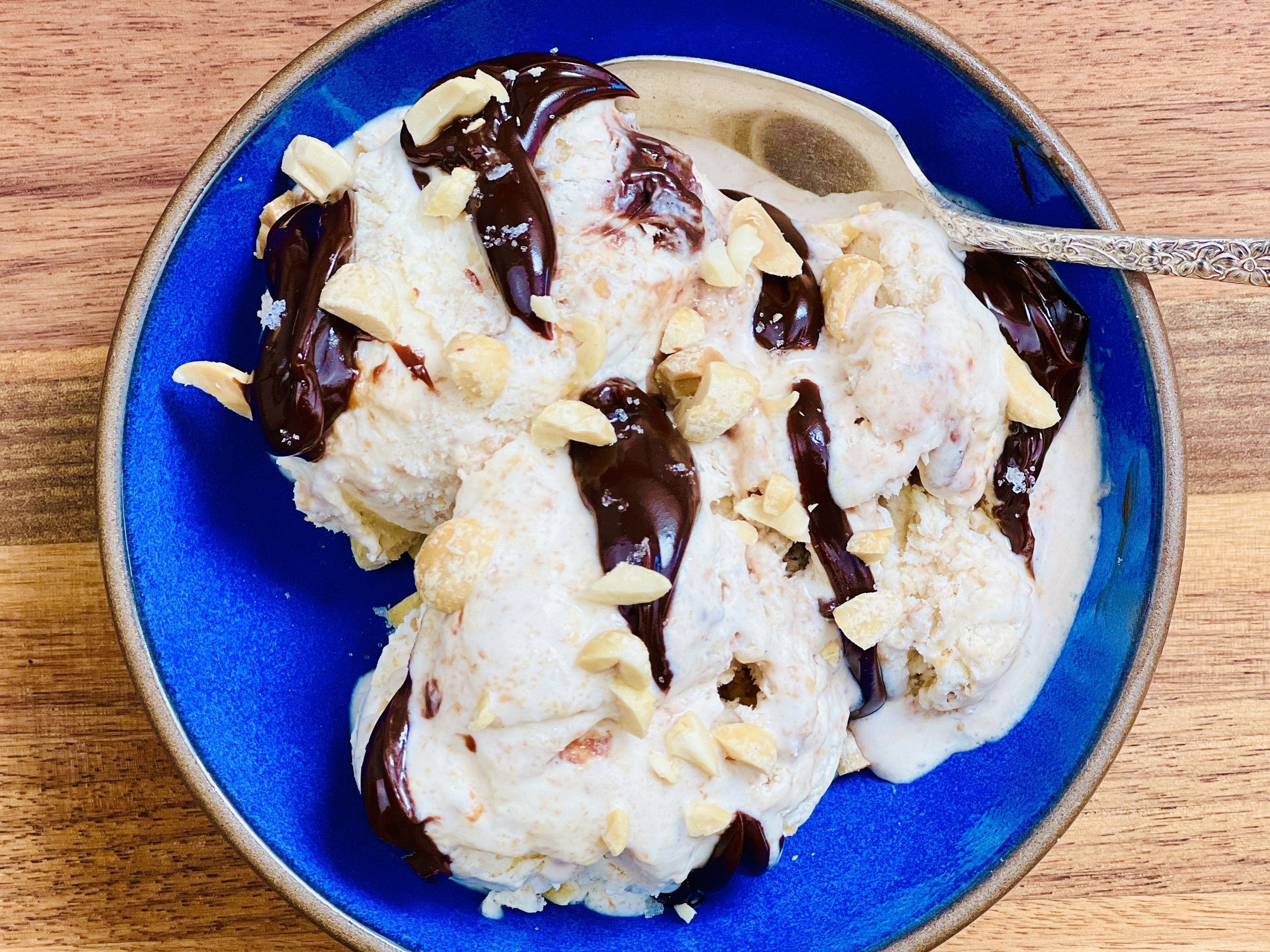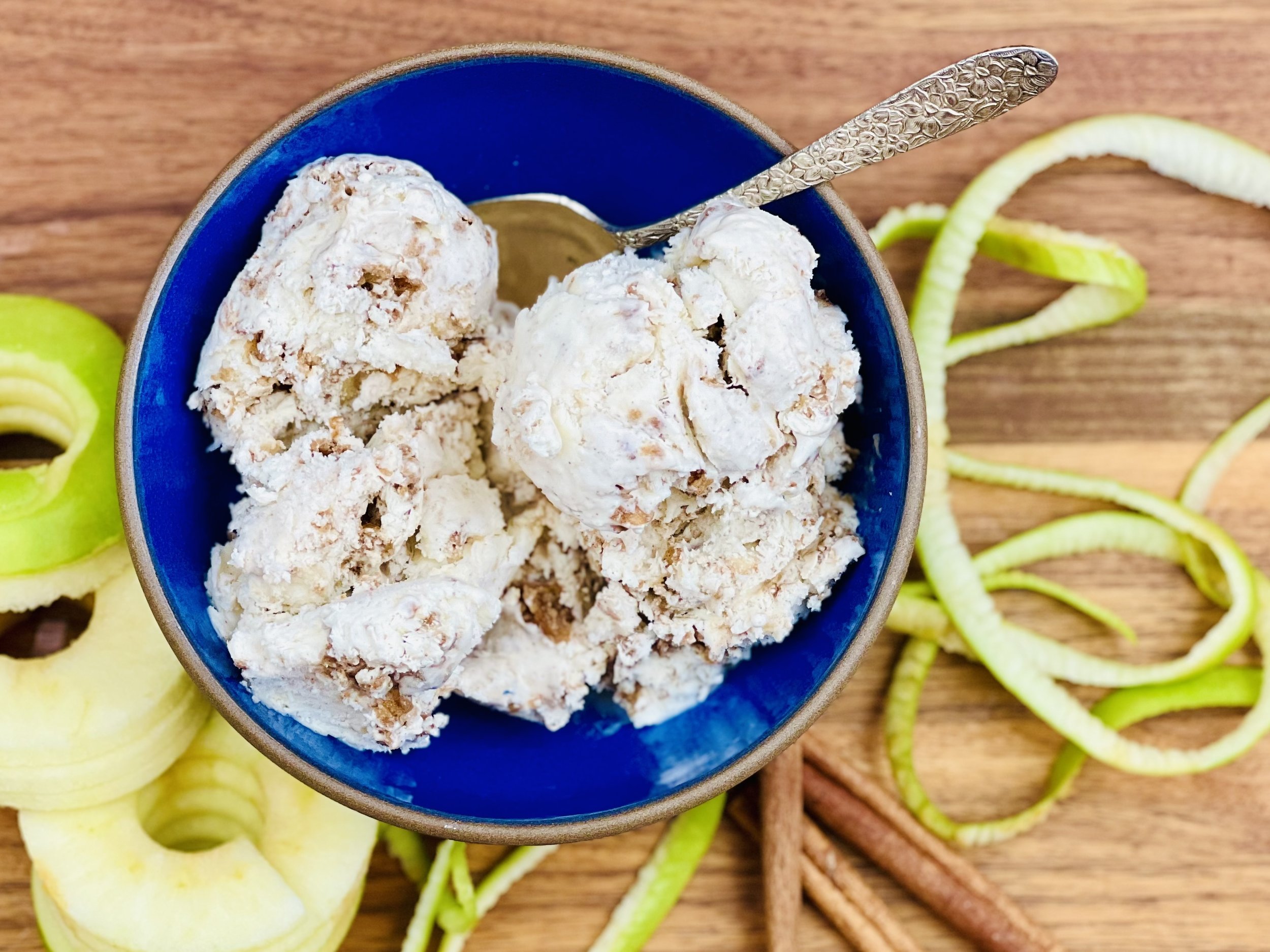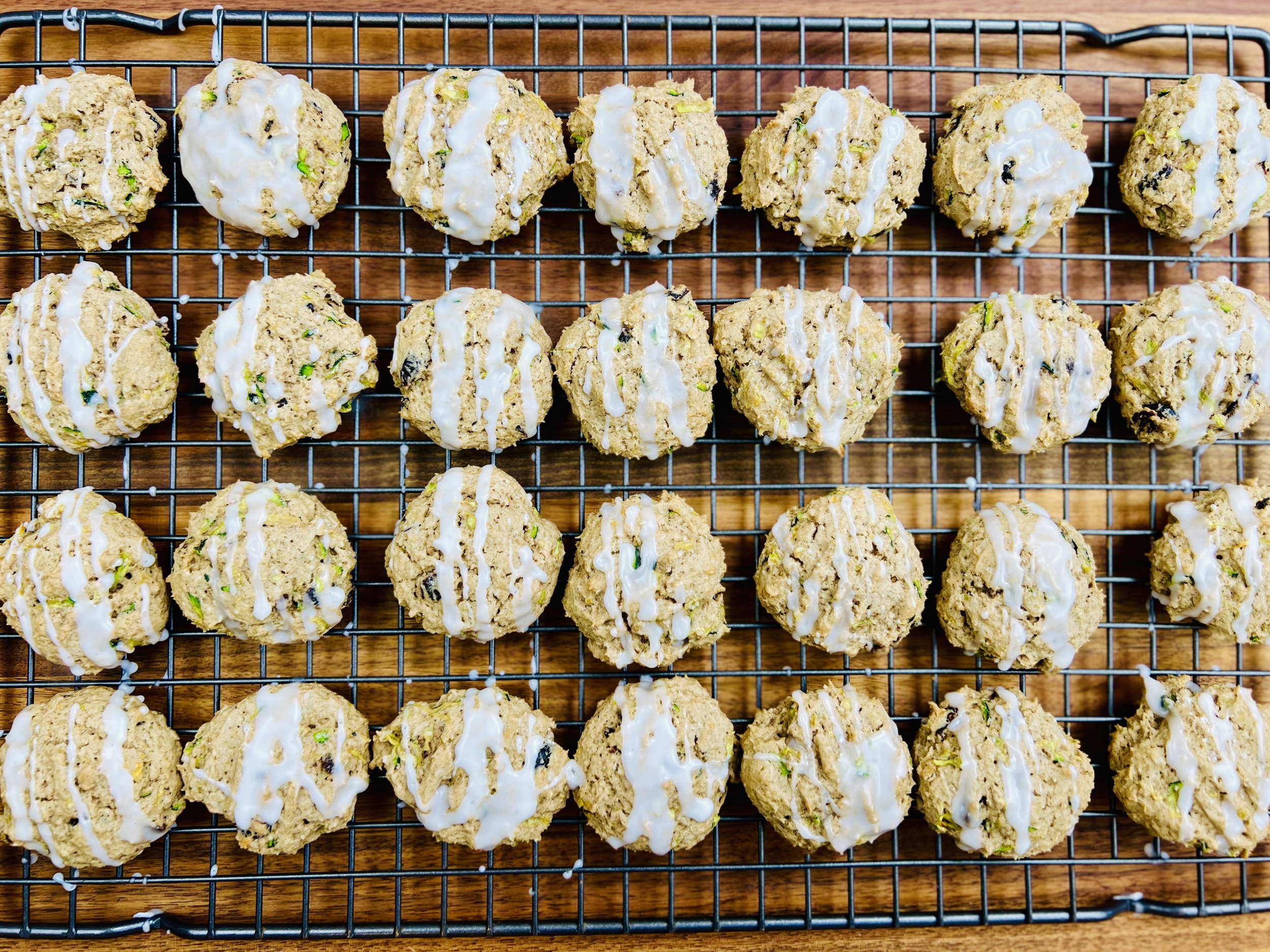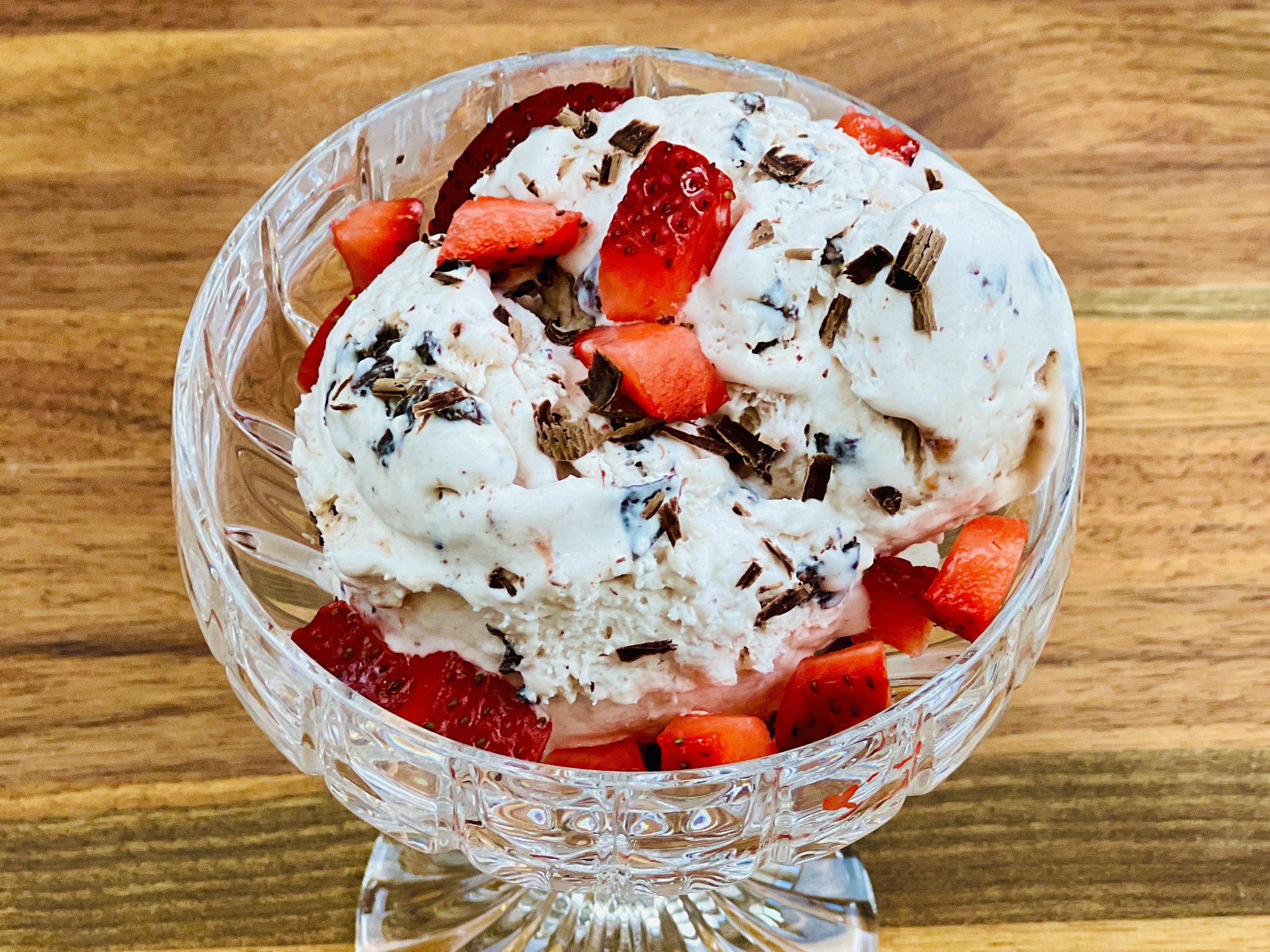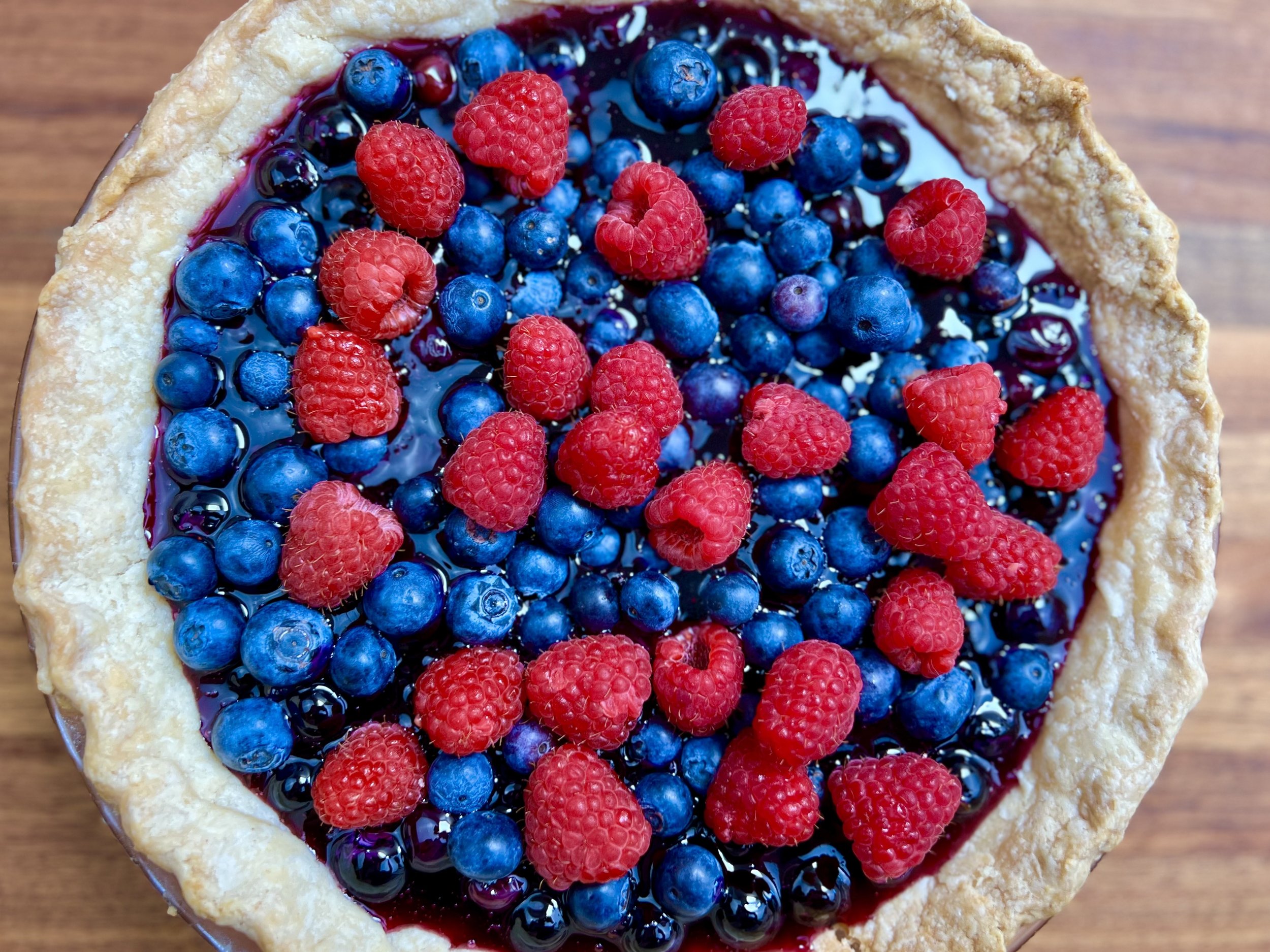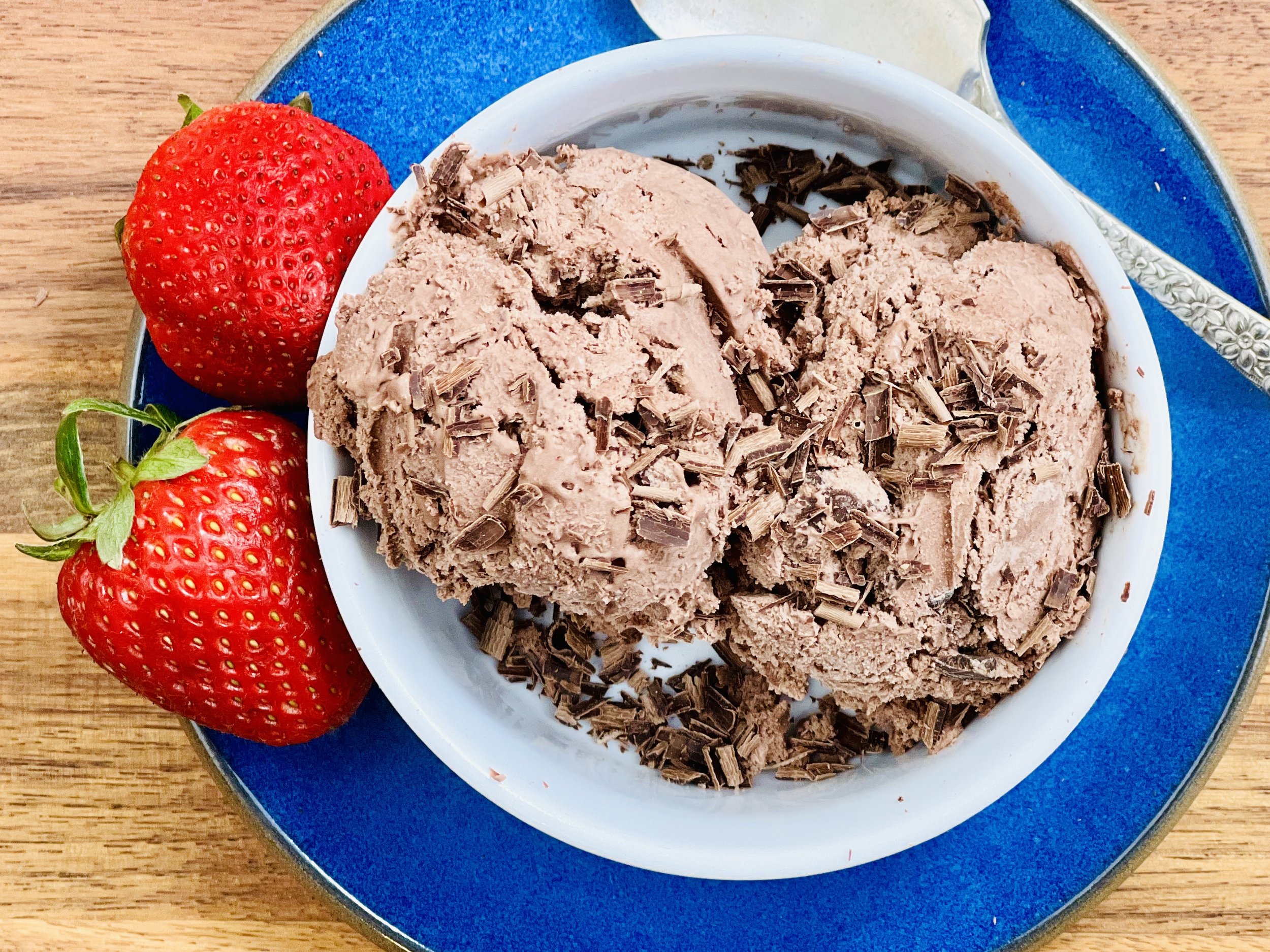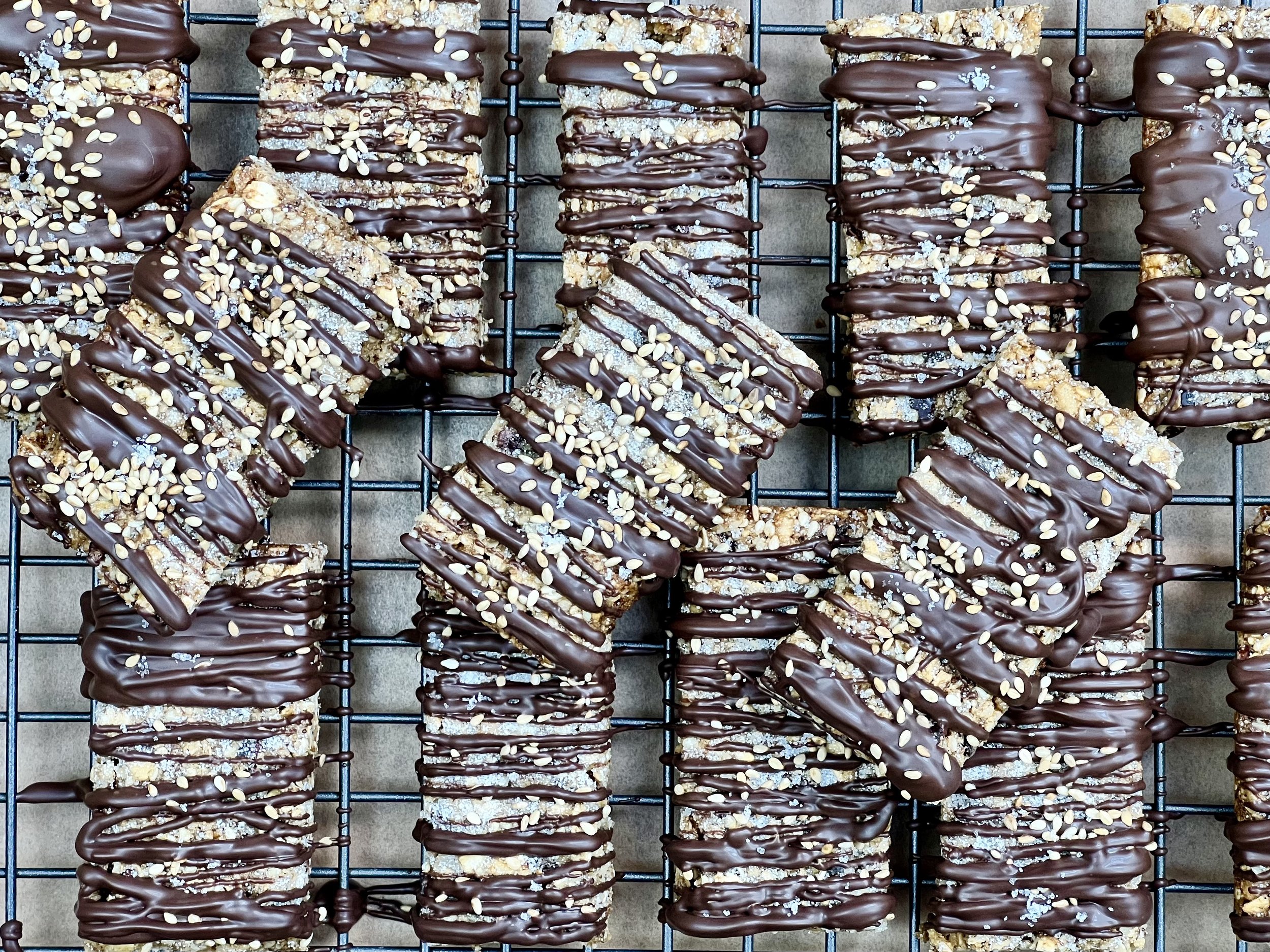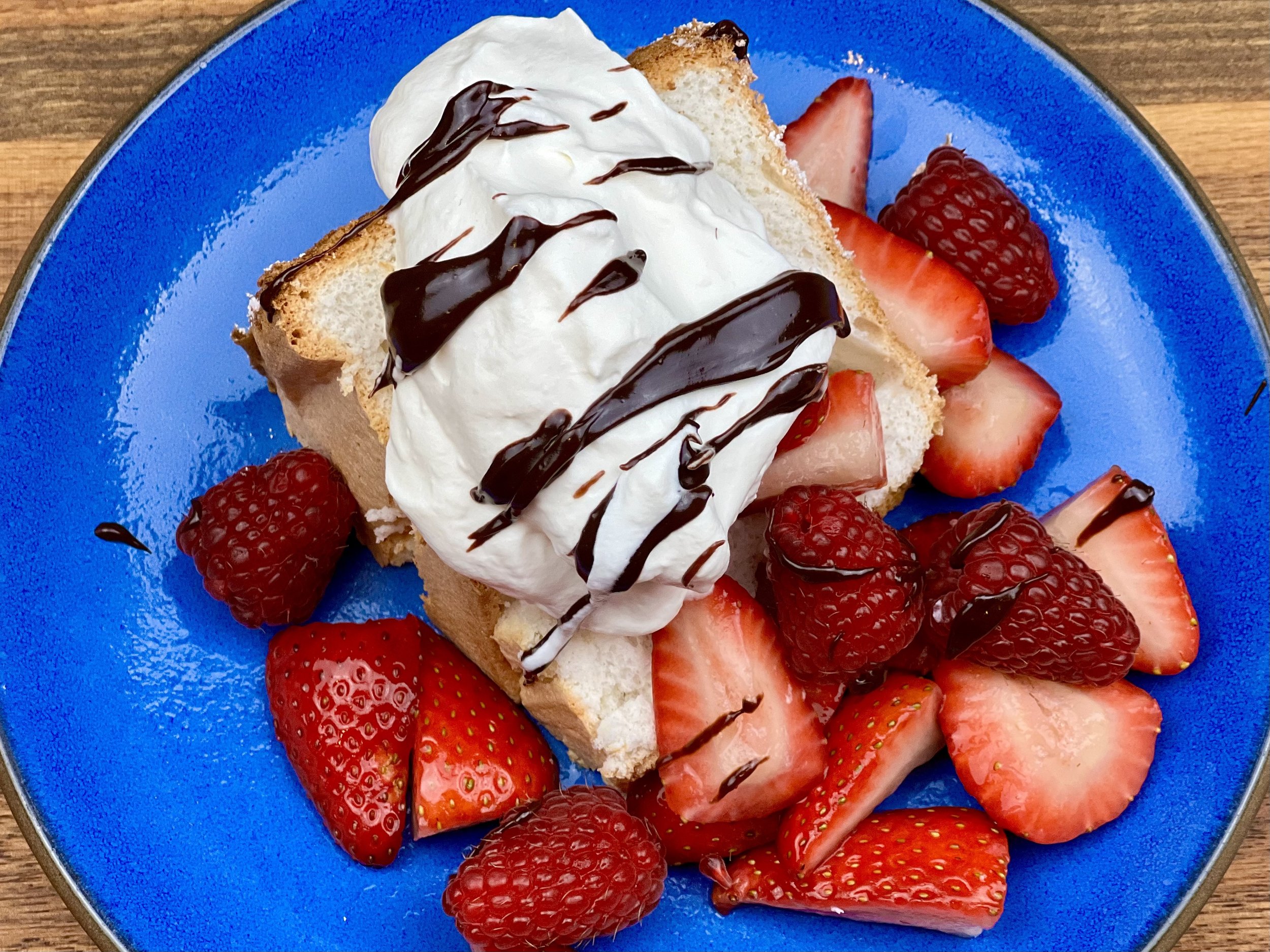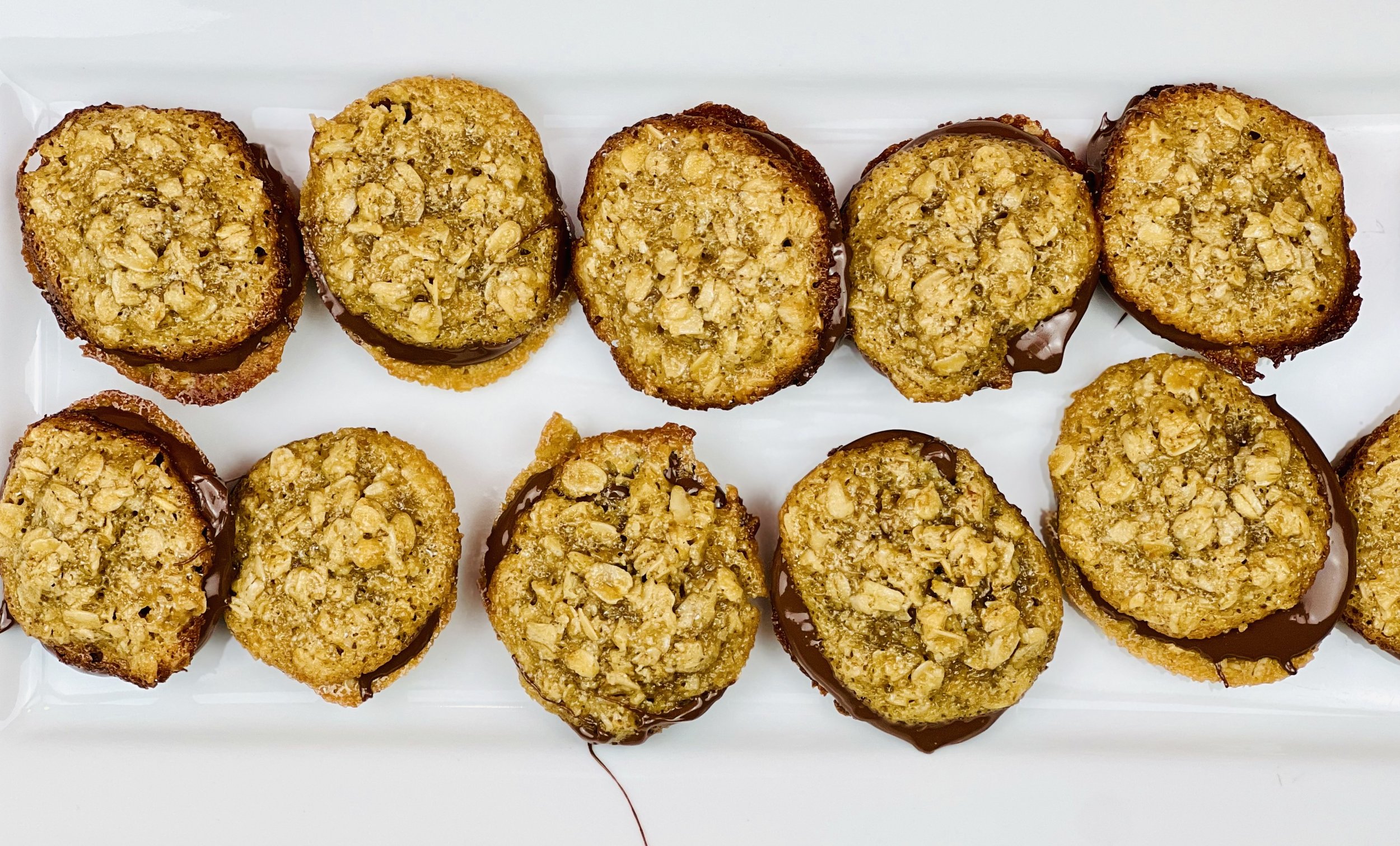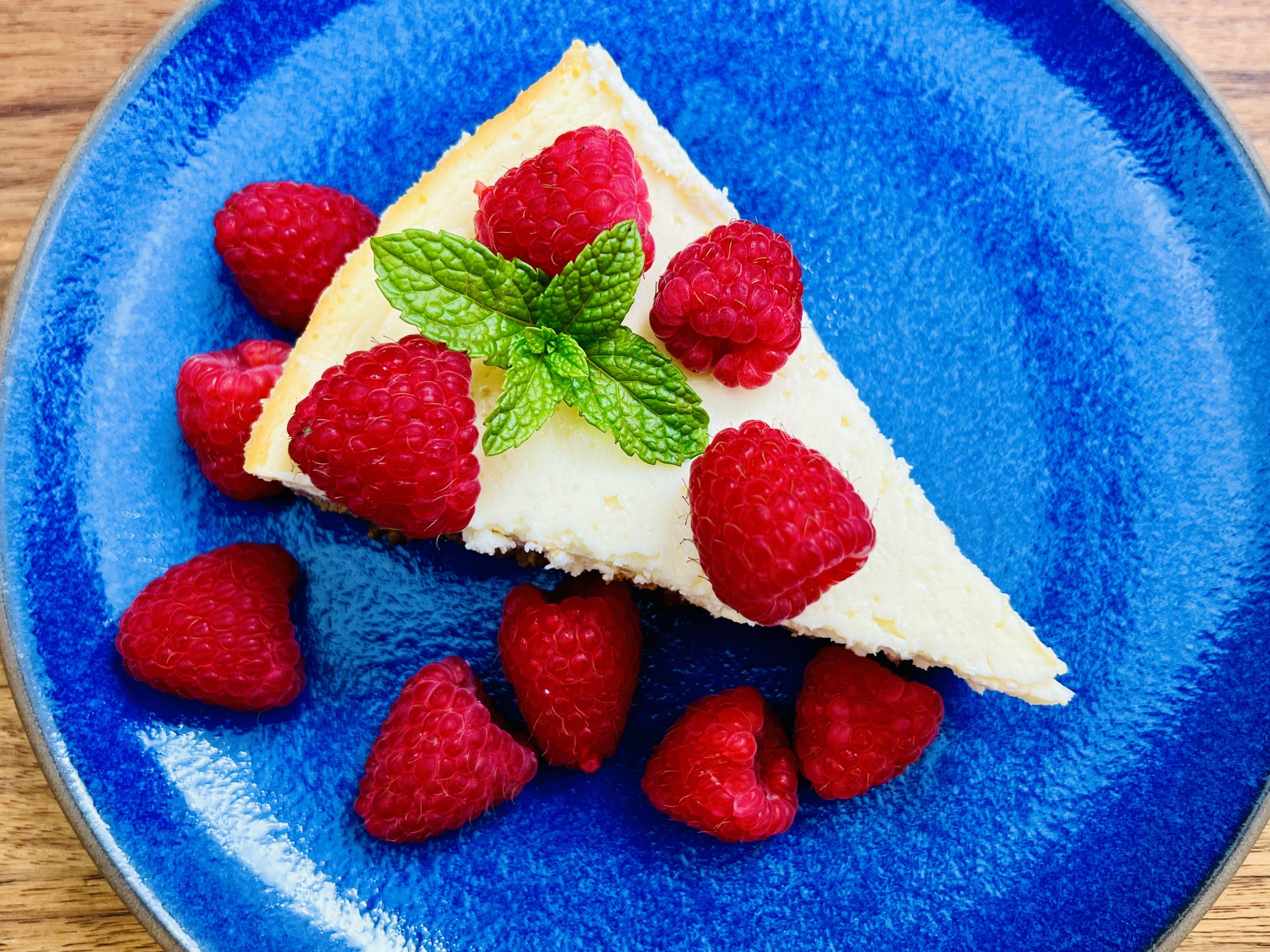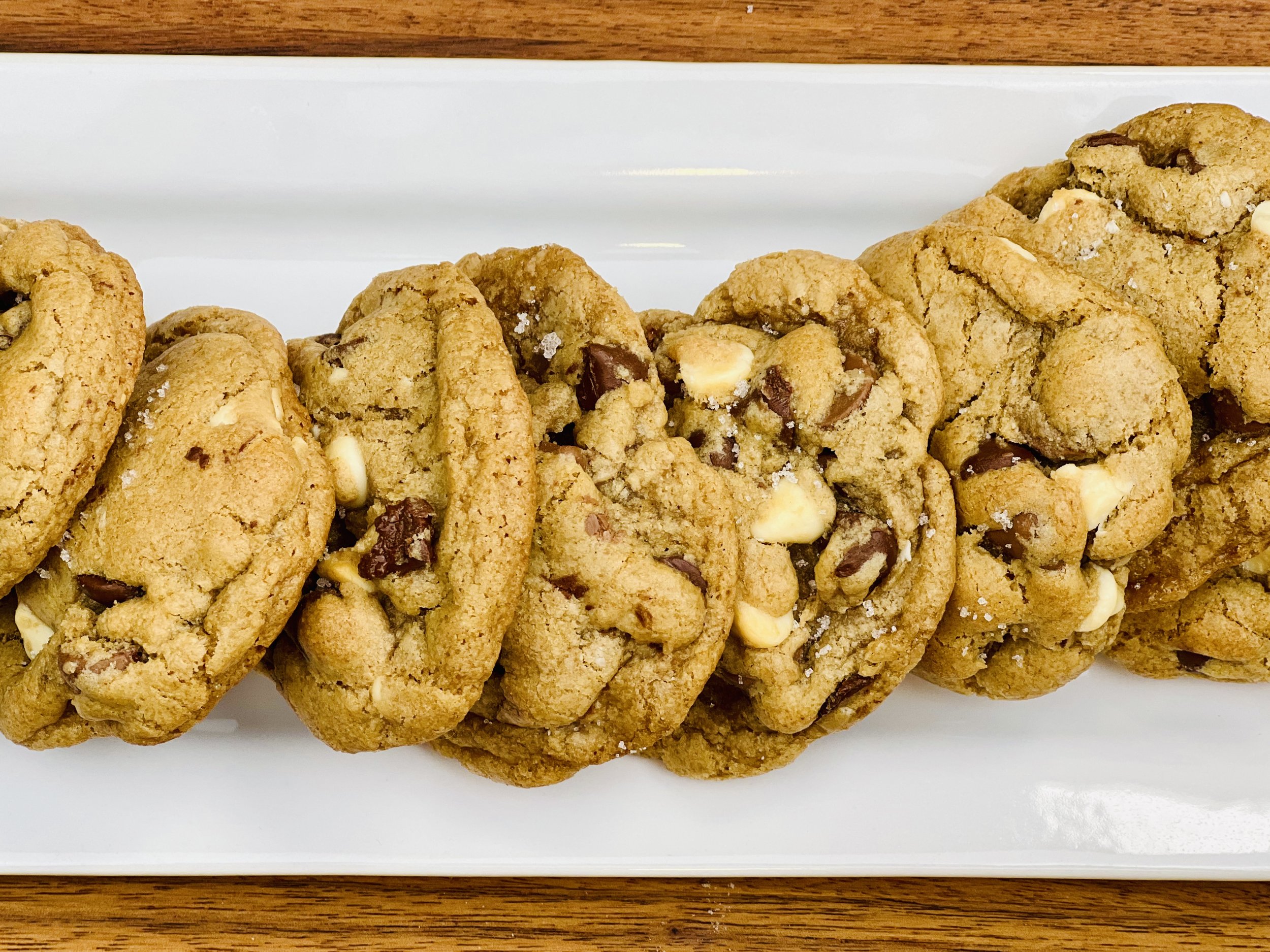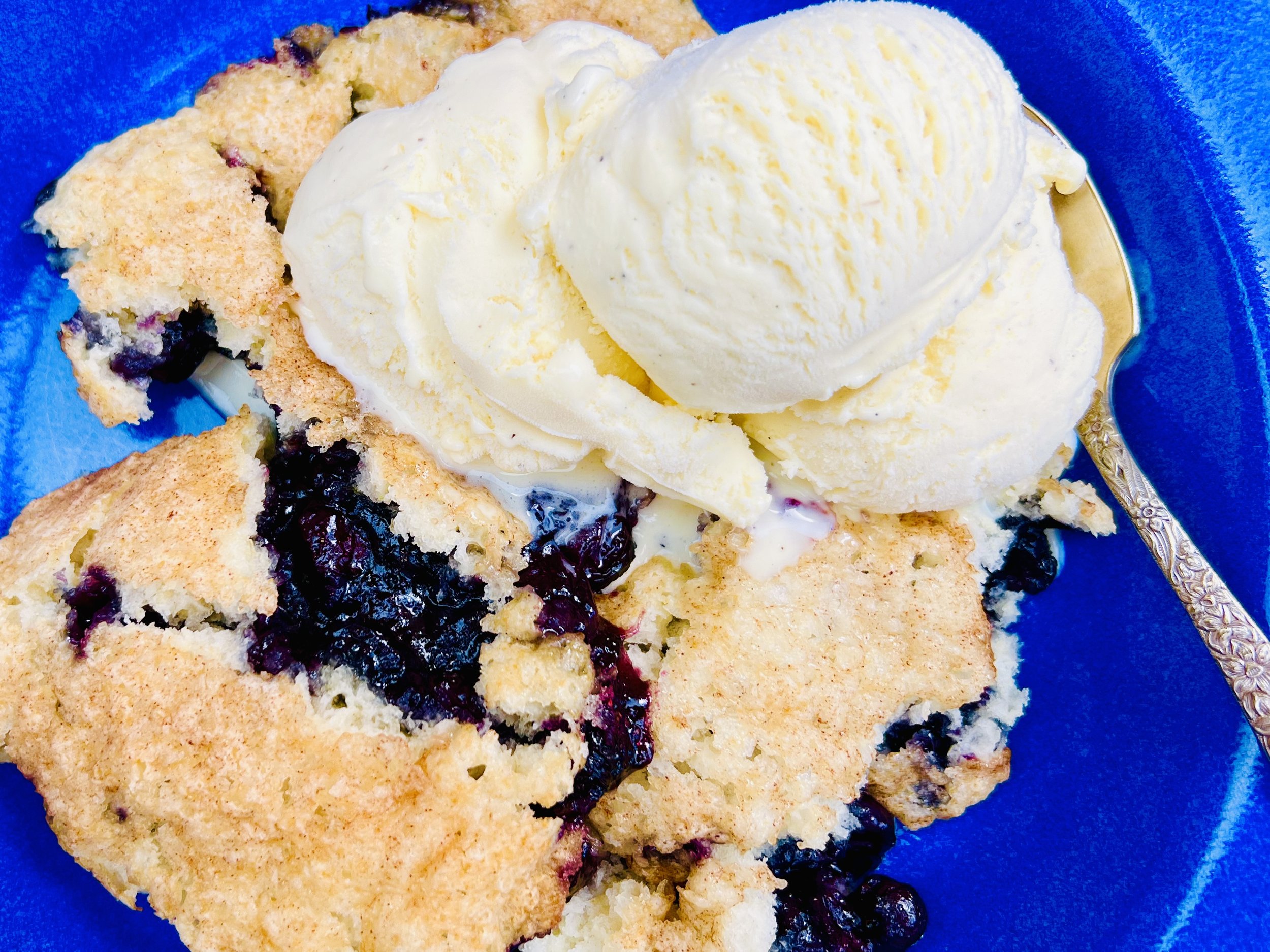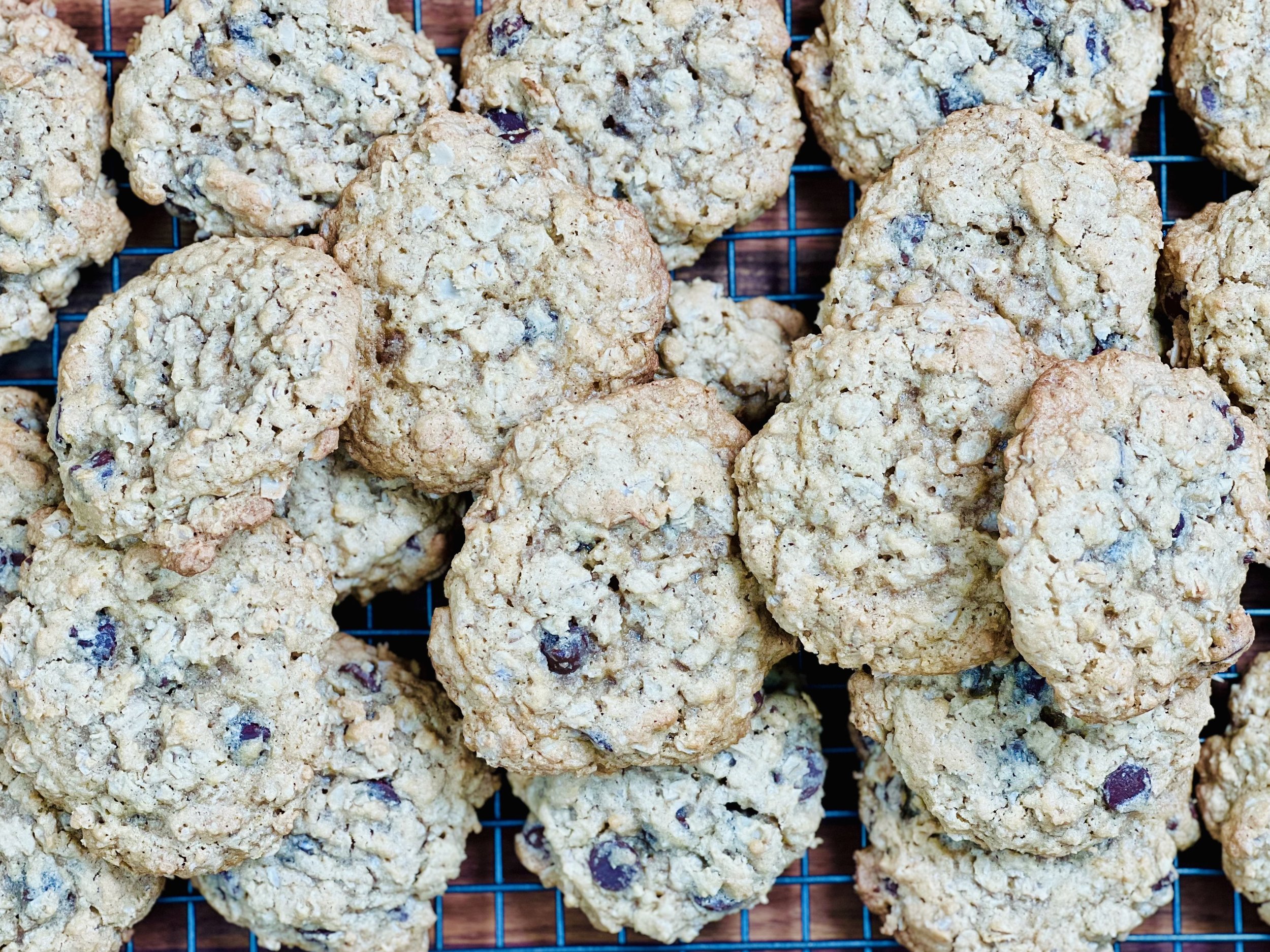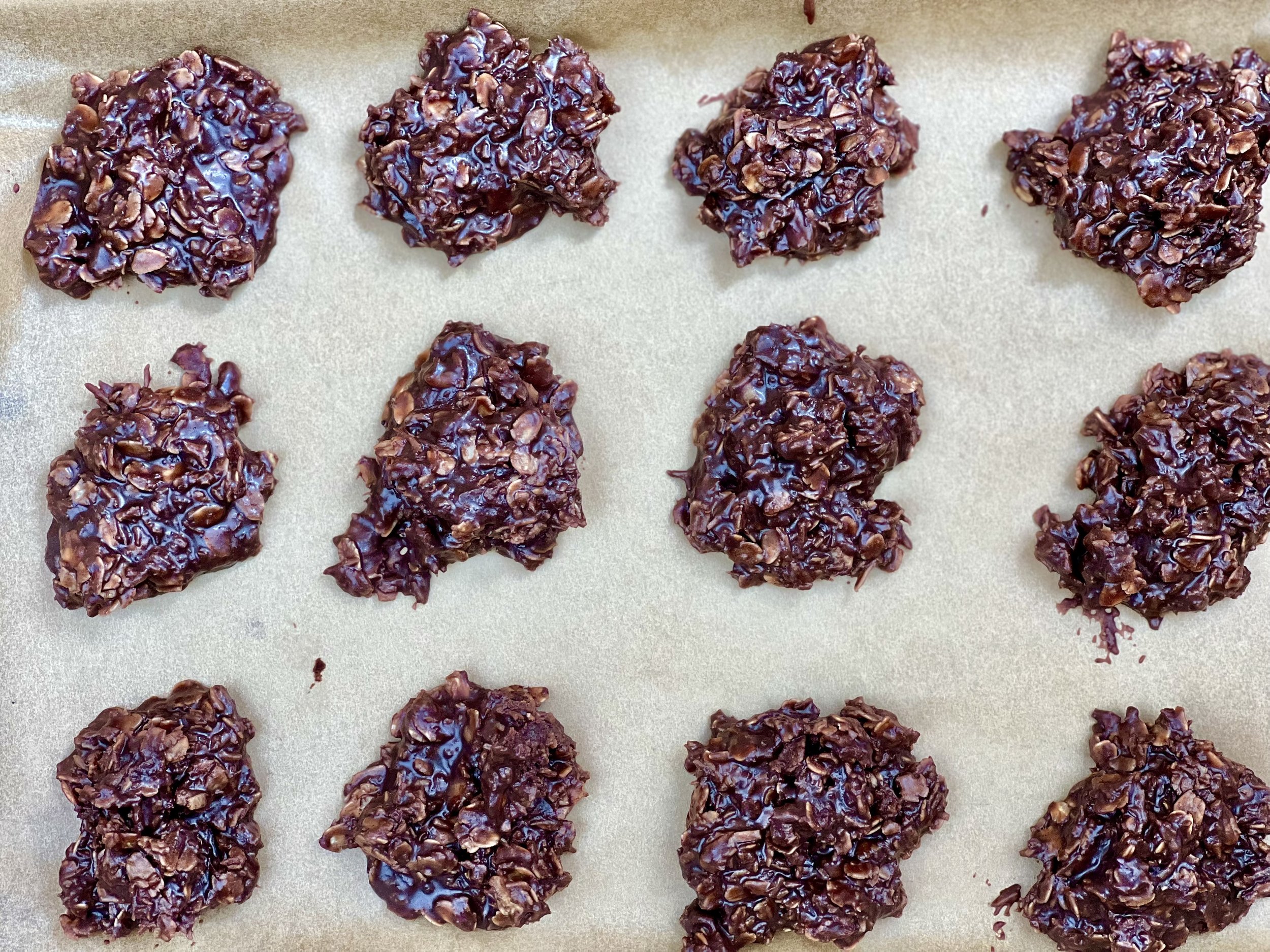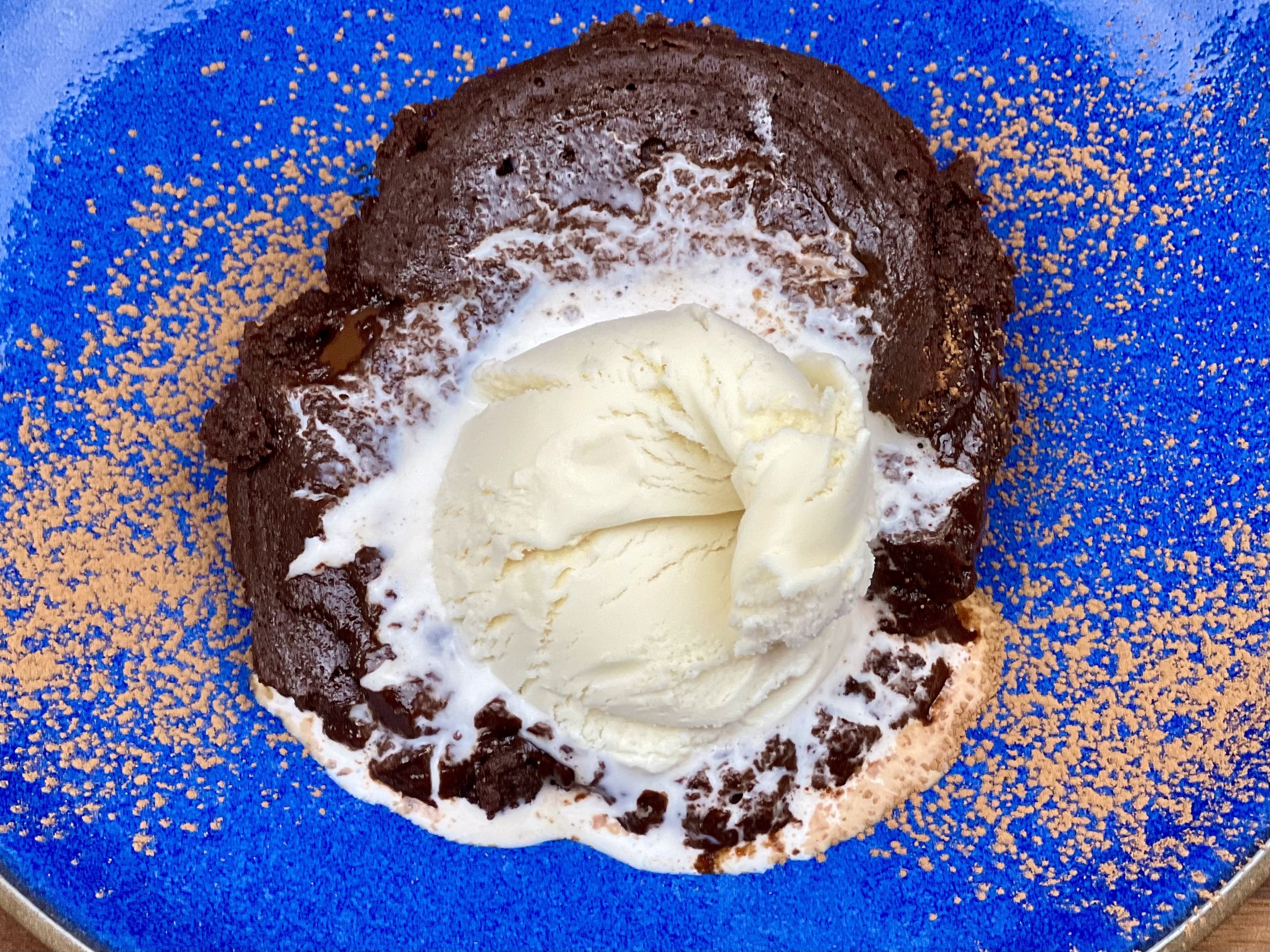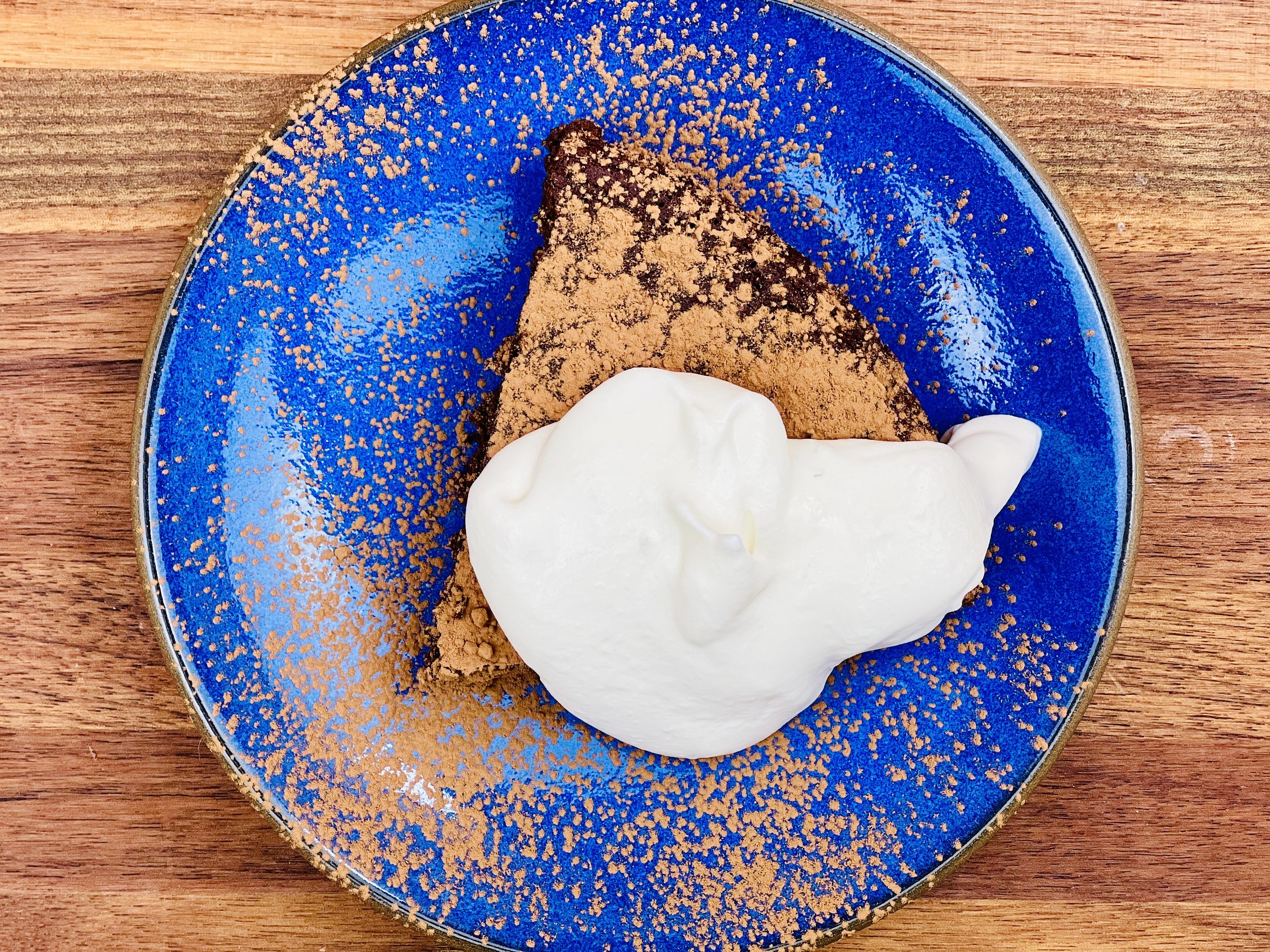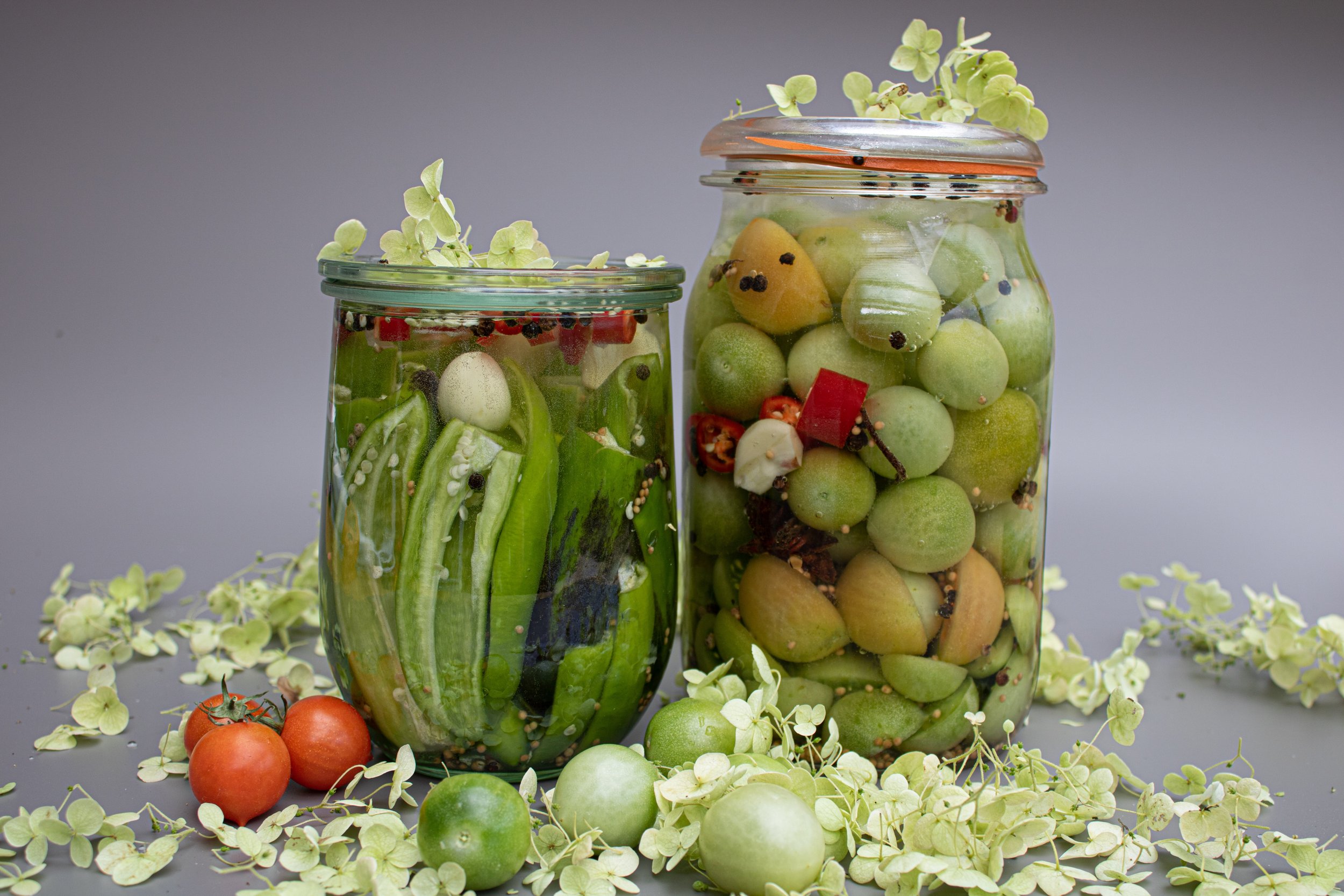Deliciously Low FODMAP
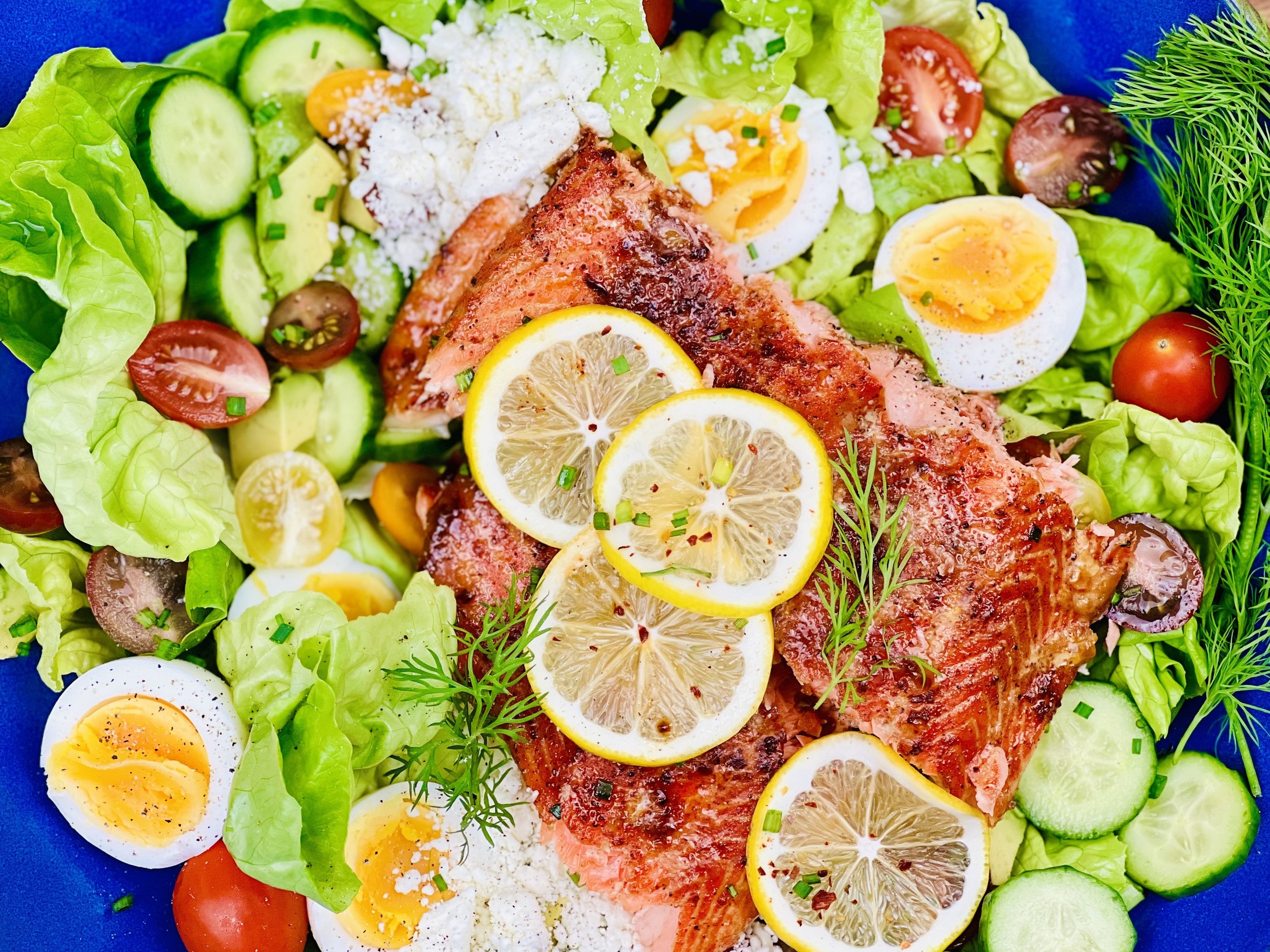
Inspire yourself with hundreds of delicious low FODMAP recipes, tips, and tools, and enjoy the abundance that is yours even when you have IBS.
Use the buttons and filters to find something specific or browse the complete collection for inspiration.
Discover a treasure trove of recipes with my FREE recipe club! Get new ideas delivered straight to your inbox every week.
Deliciously Low FODMAP is a trademark of IBS Game Changer, LLC
Filter to find Recipes and Tools
More Filtering Options
- All 702
- Appetizer 48
- BBQ 46
- Bowl 32
- Breakfast 57
- Cocktails 13
- Collection 1 58
- Collection 10 27
- Collection 11 30
- Collection 12 27
- Collection 13 31
- Collection 14 29
- Collection 15 31
- Collection 16 34
- Collection 17 31
- Collection 18 33
- Collection 19 36
- Collection 2 32
- Collection 20 33
- Collection 21 33
- Collection 22 25
- Collection 3 28
- Collection 4 29
- Collection 5 30
- Collection 6 32
- Collection 7 31
- Collection 8 31
- Collection 9 32
- Condiments 6
- Crock Pot 4
- Dessert 105
- Diabetes Game Changer Exception Protocol Contains Alcohol 11
- Diabetes Game Changer Exception Protocol Contains Flour 105
- Diabetes Game Changer Exception Protocol Contains Flour AND Sugar 76
- Diabetes Game Changer Exception Protocol Contains Sugar 46
- Diabetes Game Changer First Four Weeks 350
- Dinner 317
- Drink 7
- Free Guide 17
- Gluten-free 568
- Gut Microbiome 2
- Guthealth 3
- Holidays 63
- IBS Triggers 4
- Keto Friendly 111
- Lactose-Free 171
- Low FODMAP Diet 688
- Low Net Carb 125
- Low Net Starch 103
- Low Starch 106
Broccoli Pasta with Crisp Prosciutto and Chicken (Low FODMAP)
20 Minutes prep • 25 Minutes cook • Low FODMAP • Gluten-free • Serves 4
20 Minutes prep • 25 Minutes cook • Low FODMAP • Gluten-free • Serves 4 • Ok to make ahead: Steps 1-2
This self-saucing pasta is very creamy and delicious and makes the perfect bed for crispy fried prosciutto and parmesan-crusted chicken. It might sound complicated but it’s really quite easy to make. The prosciutto crisps right up in the frying pan, and then the chicken gets cooked in the same pan, picking up some of the excellent flavor from the prosciutto. This is a perfect one-bowl meal that has a little something for everyone in it: pasta, crunchy chicken, crispy prosciutto, broccoli, and that delicious creamy sauce.
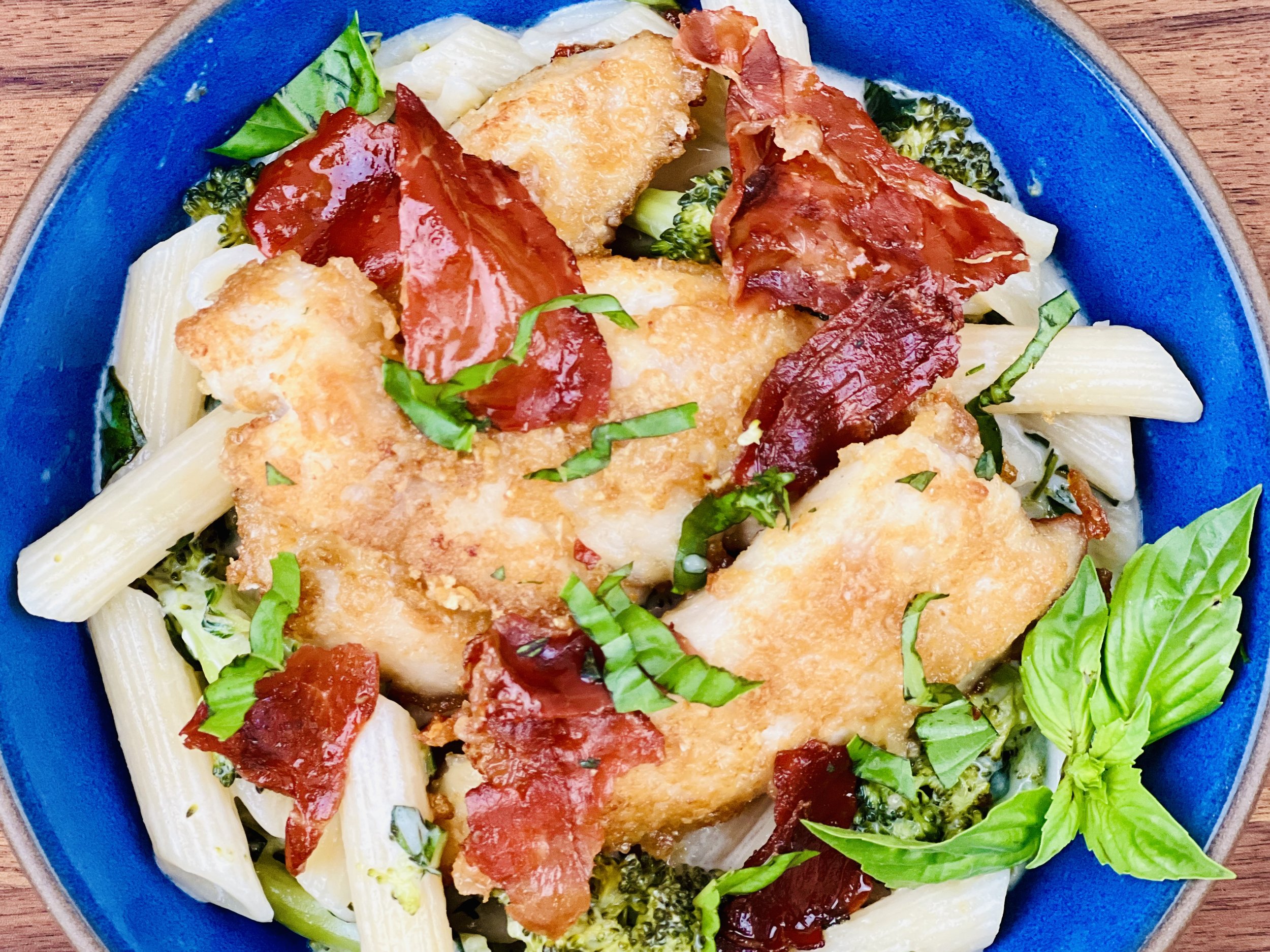
Ingredients
2 boneless, skinless chicken breasts sliced horizontally into 6 pieces
1 cup gluten-free panko or pork panko for low carb version
2 cups grated parmesan
1/2 teaspoon Smoke N Sanity Essence of Onion Salt (Use code IBSGC15 for 15% discount)
1/2 teaspoon Smoke N Sanity Essence of Garlic Salt (Use code IBSGC15 for 15% discount)
4 ounces thinly sliced prosciutto
3 tablespoons garlic-infused extra virgin olive oil
2 tablespoons salted butter
1/2 teaspoon Kosher salt
1/2 teaspoon Black pepper
12 ounces short-cut gluten-free pasta (I used Delallo Gluten-Free Penne Rigate )
2 cups broccoli tops only, chopped
1 1/2 cups fresh basil, chopped
3/4 cup heavy cream or canned coconut milk
2 ounces lactose-free cream cheese, at room temperature
Directions
(1) Prepare: Combine the panko, 3/4 cup parmesan, and the onion and garlic salt in a shallow bowl. Stir with a fork to blend well. Dredge the chicken pieces on both sides through the crumb mixture, pressing to make the panko stick. Set the chicken aside on a plate.
(2) Cook the prosciutto: Heat 1 tablespoon of olive oil in a large skillet set over medium-high heat. Add the prosciutto pieces and cook them until they’re crispy, turning after about 2 minutes, and cooking until crisp all over. Remove from the skillet and set aside on a plate. Once cooled, break into smaller pieces if the pieces are quite large.
(3) Cook the chicken: In the same skillet, add 1 tablespoon of olive oil and the chicken. Sear on both sides until golden and cooked through, 3-4 minutes per side. Remove from the heat when the chicken is just cooked through.
(4) Make the pasta: In a large pot set over medium heat, melt the butter. Pour in 4 cups of water and bring to a boil over high heat. Add 1 teaspoon salt, the pasta, and the broccoli. Cook, stirring occasionally, for 8-10 minutes (depending on the pasta you use). Do not drain the water. Stir in the cream, and cream cheese and cook until the cream cheese has melted and the pasta is al dente, about 4-5 minutes more.
(5) Finish: Add the parmesan and stir until melted and creamy. Remove from the heat. Stir in 1 cup of the basil and season with salt and pepper.
(6) Plate and serve: Divide the pasta between plates and top with chicken, prosciutto, and the remaining chopped basil.
Eat and enjoy every bite because you can!
Recipe note: I use Diamond Crystal Kosher salt in all my recipes because it has a wonderful flat and crisp flake that tastes delicious. It is also the least salty salt available so you can use it more liberally as a seasoning than you can table salt or sea salt. If you use another type of salt, you may need to reduce the amount so it is not over-salted.
Have a question you’d like to have answered? Email me at hello@ibsgamechanger.com
Link note: This post may contain affiliate links for you to easily purchase items that are linked. I may earn a small commission from qualifying purchases but none of this costs you a thing so feel free to use the links! In addition, for some items, I have provided a special discount code for IBS Game Changers so be sure to use the code when you purchase an item to get the discount that has been arranged just for you.
More Deliciously Low FODMAP™ main course recipes
10 Minutes prep • 25 Minutes cook • Low FODMAP • Gluten-Free • Serves 6 • Ok to make-ahead: Step 1
45 Minutes prep • 60 Minutes cook • Low FODMAP • Gluten-free • Vegetarian • Serves 6 - 8
5 Minutes prep • 15 Minutes cook • Low FODMAP • Gluten-free • Lactose-free • Vegan • Serves 4
10 Minutes prep • 20 Minutes cook • Low FODMAP • Gluten-free • Serves 4 n skewers for your family and friends. They are sure to be a hit.
15 Minutes prep • 55 Minutes cook (if using brown rice) • Low FODMAP • Gluten-free • Lactose-free • Vegan • Serves 4
15 Minutes prep • 20 Minutes cook • Low FODMAP • Gluten-free • Lactose-free • Serves 4-6
Creamy One-Pan Chicken Tikka Masala with Summer Veggies (Low FODMAP)
10 Minutes prep • 20 Minutes cook • Low FODMAP • Gluten-free • Dairy-free • Serves 4
10 Minutes prep • 20 Minutes cook • Low FODMAP • Gluten-free • Dairy-free • Serves 4 • Ok to make ahead: Step 1
One pan, 30 minutes and dinner is ready! And, it’s not only quick to make, it’s delicious to eat. Creamy coconut milk is the base for this dairy-free, one-pan, oh-so-delicious Tikka Masala dish. Adding fresh summer veggies at the end of cooking keeps them bright, and flavorful, balancing the rich sauce beautifully. Serve over steamed basmati rice for a complete one-bowl meal the whole family will love. Leftovers heat up nicely so don’t hesitate to make a little more than you need for dinner!
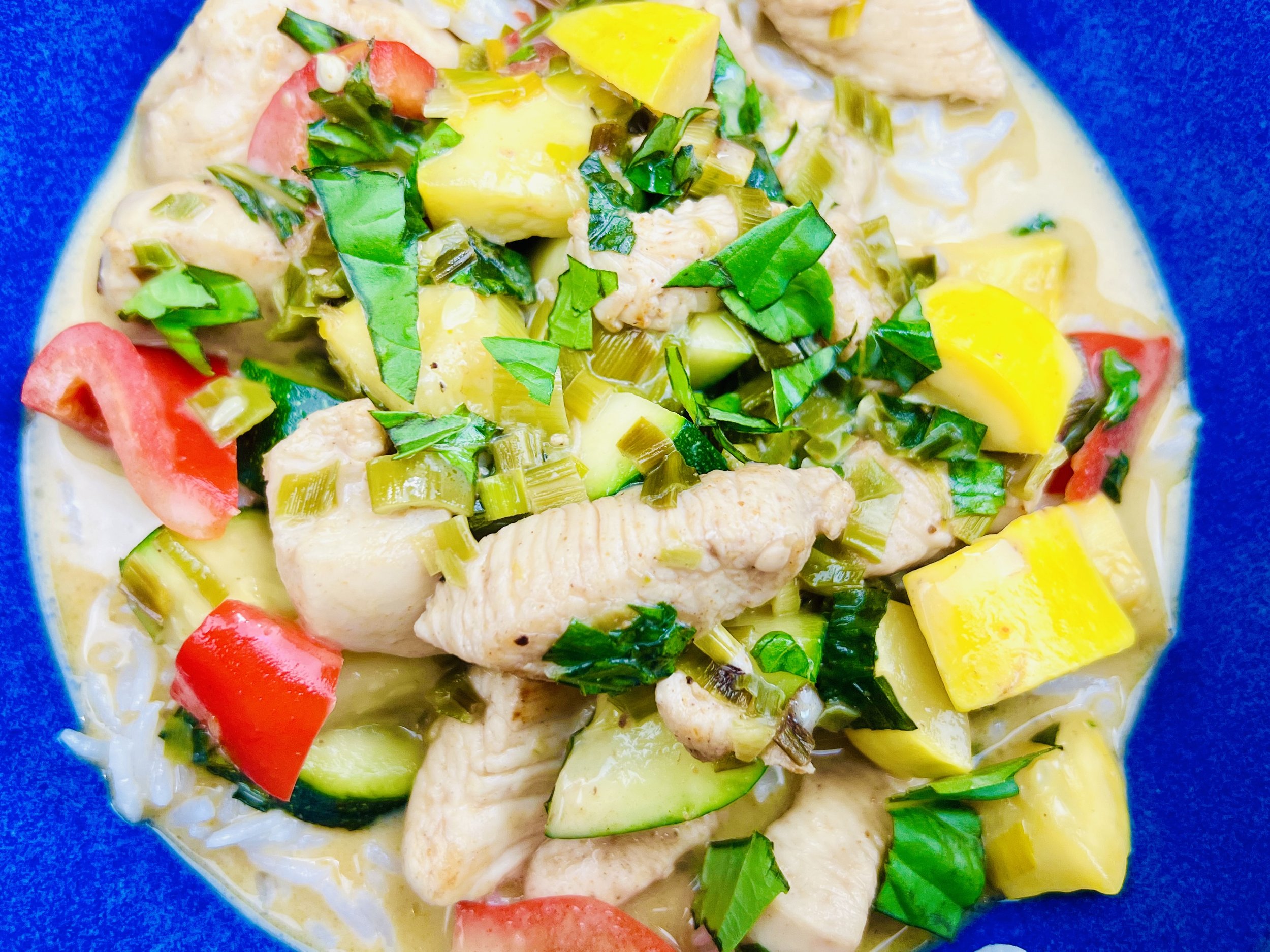
Ingredients
3 tablespoons garlic-infused extra virgin olive oil, divided
1 large leek, green part only, chopped
1 pound boneless skinless chicken breast, cubed
2 tablespoons Smoke N Sanity Tikka Masala Seasoning (use code IBSGC15 for 15% discount)
1/2 teaspoon Kosher salt
1/2 teaspoon black pepper
2 cups of any combination of cubed: zucchini, bell pepper, summer squash
1 tablespoon chopped fresh ginger
2 cups canned coconut milk
1 tablespoon gluten-free soy sauce
1/2 cup fresh basil, chopped
3 - 4 cups of steamed rice, divided into 4 bowls, for serving
Directions
(1) Prepare: Cut the chicken into cubes and put in a small bowl. Drizzle with 1 tablespoon of garlic-infused olive oil and 1 tablespoon Smoke N Sanity Tikka Masala seasoning. Stir well to coat all the chicken pieces with the oil and seasoning mixture. Set aside until ready to cook. If it’s going to be more than 20 minutes, keep it in the refrigerator.
(2) Cook the chicken: In a large skillet, heat 2 tablespoons of garlic-infused olive oil over medium-high heat. When hot, add the leek greens, and cook for about 2 minutes until softened. Add the cubed chicken, and sprinkle with 1 tablespoon of Tikka Masala seasoning, salt, and pepper. Cook over medium-high heat for about 5 minutes.
(3) Add the vegetables: Add the cubed vegetables and the ginger to the pan and cook another 5 minutes, then pour in the coconut milk and soy sauce. Cook 5 minutes until the chicken is cooked through and the sauce has thickened. Remove from the heat and stir in the basil.
(4) Plate and serve: Serve the chicken and sauce over steamed rice with a sprinkle of fresh chopped basil. If you like, you can serve it with warmed gluten-free naan on the side as well.
Eat and enjoy every bite because you can!
Recipe note: I use Diamond Crystal Kosher salt in all my recipes because it has a wonderful flat and crisp flake that tastes delicious. It is also the least salty salt available so you can use it more liberally as a seasoning than you can table salt or sea salt. If you use another type of salt, you may need to reduce the amount so it is not over-salted.
Have a question you’d like to have answered? Email me at hello@ibsgamechanger.com
Link note: This post may contain affiliate links for you to easily purchase items that are linked. I may earn a small commission from qualifying purchases but none of this costs you a thing so feel free to use the links! In addition, for some items, I have provided a special discount code for IBS Game Changers so be sure to use the code when you purchase an item to get the discount that has been arranged just for you.
More Deliciously Low FODMAP™ one-pan recipes
10 Minutes prep • 25 Minutes cook • Low FODMAP • Gluten-Free • Serves 6 • Ok to make-ahead: Step 1
10 Minutes prep • 15 Minutes cook • Low FODMAP • Gluten-free • Lactose-free • Serves 4-6
10 Minutes prep • 60 Minutes cook • Low FODMAP • Gltuen-free • Lactose-free • Serves 4 - 6
10 Minutes prep • 30 - 40 Minutes cook • Low FODMAP • Gluten-free • Lactose-free • Serves 4
10 Minutes prep • 20 Minutes cook • Low FODMAP • Vegetarian Option • Gluten-free • Serves 4
Tips for Navigating the Grocery Store Low FODMAP Style
A step-by-step guide to assist you in getting through the grocery store and coming out with all the low-FODMAP foods and ingredients you need.
Figuring out how to navigate a low-FODMAP diet can be challenging on its own. When you add the task of navigating the grocery store to find low-FODMAP foods and ingredients for enjoyable family meals, it can feel overwhelming and discouraging even before you’ve set foot in the store! To simplify this process, I've created a step-by-step guide to assist you in getting through the grocery store and coming out with all the low-FODMAP foods and ingredients you need.
Low FODMAP Grocery Shopping Made Easy
Educate Yourself: Familiarize yourself with the list of high and low FODMAP foods. You can use the Monash app or the Spoonful app for packaged foods, and you can use my food and shopping lists for easy/quick planning and buying.
Plan Your Meals: Before you go shopping, plan your meals and make a shopping list based on my low FODMAP recipes and meal plans. This will help you stay focused and avoid purchasing non-compliant foods.
Read Food Labels: When shopping, carefully read food labels for ingredients that are high in FODMAPs. Look out for ingredients like wheat, garlic, onion, high-fructose corn syrup, and artificial sweeteners. Avoid foods that contain these ingredients. Use the Spoonful app to scan barcodes and help you quickly assess FODMAP ingredients to watch for.
Stick to Whole Foods: The safest way to ensure you're getting low FODMAP ingredients is to focus on whole, unprocessed foods. Fresh fruits and vegetables, lean meats, fish, eggs, lactose-free dairy, rice, quinoa, and some gluten-free grains like oats are generally safe options.
Check for Certified Low FODMAP Products: Some brands now offer certified low FODMAP products. Look for the "Certified Low FODMAP" logo on the packaging, as this indicates that the product has been tested and approved as suitable for a low FODMAP diet. Some examples include Smoke N Sanity seasonings, salsas, and sauces; Fody Foods products, Green Valley and Good lactose-free dairy products, and others.
Avoid Onions and Garlic: Onions and garlic are common high FODMAP ingredients used in many processed foods and condiments. Instead, look for garlic-infused oils (the oil contains the flavor but not the FODMAPs) or use onion and garlic substitutes like garlic-infused oil or just the green parts of green onions, leeks, and spring onions.
Shop the Perimeter: In many grocery stores, the outside aisles of the store are where you'll find fresh produce, meats, dairy, and other whole foods. These are generally safer choices for a low FODMAP diet than all the processed foods on the inside aisles.
Beware of Hidden FODMAPs: Some foods that seem healthy may contain hidden FODMAPs. For example, certain fruits and vegetables in dried or canned forms, some gluten-free products, and certain sauces or marinades can contain high FODMAP ingredients.
Experiment and Keep a Food Diary: Everyone's tolerance to FODMAPs is different. After shopping for low FODMAP ingredients, be prepared to experiment with portion sizes and combinations of foods to determine what works best for your individual needs. Keeping a food diary can be helpful for tracking your symptoms and identifying trigger foods. The shopping lists linked in this article are excerpted from the journal I provide my coaching clients to track not only food and drink, but also exercise, stress level, bowel movements, and more.
Remember that while a low FODMAP diet can be beneficial for managing IBS symptoms, there’s more to it than that. Working with a healthcare professional who specializes in gastrointestinal health can be a real game changer. That’s why I created my 8-week program to provide just the right amount of guidance, education, and support to go from unpredictable and uncomfortable to predictable, comfortable, and in the driver’s seat! Take a look at the program here and read some of the success stories from program graduates.
Link note: This post may contain affiliate links for you to easily purchase items that are linked. I may earn a small commission from qualifying purchases but none of this costs you a thing so feel free to use the links! In addition, for some items, I have provided a special discount code for IBS Game Changers so be sure to use the code when you purchase an item to get the discount that has been arranged just for you.
More Deliciously Low FODMAP™ Tips and Tools
In this blog post, I explore some of the ways deep tissue massage can support IBS symptom management, giving you one more tool in your toolbox to find a holistic path to comfort and well-being.
One of the biggest challenges when struggling with gut issues is getting answers to your many questions about cause and treatment. With this in mind, we in the content creator space, work hard to bring you specific and actionable information to help answer your questions.
Since launching IBS Game Changer, I’ve been on a mission to support individuals living with Irritable Bowel Syndrome (IBS) by providing expert coaching, delicious recipes, and essential tips for symptom management.
In this post, I’m sharing many of the essential pantry staples I use in my recipes all the time.
One of the biggest challenges when struggling with gut issues is getting answers to your many questions about cause and treatment. With this in mind, we in the content creator space, work hard to bring you specific and actionable information to help answer your questions.
Monash University recently re-tested avocados for FODMAP content and they made an interesting discovery
In this blog post, I’m addressing the intricate relationship between anxiety and Irritable Bowel Syndrome, exploring how they impact each other, and giving you some specific things you can do to get them both under control.
Not all cheeses are created equal in terms of their compatibility with the low FODMAP diet. This article will help you make informed choices that align with both your preferences and your gut health.
The warmth and soothing nature of bone broth can provide relief from digestive discomfort. Sipping on a warm cup of bone broth may help ease symptoms such as bloating and cramping.
After the holidays or any time you want to improve your relationship with food, use these techniques to master mindful eating and regain control of your health.
From Mindful Munching to making Social Connections — here are some tips for a happy holiday!
Research underscores the point that moderate-intensity exercise often outperforms vigorous exercise in relieving IBS symptoms. But individualization is key.
Taking a moment each day to acknowledge and appreciate the positive aspects of our lives can have a profound impact on our well-being.
How can you ensure your gut biome is in the best shape possible? I’ve put together the top 10 strategies to promote a healthy and diverse gut biome. Read on…
Constipation: What is it? What are some common myths about it? What can you do about it?
A step-by-step guide to assist you in getting through the grocery store and coming out with all the low-FODMAP foods and ingredients you need.
While the nutritional content of food takes center stage, the way food looks and feels should not be underestimated.
If you are based in the United States and have never tried FODZYME before, you can get a free sample of FODZYME.
Thanks to our friends at Good Fod Foods you can now have delicious Beef Sticks and Jerky in a variety of flavors that you can keep on hand for a quick snack or light lunch on the go.
Fully Loaded Meat Loaf (Low FODMAP)
20 Minutes prep • 55 Minutes cook • Low FODMAP • Gluten-free • Keto-friendly • Serves 6
20 Minutes prep • 55 Minutes cook • Low FODMAP • Gluten-free • Keto-friendly • Serves 6 • Ok to make ahead: Steps 1-2
Good meatloaf is a delicious, comforting, and simple meal. This recipe includes a combination of sauteed leek and green onion greens, mushrooms, and thyme for an extra special flavor that takes typical meatloaf to a whole new level. The kitchen smells wonderful while it’s cooking. It’s great hot out of the oven, or cold as a meatloaf sandwich. Serve it with a side salad, roasted vegetables, or with my Buttery Mashed Yukon Gold Potatoes with some of the juice from the pan drizzled over the top. It’s sure to be a crowd-pleaser.
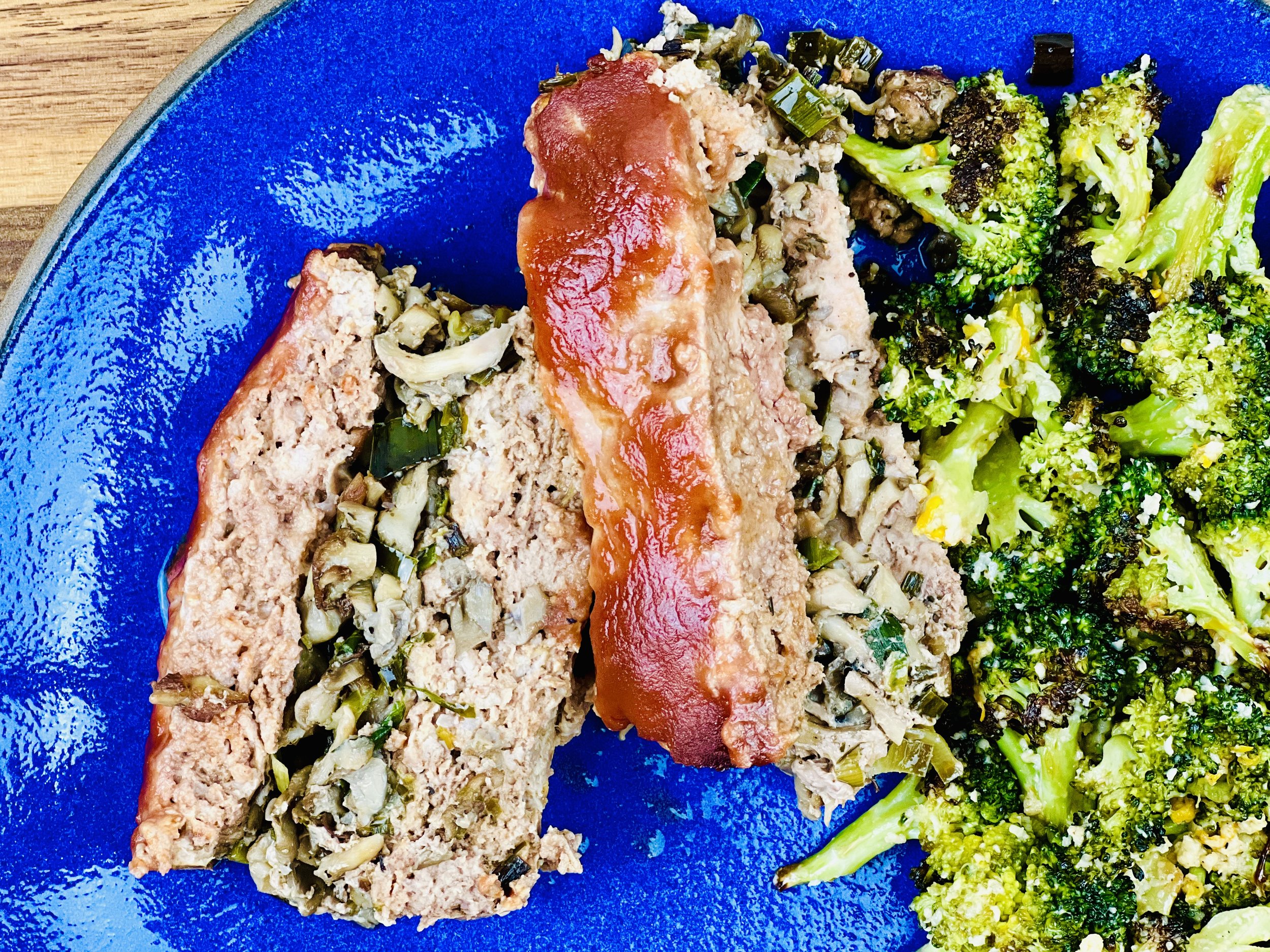
Ingredients
1 tablespoon garlic-infused olive oil
2 tablespoons salted butter
2 teaspoons, dry thyme
3/4 cup leek greens, chopped
1/4 cup green onion greens, chopped
12 ounces oyster mushrooms, chopped
1 pound organic grass-fed ground beef or bison (which tastes the same but is much better for you!)
1 pound ground pork, organic preferred
2 slightly beaten eggs
1 cup low FODMAP tomato sauce, divided
3/4 cup grated Parmesan cheese
1 teaspoon Kosher salt
1/2 teaspoon freshly ground black pepper
1 tablespoon rice vinegar
1 teaspoon Worcestershire sauce
Directions
(1) Prepare: Preheat oven to 350. Wash and chop the leek and green onion greens. Chop the mushrooms.
(2) Saute the vegetables: Heat a large frying pan over medium-high heat. When the pan is warm, add the olive oil and butter. When the butter is melted, add the thyme and let it sizzle in the fat for about 30 seconds. Then add the leek greens, green onion greens, and the mushrooms. Season with salt and pepper and cook, stirring intermittently, until the mushrooms begin to brown (about 5 minutes). Remove from the heat when done and let cool for a few minutes.
Make-ahead note: At this point, you can set the vegetables aside and even refrigerate if it’s going to be more than about an hour before you put it all together and cook it.
(3) Season the meat: In a medium bowl, combine the eggs, 1/2 cup of the tomato sauce, Parmesan cheese, salt, and pepper. Add the ground meat and mix well.
(4a) Finish as layers: Place half the meat mixture in the bottom of a 9” loaf pan or 8” x 8” pan, then spread the cooked vegetables over the top. Add the remaining meat mixture over the top of the vegetables and then drizzle the top of the meat with the remaining tomato sauce mixed with the rice vinegar and Worcestershire sauce.
(4b) Or Finish as a blend: Combine the cooked vegetables and the meat mixture together and put into a 9” loaf pan or 8” x 8” pan, then drizzle the top of the meat with the remaining tomato sauce mixed with the rice vinegar and Worcestershire sauce.
(5) Bake: Put in the oven and bake for 1 hour. Check for doneness with an instant-read thermometer. You want to be sure it reaches an internal temperature of 165 degrees F.
(6) Plate and serve: Remove from the oven and let sit for a couple of minutes. Then slice and serve with a side salad, roasted vegetables, or with my Mashed Yukon Gold potatoes with some of the juice from the pan drizzled over the top.
Eat and enjoy every bite because you can!
Recipe note: I use Diamond Crystal Kosher salt in all my recipes because it has a wonderful flat and crisp flake that tastes delicious. It is also the least salty salt available so you can use it more liberally as a seasoning than you can table salt or sea salt. If you use another type of salt, you may need to reduce the amount so it is not over-salted.
Have a question you’d like to have answered? Email me at hello@ibsgamechanger.com
Link note: This post may contain affiliate links for you to easily purchase items that are linked. I may earn a small commission from qualifying purchases but none of this costs you a thing so feel free to use the links! In addition, for some items, I have provided a special discount code for IBS Game Changers so be sure to use the code when you purchase an item to get the discount that has been arranged just for you.
More Deliciously Low FODMAP™ main course recipes
10 Minutes prep • 25 Minutes cook • Low FODMAP • Gluten-Free • Serves 6 • Ok to make-ahead: Step 1
45 Minutes prep • 60 Minutes cook • Low FODMAP • Gluten-free • Vegetarian • Serves 6 - 8
5 Minutes prep • 15 Minutes cook • Low FODMAP • Gluten-free • Lactose-free • Vegan • Serves 4
10 Minutes prep • 20 Minutes cook • Low FODMAP • Gluten-free • Serves 4 n skewers for your family and friends. They are sure to be a hit.
15 Minutes prep • 55 Minutes cook (if using brown rice) • Low FODMAP • Gluten-free • Lactose-free • Vegan • Serves 4
15 Minutes prep • 20 Minutes cook • Low FODMAP • Gluten-free • Lactose-free • Serves 4-6
One Pan Oven-Braised Chicken Stew (Low FODMAP)
10 Minutes prep • 60 Minutes cook • Low FODMAP • Gltuen-free • Lactose-free • Serves 4 - 6
10 Minutes prep • 60 Minutes cook • Low FODMAP • Gluten-free • Serves 4 - 6 • Ok to make ahead: Steps 1-7
If you love my Braised Chicken and Roasted Vegetables, you’re really going to love this stew. Big chunks of chicken, lots of delicious vegetables, rich flavorful broth, and melty butter, make this chicken stew a truly wonderful meal. It comes together nicely all in one pot so clean up is a snap and it’s great the next day so you’ve got lunch (or a second dinner) all done ahead of time! While it takes a bit longer to cook, using bone-in, skin-on chicken makes a broth that is wonderfully rich and flavorful. This recipe has no added rice, potatoes, or pasta (and you will not miss them at all!) so it’s a great one if you’re keeping your starch intake low.
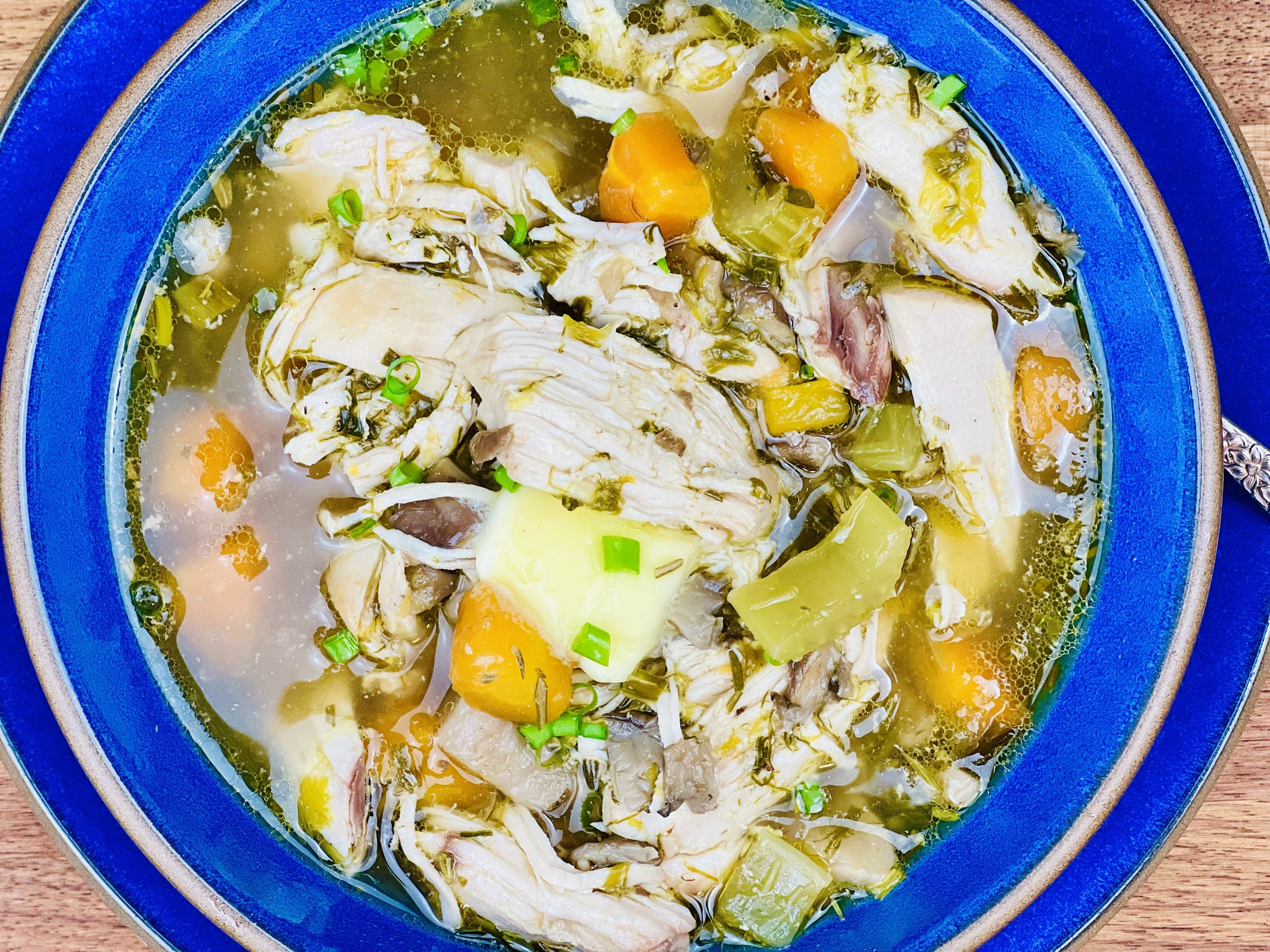
Ingredients
2 tablespoons olive oil
4 - 6 bone-in, skin-on chicken breasts (the bones and skin enhance the flavor of the broth and are easy to discard once the chicken is cooked)
1 teaspoon Kosher salt
1/2 teaspoon black pepper
3 small or 2 medium leeks, green part only, cleaned and chopped
2 large or 4 small carrots, chopped
2 - 4 celery ribs, chopped
1 pound oyster mushrooms, chopped (optional if you don’t like mushrooms)
3 to 4 sprigs of rosemary, leaves stripped and finely chopped (or substitute 2 - 3 teaspoons dry rosemary)
3 - 4 cups low FODMAP chicken broth (I use Whole Foods Organic 365 chicken broth or Gourmend low FODMAP Organic Chicken Broth - use code IBSGC15 for 15% discount)
1 Parmesan rind (optional but adds a lot of flavor)
3 tablespoons salted butter, for serving (leave out for lactose-free version)
Gruyere or Parmesan cheese, grated, for serving (optional - leave out for lactose-free version)
Directions
(1) Prepare: Preheat oven to 350 degrees F. Chop the vegetables. If chicken breasts are very large (most seem to be these days!) cut them in half before braising. You can cut right through the bone with a strong chef’s knife.
(2) Braise the chicken: Heat a heavy soup pot or Dutch Oven over medium-high heat. Add the oil and when it’s hot, put the chicken, skin side down, in the pan. Season with pepper and salt (if you didn’t pre-salt the chicken before cooking). Cook, turning and rotating the pieces as necessary until well browned on both sides, 6 to 8 minutes. Remove to a plate and set aside.
(3) Cook the vegetables: Add the leek greens, carrots, celery, mushrooms, and rosemary to the pot and cook until the vegetables are tender and beginning to brown, 10 to 15 minutes.
(4) Add the chicken and broth: Nestle the chicken breasts among the vegetables, skin side up. Add enough of the stock so the liquid comes about halfway up the meat. (The amount will depend on the size of your pan.) Add the Parmesan rind (if using).
(5) Bake: Put the pan in the oven and cook, uncovered, for about 30 - 40 minutes for bone-in white meat (50 minutes if you’ve used bone-in dark meat instead) until the meat is just cooked (use an instant-read thermometer to confirm white meat is 165 degrees F or dark meat is 175-180 degrees F). Check the pan occasionally and stir the vegetables if they threaten to brown too much. Add a bit more broth if it’s getting dry. (If you don’t have an instant-read thermometer then cut into the chicken and make sure the juices run clear rather than pink.)
(6) Shred chicken: Once just cooked through, remove the chicken from the pan to a cutting board. Shred the chicken with two forks, discarding the bones and the skin.
(7) Finish: Return the shredded chicken to the pan and stir. If the broth has cooled in the process, reheat it before serving. Remove the Parmesan rind before serving too.
(8) Plate and Serve: Ladle generous servings into bowls. Top each bowl with 1/2 tablespoon of salted butter and a sprinkling of aged gruyere or Parmesan cheese (optional).
Eat and enjoy every bite because you can!
Recipe note: I use Diamond Crystal Kosher salt in all my recipes because it has a wonderful flat and crisp flake that tastes delicious. It is also the least salty salt available so you can use it more liberally as a seasoning than you can table salt or sea salt. If you use another type of salt, you may need to reduce the amount so it is not over-salted.
Have a question you’d like to have answered? Email me at hello@ibsgamechanger.com
Link note: This post may contain affiliate links for you to easily purchase items that are linked. I may earn a small commission from qualifying purchases but none of this costs you a thing so feel free to use the links! In addition, for some items, I have provided a special discount code for IBS Game Changers so be sure to use the code when you purchase an item to get the discount that has been arranged just for you.
More Deliciously Low FODMAP™ soup recipes
15 Minutes prep • 30 Minutes cook • Low FODMAP • Gluten-free • Lactose-free • Serves 4-6
10 Minutes prep • 60 Minutes cook • Low FODMAP • Gltuen-free • Lactose-free • Serves 4 - 6
15 Minutes prep • 55 Minutes cook • Low FODMAP • Gluten-free • Lactose-free • Serves 4-6
15 Minutes prep • 55 Minutes cook • Low FODMAP • Gluten-free • Lactose-free • Serves 4-6
15 Minutes prep • 50 Minutes cook • Low FODMAP • Gluten-free • Lactose-free version • Serves 6
15 Minutes prep • 60 Minutes cook • Low FODMAP • Vegetarian • Dairy-free • Serves 4 - 6 • Ok to make-ahead: Steps 1 - 7
The Delicious Dimension: Exploring the Visual and Textural Joys of a Restricted Diet
While the nutritional content of food takes center stage, the way food looks and feels should not be underestimated.
When you’re limiting the selection of foods you eat for any reason, it’s important that the foods you do eat are as appealing and delicious as possible. That includes what your food LOOKS like and what it FEELS like when you eat it! Embarking on a restricted diet can be a challenging journey, often requiring meticulous attention to what you eat. While the nutritional content of food takes center stage, the way food looks and feels should not be underestimated. In this post, I’m digging into the significance of considering the aesthetics and textures of food when following a restricted diet and why this aspect matters for our overall well-being. I’ve included lots of links to delicious low-FODMAP recipes you can try when you’re ready to experience the many amazing things you can eat when following a low-FODMAP diet.
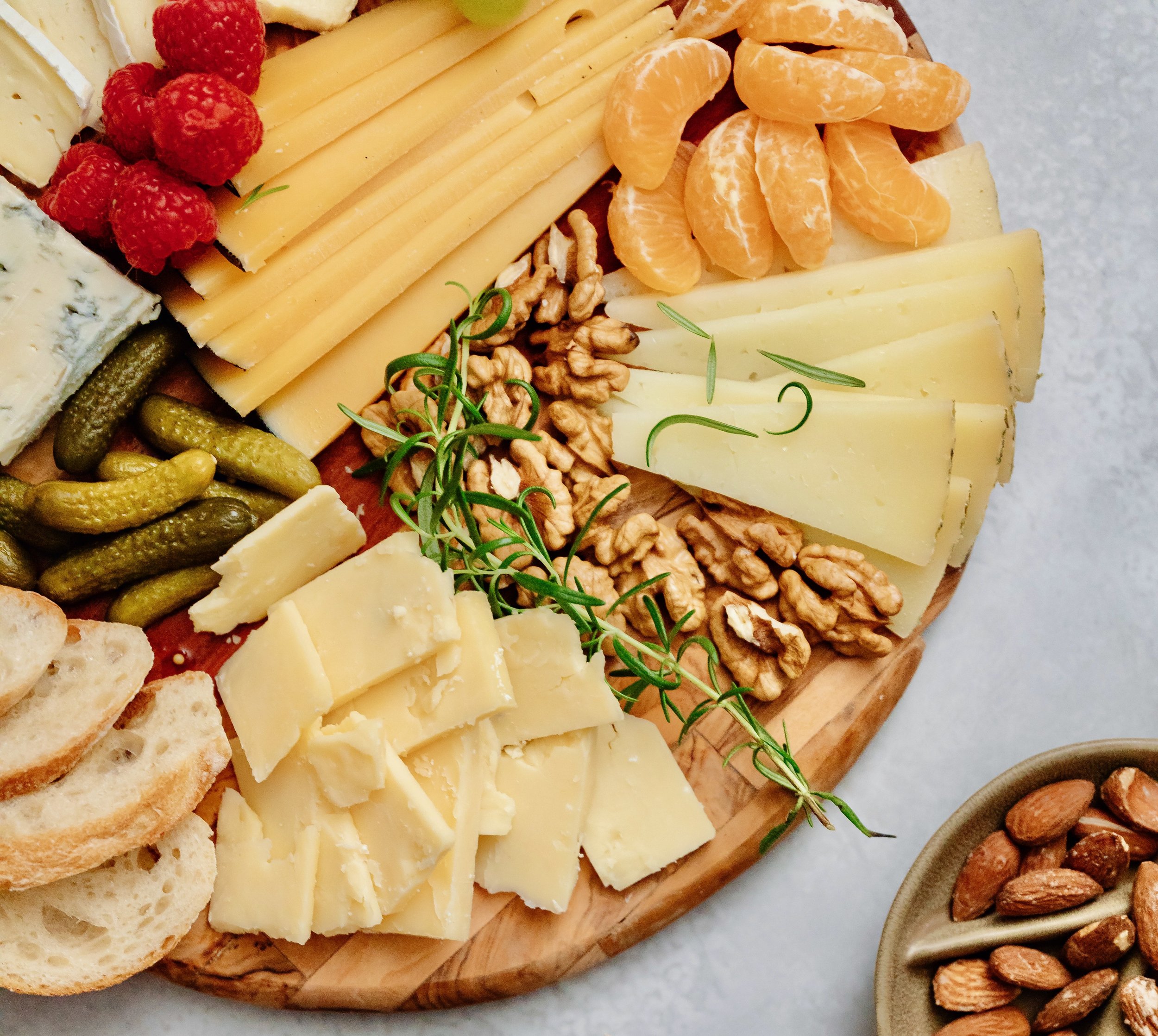
The Power of Presentation
A Feast for the Eyes: The old adage "we eat with our eyes first" holds true, especially for those on restricted diets. The visual appeal of food plays a crucial role in anticipation, satisfaction, and even the desire to consume the meal. When faced with dietary limitations, crafting visually appealing dishes can make each meal a delightful experience. Taking the time to chop some fresh herbs, grate some extra-flavorful cheese, or drizzle a little olive oil on the final dish can make all the difference. Try this Chicken Cobb Salad or Spring Roll Salad with Peanut dressing in my recipe club for example, or Better Than Takeout Sesame Chicken on my blog.
Emotional Fulfillment: Restricted diets can evoke feelings of deprivation and monotony. By putting effort into the visual presentation of meals, we transform our eating experience from a mere necessity to an emotionally satisfying ritual. A colorful and well-arranged plate can boost mood and elevate the overall enjoyment of the meal. Try my Super Simple Chocolate Lava Cakes or my Mushroom Gruyere Savory Bread Pudding, for example or any of the soup recipes in my recipe club.
The Crucial Role of Texture
A Multisensory Experience: Texture influences our perception of food more than we realize. The crunch of a fresh salad or the creaminess of mashed potatoes engages our senses, enhancing the dining experience beyond taste alone. This multisensory engagement becomes especially significant on restricted diets where the range of foods may be limited. Try my Crisp and Crunchy Chicken Salad, or my One Pan Thai Peanut Chicken and Veggies for example.
Appetite Stimulation: Texture can influence our appetite as well as our sense of satiation. Foods with varying textures stimulate our taste buds and appetite, making us more likely to enjoy and feel satisfied with a meal. For those adhering to specific dietary restrictions, incorporating diverse textures can make each bite more enticing. Try my Vegetable Chicken Stew, or my Chinese New Year Chicken Salad for example.
Mimicking Familiar Foods: On restricted diets, finding alternatives to favorite foods can be challenging. Texture can play a crucial role in replicating the experience of familiar meals. For example, creating a gluten-free pizza crust with a satisfying array of toppings can, not only mimic the texture of traditional pizza, but you might just find you like it even better than the original! This sameness with your old standards can provide a sense of comfort and normalcy. Check out this amazing Rosemary Mushroom Flatbread, or this BBQ Chicken Pizza with Bacon and Pineapple, or my Chocolate Cake with Umami Chocolate Frosting, in my recipe club for inspiration!
Expanding Culinary Creativity: Exploring new textures within the confines of a restricted diet can foster culinary creativity. Discovering how to use ingredients like nuts, seeds, and alternative flours to create crunchy crusts, velvety sauces, or chewy snacks can turn dietary limitations into an opportunity for innovation. In my recipes, I do my best to incorporate as much variety as possible—especially when it comes to plants as they play a vital role in keeping our gut biome healthy. Try my Umami Chicken and Butternut Squash Ramen, or my One Pan Chicken Arroz Caldo, for example.
Summing it all up
As we all experience our own IBS journey and the Low FODMAP diet that often accompanies that journey, keep in mind that food is not just sustenance—it's a sensory experience. The way food looks, feels, and engages our senses can significantly impact our relationship with our meals. By embracing the power of presentation and texture, you can infuse joy, anticipation, and a deeper connection with your meals. Crafting visually appealing dishes and experimenting with diverse textures can turn the challenge of eating a restricted diet into an opportunity to explore new horizons. So, let's celebrate the beauty and diversity of food, even within the boundaries of our dietary restrictions. After all, savoring a meal is not just about nourishment; it's about relishing life's sensory pleasures.
Have a question you’d like to have answered? Email me at hello@ibsgamechanger.com
Greek Lemon Chicken (Low FODMAP)
10 Minutes prep • 30 - 40 Minutes cook • Low FODMAP • Gluten-free • Lactose-free • Serves 4
10 Minutes prep • 30 - 40 Minutes cook • Low FODMAP • Gluten-free • Lactose-free • Serves 4 • Ok to make ahead: Steps 1-2
This simple preparation results in wonderfully tender and juicy chicken thighs with crispy skin (if you use skin-on chicken) or delicious charred lemons (if you use skinless chicken). Perfection, right? Marinating ahead and letting it sit overnight will save you time when you’re ready to cook but it’s unnecessary if you didn’t plan ahead. Serve this chicken alongside my Great Greek Salad with some crusty sourdough bread and butter and you’ve got a delicious meal fit for the family or for company.
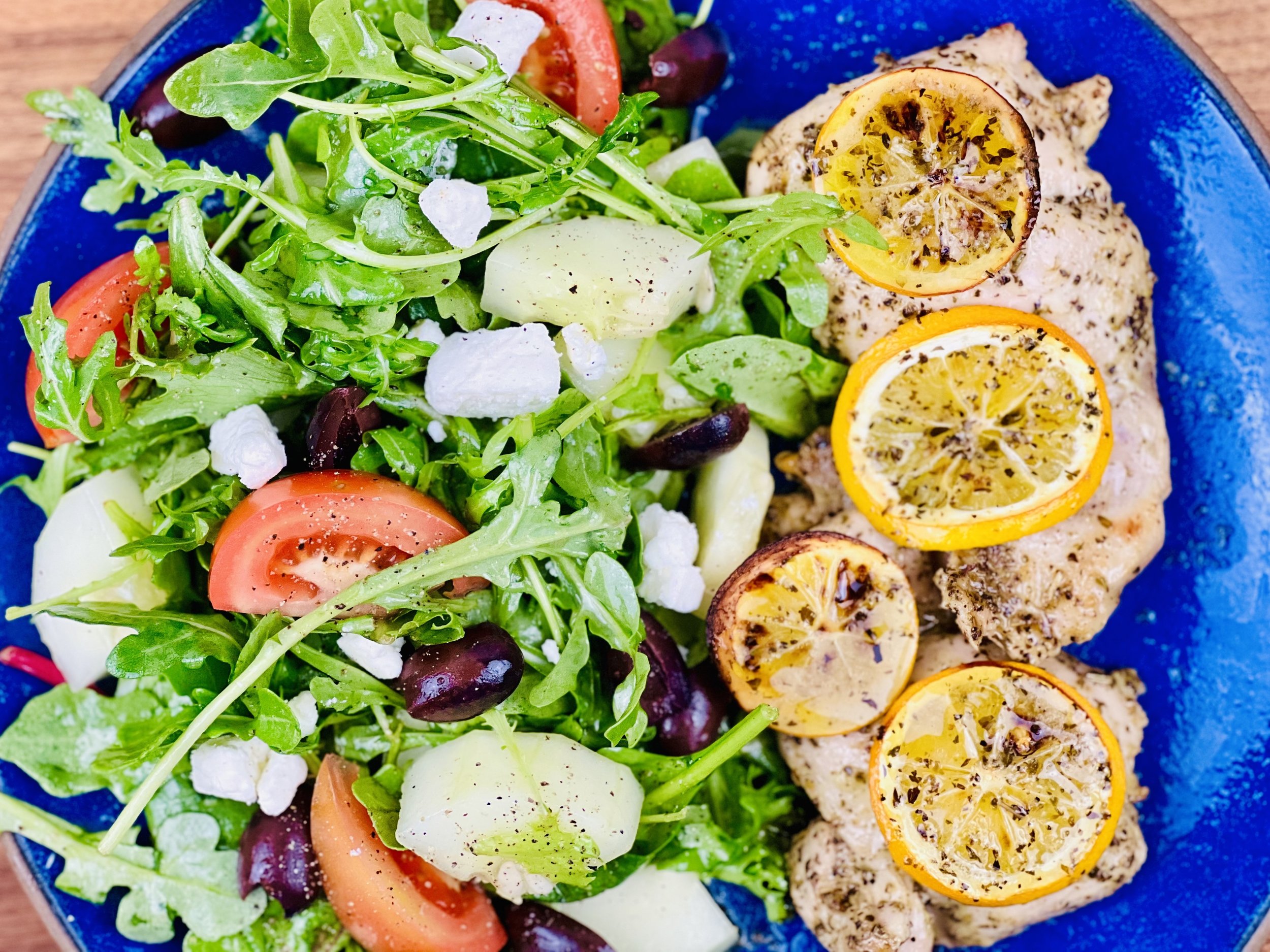
Ingredients
4 boneless, skin-on or skinless chicken thighs
1/3 cup garlic-infused olive oil
1/4 cup lemon juice
1 tablespoon Smoke N Sanity Greek Seasoning (use code IBSGC15 for 15% discount)
OR 1 tablespoon dried oregano plus 2 teaspoons dried thyme
2 teaspoons Dijon mustard
2 teaspoons Kosher salt
1 teaspoon freshly ground black pepper
If using skinless chicken thigns, you’ll also need:
1 lemon, 1 tablespoon olive oil, and 1/2 teaspoon dry oregano, and a sprinkle of Kosher salt
Directions
(1) Make the marinade: In a small bowl, whisk together the garlic-infused olive oil, lemon juice, SnS Italian seasoning or oregano and thyme, Dijon mustard, salt, and pepper.
(2) Marinate the chicken: Add the chicken thighs to a Ziploc bag or bowl and pour the marinade on top. Toss the chicken thighs to ensure they are fully immersed in the marinade. Put in the refrigerator to marinate for 1 to 2 hours (and up to 8 hours).
(3) Prepare to bake: Preheat the oven to 350 degrees F. Place the chicken in a baking dish and pour the remaining marinade on top. If using skinless chicken thighs, add a couple of lemon slices to the top of each chicken thigh, drizzle with olive oil and spinkle with oregano. This will keep the chicken moist while cooking.
(4) Bake the chicken: Bake for 30 to 40 minutes , until the chicken is fully cooked and registers 170 - 175 degrees F on an instant-read thermometer. If you like, you may baste the chicken a few times while it cooks. And, if using skin-on chicken, you can broil the dish for 2 - 3 minutes at the end of the cooking time to make the skin get nice and crispy.
(5) Plate and serve: Garnish with lemon slices and a sprinkle of fresh thyme. Serve this chicken alongside my Great Greek Salad with some crusty sourdough bread and butter and you’ve got a delicious meal fit for the family or for company.
Eat and enjoy every bite because you can!
Recipe note: I use Diamond Crystal Kosher salt in all my recipes because it has a wonderful flat and crisp flake that tastes delicious. It is also the least salty salt available so you can use it more liberally as a seasoning than you can table salt or sea salt. If you use another type of salt, you may need to reduce the amount so it is not over-salted.
Have a question you’d like to have answered? Email me at hello@ibsgamechanger.com
Link note: This post may contain affiliate links for you to easily purchase items that are linked. I may earn a small commission from qualifying purchases but none of this costs you a thing so feel free to use the links! In addition, for some items, I have provided a special discount code for IBS Game Changers so be sure to use the code when you purchase an item to get the discount that has been arranged just for you.
More Deliciously Low FODMAP™ main course recipes
10 Minutes prep • 25 Minutes cook • Low FODMAP • Gluten-Free • Serves 6 • Ok to make-ahead: Step 1
45 Minutes prep • 60 Minutes cook • Low FODMAP • Gluten-free • Vegetarian • Serves 6 - 8
5 Minutes prep • 15 Minutes cook • Low FODMAP • Gluten-free • Lactose-free • Vegan • Serves 4
10 Minutes prep • 20 Minutes cook • Low FODMAP • Gluten-free • Serves 4 n skewers for your family and friends. They are sure to be a hit.
15 Minutes prep • 55 Minutes cook (if using brown rice) • Low FODMAP • Gluten-free • Lactose-free • Vegan • Serves 4
15 Minutes prep • 20 Minutes cook • Low FODMAP • Gluten-free • Lactose-free • Serves 4-6
Haven’t tried FODZYME yet? Get a free sample!
If you are based in the United States and have never tried FODZYME before, you can get a free sample of FODZYME.
Not long ago, I wrote a full post about FODZYME. You can find that article here. In it, I asked, what if you (with IBS) could eat garlic, onions, pizza, and even ice cream without GI consequences? That would be a game-changer.
Now, you can try FODZYME for free!
If you are based in the United States and have never tried FODZYME, you can request a free sample of FODZYME using the button above. Complete and submit the form and they will send you your free sample right away.

Does it work and how does it work?
As with everything else I recommend, I tried it myself. And it worked for me. Does that mean it will work for you too? The only way to find out is to give it a try yourself. Each of us has a different FODMAP sensitivity profile so we may each have a different experience with a product like FODZYME. But seriously, what do you have to lose?
We are all likely familiar with Lactaid the enzyme that breaks down lactose. FODZYME is similar in concept but, as a powder rather than a pill, FODZYME may have an advantage that allows it to work much better. And, it’s the world's first enzyme supplement that breaks down FODMAPs.
Adding FODZYME directly to the food you are eating (vs taking a pill with the same enzymes in it) has been proven to be the most effective way to activate these enzymes. Once ingested and activated these enzymes serve to reduce or eliminate the painful reaction that comes with eating foods that are high in the FODMAPs fructan, GOS, and/or lactose. And soon, the formulation will cover the Polyols too.
Need a refresher on what foods contain Fructan, GOS, and lactose?
Fructan and GOS Examples: Almonds, Artichoke, Baby spinach, Banana, Beans, Beetroot, Blueberries, Broccoli, Brussels sprouts, Cabbage (red and savoy), Cashews, Chickpeas, Cranberries, Dates, Figs, Garlic, Grapefruit, Leek, Lentils, Onion, Peas, Pistachios, Pomegranate, Raspberries, Roma Tomatoes, Scallion, Shallots, Silken tofu, Wheat, and Zucchini.
High Lactose Examples: Buttermilk, Cheese, Queso Fresco, Cottage cheese, Cream, Creamy cheeses, Custard, Goats cheese, Haloumi, Ice-cream, Kefir, Milk, Paneer, Quark cheese, Ricotta cheese, Sour cream, Yogurt.
Already tried FODZYME and want to buy more?
Click the button below to buy more so you can enjoy the foods you love without the GI consequences.
Use my discount code IBSGC15 for a 15% discount.
More Deliciously Low FODMAP™ Tips and Tools
In this blog post, I explore some of the ways deep tissue massage can support IBS symptom management, giving you one more tool in your toolbox to find a holistic path to comfort and well-being.
One of the biggest challenges when struggling with gut issues is getting answers to your many questions about cause and treatment. With this in mind, we in the content creator space, work hard to bring you specific and actionable information to help answer your questions.
Since launching IBS Game Changer, I’ve been on a mission to support individuals living with Irritable Bowel Syndrome (IBS) by providing expert coaching, delicious recipes, and essential tips for symptom management.
In this post, I’m sharing many of the essential pantry staples I use in my recipes all the time.
One of the biggest challenges when struggling with gut issues is getting answers to your many questions about cause and treatment. With this in mind, we in the content creator space, work hard to bring you specific and actionable information to help answer your questions.
Monash University recently re-tested avocados for FODMAP content and they made an interesting discovery
In this blog post, I’m addressing the intricate relationship between anxiety and Irritable Bowel Syndrome, exploring how they impact each other, and giving you some specific things you can do to get them both under control.
Not all cheeses are created equal in terms of their compatibility with the low FODMAP diet. This article will help you make informed choices that align with both your preferences and your gut health.
The warmth and soothing nature of bone broth can provide relief from digestive discomfort. Sipping on a warm cup of bone broth may help ease symptoms such as bloating and cramping.
After the holidays or any time you want to improve your relationship with food, use these techniques to master mindful eating and regain control of your health.
From Mindful Munching to making Social Connections — here are some tips for a happy holiday!
Research underscores the point that moderate-intensity exercise often outperforms vigorous exercise in relieving IBS symptoms. But individualization is key.
Taking a moment each day to acknowledge and appreciate the positive aspects of our lives can have a profound impact on our well-being.
How can you ensure your gut biome is in the best shape possible? I’ve put together the top 10 strategies to promote a healthy and diverse gut biome. Read on…
Constipation: What is it? What are some common myths about it? What can you do about it?
A step-by-step guide to assist you in getting through the grocery store and coming out with all the low-FODMAP foods and ingredients you need.
While the nutritional content of food takes center stage, the way food looks and feels should not be underestimated.
If you are based in the United States and have never tried FODZYME before, you can get a free sample of FODZYME.
Thanks to our friends at Good Fod Foods you can now have delicious Beef Sticks and Jerky in a variety of flavors that you can keep on hand for a quick snack or light lunch on the go.
30-Minute One-Pan Keto Veggie Bake (Low FODMAP)
10 Minutes prep • 20 Minutes cook • Low FODMAP • Vegetarian Option • Gluten-free • Serves 4
10 Minutes prep • 20 Minutes cook • Low FODMAP • Vegetarian Option • Gluten-free • Serves 4 • Ok to make ahead: Steps 1-2
It all started because I had chicken left over from the Buttery Sage One-Pan Company Chicken dinner I published recently. What to do with this delicious chicken? So, I set about to create the most wonderful combination of buttery vegetables, seasonings, and really flavorful cheese (it was so good, the chicken became totally optional!) For the cheese, I used the sharp cheddar and havarti I had left from a recent cheeseboard, but you can use any cheese you like! This comes together in one pan in 30 minutes or less and it’s the perfect combination of comfort food, plenty of plants, and really excellent flavor.
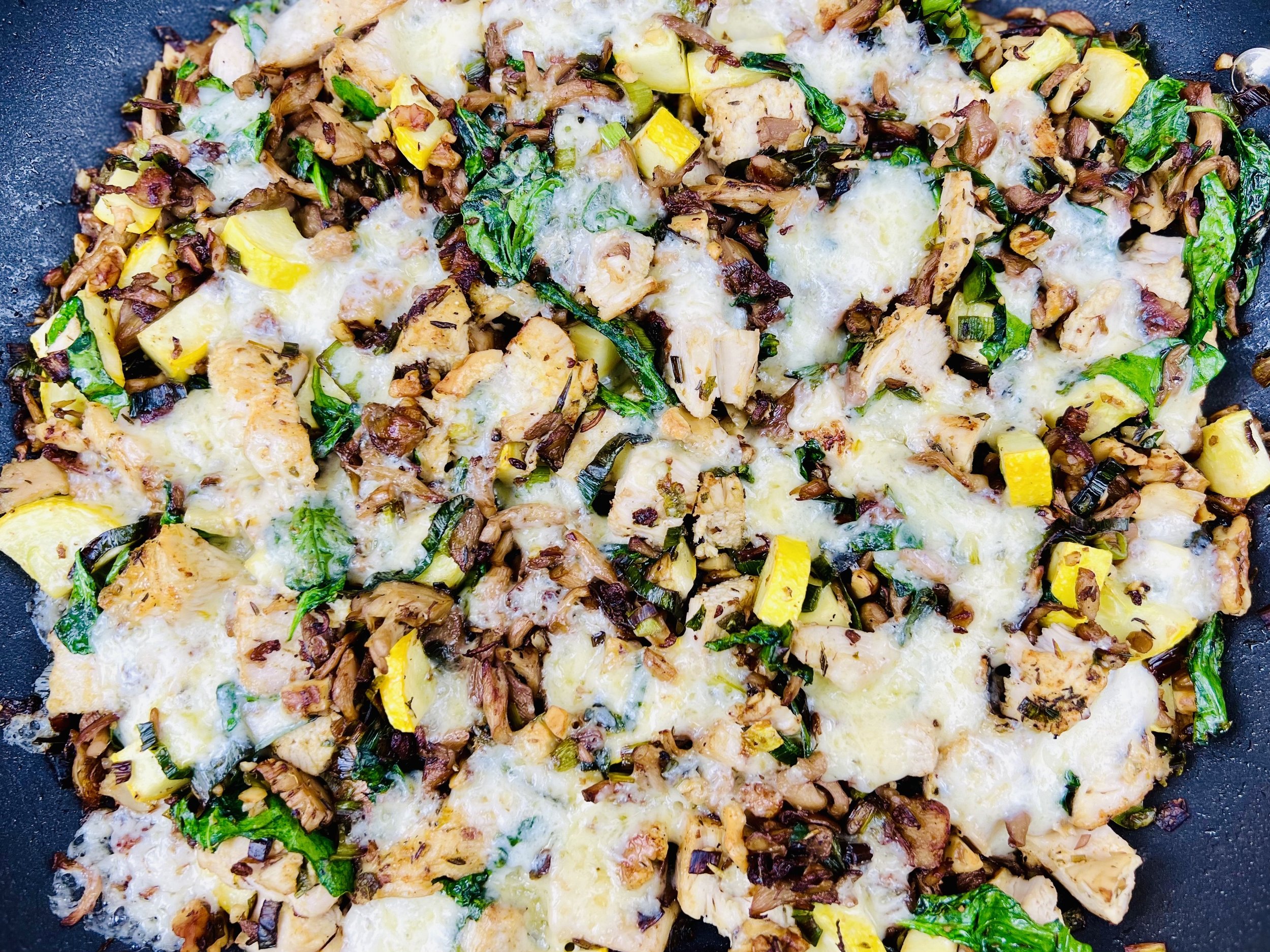
This is an exclusive recipe just for recipe club members.
In addition to the two free recipes I create each week I am creating and delivering one very special recipe just for my recipe club members. If you’re not yet a member, I encourage you to join! Membership in the club includes access to the complete archive of recipes with filters so it can become your virtual low FODMAP cookbook plus, I am creating and delivering one special NEW recipe every week ONLY for recipe club members.
Your membership in the club helps me continue creating new, delicious, easy-to-make, low FODMAP recipes just for you.
As always, all recipes will emphasize simple ingredients, easy preparation, and delicious low FODMAP results. Recipes will be for everything from main courses, salads, soups, side dishes, appetizers, desserts, sauces, breakfast and lunch, and even mocktails and cocktails. Everything you need to prepare fantastic low FODMAP meals everyone will love.
Join the club. Let’s keep making delicious Low FODMAP meals together.
More Deliciously Low FODMAP™ keto-friendly recipes
One of the biggest challenges when struggling with gut issues is getting answers to your many questions about cause and treatment. With this in mind, we in the content creator space, work hard to bring you specific and actionable information to help answer your questions.
10 Minutes prep • 25 Minutes cook • Low FODMAP • Gluten-Free • Serves 6 • Ok to make-ahead: Step 1
45 Minutes prep • 60 Minutes cook • Low FODMAP • Gluten-free • Vegetarian • Serves 6 - 8
10 Minutes prep • 20 Minutes cook • Low FODMAP • Gluten-free • Serves 4 n skewers for your family and friends. They are sure to be a hit.
Crispy Cheesy Chaffles (Low FODMAP)
20 Minutes prep • 25 Minutes cook • Low FODMAP • Gluten-free • Serves 4
10 Minutes prep • 10 Minutes cook • Low FODMAP • Gluten-free • Serves 4 • Ok to make ahead: Steps 1-2
Crispy, cheesy, and a perfect substitute for toast with your eggs benedict or avocado toast, buns on your burger, bread on your grilled cheese, crust on your pizza, you get the idea! Five ingredients and a waffle iron are all it takes to have these delicious chaffles. Be creative with the cheese and seasoning you use according to what you have on hand and what you are planning to put on top. Cheddar, gruyere, swiss, mozzarella, or even pepper jack are all great choices for cheese. And Italian, Cajun, Taco, or just plain thyme, rosemary, or basil are all great choices for seasoning. They freeze beautifully and reheat from frozen so make a bunch to have on hand (if they last that long!)
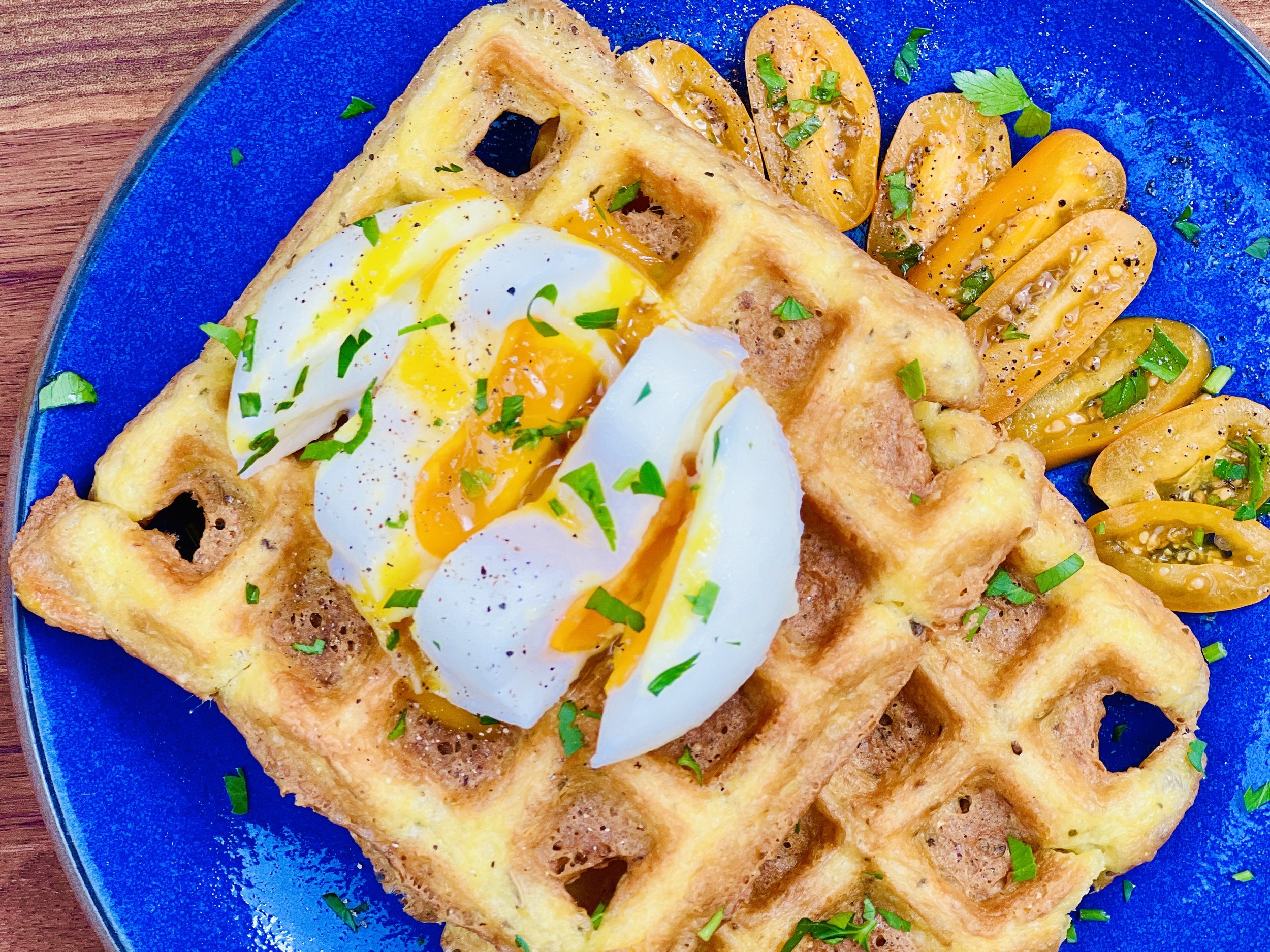
Ingredients
2 large eggs (or 3 medium eggs)
1/2 teaspoon baking powder
1 teaspoon savory seasoning of your choice (I used Smoke N Sanity Beyond Italian Seasoning, use code IBSGC15 for 15% discount)
1 tablespoon almond flour (optional but helps keep them sturdy for reheating in the toaster)
1 1/2 cups flavorful cheese (I used 1 cup extra sharp cheddar and 1/2 cup Parmesan, finely grated)
Directions
(1) Prepare: Preheat your waffle iron for about 5 minutes, until hot.
(2) Make the batter: Whisk together the eggs, baking powder, almond flour and seasoning. Add the cheese and stir until well combined.
(3) Cook: Spoon enough of the chaffle batter into the waffle maker to cover the surface well when the lid closes. (That's about 1/2 cup batter for a regular waffle maker and 1/4 cup for a mini waffle maker.) Close the lid and let cook until browned and crispy, about 3-4 minutes. (Watch for the steam to stop coming out of the waffle iron, or at least slow way down to indicate they are done.)
(4) Finish: Carefully remove the chaffle from the waffle maker and set aside on a cooling rack to crisp up more. (Cooling is important for crispy texture!) Repeat with remaining batter, if any.
(5) Plate and serve: Serve at room temperature or reheat in the oven or toaster, with your favorite toppings.
Storage: Once you’ve let your waffles cool, you can store them in an airtight container in the refrigerator for up to 5 days or the freezer up to 6 months.
Reheating: Reheat in the toaster, toaster oven, skillet, or conventional oven at 350 degrees F. (You can even reheat right from frozen.) I like to use the toaster, which is the fastest and easiest. Do not microwave as the chaffles will lose their crispiness.
Eat and enjoy every bite because you can!
Recipe note: I use Diamond Crystal Kosher salt in all my recipes because it has a wonderful flat and crisp flake that tastes delicious. It is also the least salty salt available so you can use it more liberally as a seasoning than you can table salt or sea salt. If you use another type of salt, you may need to reduce the amount so it is not over-salted.
Have a question you’d like to have answered? Email me at hello@ibsgamechanger.com
Link note: This post may contain affiliate links for you to easily purchase items that are linked. I may earn a small commission from qualifying purchases but none of this costs you a thing so feel free to use the links! In addition, for some items, I have provided a special discount code for IBS Game Changers so be sure to use the code when you purchase an item to get the discount that has been arranged just for you.
More Deliciously Low FODMAP™ breakfast recipes
10 Minutes prep • 20 Minutes cook • Low FODMAP • Gluten-free • Lactose-free • Vegan • Makes 6 cups
I’m here to show you how to fully embrace the flavors of fall while keeping your digestive system happy.
10 Minutes prep • Overnight Chill • Low FODMAP • Gluten-free • Lactose-free • Serves 2 - 4
15 Minutes prep • 45 Minutes cook • Low FODMAP • Gluten-free • Vegetarian • Serves 4 - 6
15 Minutes prep • 15 Minutes cook • Low FODMAP • Gluten-free • Makes 8 Belgian waffle squares
30 Minutes prep • 20 Minutes cook • Low FODMAP • Gluten-free • Vegetarian • Makes 10 Squares
Buttery Sage One-Pan Company Chicken (Low FODMAP)
20 Minutes prep • 25 Minutes cook • Low FODMAP • Serves 4
20 Minutes prep • 40 Minutes cook • Low FODMAP • Gluten-free • Serves 6 • Ok to make ahead: Steps 1-2
I love dinners that you make all in one pan that cook themselves while you enjoy time with your guests. Here is my latest favorite in this category! This dish has rice, vegetables, and chicken all cooked together in the oven so all you have to do is add one of my delicious salads and you’ve got a meal fit for company.
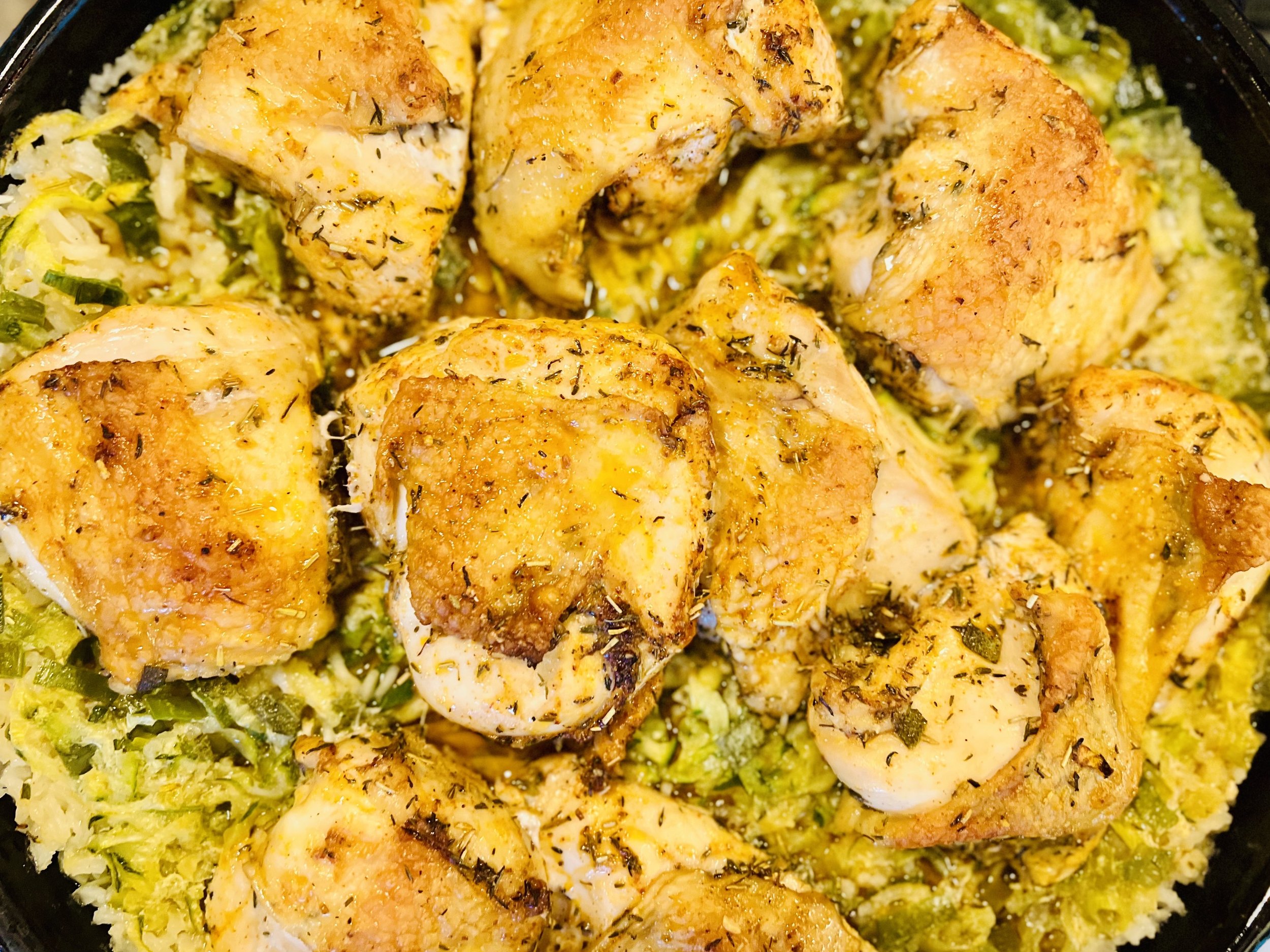
Ingredients
6 boneless chicken thighs or breasts (skin on)
2 tablespoons garlic-infused extra virgin olive oil
1/4 cup grated parmesan
2 teaspoons dry thyme
1 teaspoon dry rosemary
1 teaspoon smoked paprika
1/8 - 1/4 teaspoon cayenne pepper (depending on how spicy you like it)
1/2 teaspoon Kosher salt
1/4 teaspoon black pepper
1 1/2 cups dry long-grain or jasmine white rice
1 bunch green onions (green part only), chopped (about 1 cup)
1 leek (green part only), chopped (about 1 cup)
1 cup grated zucchini, summer squash, or a combination of the two
1 tablespoon chopped fresh sage, plus 8 sage leaves
3 cups low FODMAP chicken broth (I use Whole Foods Organic 365 chicken broth or Gourmend low FODMAP Organic Chicken Broth - use code IBSGC15 for 15% discount)
4 tablespoons salted butter
1 parmesan rind (optional but adds great flavor)
Directions
(1) Marinate the chicken: In a bowl combine garlic-infused olive oil, parmesan, thyme, rosemary, smoked paprika, cayenne, salt, and pepper. Add the chicken and use your hands to combine the chicken with the marinade ensuring all the chicken is coated with the marinade. Set aside in the refrigerator until you’re ready to cook.
(2) Prepare: Preheat the oven to 400 degrees F. Chop the leek and green onion greens. In a large baking dish (9” x 13” or equivalent) pour the rice, green onion greens, leek greens, zucchini and/or summer squash, and chopped sage.
(3) Add the chicken: Pour over the 3 cups of chicken broth. Stir gently to ensure all the rice is loosened from the bottom of the pan. Sprinkle over the mixture 2 tablespoons of butter cut into small pieces. Arrange the chicken over the rice mixture. Add the parmesan rind, if using.
(4) Bake: Bake 30-40 minutes, until the rice is fluffy and the chicken is just cooked through (internal temperature of 165 degrees F). If the rice is still hard, add 1/3 cup water or chicken broth and cook for an additional 10 minutes.
(5) Finish: Just before serving, remove the parmesan rind (if you added one). Melt together the 2 tablespoons butter and sage leaves in a skillet set over medium heat. Cook until the butter is browning and the sage is crisp which will take about 4 minutes.
(6) Plate and serve: Serve the chicken and rice drizzled with sage butter and crispy sage leaves.
Eat and enjoy every bite because you can!
Recipe note: I use Diamond Crystal Kosher salt in all my recipes because it has a wonderful flat and crisp flake that tastes delicious. It is also the least salty salt available so you can use it more liberally as a seasoning than you can table salt or sea salt. If you use another type of salt, you may need to reduce the amount so it is not over-salted.
Have a question you’d like to have answered? Email me at hello@ibsgamechanger.com
Link note: This post may contain affiliate links for you to easily purchase items that are linked. I may earn a small commission from qualifying purchases but none of this costs you a thing so feel free to use the links! In addition, for some items, I have provided a special discount code for IBS Game Changers so be sure to use the code when you purchase an item to get the discount that has been arranged just for you.
More Deliciously Low FODMAP™ main course recipes
10 Minutes prep • 25 Minutes cook • Low FODMAP • Gluten-Free • Serves 6 • Ok to make-ahead: Step 1
45 Minutes prep • 60 Minutes cook • Low FODMAP • Gluten-free • Vegetarian • Serves 6 - 8
5 Minutes prep • 15 Minutes cook • Low FODMAP • Gluten-free • Lactose-free • Vegan • Serves 4
10 Minutes prep • 20 Minutes cook • Low FODMAP • Gluten-free • Serves 4 n skewers for your family and friends. They are sure to be a hit.
15 Minutes prep • 55 Minutes cook (if using brown rice) • Low FODMAP • Gluten-free • Lactose-free • Vegan • Serves 4
15 Minutes prep • 20 Minutes cook • Low FODMAP • Gluten-free • Lactose-free • Serves 4-6
Curious about Keto and using the Keto Diet to Manage IBS Symptoms?
A ketogenic diet could be one pathway to relief for some of us with IBS
Irritable Bowel Syndrome (IBS) affects millions of people worldwide and if you are reading this, it’s likely you are one of those people. Unfortunately, there’s no one-size-fits-all solution for managing IBS, which is why I am constantly learning and researching new possibilities to share with you. Recently, I attended a conference for Metabolic Health Practitioners and much of the data presented led me to conclude a ketogenic diet could be one pathway to relief for some of us with IBS. In this blog post, I am sharing how the keto diet can potentially help control your IBS symptoms, and what the keto diet is, along with some practical tips for getting started on a keto diet.
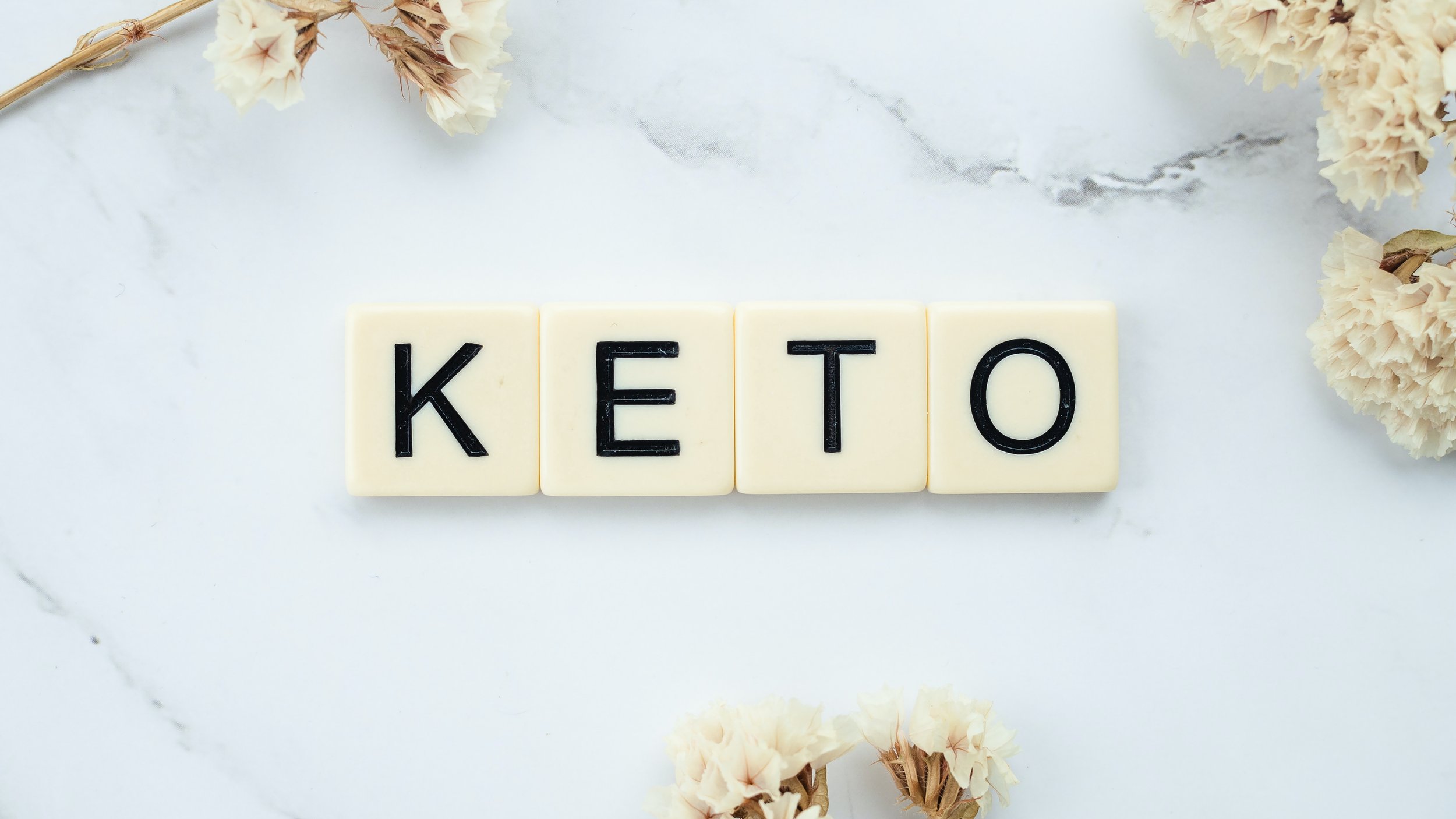
The Basics of the Keto Diet
The ketogenic diet is higher in healthy fats, and lower in carbohydrates which is designed to shift the body into a state of ketosis, where it burns fat for fuel instead of carbohydrates. This metabolic shift can impact various aspects of health, including mental alertness and concentration, getting rid of excess weight, and managing IBS symptoms. Because all FODMAPs are carbohydrates, it stands to reason a low-carbohydrate diet will reduce your IBS symptoms. For some people with IBS, trying to understand FODMAPs and what you can and cannot eat is a huge challenge. The keto diet may help simplify things to the point that real relief from IBS symptoms can be achieved and maintained without having to focus so much on the potentially overwhelming world of FODMAPs.
The Potential Benefits for People With IBS
Reduced Carbohydrate Intake: This is the primary pathway to relief because we know all FODMAPs are carbohydrates and FODMAPs can trigger IBS symptoms in most people with IBS. The keto diet drastically limits carb intake, potentially reducing exposure to FODMAPs and eliminating most symptom triggers.
Improved Gut Microbiome: As I’ve mentioned before, there’s emerging research that points to a connection between the gut microbiome and IBS symptoms. The keto diet might positively influence the gut microbiome composition, which could alleviate IBS symptoms.
Stabilized Blood Sugar Levels: Fluctuating blood sugar levels can contribute to IBS symptoms. The keto diet's focus on fats and proteins can help stabilize blood sugar, potentially reducing the symptoms that are related to excess sugar.
Implementing the Keto Diet for IBS Management
Before making dietary changes, it’s always a good idea to consult your own healthcare provider, especially if you have other underlying health conditions. They can guide you on whether the keto diet is suitable for you.
Once you get the go-ahead, ease into the keto diet slowly to allow your body to adapt. Drastic changes can sometimes trigger digestive discomfort.
When eating a keto diet, opt for low-FODMAP foods within the keto framework. Examples include meats, fish, eggs, non-starchy vegetables, and certain nuts and seeds. Keep in mind, you are taking carbs out and adding fats in. If you have questions about the FODMAPs in any food, I recommend using the Monash University FODMAP app. It’s the gold standard when it comes to food and FODMAPs.
Keep yourself hydrated. This, of course, applies to all diets but in particular, the keto diet that can cause increased water and electrolyte loss. If you have trouble maintaining your electrolyte balance as a result of fluid loss, I recommend using Trace Minerals 40,000 Volts drops (up to 1 teaspoon per day) to maintain electrolyte balance without adding sugar or other FODMAP-containing ingredients to your diet.
While the keto diet is low in carbs, incorporating low-carb, non-starchy vegetables can provide essential fiber to support gut health. (If you find you need more fiber, I recommend adding up to one scoop of Paleo Fiber Resistant Starch Fiber to your daily routine.)
Finally, mindful eating is more important than you might think no matter what diet you may be on. Pay attention to serving sizes and listen to your body's cues for fullness and satiation. Overeating on anything, even on keto-friendly foods, can exacerbate IBS symptoms.
Getting Started
Getting started on a keto diet requires some planning and preparation. Here's a step-by-step guide to help you get started:
Review the list of basic keto-friendly foods below.
Stock your kitchen. Clean out your pantry and stock up on keto-friendly ingredients. Focus on foods like avocados, olive oil, nuts, seeds, eggs, fatty fish, and non-starchy vegetables. Having these items readily available will make cooking keto meals much easier.
Plan your meals. Start by creating a meal plan that includes a variety of keto-friendly foods. Incorporate low-carb vegetables, lean proteins, healthy fats, and small portions of low FODMAP options. Planning your meals ahead of time will help you stick to the diet and avoid last-minute temptations. I have lots of low-FODMAP Keto-friendly recipes in my recipe club. Here’s a filtered view for you to find many of them.
Listen to your body. Every individual's response to the keto diet is unique. Pay attention to how your body reacts, and adjust your dietary choices accordingly. If you encounter persistent discomfort or adverse effects, consult your healthcare provider.
Remember, the keto diet isn't suitable for everyone, and its long-term effects are still being researched. It's important to prioritize a balanced, nutrient-dense diet that meets your individual needs and health goals. If the keto diet doesn't align with your preferences or health considerations, there are numerous other dietary strategies to explore in managing IBS symptoms. Always choose an approach that you enjoy and you can stick with or you won’t succeed.
So what do you eat on a keto diet?
On a keto diet, you'll primarily focus on consuming foods that are high in healthy fats, moderate in protein, and low in carbohydrates. Here's a list of basic foods that are typically included in a keto diet:
Healthy Fats:
Avocado (keep to 1/8 per sitting for low FODMAP) and avocado oil
Coconut oil and coconut products
Olive oil
Butter and ghee
Nuts and seeds (e.g., almonds, walnuts, chia seeds)
Fatty fish (e.g., salmon, mackerel)
Cheese (in moderation)
Heavy cream
Protein Sources:
Lean meats (e.g., chicken, turkey, beef, pork)
Fatty cuts of meat (e.g., bacon and sausage but watch for onions/garlic in the ingredients)
Eggs
Fish and seafood
Tofu (firm tofu is low FODMAP) and tempeh (for vegetarians)
Low-Carb Vegetables:
Leafy greens (e.g., spinach, kale, lettuce)
Cruciferous vegetables (e.g., broccoli tops are low FODMAP, and Arugula too)
Zucchini
Bell peppers
Cucumber
Berries (in Moderation):
Strawberries
Blueberries
Raspberries
Dairy Alternatives (if you don’t tolerate dairy well):
Unsweetened almond milk, coconut milk, or other plant-based milk (but watch for FODMAP ingredients)
Dairy-free cheese alternatives (check labels for carbohydrate content)
Herbs, Spices, and Condiments:
Herbs and spices (e.g., basil, oregano, etc.)
Salt and pepper
Vinegar
Mustard
Hot sauce
Beverages:
Water
Herbal tea (without added sugar)
Black coffee (decaf is best for those with IBS and in moderation)
Summing it up
The keto diet holds promise as a potential tool for managing IBS symptoms. However, it's crucial to remember that everyone's body responds differently to dietary changes. What works for one person might not work for another. The keto diet should be undertaken with careful consideration, ideally under the guidance of your healthcare provider. It's also important to continue exploring other IBS management strategies, such as exercise, stress reduction techniques, and identifying specific trigger foods. Using this comprehensive approach, you can work towards reducing the impact of IBS on your quality of life. If you want expert guidance and coaching to support your health journey, check out my complete coaching program here. I would love to help you!
Have a question you’d like to have answered? Email me at hello@ibsgamechanger.com
More Deliciously Low FODMAP™ Keto-friendly recipes
One of the biggest challenges when struggling with gut issues is getting answers to your many questions about cause and treatment. With this in mind, we in the content creator space, work hard to bring you specific and actionable information to help answer your questions.
10 Minutes prep • 25 Minutes cook • Low FODMAP • Gluten-Free • Serves 6 • Ok to make-ahead: Step 1
45 Minutes prep • 60 Minutes cook • Low FODMAP • Gluten-free • Vegetarian • Serves 6 - 8
10 Minutes prep • 20 Minutes cook • Low FODMAP • Gluten-free • Serves 4 n skewers for your family and friends. They are sure to be a hit.
Keto Veggie Eggplant Pizza (Low FODMAP)
15 Minutes prep • 20 Minutes cook • Low FODMAP • Gluten-free • Vegetarian • Serves 2-3
15 Minutes prep • 20 Minutes cook • Low FODMAP • Gluten-free • Vegetarian • Serves 4
For all the taste of delicious artisan vegetarian pizza without the gluten or the carbs, these eggplant pizzas are perfect. Leeks, green onions, spinach, and mushrooms come together for classic pizza taste. Walnuts add amazing flavor and texture. And super-flavorful cheese adds a delicious depth that tops it off perfectly. The kitchen smelled wonderfully like pizza and the flavor did not disappoint. The roasted eggplant made a perfect foundation for all the delicious toppings.
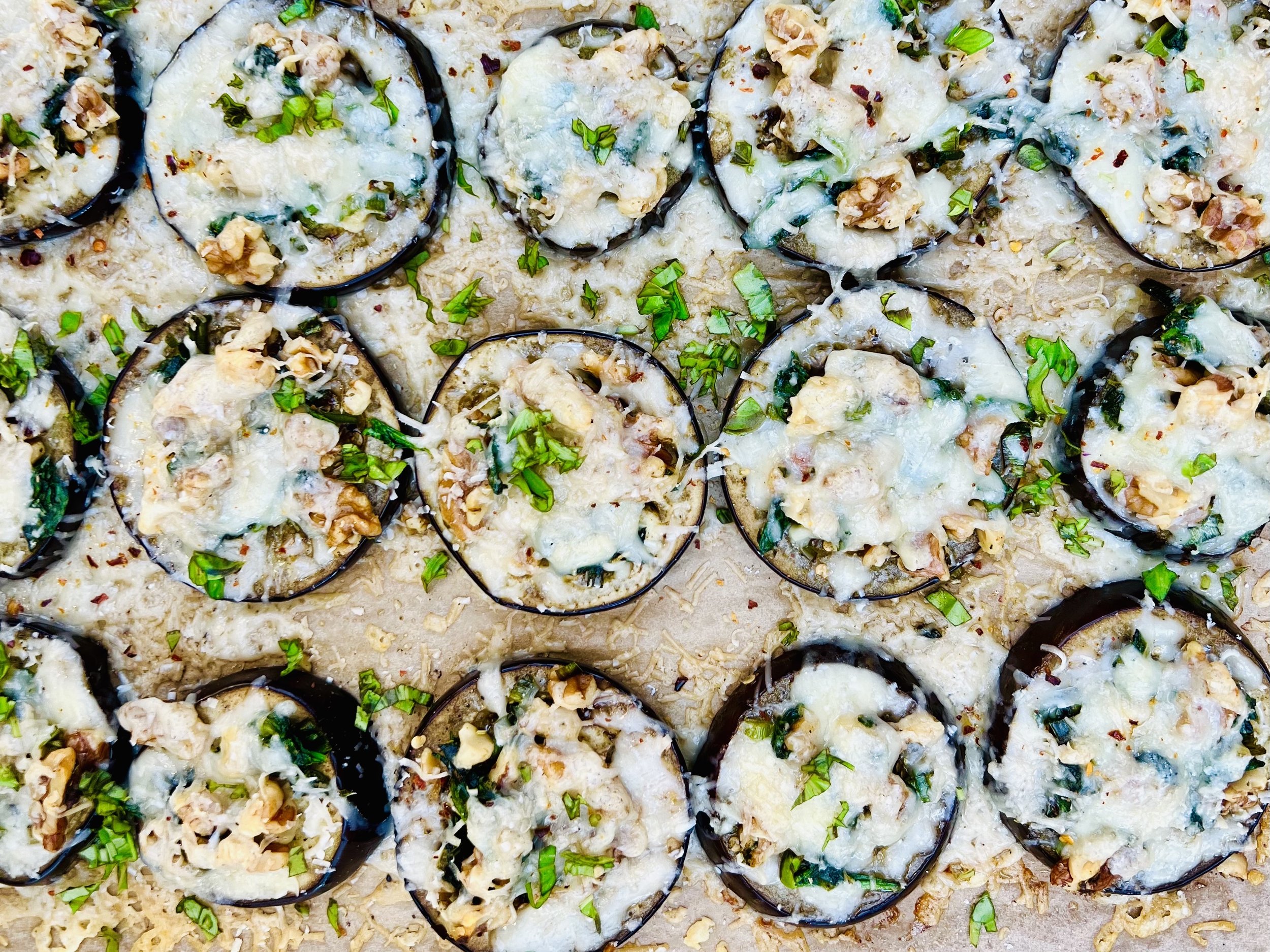
Ingredients
1 eggplant cut into 1/4 inch slices
5 tablespoons garlic-infused olive oil, divided
1 small leek (green part only), chopped
2 green onions (green part only), chopped
1 cup oyster mushrooms, chopped
2 teaspoons Smoke n Sanity Italian Seasoning use code IBSGC15 for 15% discount
OR 1/4 teaspoon each dry basil, oregano, rosemary, and thyme
1 packed cup baby spinach, long stems removed and roughly chopped
1/2 - 3/4 cup walnuts, roughly chopped
6 ounces gruyere cheese, grated (or other robust flavored cheese you prefer)
1/2 cup parmesan cheese, grated
1/2 teaspoon Kosher salt
1/4 teaspoon black pepper
Fresh basil, chopped (for serving)
Red pepper flakes (optional for serving)
Directions
(1) Prepare: Preheat the oven to 400 degrees F. Grate the cheese. Line a cookie sheet with parchment paper. Slice the eggplant into 1/4-inch slices and toss out the two ends. Lay the eggplant slices on the prepared baking sheet and brush both sides of each slice with olive oil (using about 3 tablespoons altogether). Sprinkle lightly with salt and pepper.
(2) Pre-cook the eggplant: Put the cookie sheet in the preheated oven and cook for 7 - 10 minutes until the eggplant is hot and starts to cook down.
(2) Cook the veggies: Meanwhile, heat the remaining 2 tablespoons of olive oil in a medium-size skillet over medium-high heat. When the oil shimmers, add the Italian seasoning and let sizzle for about 30 seconds. Then add the leek greens, green onions, and chopped mushrooms. Cook for 3 - 4 minutes. Stir in walnuts, and season the whole thing lightly with salt and pepper. Cook for another minute. Add the spinach and stir and continue to cook until the spinach is wilted and cooked through. Remove from the heat and set aside.
(3) Layer the toppings: Once the eggplant is pre-cooked, remove from the oven. Layer the cooked veggie mixture equally across all the eggplant slices. Sprinkle on the gruyere cheese and then the parmesan cheese. Sprinkle lightly with black pepper.
(4) Bake: Put the whole tray back in the oven and bake for another 5 - 10 minutes until the cheese is melted and starting to crisp.
(5) Plate and serve: Serve warm with fresh basil and a light sprinkling of red pepper flakes.
Eat and enjoy every bite because you can!
Recipe note: I use Diamond Crystal Kosher salt in all my recipes because it has a wonderful flat and crisp flake that tastes delicious. It is also the least salty salt available so you can use it more liberally as a seasoning than you can table salt or sea salt. If you use another type of salt, you may need to reduce the amount so it is not over-salted.
Have a question you’d like to have answered? Email me at hello@ibsgamechanger.com
Link note: This post may contain affiliate links for you to easily purchase items that are linked. I may earn a small commission from qualifying purchases but none of this costs you a thing so feel free to use the links! In addition, for some items, I have provided a special discount code for IBS Game Changers so be sure to use the code when you purchase an item to get the discount that has been arranged just for you.
More Deliciously Low FODMAP™ vegetarian recipes
45 Minutes prep • 60 Minutes cook • Low FODMAP • Gluten-free • Vegetarian • Serves 6 - 8
5 Minutes prep • 15 Minutes cook • Low FODMAP • Gluten-free • Lactose-free • Vegan • Serves 4
10 Minutes Prep • 50 Minutes Cook • Low FODMAP • Gluten-free • Dairy Free • Vegan • Serving size 3 - 4 crackers
15 Minutes prep • 55 Minutes cook (if using brown rice) • Low FODMAP • Gluten-free • Lactose-free • Vegan • Serves 4
10 Minutes prep • 10 Minutes cook • Low FODMAP • Gluten-free • Lactose-free • Vegan • Serves 4
10 Minutes prep • 25 Minutes cook • Low FODMAP • Gluten-free • Vegetarian • Plant Forward • Serves 4
20 Minutes prep • 40 Minutes cook • Low FODMAP • Gluten-free • Vegetarian • Serves 4 - 6 • Ok to make ahead: Steps 1-4
15 Minutes prep • Low FODMAP • Gluten-free • Lactose-free • Vegetarian • Vegan • Serves 4
10 Minutes prep • 20 Minutes cook • Low FODMAP • Vegetarian Option • Gluten-free • Serves 4
20 Minutes prep • 20 Minutes cook • Low FODMAP • Serves 4 as main • Serves 6-8 as a side
10 Minutes prep • 20 Minutes cook • Low FODMAP • Gluten-free • Lactose-free • Vegan • Serves 5
15 Minutes prep • 1 hour chill • Low FODMAP • Gluten-free • Vegetarian • Serves 4 or more
15 Minutes prep • 45 Minutes cook • Low FODMAP • Gluten-free • Vegetarian • Serves 4 - 6
10 Minutes prep • Low FODMAP • Gluten-Free • Lactose-free • Vegetarian • Vegan • Makes 1.5 cups
Amazing Magnificent Chia Pudding (Low FODMAP)
10 Minutes prep • Overnight Chill • Low FODMAP • Gluten-free • Lactose-free • Serves 2 - 4
10 Minutes prep • Overnight Chill • Low FODMAP • Gluten-free • Lactose-free • Serves 2 - 4 • Ok to make ahead: Steps 1-3
Why do I call this Amazing and Magnificent? Chia seeds are considered a super food for their many health benefits including blood sugar regulation, weight management, and bone health. They are also full of antioxidants, fiber, and omega-3 fatty acids, and they are gluten-free, and low FODMAP among other things! For those of us with IBS-C, they can also be a super-regulating food! I use chia in my Amazing Seed Crackers, of course, and I often find myself wondering how I can incorporate more chia into my recipes. Hence, this recipe for chia pudding! It’s not only delicious, it’s easy to make and incredibly healthy. Learn more about the health benefits of chia seeds at the end of this recipe.
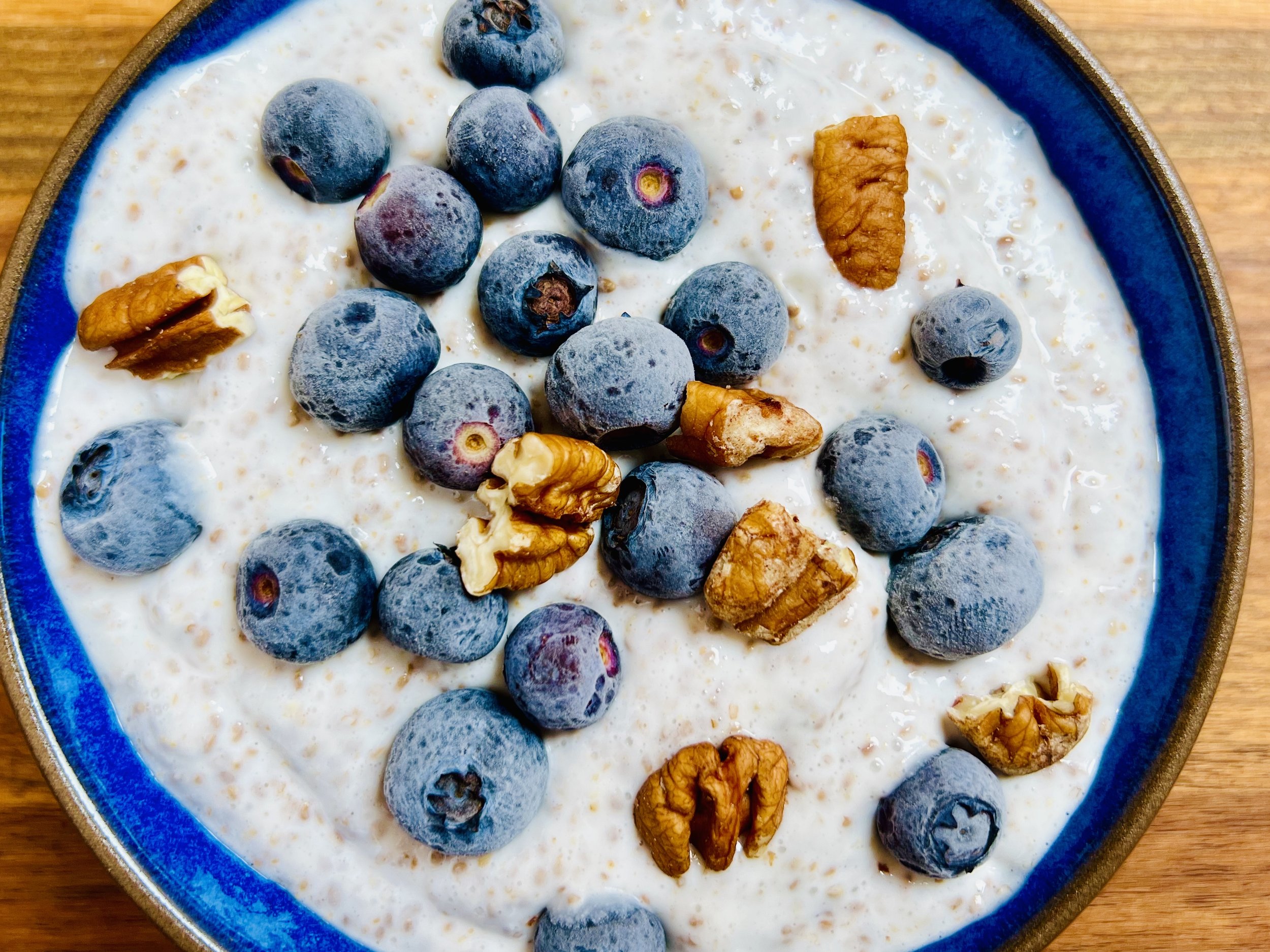
Ingredients
3-4 Tablespoons of chia seeds (more if you use dairy or almond milk, and less if you use coconut milk)
1 cup of lactose-free milk, almond milk, or full-fat canned coconut milk (coconut milk creates an ultra-thick and creamy chia pudding), or some combination of low-FODMAP milks
1 - 2 teaspoons maple syrup (depending on how sweet you like it)
1/2 teaspoon vanilla extract or vanilla bean paste (or coconut extract if you prefer to use that with coconut milk)
Any combination of nuts, seeds, berries, bananas, my great granola, shredded coconut, dried cranberries, raisins, cacao nibs, etc. for serving
Directions
(1) Prepare: Combine the chia and the milk or milk alternative in a mason jar or small bowl. Stir well to blend. Once the mixture is well combined, let it sit for 5 minutes, and then stir it again to break up any clumps of chia seeds.
(2) Chill: Cover the container and put it in the refrigerator to “set” ideally overnight. (I like to use a wide-mouth Mason Jar with one of these awesome air and water-tight easy on/off plastic Mason Jar Lids)
(3) Finish: If you don’t like the texture of chia pudding, try blending at high speed in your blender. Once blended, the mixture will be smooth and creamy, more like a regular pudding instead of a bit seedy like tapioca pudding.
Eat and enjoy every bite because you can!
Here are some reasons why chia seeds are considered good for you:
Rich in Nutrients: Chia seeds are packed with essential nutrients. They are a good source of dietary fiber, protein, healthy fats (omega-3 fatty acids), vitamins (such as vitamin B, thiamin, and niacin), and minerals (such as calcium, phosphorus, and magnesium).
High in Antioxidants: Chia seeds contain antioxidants, which help protect your cells from damage caused by free radicals. Antioxidants are important for overall health and may contribute to disease prevention.
Dietary Fiber: Chia seeds are an excellent source of soluble fiber, which absorbs water and forms a gel-like substance in your digestive tract. This can help improve digestion, promote a feeling of fullness, and regulate bowel movements.
Omega-3 Fatty Acids: Chia seeds are one of the richest plant-based sources of alpha-linolenic acid (ALA), a type of omega-3 fatty acid. Omega-3s are important for heart health, brain function, and in reducing inflammation.
Hydration: Chia seeds can absorb many times their weight in water and form a gel-like substance. This property can help you stay hydrated and maintain electrolyte balance, especially during exercise.
Low FODMAP: Chia seeds are considered low FODMAP, making them suitable for people with IBS or those following a low FODMAP diet.
Blood Sugar Regulation: The soluble fiber in chia seeds can help slow down the digestion and absorption of carbohydrates, which may contribute to more stable blood sugar levels.
Weight Management: Due to their high fiber and protein content, chia seeds can help promote satiety and reduce overall calorie intake, potentially supporting weight management.
Bone Health: Chia seeds are a good source of calcium, magnesium, and phosphorus, which are important minerals for maintaining healthy bones and teeth.
Gluten-Free: Chia seeds are naturally gluten-free, making them a suitable option for those with gluten sensitivities or celiac disease.
Link note: This post may contain affiliate links for you to easily purchase items that are linked. I may earn a small commission from qualifying purchases but none of this costs you a thing so feel free to use the links! In addition, for some items, I have provided a special discount code for IBS Game Changers so be sure to use the code when you purchase an item to get the discount that has been arranged just for you.
Cahill, J. P., Etherton, T. D., & Moag-Stahlberg, A. (2006). Omega-3 fatty acids from fish oils and cardiovascular disease. Molecular and Cellular Biochemistry, 283(1-2), 165-173.
Tovar, J., Johansson, E., Björck, I. (2008). A multifunctional diet improves cardiometabolic-related biomarkers independently of weight changes: an 8-week randomized controlled intervention in healthy overweight and obese subjects. European Journal of Nutrition, 47(5), 294-300.
Valenzuela, R., Videla, L. A. (2003). The importance of the long-chain polyunsaturated fatty acid n-6/n-3 ratio in development of non-alcoholic fatty liver associated with obesity. Food & Function, 4(1), 6-26.
Vuksan, V., Whitham, D., Sievenpiper, J. L., Jenkins, A. L., Rogovik, A. L., Bazinet, R. P., ... & Hanna, A. (2007). Supplementation of conventional therapy with the novel grain Salba (Salvia hispanica L.) improves major and emerging cardiovascular risk factors in type 2 diabetes: results of a randomized controlled trial. Diabetes Care, 30(11), 2804-2810.
More Deliciously Low FODMAP™ breakfast recipes
10 Minutes prep • 20 Minutes cook • Low FODMAP • Gluten-free • Lactose-free • Vegan • Makes 6 cups
I’m here to show you how to fully embrace the flavors of fall while keeping your digestive system happy.
10 Minutes prep • Overnight Chill • Low FODMAP • Gluten-free • Lactose-free • Serves 2 - 4
15 Minutes prep • 45 Minutes cook • Low FODMAP • Gluten-free • Vegetarian • Serves 4 - 6
15 Minutes prep • 15 Minutes cook • Low FODMAP • Gluten-free • Makes 8 Belgian waffle squares
30 Minutes prep • 20 Minutes cook • Low FODMAP • Gluten-free • Vegetarian • Makes 10 Squares
SnS Smokehouse Chicken (Low FODMAP)
5 Minutes prep • 25 Minutes cook • Low FODMAP • Gluten-free • Serves 2
5 Minutes prep • 25 Minutes cook • Low FODMAP • Gluten-free • Serves 2 • Ok to make ahead: Steps 1-3
Want quick juicy smokey chicken without using the grill? Smoke n Sanity’s latest creation, Smokehouse Seasoning, makes it easy to do just that right on your stove! This chicken is ready in 30 minutes and, paired with one of my delicious salads, it makes a perfectly wonderful dinner. This chicken is also delicious cold so don’t hesitate to double the recipe and chill the extra for making some fantastic Crisp and Crunchy Chicken Salad the next day!
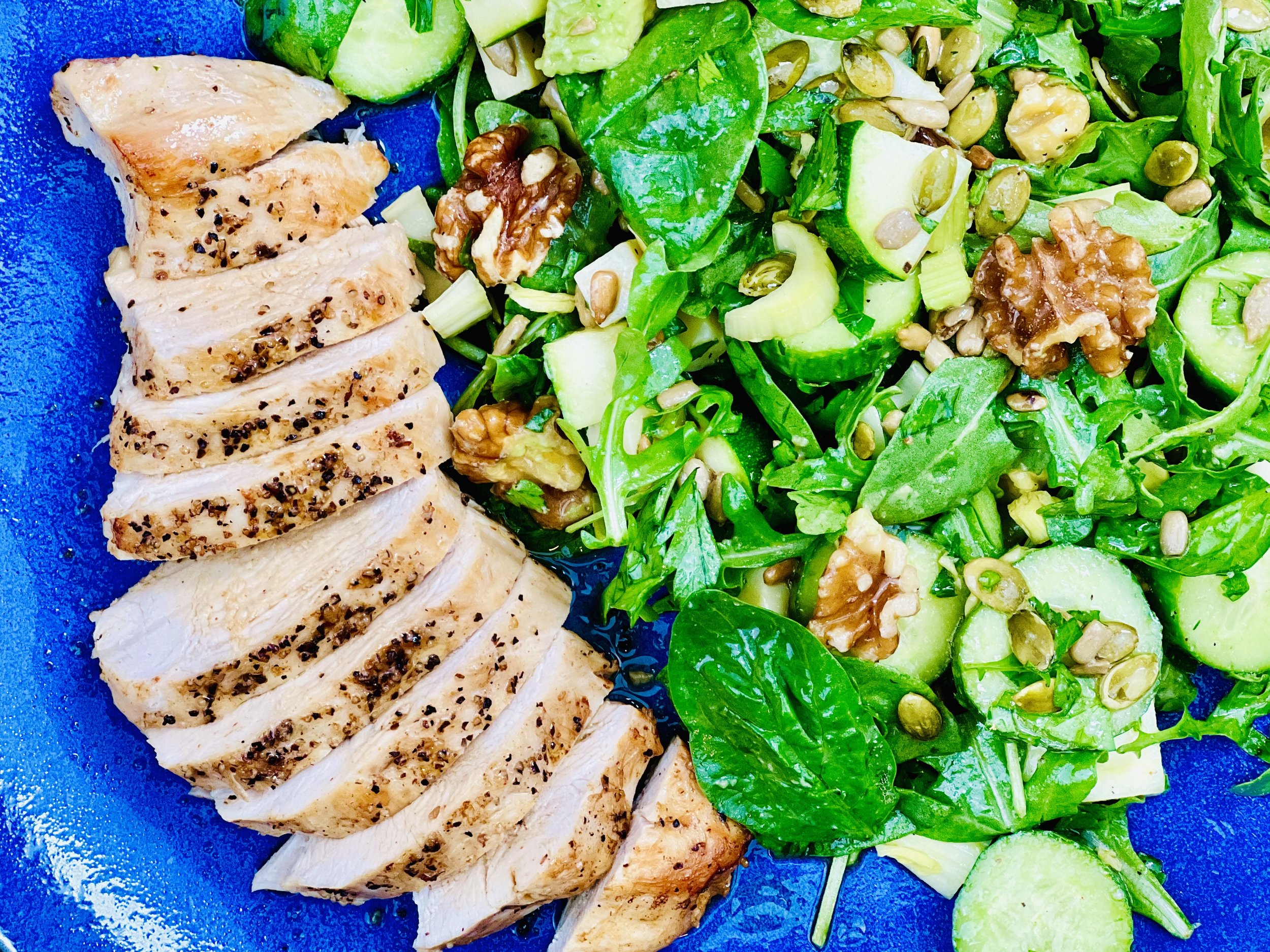
Ingredients
2 boneless, skinless chicken breasts
1 tablespoon olive oil
1 tablespoon salted butter
2 - 3 teaspoons Smoke N Sanity Smokehouse Seasoning
Directions
(1) Prepare: Sprinkle both sides of each chicken breast with Smoke N Sanity Smokehouse Seasoning. Set aside on a plate.
(2) Cook the chicken: Put a medium-size frying pan over medium-high heat. Put the oil and butter in the frying pan and warm over medium-high heat until the butter melts. The butter and oil should sizzle but not smoke before you put the chicken in. Lay the chicken breasts in one layer in the pan. Cook (sear) for about 2 minutes until it’s nicely browned on the bottom. Flip the chicken and cook for another 1 - 2 minutes until it’s nicely browned on the other side. Cover the pan and turn the heat down to low. Cook for 12 minutes. Leave the cover on the pan and turn the heat off. Let stand with the cover on for another 12 minutes.
(3) Finish: When the chicken is cooked, remove it to a cutting board. Cut into slices, then return the slices to the pan and toss in the pan juice.
(4) Plate and serve: Serve the chicken alongside one of my green salads.
Eat and enjoy every bite because you can!
Have a question you’d like to have answered? Email me at hello@ibsgamechanger.com
Link note: This post may contain affiliate links for you to easily purchase items that are linked. I may earn a small commission from qualifying purchases but none of this costs you a thing so feel free to use the links! In addition, for some items, I have provided a special discount code for IBS Game Changers so be sure to use the code when you purchase an item to get the discount that has been arranged just for you.
More Deliciously Low FODMAP™ main course recipes
10 Minutes prep • 25 Minutes cook • Low FODMAP • Gluten-Free • Serves 6 • Ok to make-ahead: Step 1
45 Minutes prep • 60 Minutes cook • Low FODMAP • Gluten-free • Vegetarian • Serves 6 - 8
5 Minutes prep • 15 Minutes cook • Low FODMAP • Gluten-free • Lactose-free • Vegan • Serves 4
10 Minutes prep • 20 Minutes cook • Low FODMAP • Gluten-free • Serves 4 n skewers for your family and friends. They are sure to be a hit.
15 Minutes prep • 55 Minutes cook (if using brown rice) • Low FODMAP • Gluten-free • Lactose-free • Vegan • Serves 4
15 Minutes prep • 20 Minutes cook • Low FODMAP • Gluten-free • Lactose-free • Serves 4-6
Vegetable Casserole (Low FODMAP)
20 Minutes prep • 20 Minutes cook • Low FODMAP • Serves 4 as main • Serves 6-8 as a side
20 Minutes prep • 20 Minutes cook • Low FODMAP • Serves 4 as main • Serves 6-8 as a side • Ok to make ahead: Steps 1-3
This delicious creamy casserole is a great way to get a large serving of healthy vegetables into everyone at the table. It’s so good, nobody will notice it’s vegetarian or healthy. (Sneaky mom!) Enjoy this recipe as a vegetarian main or as a hearty side dish. It’s a great addition to a gathering with multiple food preferences. You can make it very low-carb by substituting pork panko—as long as you aren’t trying to keep it pure vegetarian. No matter how you make it, I’m sure you will find it delicious!
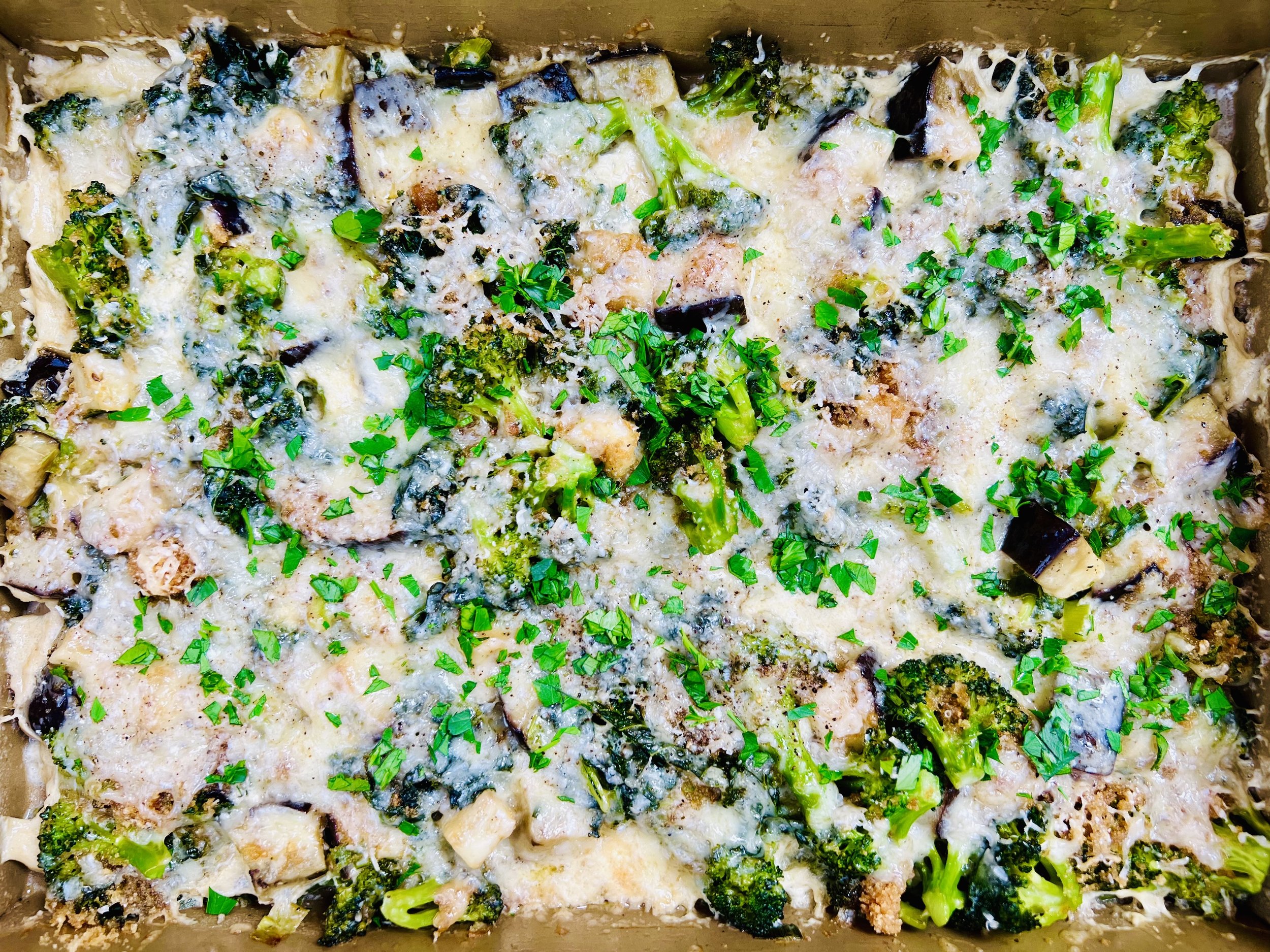
Ingredients
4 tablespoons salted butter
1/2 cup green onion greens, chopped
2 cups eggplant, cubed
1 cup broccoli florets only
2 cups curly kale, washed, dried, central stems removed and massaged with 1 tablespoon olive oil
1 cup lactose-free whole milk
2 tablespoons heavy cream
2/3 cup gluten-free panko, or use pork panko for a very low-carb (but not vegetarian) version
1 cup grated gruyere cheese or other strong-flavored well-aged cheese
1/2 cup freshly grated parmesan cheese
1 teaspoon Kosher salt
1/2 teaspoon black pepper
1/4 cup flat leaf or regular parsley, chopped (for serving)
Directions
(1) Prepare: Wash, spin dry, and cut away the thick central stems from the kale. Roughly chop, add to a bowl, drizzle with 1 tablespoon of olive oil, and massage the kale with the oil. Cube the eggplant. Cut the broccoli into florets (no stems). Grate the cheeses. Preheat oven to 375 degrees F. Grease a 2-quart baking dish with salted butter.
(2) Pre-cook the vegetables: Put a large frying pan over medium-high heat. Add the butter to the pan. Once melted, add the green onions, eggplant, broccoli, and kale. Toss the vegetables in the melted butter and let cook for about 10 minutes until the vegetables have softened and are starting to crisp and brown, and the kale has turned bright green.
(3) Add the dairy: Add the milk and cream to the mixture. Stir to combine. Once the milk is heated and starting to bubble, remove the pan from the heat and pour the mixture into the greased baking dish.
(4) Finish: Sprinkle the panko, grated gruyere, and grated parmesan cheese evenly over the top of the vegetables.
Make-ahead note: At this point, you may cover the baking dish and let sit until ready to bake and serve. If it’s longer than 30 minutes, then refrigerate the dish.
(5) Bake: Put in the oven and bake for 15 - 20 minutes until the cheese is melted and the vegetables are tender.
(6) Plate and serve: Remove from the oven, garnish with chopped parsley. You may also garnish with, or serve alongside, some chopped walnuts. They add a nice layer of protein and crunch to the dish. Serve hot.
Eat and enjoy every bite because you can!
Recipe note: I use Diamond Crystal Kosher salt in all my recipes because it has a wonderful flat and crisp flake that tastes delicious. It is also the least salty salt available so you can use it more liberally as a seasoning than you can table salt or sea salt. If you use another type of salt, you may need to reduce the amount so it is not over-salted.
Have a question you’d like to have answered? Email me at hello@ibsgamechanger.com
Link note: This post may contain affiliate links for you to easily purchase items that are linked. I may earn a small commission from qualifying purchases but none of this costs you a thing so feel free to use the links! In addition, for some items, I have provided a special discount code for IBS Game Changers so be sure to use the code when you purchase an item to get the discount that has been arranged just for you.
More Deliciously Low FODMAP™ vegetarian recipes
45 Minutes prep • 60 Minutes cook • Low FODMAP • Gluten-free • Vegetarian • Serves 6 - 8
5 Minutes prep • 15 Minutes cook • Low FODMAP • Gluten-free • Lactose-free • Vegan • Serves 4
10 Minutes Prep • 50 Minutes Cook • Low FODMAP • Gluten-free • Dairy Free • Vegan • Serving size 3 - 4 crackers
15 Minutes prep • 55 Minutes cook (if using brown rice) • Low FODMAP • Gluten-free • Lactose-free • Vegan • Serves 4
10 Minutes prep • 10 Minutes cook • Low FODMAP • Gluten-free • Lactose-free • Vegan • Serves 4
10 Minutes prep • 25 Minutes cook • Low FODMAP • Gluten-free • Vegetarian • Plant Forward • Serves 4
20 Minutes prep • 40 Minutes cook • Low FODMAP • Gluten-free • Vegetarian • Serves 4 - 6 • Ok to make ahead: Steps 1-4
15 Minutes prep • Low FODMAP • Gluten-free • Lactose-free • Vegetarian • Vegan • Serves 4
10 Minutes prep • 20 Minutes cook • Low FODMAP • Vegetarian Option • Gluten-free • Serves 4
20 Minutes prep • 20 Minutes cook • Low FODMAP • Serves 4 as main • Serves 6-8 as a side
10 Minutes prep • 20 Minutes cook • Low FODMAP • Gluten-free • Lactose-free • Vegan • Serves 5
15 Minutes prep • 1 hour chill • Low FODMAP • Gluten-free • Vegetarian • Serves 4 or more
15 Minutes prep • 45 Minutes cook • Low FODMAP • Gluten-free • Vegetarian • Serves 4 - 6
10 Minutes prep • Low FODMAP • Gluten-Free • Lactose-free • Vegetarian • Vegan • Makes 1.5 cups
Chocolate-Covered Peanut Butter Pretzel Treats (Low FODMAP)
15 Minutes prep • 20 Minutes chill • Low FODMAP • Gluten-free • Makes 24
15 Minutes prep • 20 Minutes chill • Low FODMAP • Gluten-free • Makes 24 • Ok to make ahead: Steps 1-6
These crunchy treats are just that. A treat! They are quick and easy to make — no cooking required. The combination of peanut butter, pretzels, and chocolate is delicious (I love anything with peanut butter and chocolate!) The crunch of the added rice cereal brings out the “treat” in anything! They are so good you’ll be tempted to eat them all at once so plan to make them when you have a few friends around to help.
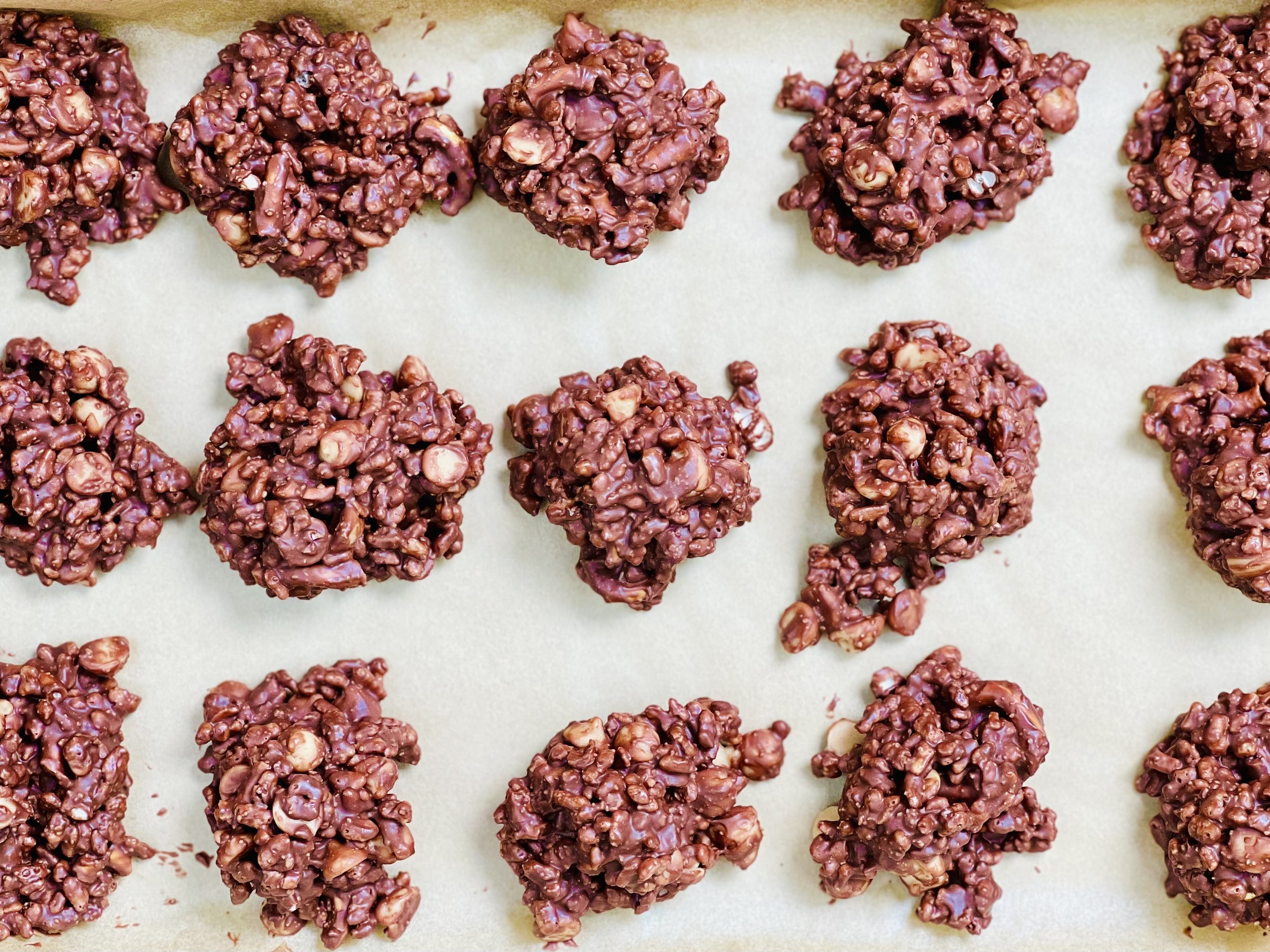
Ingredients
1 (12-ounce) bag good quality semi-sweet chocolate chips (I used Guittard)
1 tablespoon coconut oil
3/4 cup crunchy or creamy natural peanut butter (just peanuts and salt)
3 cups gluten-free crispy brown rice cereal
1 cup gluten-free pretzels, broken into pieces
1 cup peanut butter chips, peanuts, or Peanut Butter M&Ms
Directions
(1) Prepare: Line a cookie sheet or two (that fit in your refrigerator) with parchment paper.
(2) Melt chocolate: Combine the chocolate chips and the coconut oil in a microwave save bowl and heat on high for 1 minute. Stir and heat for another 30 seconds (or more) if additional time is needed to melt the chips completely.
(3) Add the pretzels: In a large bowl, combine the pretzel pieces and the crisp rice cereal. Pour the chocolate mixture over the pretzel blend and fold the mixture with a rubber spatula just until everything is coated in chocolate.
(4) Add the chips: Add the peanut butter chips, peanuts, or M&M and stir just until combined.
(5) Shape the treats: Use a cookie scoop to scoop out about 1 1/2 tablespoon size balls and drop them onto the parchment-lined pan with a little space between each one.
(6) Chill: Put the pan(s) in the refrigerator to chill for about 20 minutes until set. If you have any left, store them in the refrigerator so they don’t get too melty.
Eat and enjoy every bite because you can!
Have a question you’d like to have answered? Email me at hello@ibsgamechanger.com
Link note: This post may contain affiliate links for you to easily purchase items that are linked. I may earn a small commission from qualifying purchases but none of this costs you a thing so feel free to use the links! In addition, for some items, I have provided a special discount code for IBS Game Changers so be sure to use the code when you purchase an item to get the discount that has been arranged just for you.
More Deliciously Low FODMAP™ dessert recipes
15 Minutes prep • 20 Minutes cook • 30 Minutes cool • Low FODMAP • Gluten-free • Makes 18 bars
20 Minutes prep • 10 Minutes cook • Low FODMAP • Gluten-free • Makes 12 Sandwiched Cookies
20 Minutes prep • 20 Minutes cook • Low FODMAP • Gluten-free • Lactose-free • Makes 12 - 24
20 Minutes prep • 2 Hours chill • 10 Minutes cook • Low FODMAP • Gluten-free • Makes 24 - 36
I’m here to show you how to fully embrace the flavors of fall while keeping your digestive system happy.
10 Minutes prep • Overnight Chill • Low FODMAP • Gluten-free • Lactose-free • Serves 2 - 4
15 Minutes prep • 30 Minutes cook/cool • Low FODMAP • Gluten-free • Serves 8 • Serving Size 1/8
California Style Joe’s Special (Low FODMAP)
10 Minutes prep • 20 Minutes cook • Low FODMAP • Gluten-free • Serves 4
10 Minutes prep • 20 Minutes cook • Low FODMAP • Gluten-free • Serves 4 • Ok to make ahead: Step 1
Whether you live anywhere near San Francisco or not, you’ve probably heard of Joe’s Special! According to local San Francisco history, Joe's Special was created at New Joe's restaurant in San Francisco’s North Beach district in 1937. All the recipes for Joe’s Special include ground beef, spinach, and eggs. It’s not fancy, but it makes a great breakfast, brunch, or main dish for a light supper. Of course, I can never use a recipe without adding my own personal spin to it—hence this Low FODMAP, low starch, California Style Joe’s Special. I love it with some low FODMAP hot sauce or ketchup but any way you serve it, it’s delicious!
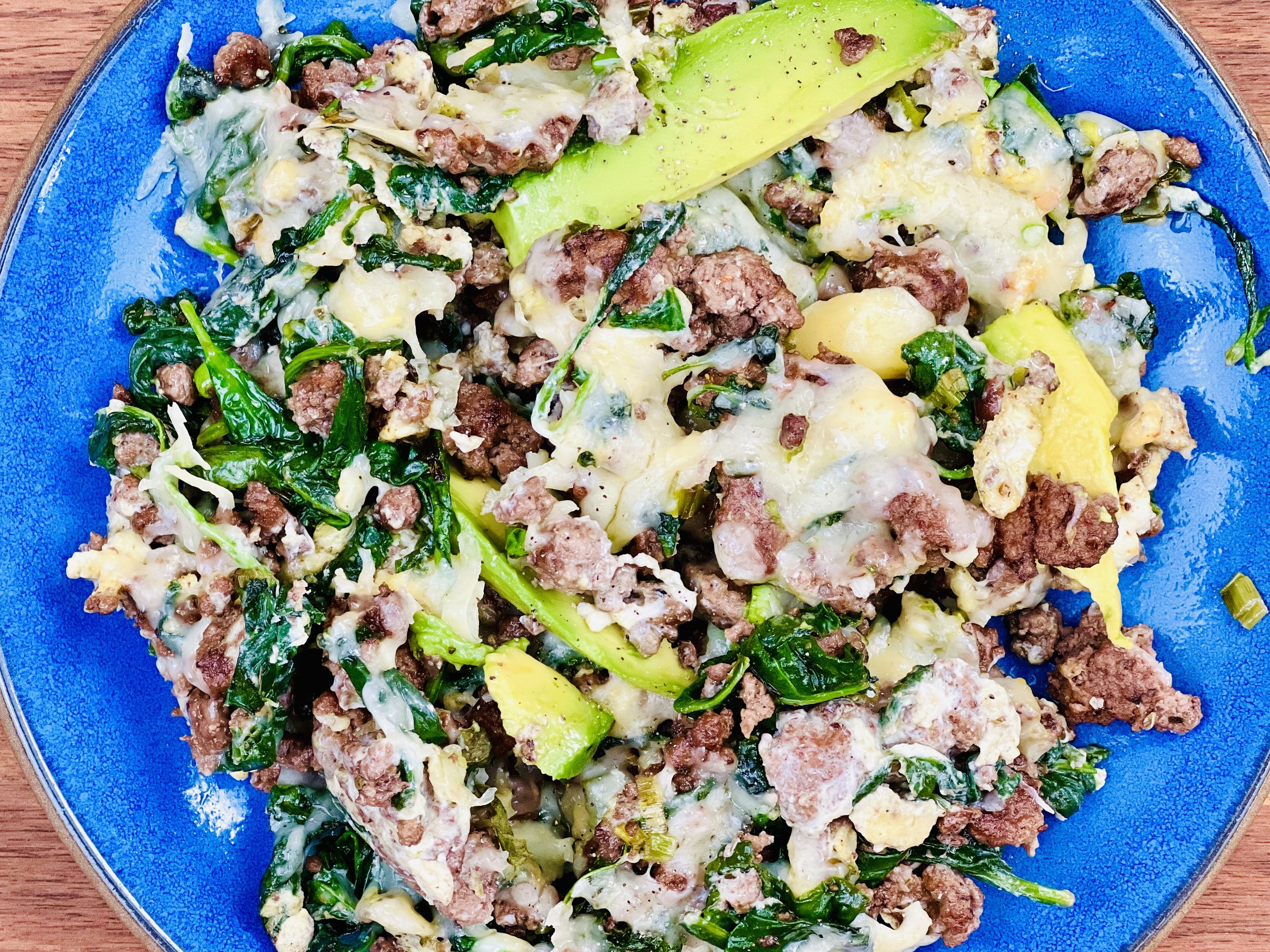
Ingredients
4 eggs, lightly beaten
1 tablespoon garlic-infused olive oil
1 tablespoon salted butter
1 pound lean ground beef (organic grass-fed preferred)
1/2 teaspoon Kosher salt (or to taste)
1/4 teaspoon black pepper (or to taste)
1/2 cup green onion greens finely chopped (or a combination of green onion greens, chives, and/or leek greens)
2 (5-ounce) bags of fresh baby spinach leaves (long stems removed, roughly chopped or whole)
OR: 1 (10-ounce) package of frozen chopped spinach, thawed and drained
2 teaspoons Smoke n Sanity Beyond Italian Seasoning
OR: 1 teaspoon dried basil and 1⁄2 teaspoon dried oregano
1/2 - 3/4 cup grated sharp cheddar cheese (or other aged cheese of your preference)
1/2 ripe avocado (optional for serving)
1/2 teaspoon red pepper flakes (optional for serving)
Low FODMAP hot sauce or Smoke N Sanity Ketchup (optional for serving)
Directions
(1) Prepare: Beat the eggs in a small bowl and set aside. Wash, dry, remove long stems, and roughly chop the spinach. Chop the green onion greens (and leeks and chives if using). Grate the cheese. Set all aside. If using frozen spinach, squeeze as much liquid out of the frozen and thawed spinach as possible.
(2) Cook the meat: Heat the oil and butter in a large heavy skillet over medium heat. When the butter has melted, add the ground beef and cook, stirring occasionally, until browned and crumbly. Add salt and pepper. Add the green onion greens (and leeks and/or chives if using), and cook until the onion greens are tender but not browned.
(3) Add the spinach: Stir in the spinach, and Italian seasoning (or basil, and oregano). If using fresh spinach, cook until the spinach wilts.
(4) Add the eggs: Pour the beaten eggs into the pan with the beef/spinach mixture. Let cook until the eggs are set, stirring occasionally for about 3 minutes. Once set, stir and toss the mixture to blend the eggs throughout. Add additional salt and pepper to taste. Add the red pepper flakes (if using).
(5) Add the cheese: Spread the meat and spinach mixture into one uniform layer in the pan. If using, sprinkle the cheese on top and put the whole pan into the oven under the broiler. Watch carefully and remove after the cheese is melted to your liking.
(6) Plate and serve: Serve a generous scoop of the mixture onto each plate with sliced avocado on top and hot sauce or ketchup alongside.
Eat and enjoy every bite because you can!
Recipe note: I use Diamond Crystal Kosher salt in all my recipes because it has a wonderful flat and crisp flake that tastes delicious. It is also the least salty salt available so you can use it more liberally as a seasoning than you can table salt or sea salt. If you use another type of salt, you may need to reduce the amount so it is not over-salted.
Have a question you’d like to have answered? Email me at hello@ibsgamechanger.com
Link note: This post may contain affiliate links for you to easily purchase items that are linked. I may earn a small commission from qualifying purchases but none of this costs you a thing so feel free to use the links! In addition, for some items, I have provided a special discount code for IBS Game Changers so be sure to use the code when you purchase an item to get the discount that has been arranged just for you.
More Deliciously Low FODMAP™ breakfast recipes
10 Minutes prep • 20 Minutes cook • Low FODMAP • Gluten-free • Lactose-free • Vegan • Makes 6 cups
I’m here to show you how to fully embrace the flavors of fall while keeping your digestive system happy.
10 Minutes prep • Overnight Chill • Low FODMAP • Gluten-free • Lactose-free • Serves 2 - 4
15 Minutes prep • 45 Minutes cook • Low FODMAP • Gluten-free • Vegetarian • Serves 4 - 6
15 Minutes prep • 15 Minutes cook • Low FODMAP • Gluten-free • Makes 8 Belgian waffle squares
30 Minutes prep • 20 Minutes cook • Low FODMAP • Gluten-free • Vegetarian • Makes 10 Squares
Hydration and Irritable Bowel Syndrome: Understanding the Connection
Understanding the Connection between hydration and Irritable Bowel Syndrome (IBS)
By now, we are all pretty much aware that for most of us, drinking plenty of water is very important for our overall health. For those of us with Irritable Bowel Syndrome (IBS), it’s even more important. While the exact causes of IBS are not totally clear, research suggests that hydration plays a significant role in managing IBS symptoms. In this blog post, I have broken down the connection between hydration and IBS, and I’ve shared a few practical tips to help you maintain your own optimal hydration level.

Let’s look at hydration and gut function for starters. The gastrointestinal tract requires adequate hydration to function optimally. Adequate hydration supports digestion, nutrient absorption, bowel motility, gut lining integrity, and microbial balance. For those of us with IBS, proper hydration is especially important as it can help alleviate common symptoms like constipation and bloating. Drinking an adequate amount of water throughout the day is essential for overall gut health and well-being.
Fluid Balance and Symptom Management: Proper hydration is crucial for maintaining fluid balance in the body. Proper fluid balance can have a positive impact on IBS symptoms. Dehydration can exacerbate gastrointestinal problems such as bloating, gas, and abdominal pain. A randomized controlled trial published in The American Journal of Gastroenterology found that increasing fluid intake improved symptoms and overall well-being in individuals with IBS (1). Furthermore, a well-hydrated body helps prevent constipation
Choosing the right thing to drink for hydration is very important: While water is the best choice for hydration, other drinks can contribute to your overall daily fluid intake as well. Some examples include herbal tea (my go-to herbal tea is this Ginger Tea), infused water, or other non-caffeinated, low-sugar drinks. It is very important to be mindful of certain drinks that may trigger or worsen IBS symptoms. Caffeine-containing drinks, carbonated drinks, and those drinks that contain a high percentage of sugar can irritate the gut and cause bloating and discomfort when you have IBS. Opting for water, infused water, herbal tea, or other non-caffeinated, low-sugar options is almost always going to be the best choice for maintaining hydration without exacerbating IBS symptoms.
Practical Tips for Hydration and IBS Management:
Set a goal to drink at least 8 cups (for a total of 64 ounces) of water every day to maintain hydration levels.
Build habits around drinking adequate water such as keeping a glass by the sink that reminds you to fill it and drink it every time you pass by.
Carry a water bottle with you to ensure easy access to water throughout the day.
Sip water regularly instead of gulping it down in large quantities, which can cause bloating.
If plain water feels boring, try infusing it with low-FODMAP fruits (oranges or strawberries for example), vegetables (cucumber slices for example), or herbs (mint or basil for example) for added flavor. Simply fill a pitcher with water, add the fruit, vegetables, or herbs, and then let sit in the refrigerator until you’re ready to drink it. Refresh the whole thing every couple of days.
Avoid excessive consumption of caffeine, carbonated drinks, and sugary beverages.
Monitor urine color to assess hydration levels. Clear or light yellow urine usually indicates adequate hydration.
Staying properly hydrated is essential for managing Irritable Bowel Syndrome and minimizing its symptoms. Adequate hydration supports proper gut function, helps maintain fluid balance, and alleviates common symptoms such as constipation and bloating. By being mindful of your fluid intake and making informed drink choices, you can improve your overall well-being. Remember, water is the absolute best option for hydration, but other hydrating beverages can be included that will keep you hydrated without triggering your symptoms. Just set all the excuses aside (about why you can’t possibly drink 8 glasses of water a day) and give your gut what it needs to function well. You will be giving your entire body and mind just what it needs to make you feel your best.
Drink and enjoy every sip because you can!
References:
Teixeira MZ, Guedes CC, Barros LL, et al. Fluid intake and symptoms in adults with irritable bowel syndrome. Am J
Have a question you’d like to have answered? Email me at hello@ibsgamechanger.com
More Deliciously Low FODMAP™ tips and tools
In this blog post, I explore some of the ways deep tissue massage can support IBS symptom management, giving you one more tool in your toolbox to find a holistic path to comfort and well-being.
One of the biggest challenges when struggling with gut issues is getting answers to your many questions about cause and treatment. With this in mind, we in the content creator space, work hard to bring you specific and actionable information to help answer your questions.
Since launching IBS Game Changer, I’ve been on a mission to support individuals living with Irritable Bowel Syndrome (IBS) by providing expert coaching, delicious recipes, and essential tips for symptom management.
In this post, I’m sharing many of the essential pantry staples I use in my recipes all the time.
One of the biggest challenges when struggling with gut issues is getting answers to your many questions about cause and treatment. With this in mind, we in the content creator space, work hard to bring you specific and actionable information to help answer your questions.
Monash University recently re-tested avocados for FODMAP content and they made an interesting discovery
In this blog post, I’m addressing the intricate relationship between anxiety and Irritable Bowel Syndrome, exploring how they impact each other, and giving you some specific things you can do to get them both under control.
The warmth and soothing nature of bone broth can provide relief from digestive discomfort. Sipping on a warm cup of bone broth may help ease symptoms such as bloating and cramping.
After the holidays or any time you want to improve your relationship with food, use these techniques to master mindful eating and regain control of your health.
From Mindful Munching to making Social Connections — here are some tips for a happy holiday!
Research underscores the point that moderate-intensity exercise often outperforms vigorous exercise in relieving IBS symptoms. But individualization is key.
Taking a moment each day to acknowledge and appreciate the positive aspects of our lives can have a profound impact on our well-being.
How can you ensure your gut biome is in the best shape possible? I’ve put together the top 10 strategies to promote a healthy and diverse gut biome. Read on…
Constipation: What is it? What are some common myths about it? What can you do about it?
A step-by-step guide to assist you in getting through the grocery store and coming out with all the low-FODMAP foods and ingredients you need.
While the nutritional content of food takes center stage, the way food looks and feels should not be underestimated.
If you are based in the United States and have never tried FODZYME before, you can get a free sample of FODZYME.
Thanks to our friends at Good Fod Foods you can now have delicious Beef Sticks and Jerky in a variety of flavors that you can keep on hand for a quick snack or light lunch on the go.
If someone told you there was a natural, inexpensive, non-prescription way to boost your mood, modulate your weight, and avoid getting sick, I bet you’d be quite interested! Read this post to learn more.
Sarah’s Super Stuffed Burgers (Low FODMAP)
20 Minutes prep • 12 Minutes cook • Low FODMAP • Gluten-free • Serves 2 - 4
20 Minutes prep • 12 Minutes cook • Low FODMAP • Gluten-free • Serves 2 - 4 • Ok to make ahead: Steps 1-4
This is one of those recipes that changes everything. Once you’ve had one of these stuffed burgers, well, you won’t want a burger any other way! The flavors blend and build and deliver a fantastic hamburger experience! While you may add a bun or lettuce wrap and all the fixings, you really don’t need to. This burger is great on its own. And, it’s low FODMAP, low Net Carb, Low Net Starch, and Keto Friendly! Give this recipe a try, but only if you’re ready to change your burger game…forever!
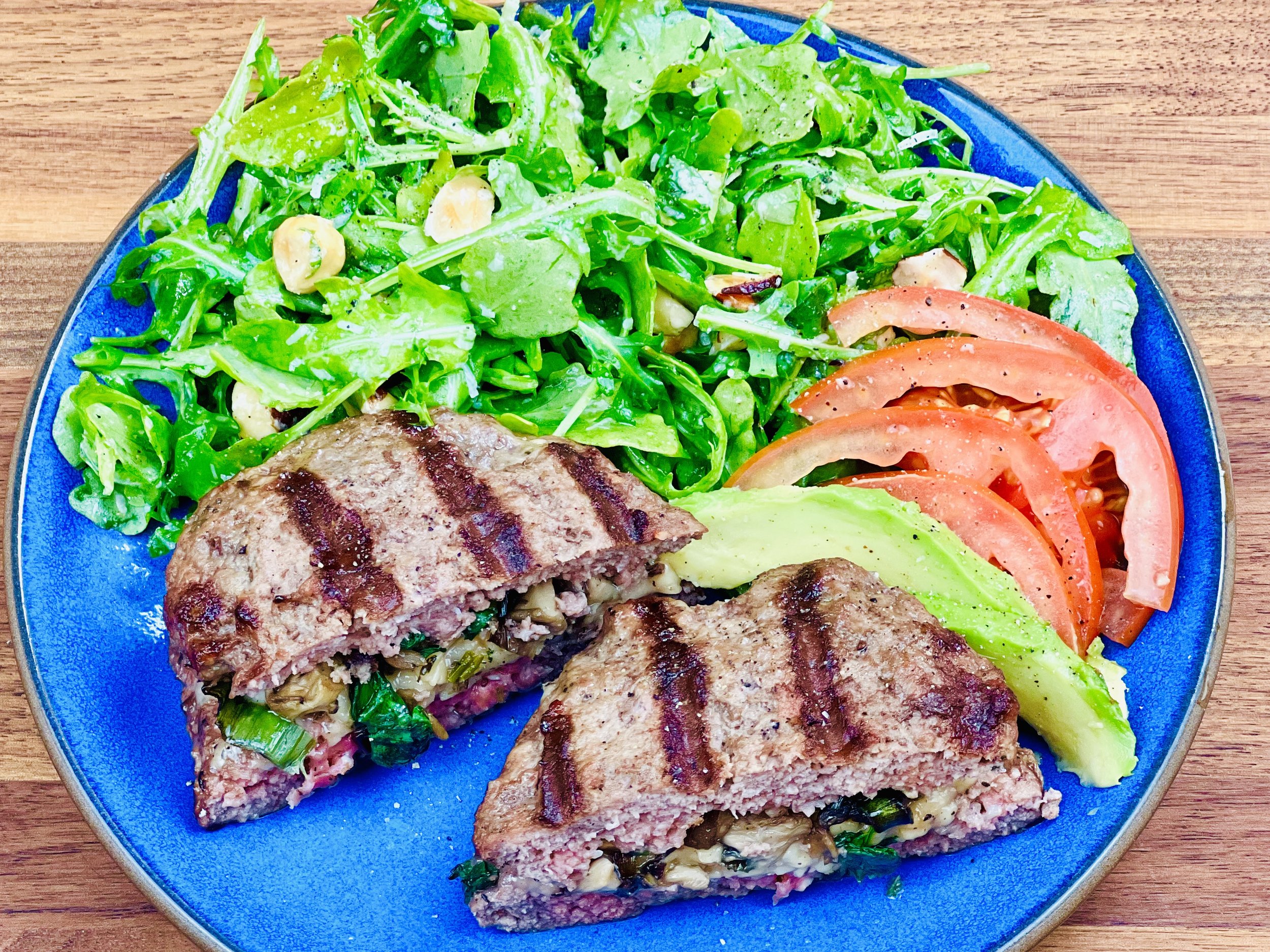
Ingredients
2 tablespoons garlic-infused olive oil
2 teaspoons dry thyme
1/2 cup chopped leek greens
1 1/2 cups chopped oyster mushrooms
1 cup baby spinach, roughly chopped and long stems removed
1 teaspoon Kosher salt
1/2 teaspoon black pepper
1 pound grass-fed, organic ground beef (I used 20% fat)
1/2 cup grated sharp white cheddar cheese (or gruyere, smoked gouda, or other strong-flavored cheese)
1/2 avocado, sliced (optional for serving)
1 vine-ripened tomato, sliced (optional for serving)
Directions
(1) Prepare: Chop the leeks and mushrooms, and grate the cheese. Preheat your grill to high for 15 minutes (if using a grill).
(2) Cook the veggies: Put a medium skillet over medium-high heat. When hot, add the olive oil. When the oil is hot, add the dry thyme and let it sizzle for about 30 seconds. Add the leek greens, mushrooms, salt, and pepper. Cook, stirring every so often for about 15 minutes until the mushrooms begin to brown and the leek greens are nice and soft. Add the spinach and cook another 2 - 3 minutes until the spinach is wilted and cooked down. Remove from the heat and let cool a bit.
(3) Prepare the meat: While the veggies are cooking, you can prepare the meat. Sprinkle the meat with salt and pepper and blend together with your hands. Form the meat into four equally sized patties (round, square, or rectangle). Flatten the pieces until they are about 1/2 inch thick.
(4) Fill the burgers: Put 1/4 cup cheese and about 1/2 the vegetable mixture in the middle of two of the patties. Lay the other patties on top, then pinch the edges all around to make a good seal.
(5) Cook the burgers: Brush the patties with olive oil and lay oil-side down directly on the preheated grill. Turn the grill down to medium-high. Brush the top of each patty with oil. Cook for about 6 minutes on each side. Remove from the grill and let rest for a couple of minutes before serving. If cooking on the stove, use a covered skillet and cook 6 minutes per side.
(6) Plate and serve: Use a serrated knife to cut each stuffed burger in half, exposing the delicious melty middle. A light eater may only want half, but a bigger eater will be happy to devour the whole thing. Serve alongside one of my green salads.
Eat and enjoy every bite because you can!
Recipe note: I use Diamond Crystal Kosher salt in all my recipes because it has a wonderful flat and crisp flake that tastes delicious. It is also the least salty salt available so you can use it more liberally as a seasoning than you can table salt or sea salt. If you use another type of salt, you may need to reduce the amount so it is not over-salted.
Have a question you’d like to have answered? Email me at hello@ibsgamechanger.com
Link note: This post may contain affiliate links for you to easily purchase items that are linked. I may earn a small commission from qualifying purchases but none of this costs you a thing so feel free to use the links! In addition, for some items, I have provided a special discount code for IBS Game Changers so be sure to use the code when you purchase an item to get the discount that has been arranged just for you.
More Deliciously Low FODMAP™ main course recipes
10 Minutes prep • 25 Minutes cook • Low FODMAP • Gluten-Free • Serves 6 • Ok to make-ahead: Step 1
45 Minutes prep • 60 Minutes cook • Low FODMAP • Gluten-free • Vegetarian • Serves 6 - 8
5 Minutes prep • 15 Minutes cook • Low FODMAP • Gluten-free • Lactose-free • Vegan • Serves 4
10 Minutes prep • 20 Minutes cook • Low FODMAP • Gluten-free • Serves 4 n skewers for your family and friends. They are sure to be a hit.
15 Minutes prep • 55 Minutes cook (if using brown rice) • Low FODMAP • Gluten-free • Lactose-free • Vegan • Serves 4
15 Minutes prep • 20 Minutes cook • Low FODMAP • Gluten-free • Lactose-free • Serves 4-6
